ROME, ITALY: COLOSSEUM, ROMAN FORUM, TRASTEVERE (PART 1)
The first half of Day 1 of 6 days we spent in Rome this past March 2018. We started the morning by exploring our neighborhood, Trastevere, and played tourists at the Colosseum and Roman Forum.
Part 2 of this day to come soon. Enjoy!
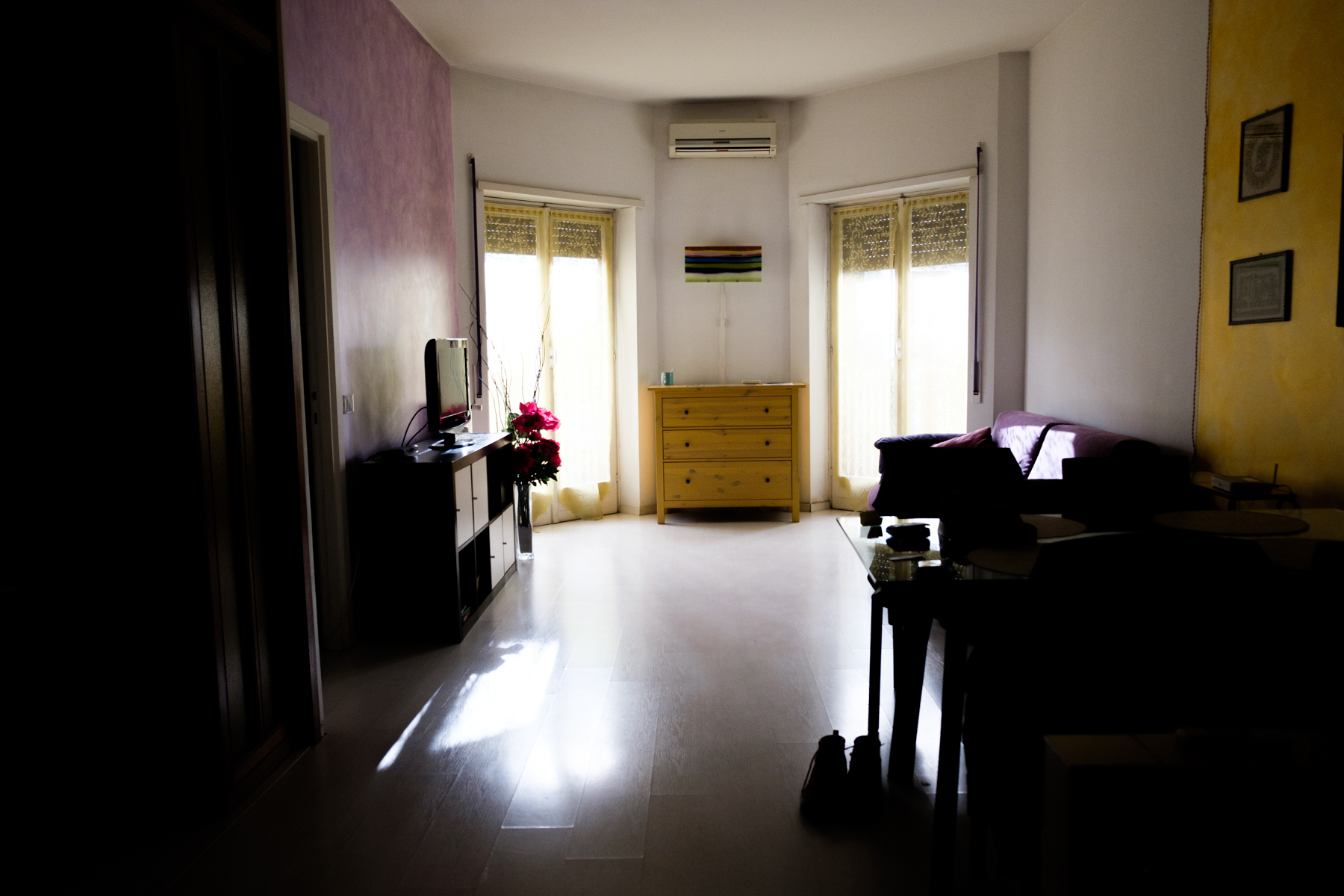
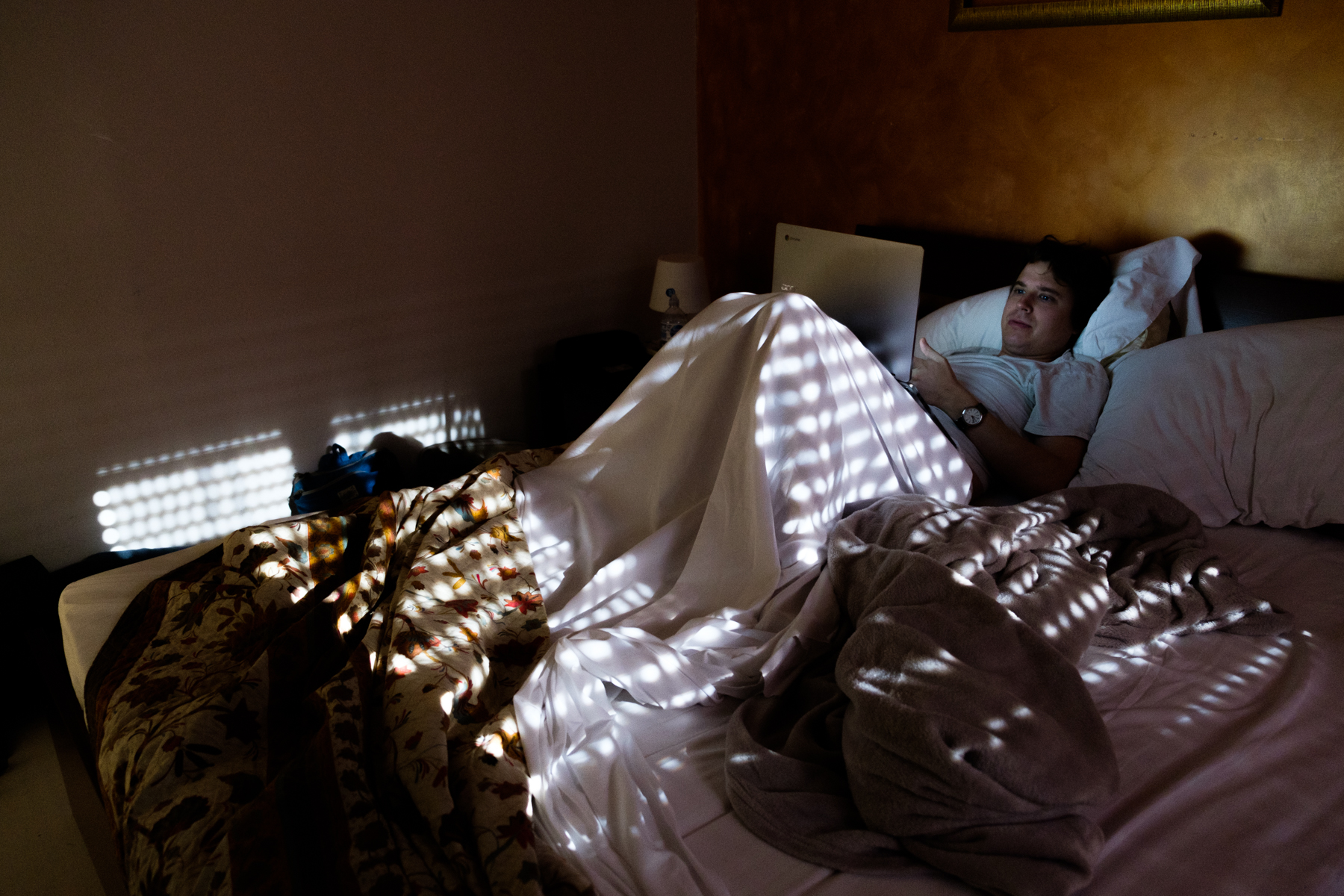
Good morning from Roma! We arrived the night before and basically took a train from the airport to Trastevere and then walked to our Airbnb. We dropped our stuff off and went to get some pizza at Ai Marmi as we’d been traveling all day and hadn’t had a real meal because we were being cheap about buying airline food on Norwegian hah.
Zach woke up around 7:30 am, and I peeled myself out of bed an hour later. Today we’re doing the most touristy parts of Rome—the Colosseum, the Forum, and Capitoline hill.
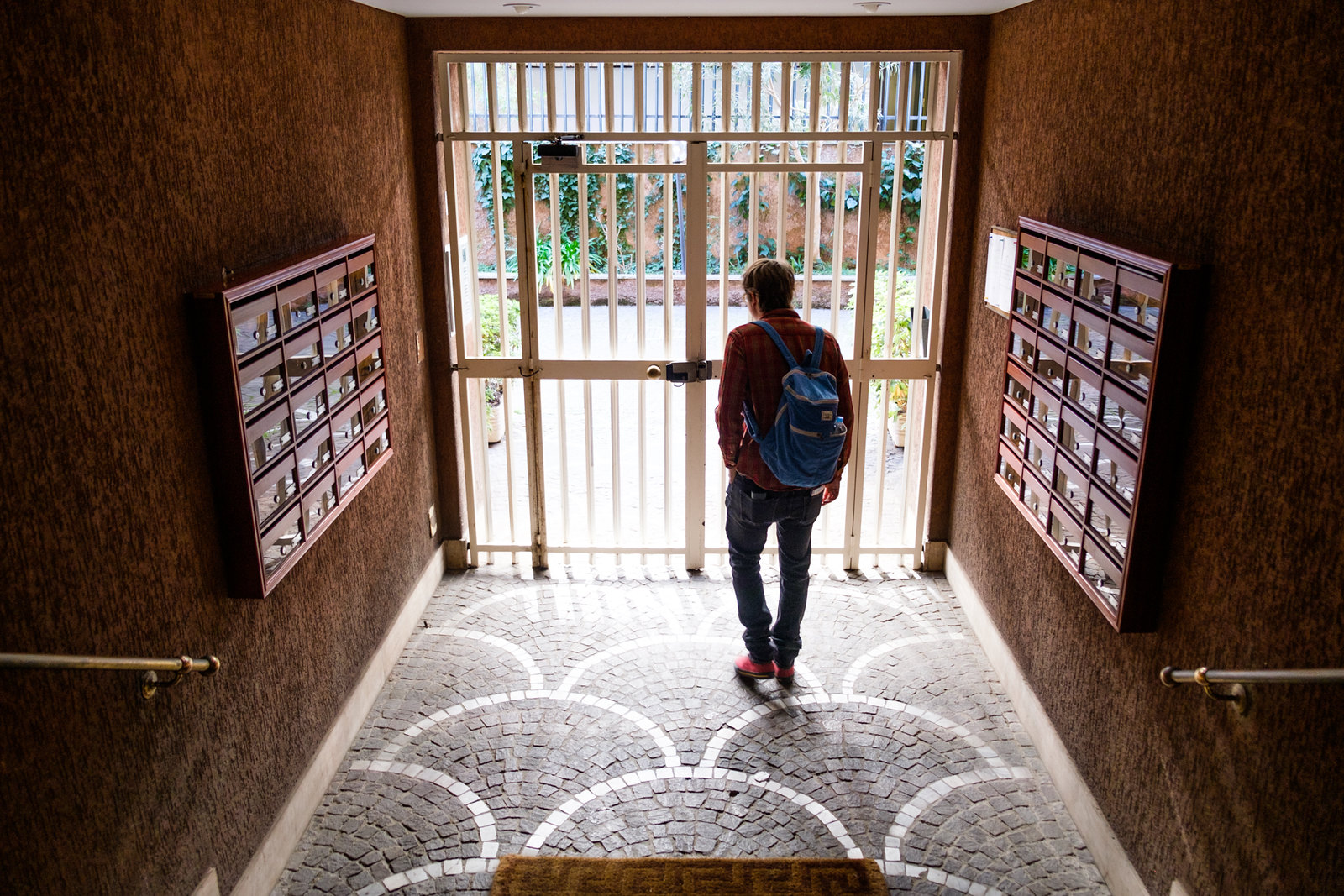
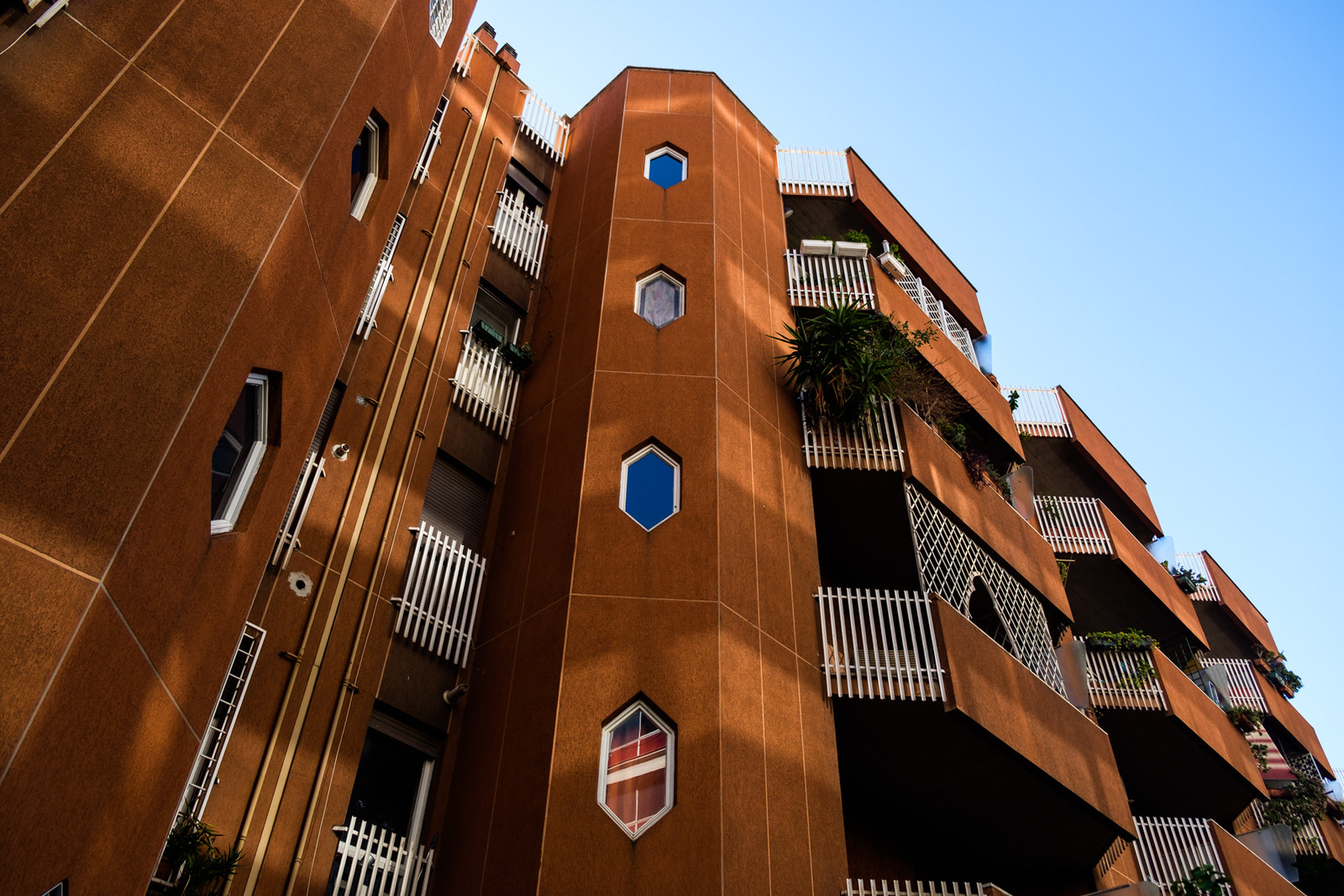

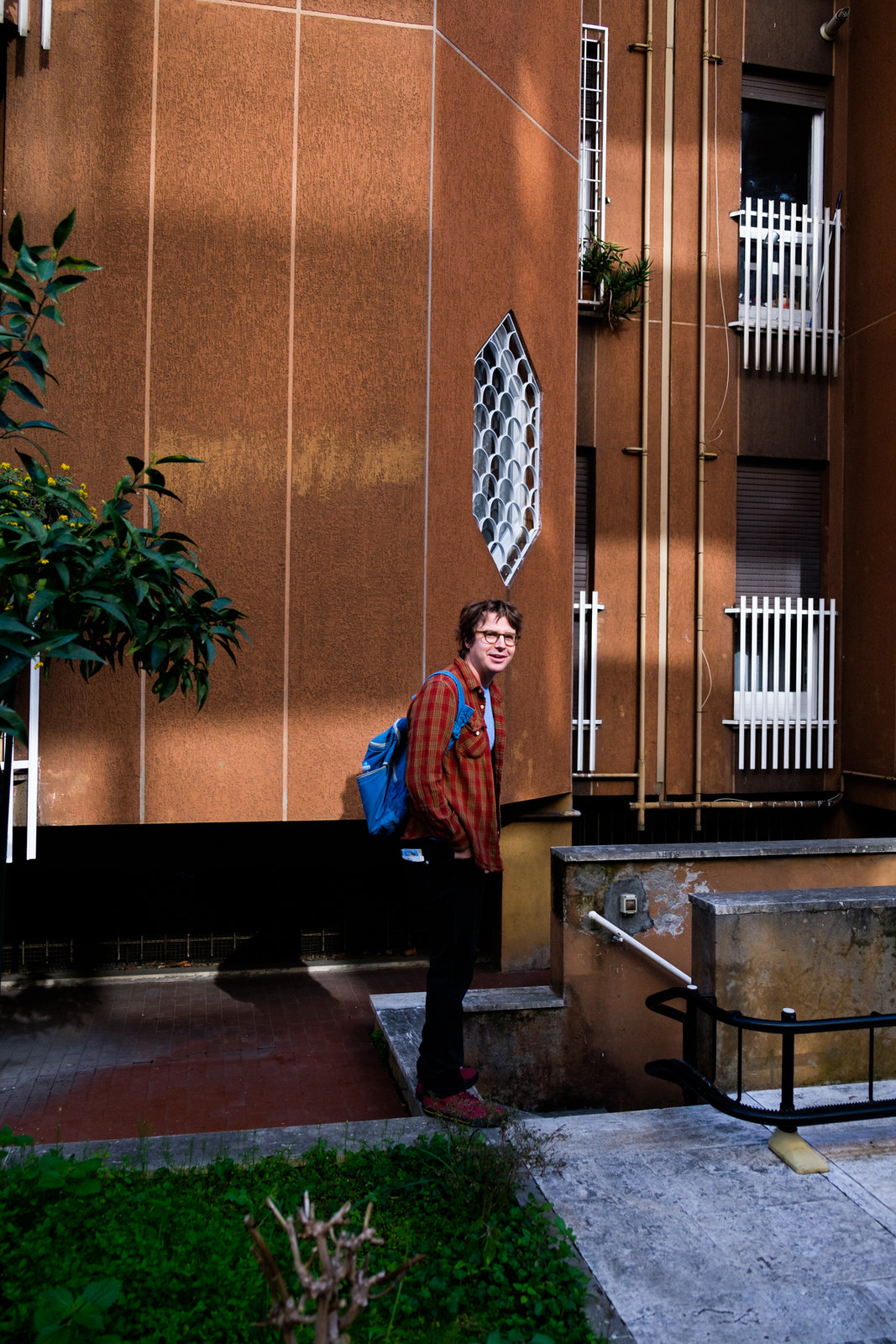
First time seeing the apartment we’re staying in during the day. This is a flat in Trastevere, one bedroom, a living room, kitchen, and bathroom. It’s not in the center part of Trastevere, but was easy enough to use the tram line that ran right outside the place.
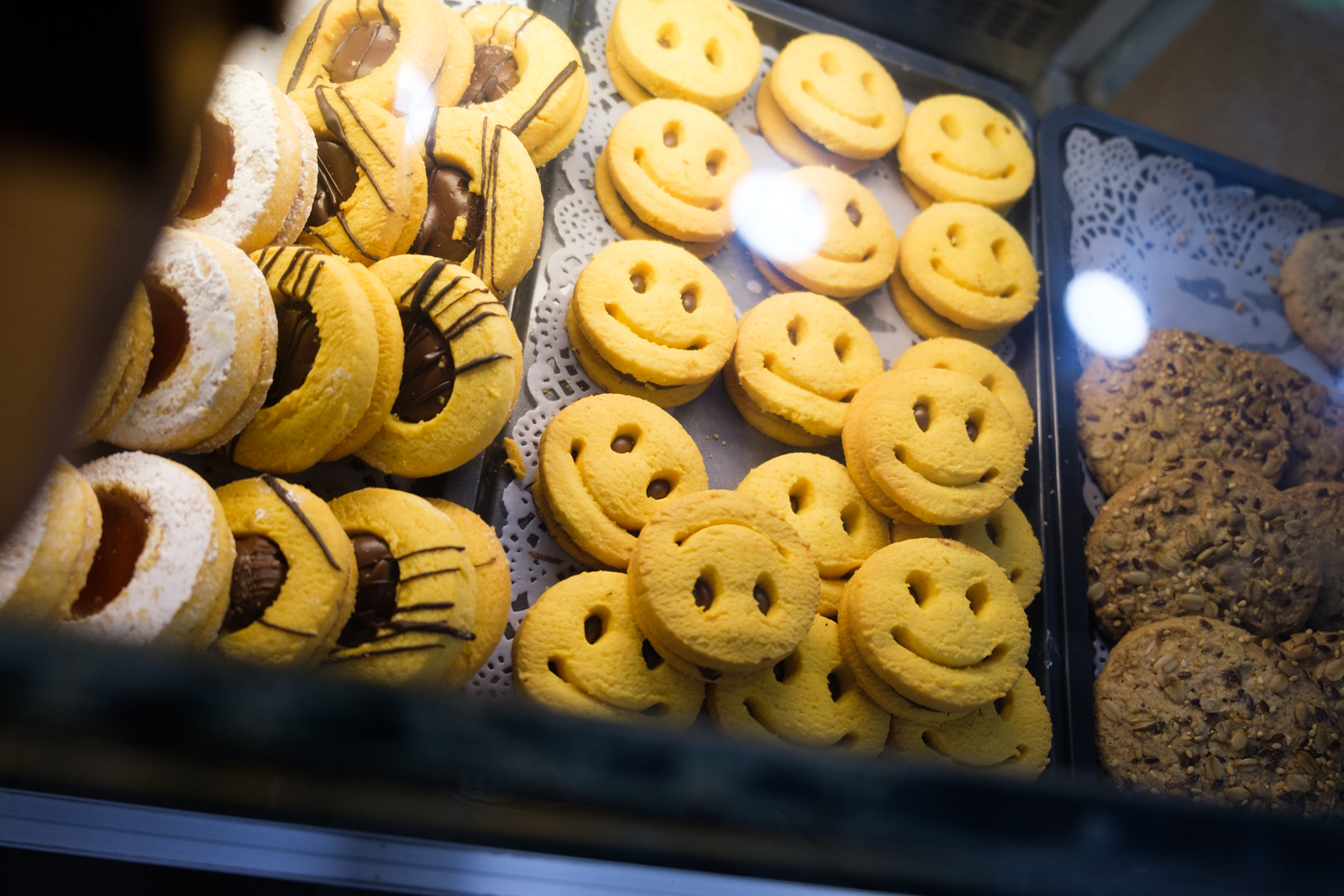
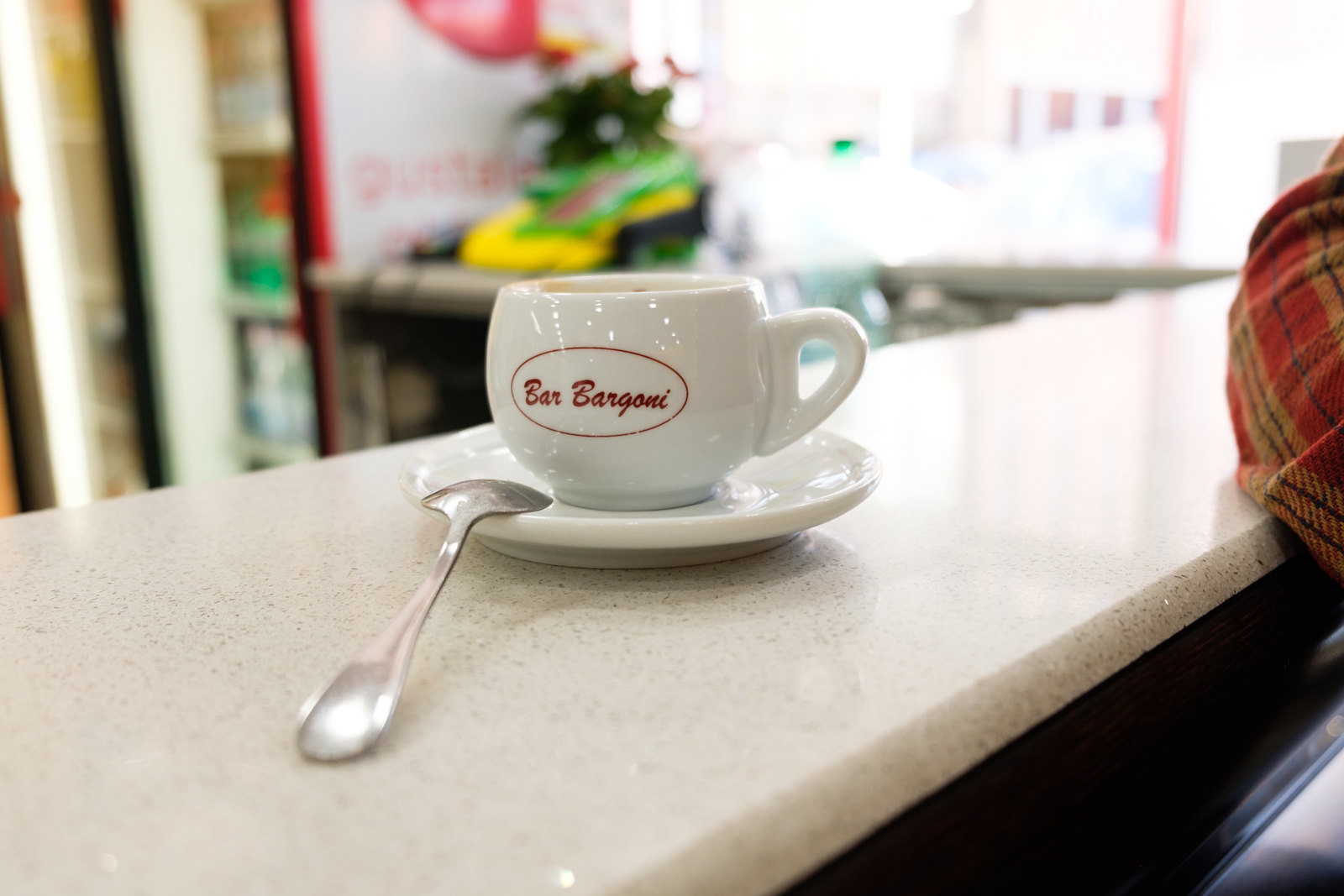

Tried to play it cool at the Bar aka coffee shop and order in Italian. We hit a few missteps especially in asking for the check—we learned quickly to pay at the register.
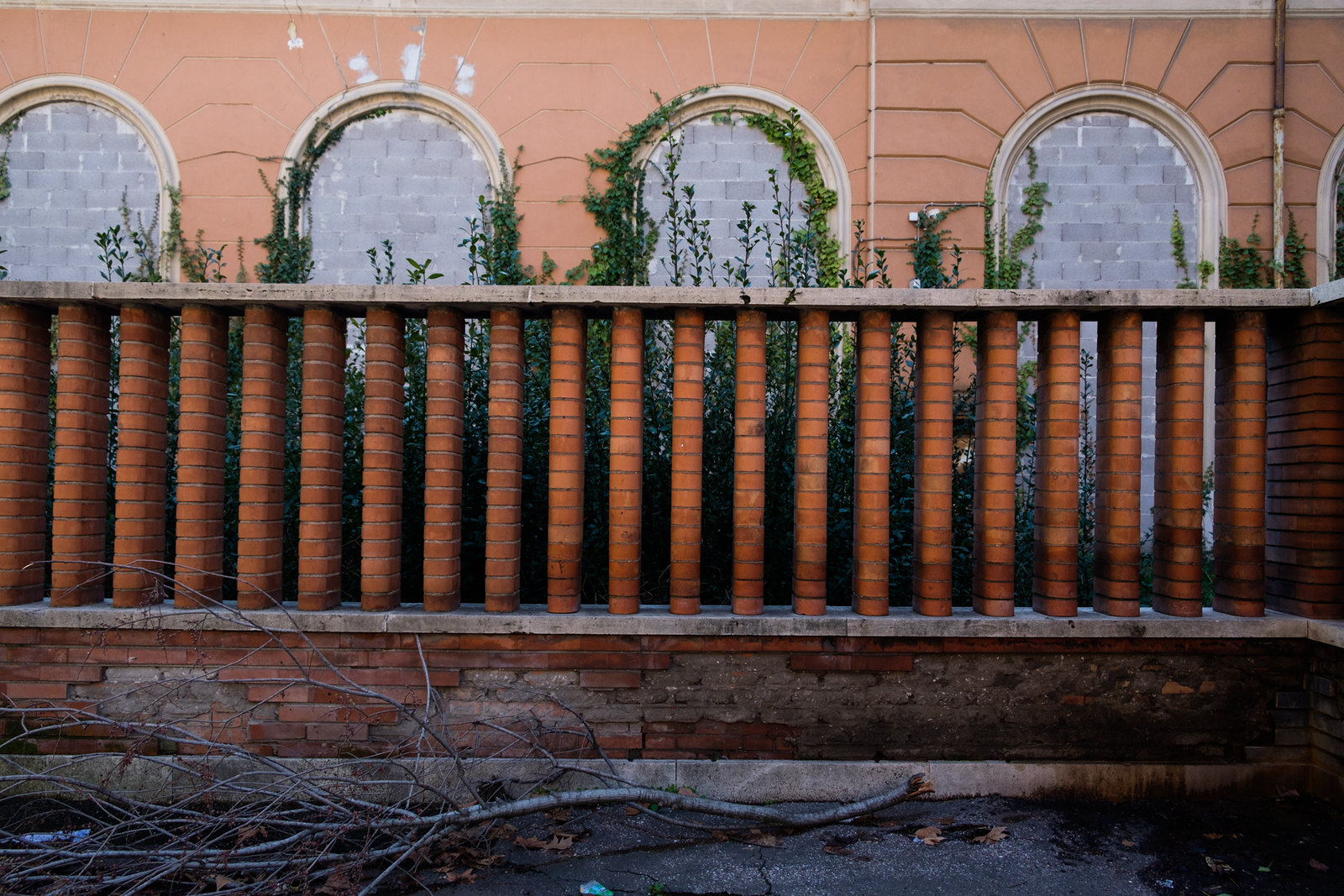
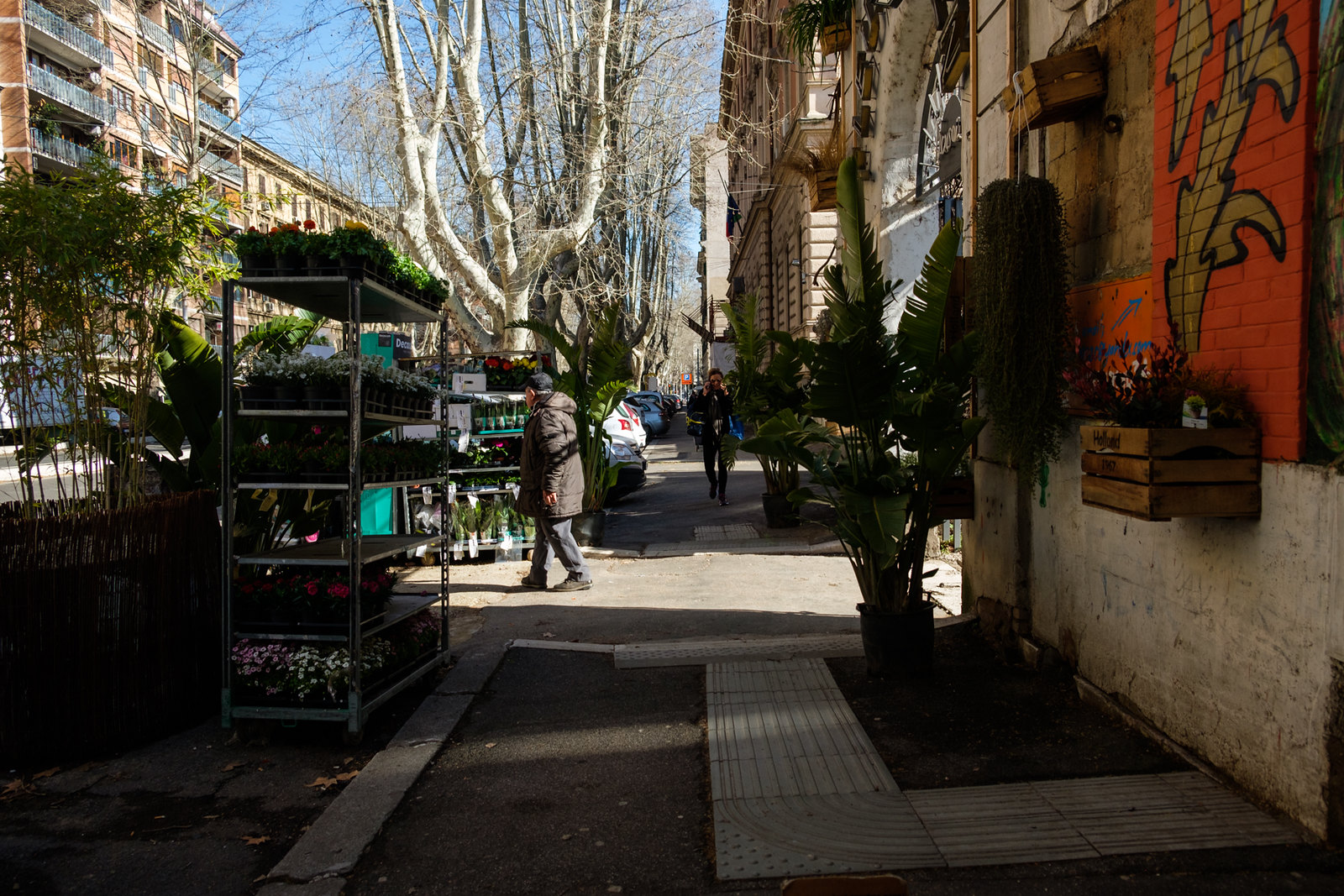
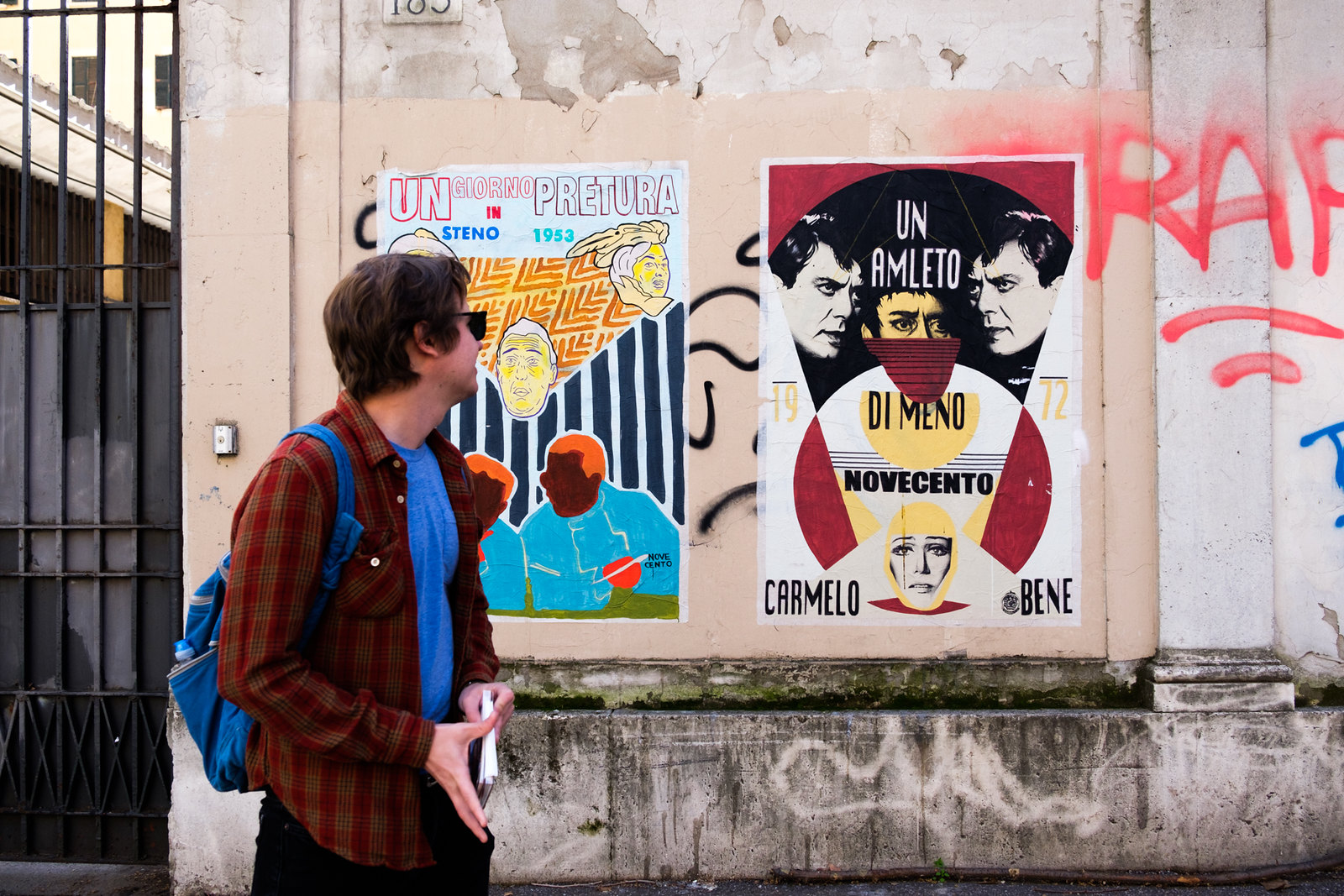
We took a slow wander toward a Tourist Info Center kiosk to get our Roma pass. This is Trastevere, the 13th rione of Rome. The name comes from Latin for “beyond the Tiber” as the neighborhood is on “the other side” of the river from the rest of Rome. Through its history the area was inhabited by the ancient Etruscans, immigrants from modern day Syria, a Jewish community, and now has a few foreign universities. Much of the neighborhood still has the medieval streets, with cobble stones and winding narrow walk ways.
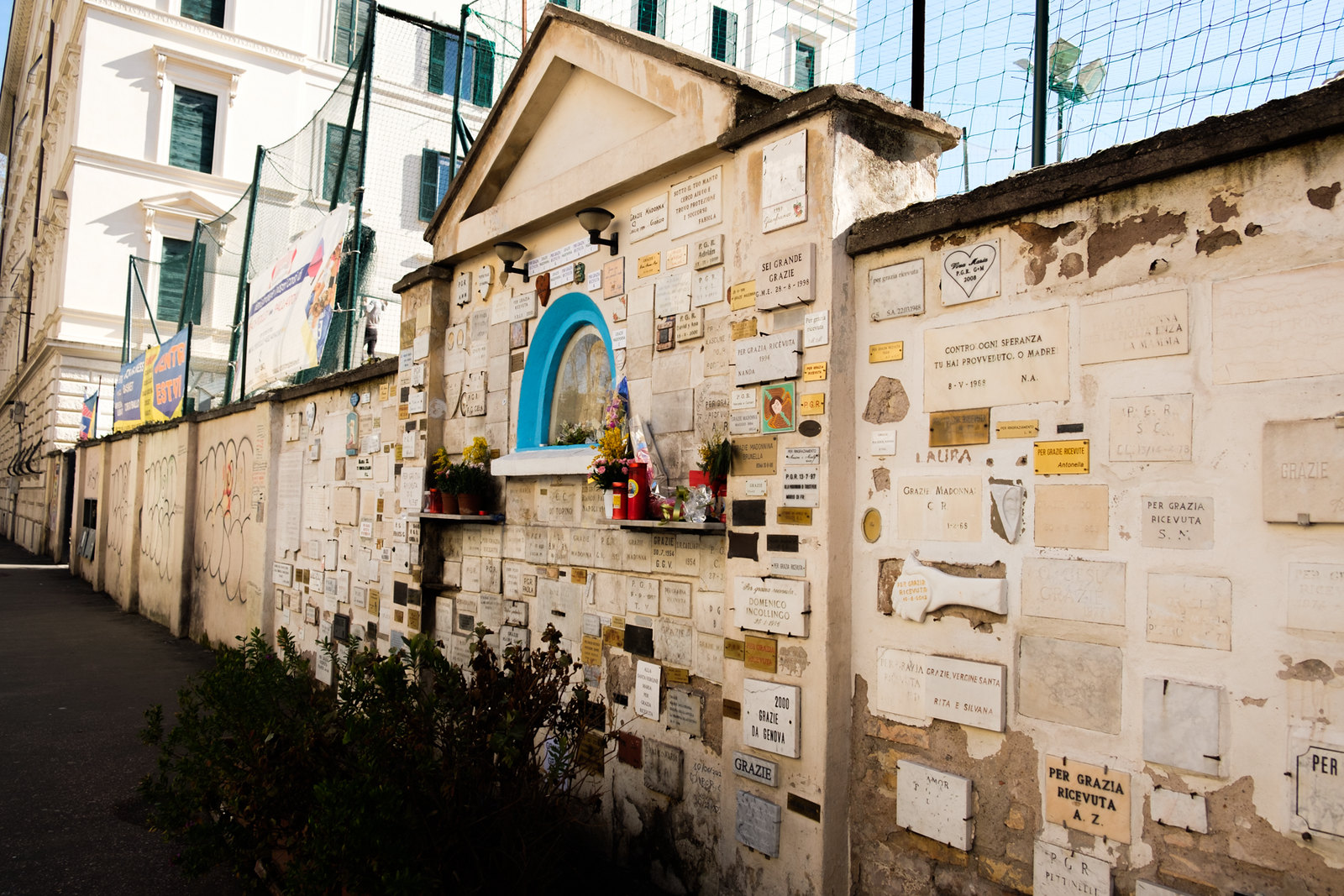
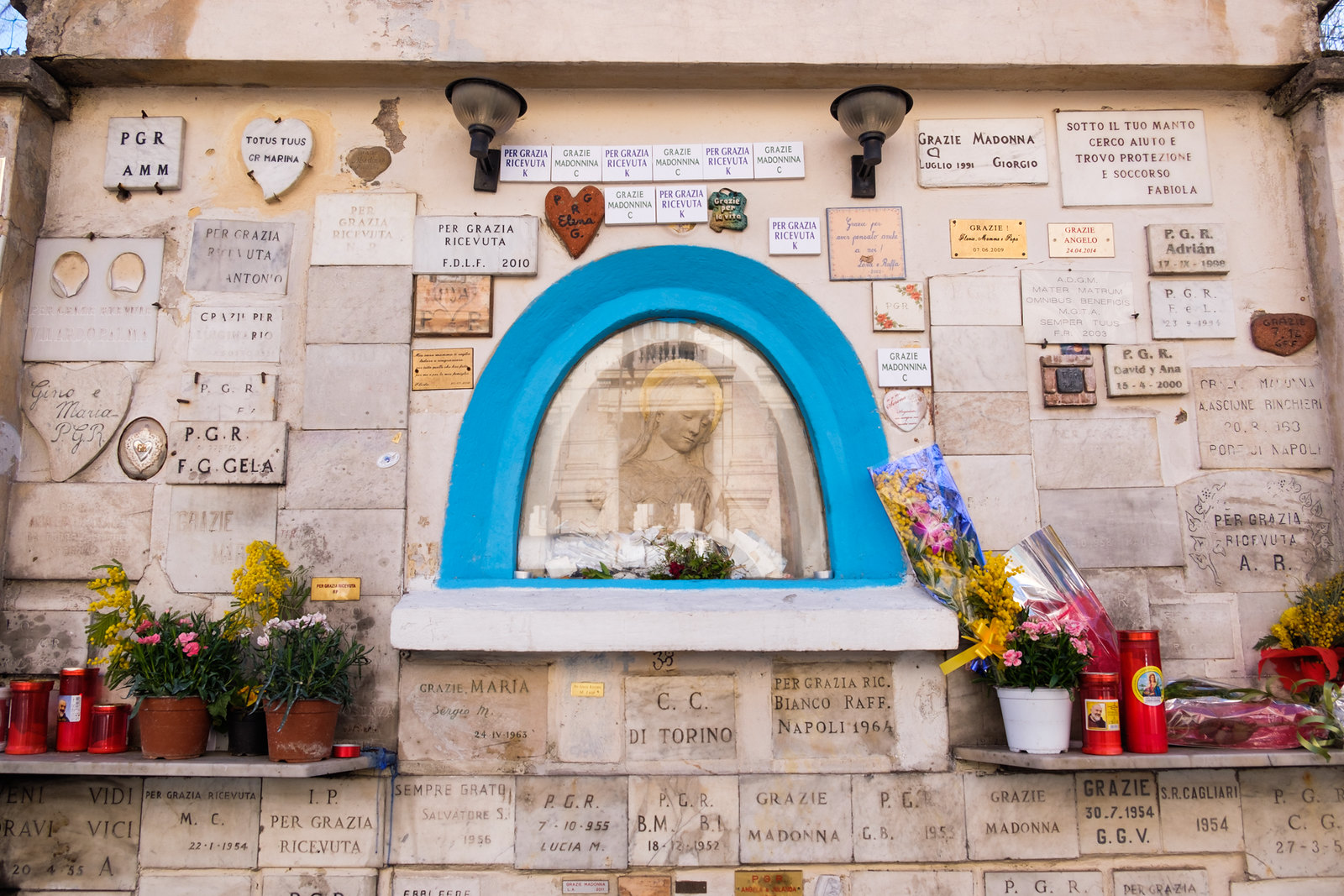
I read about the Little Madonnas of Rome, scattered throughout the city. Small sacred images of the Virgin Mary on the walls of the city, usually accompanied by thank yous, flowers, and other gifts.
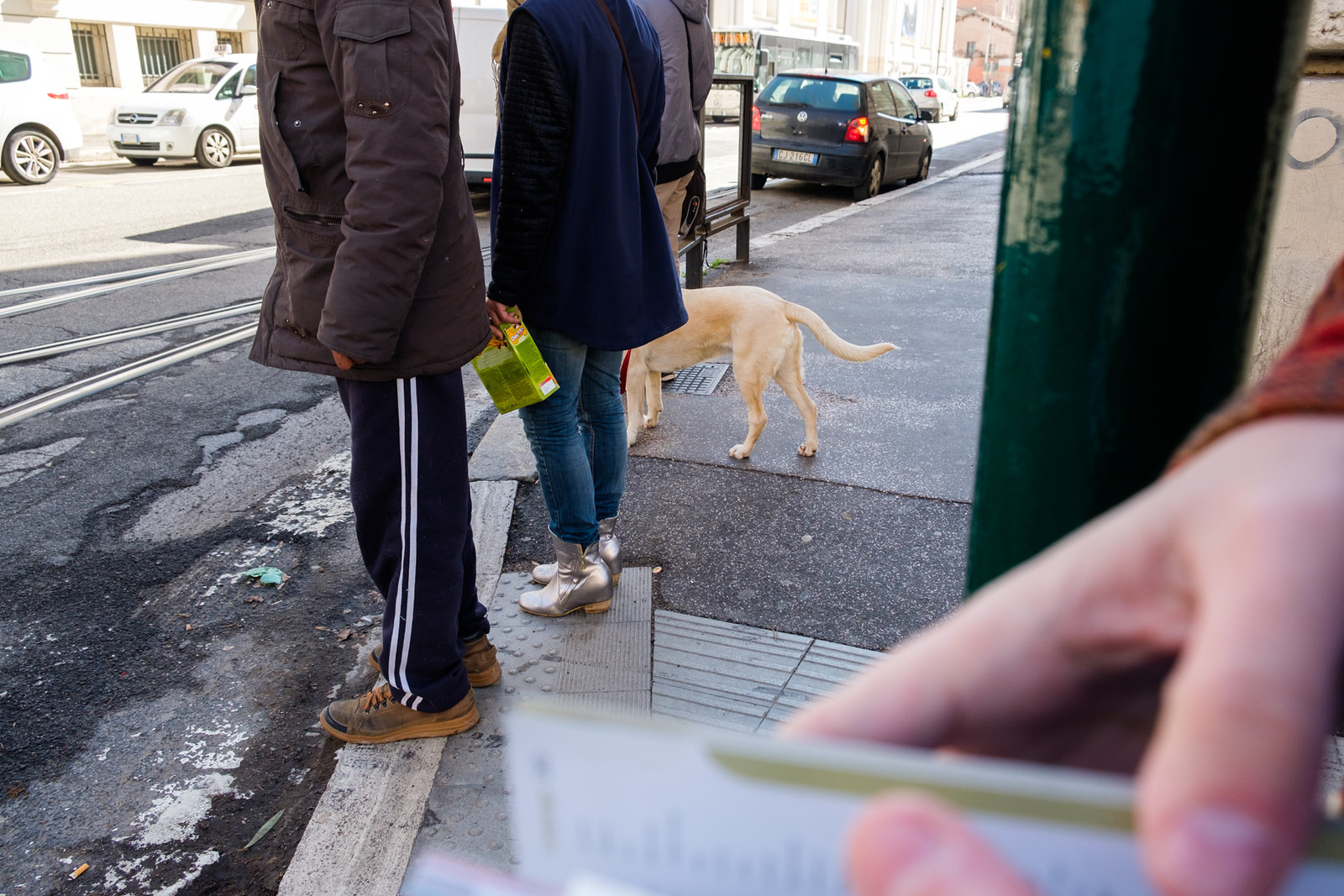
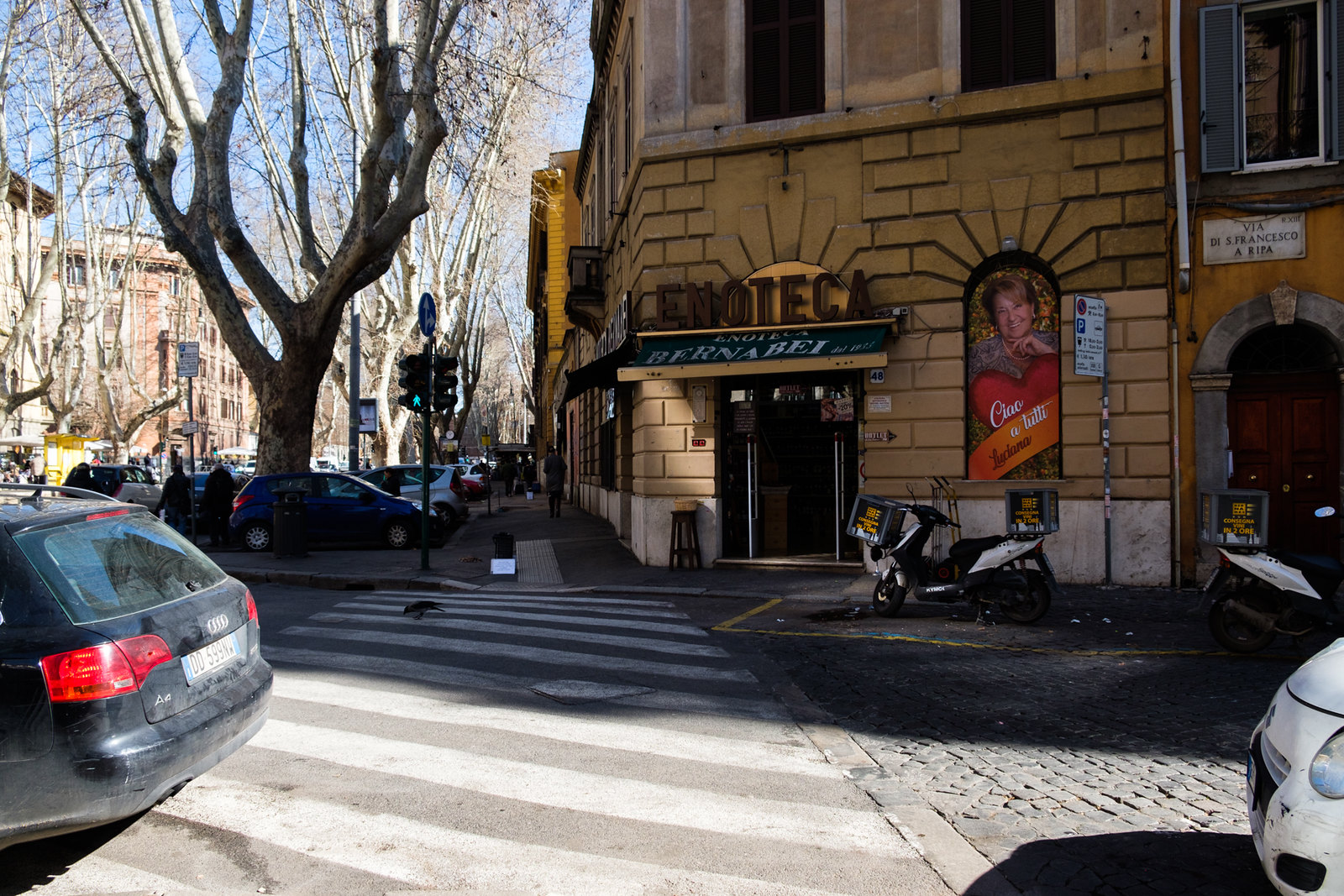

I can’t read Italian, but this sign caught my eye. Is there going to be an Aristocats (the 1970 Disney film) festival?
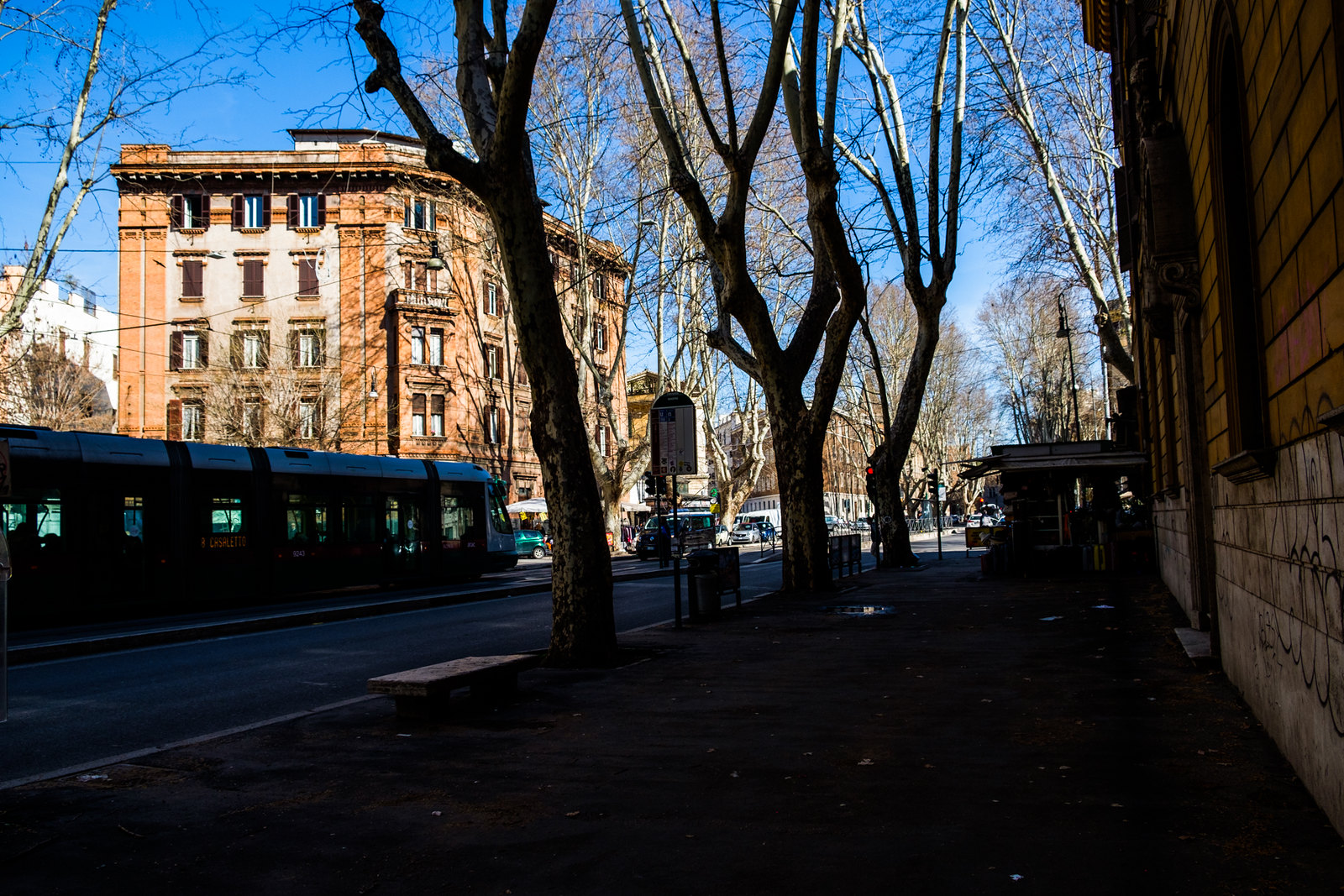
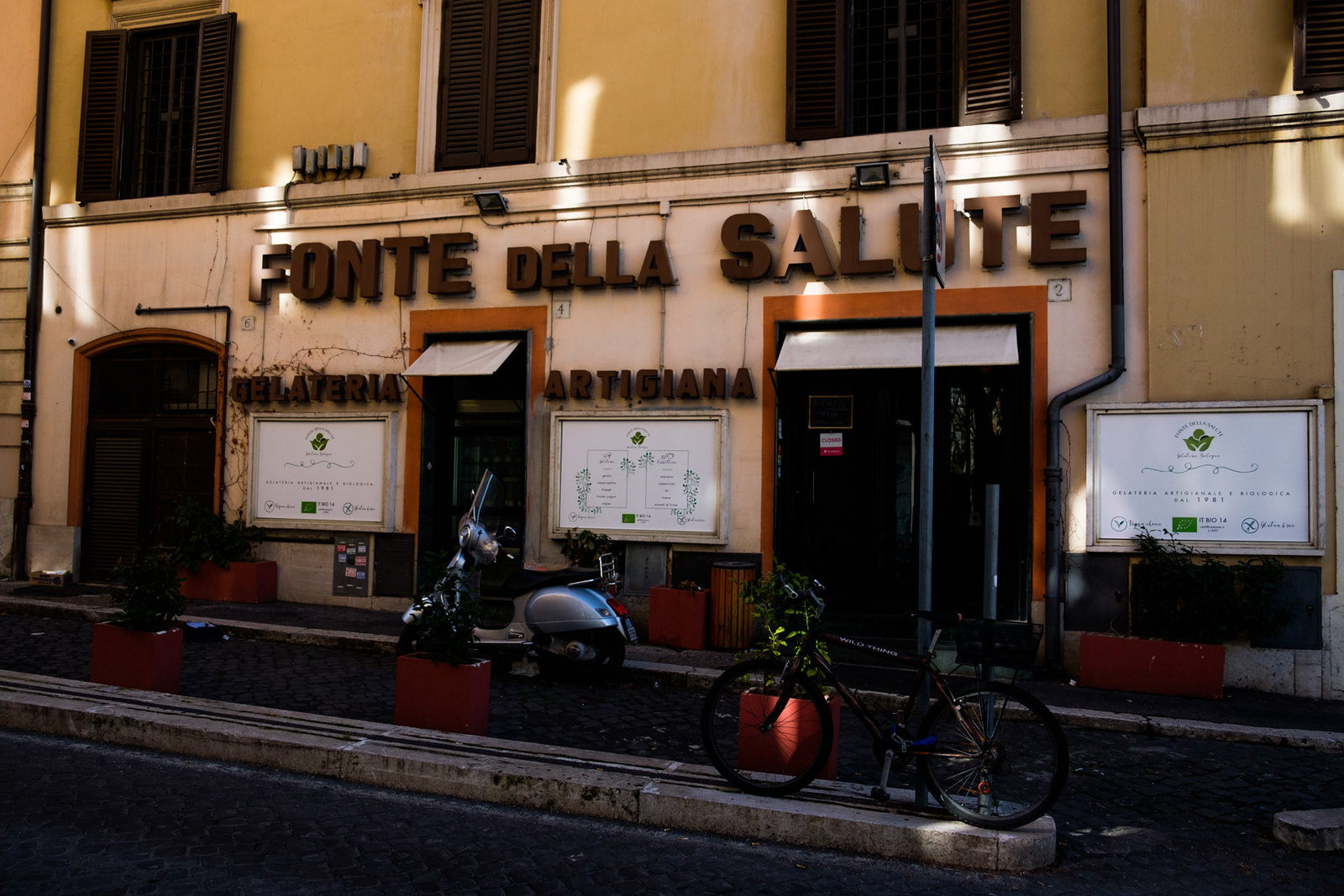
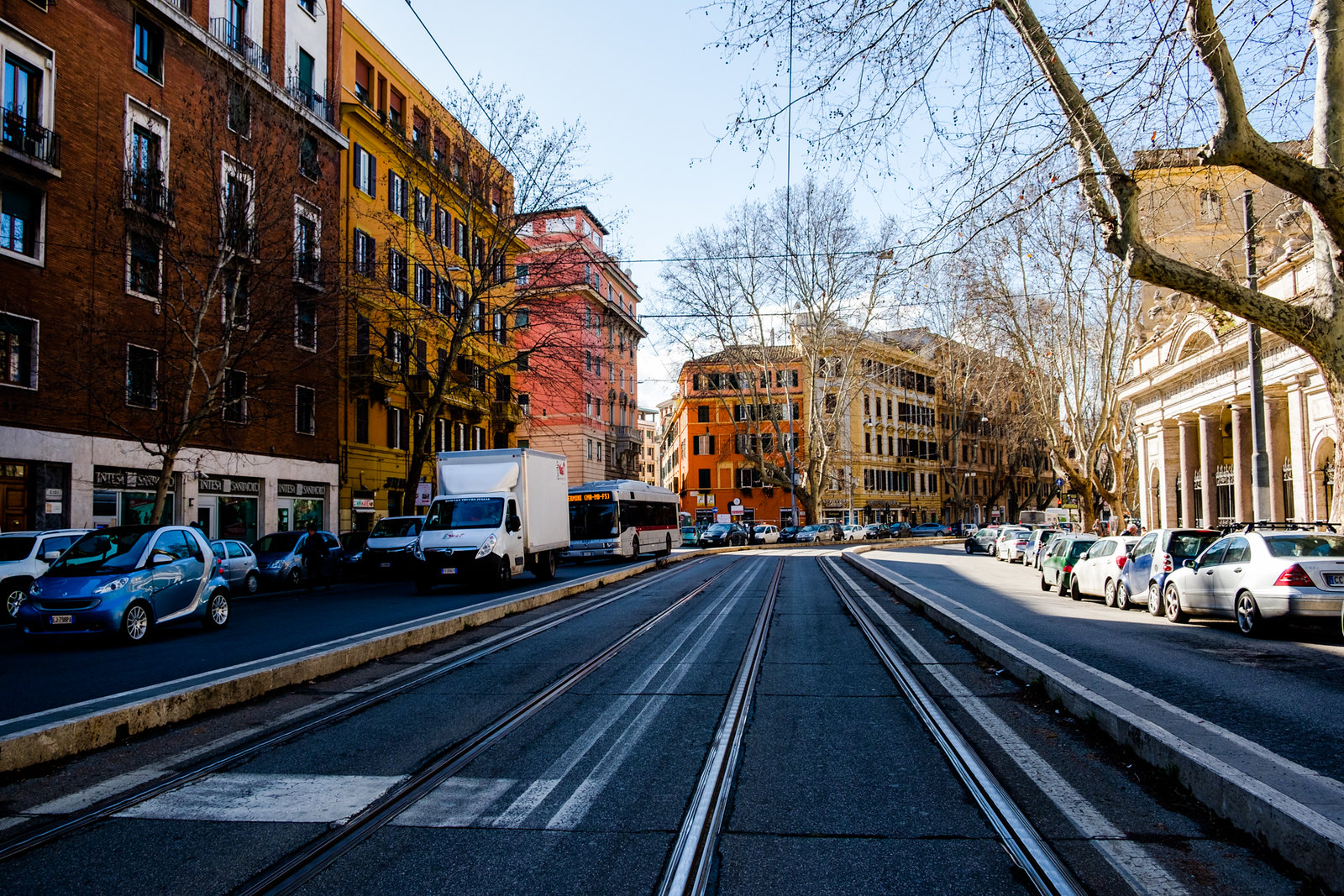
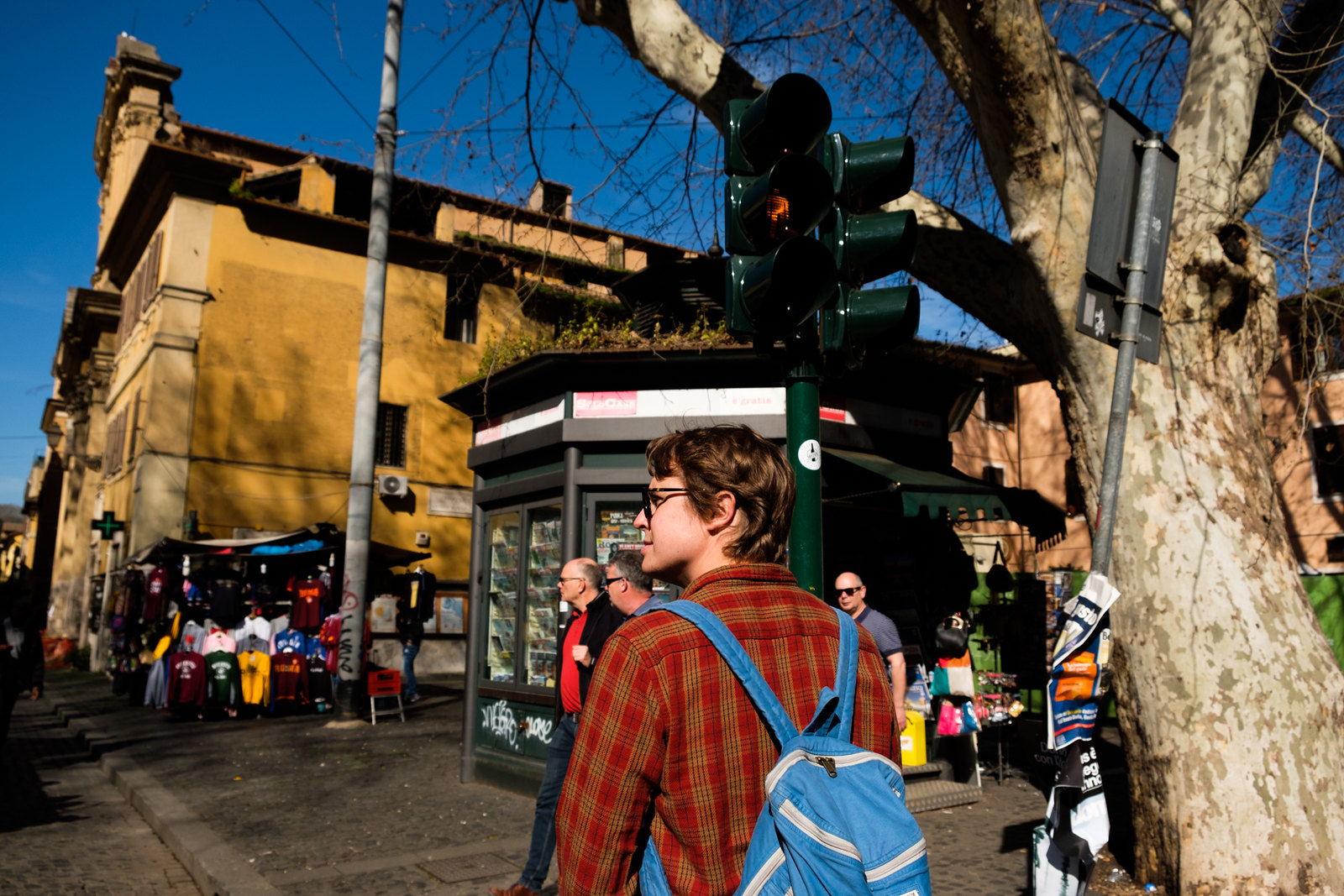
I hope you don’t mind the meandering shots of the neighborhood. We were just so happy to be in Rome, everything was beautiful and exciting to see.
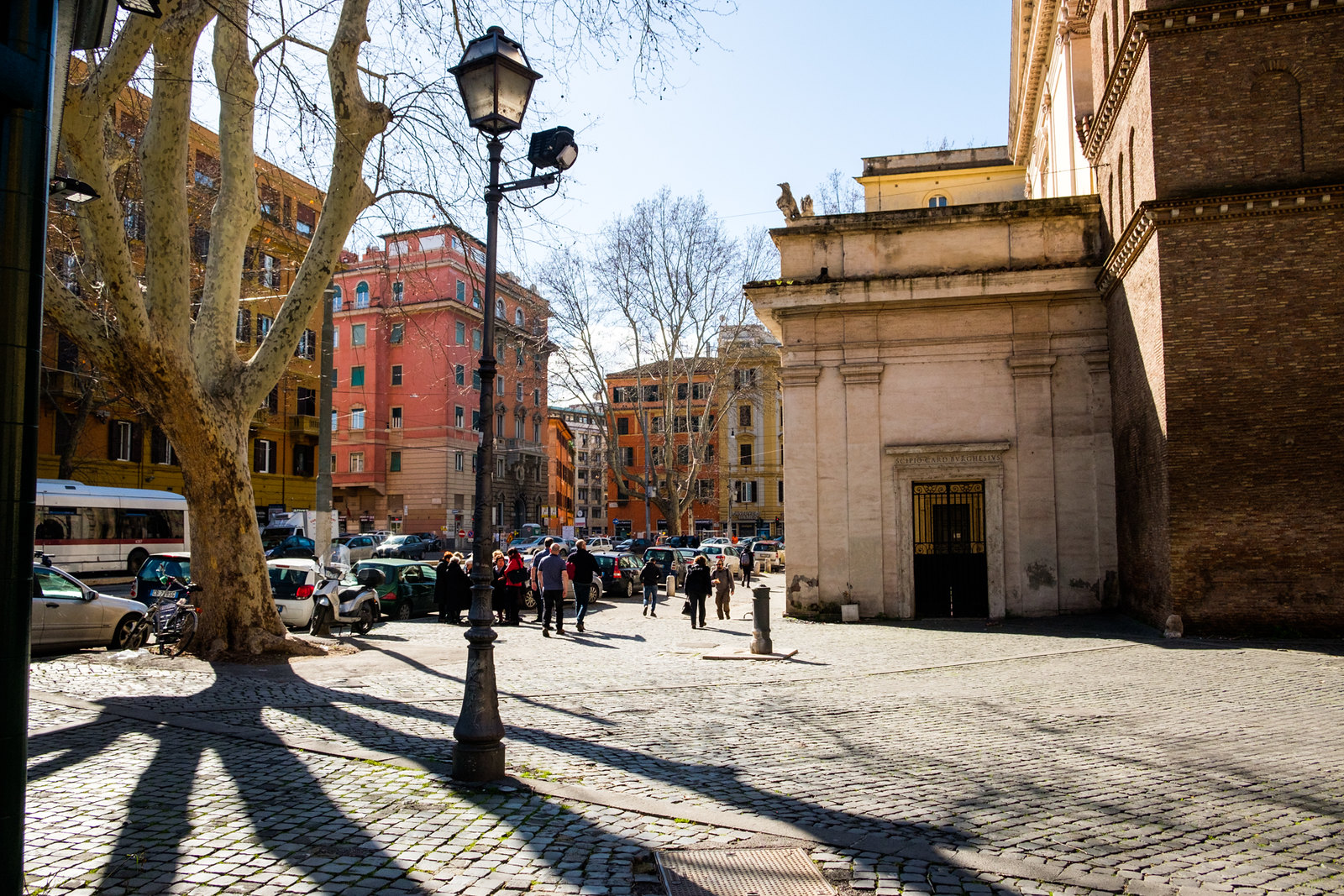

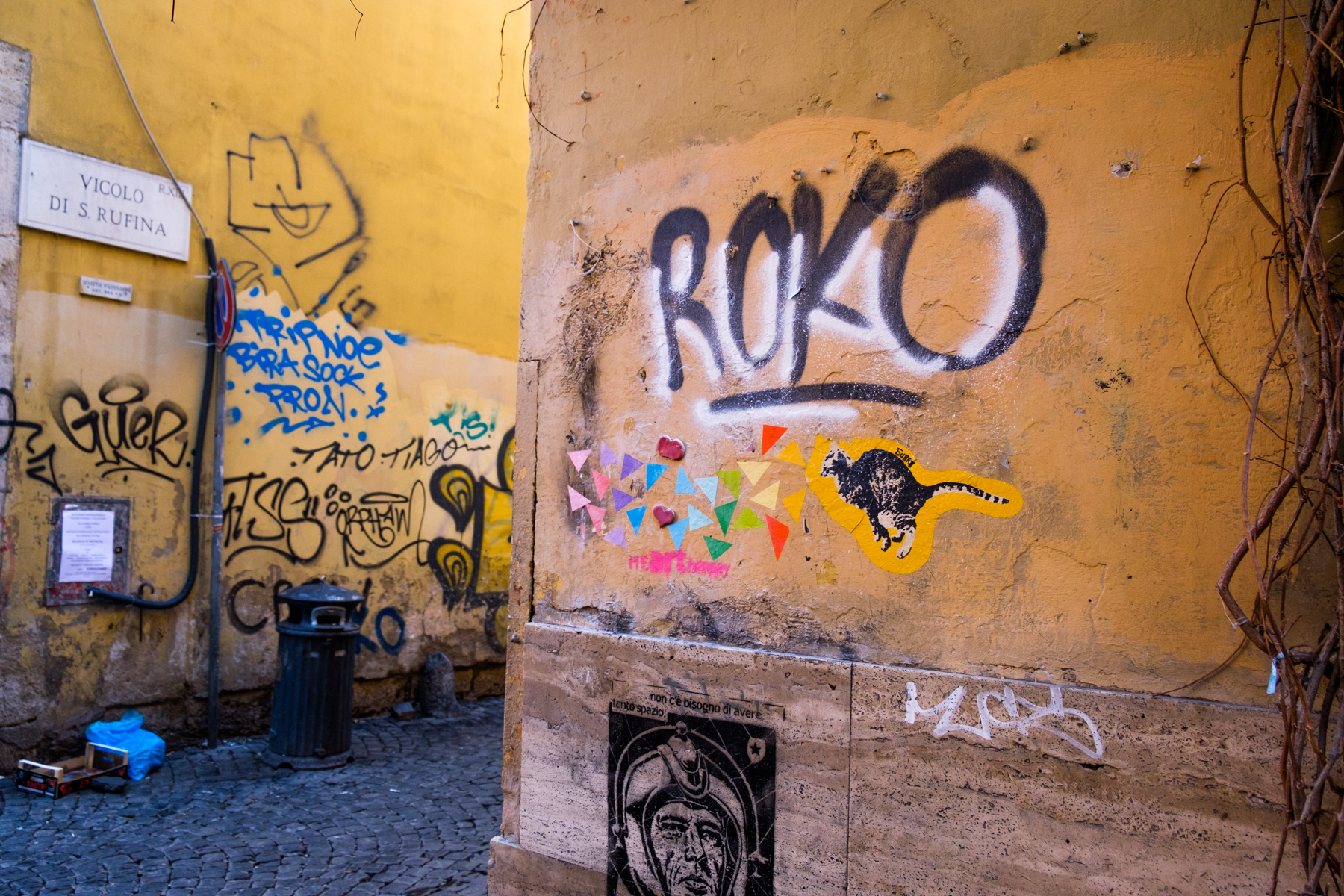

We arrived to pick up our Roma pass at the Tourist Info Point too early, so we took a side street toward Piazza di Santa Maria.
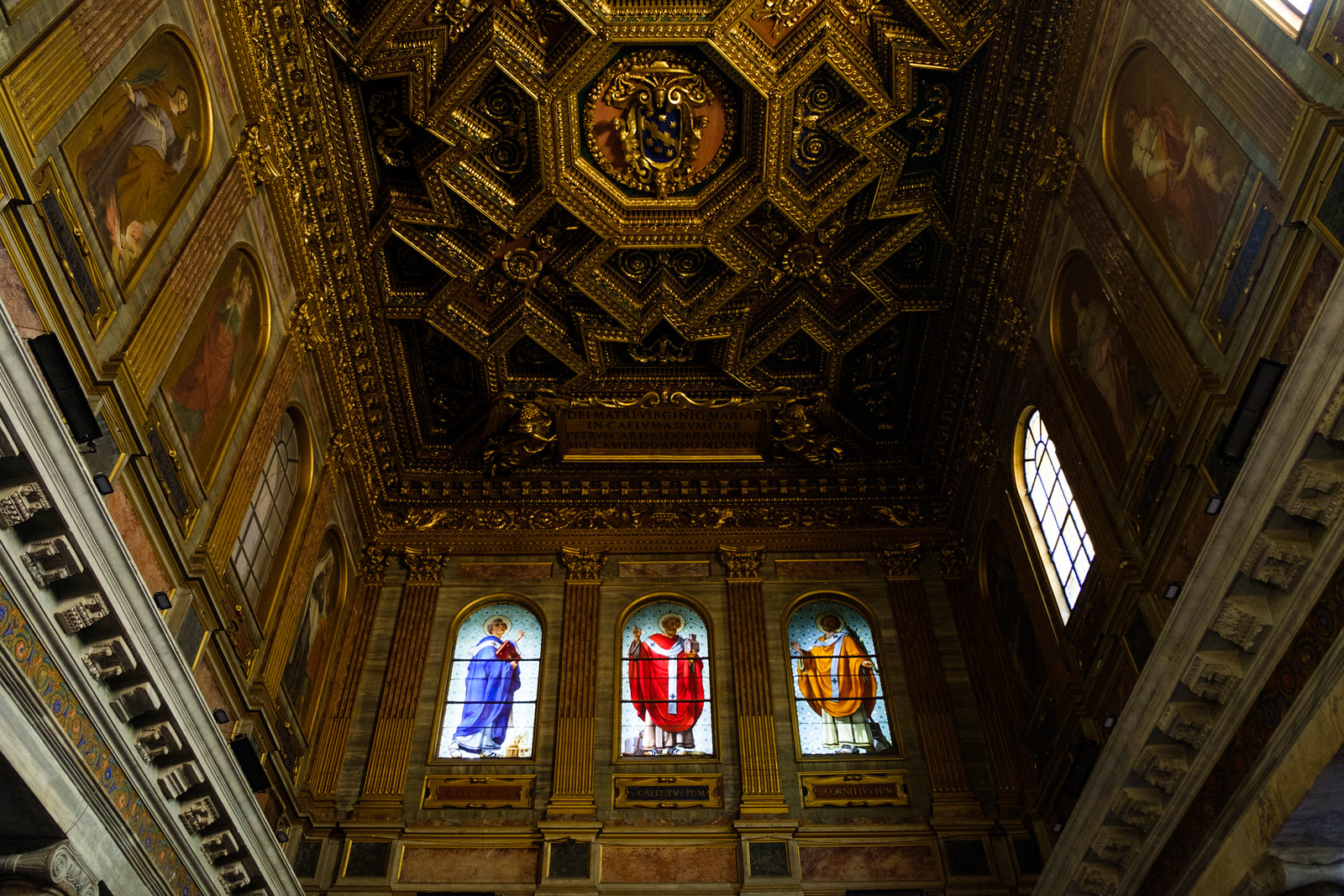
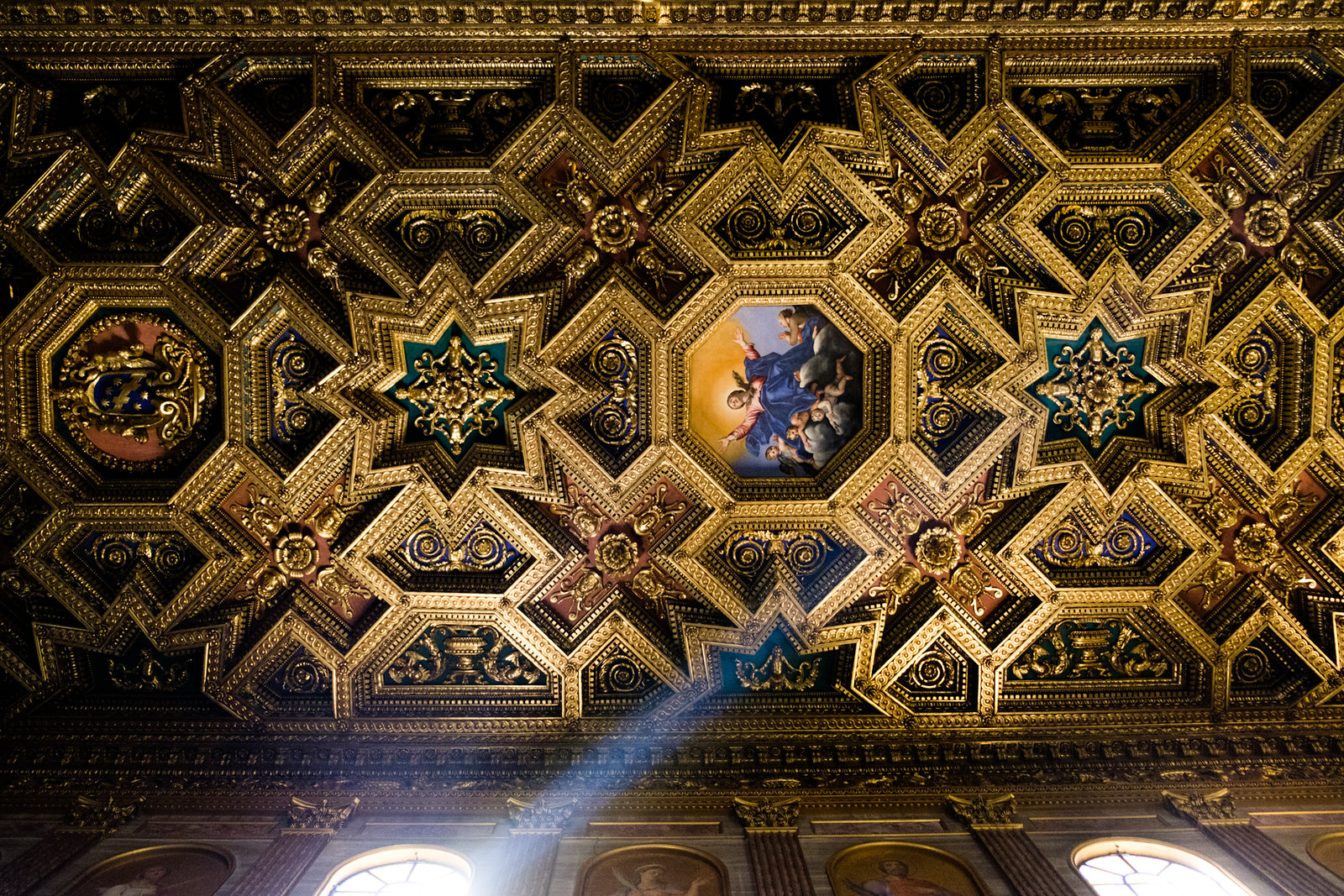

Basilica di Santa Maria, the oldest church dedicated to the Virgin Mary in Rome. There was a church in this spot as early as the 3rd century, and it was renovated in the 12th century with a huge bell tower and glittery facade.
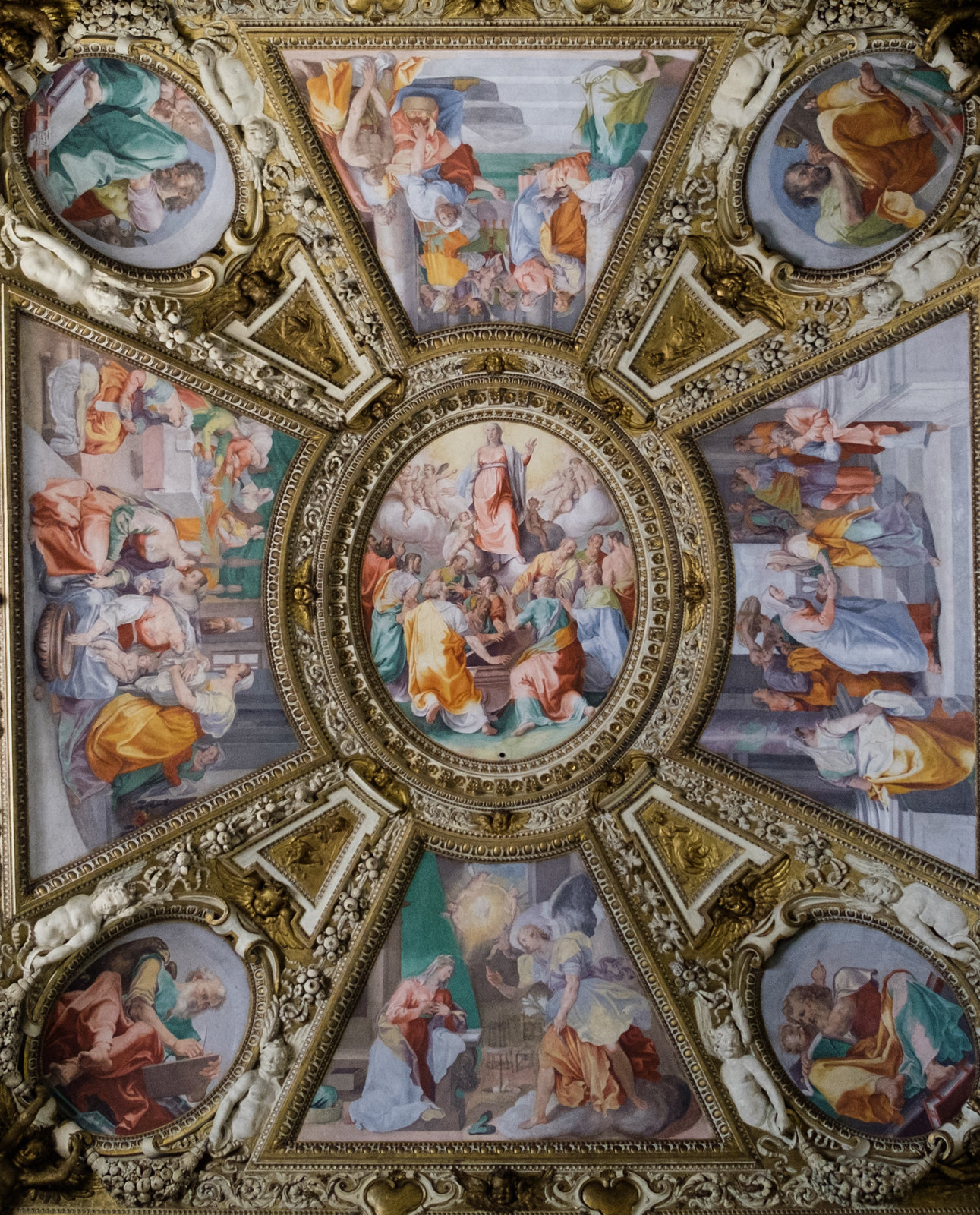

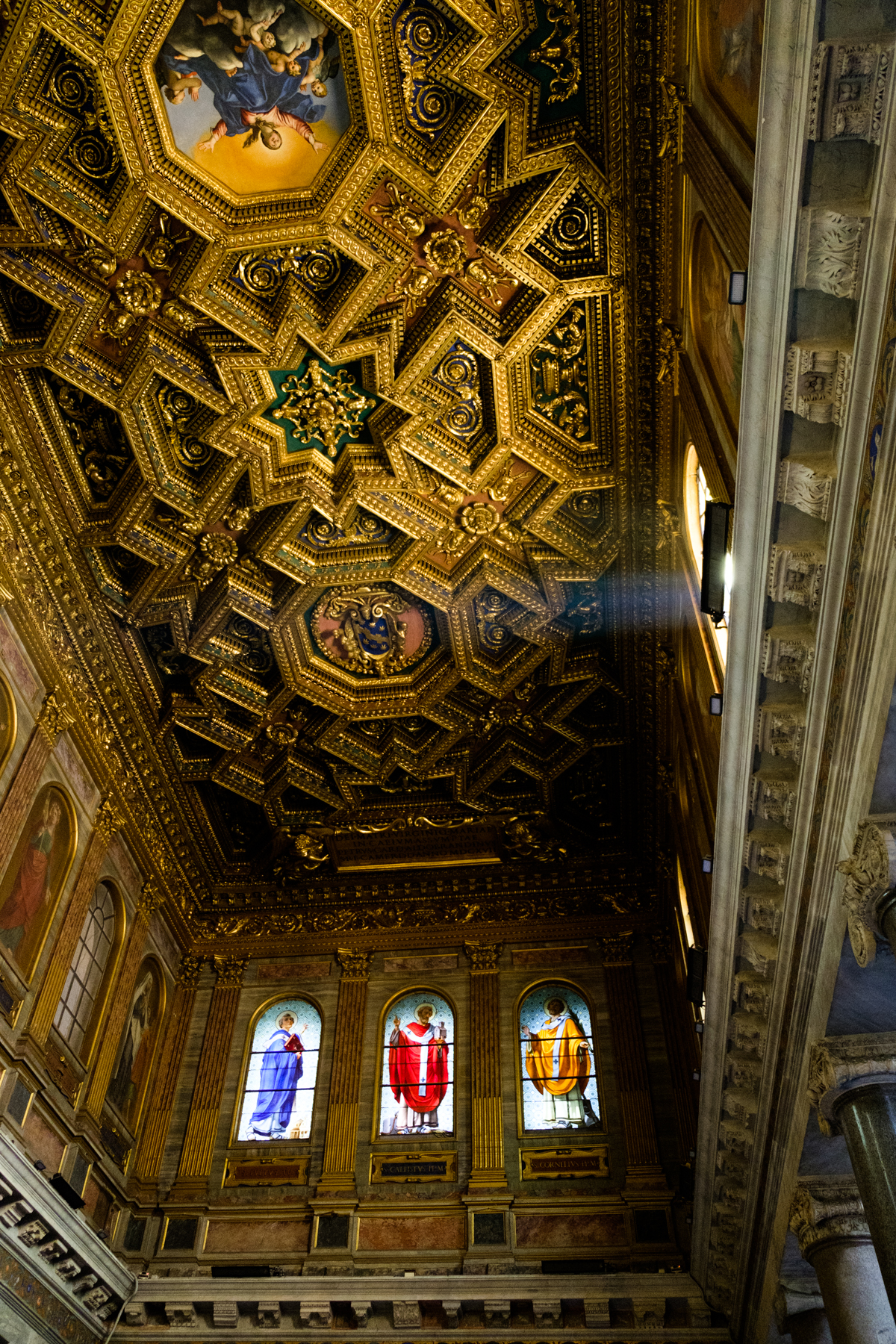
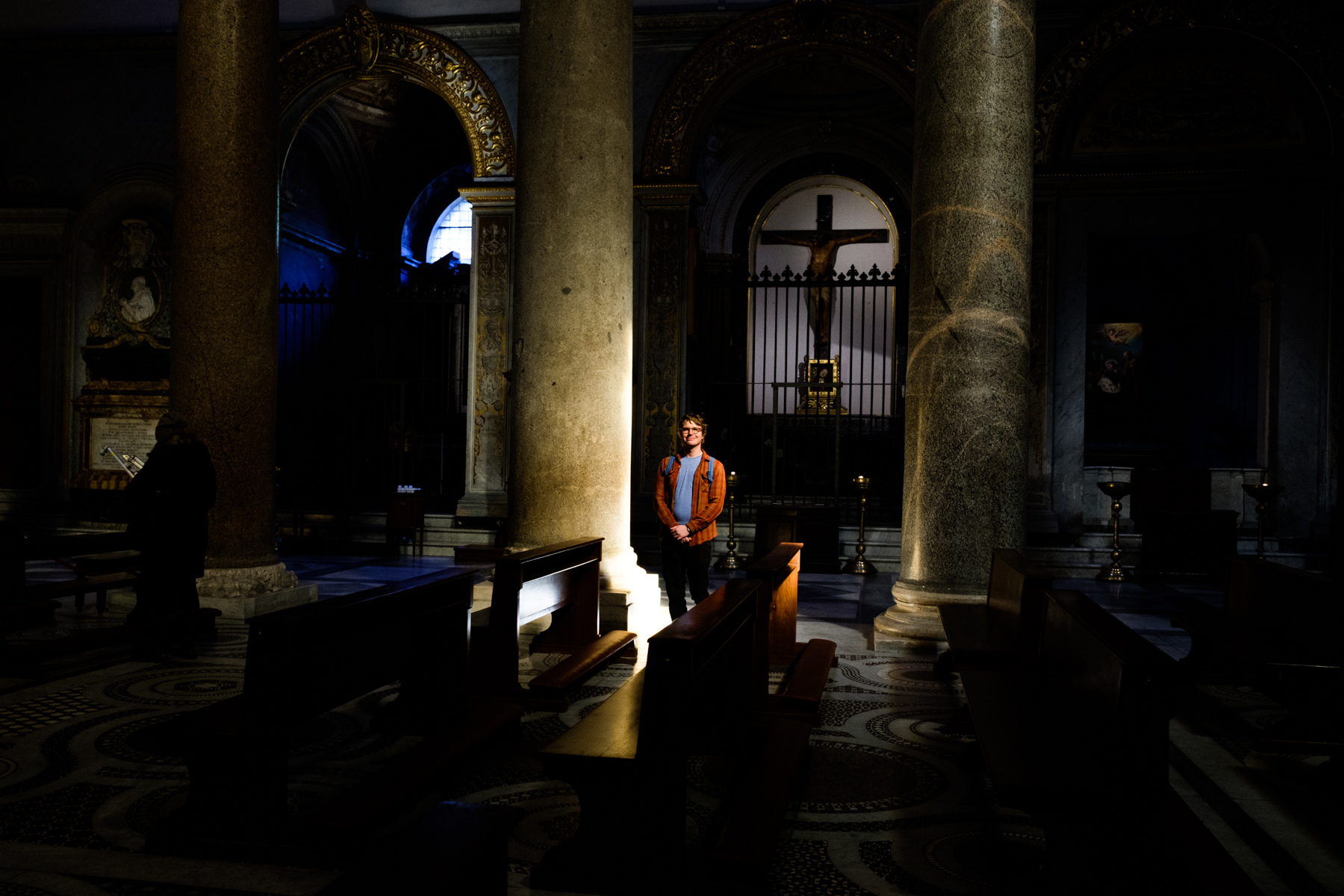
The light in there was so beautiful. It was streaming in from the windows above. The ceiling was glittering and golden.

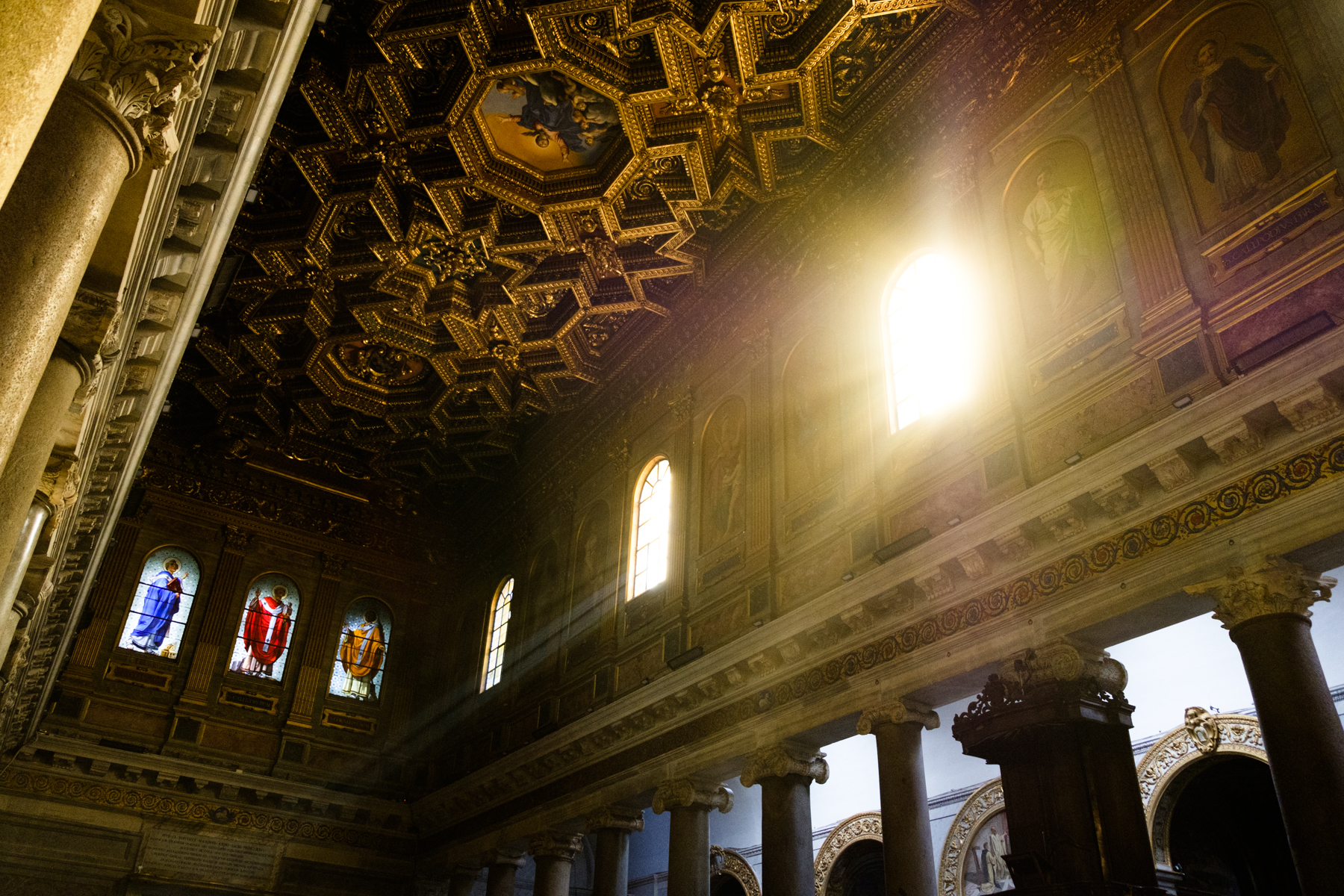
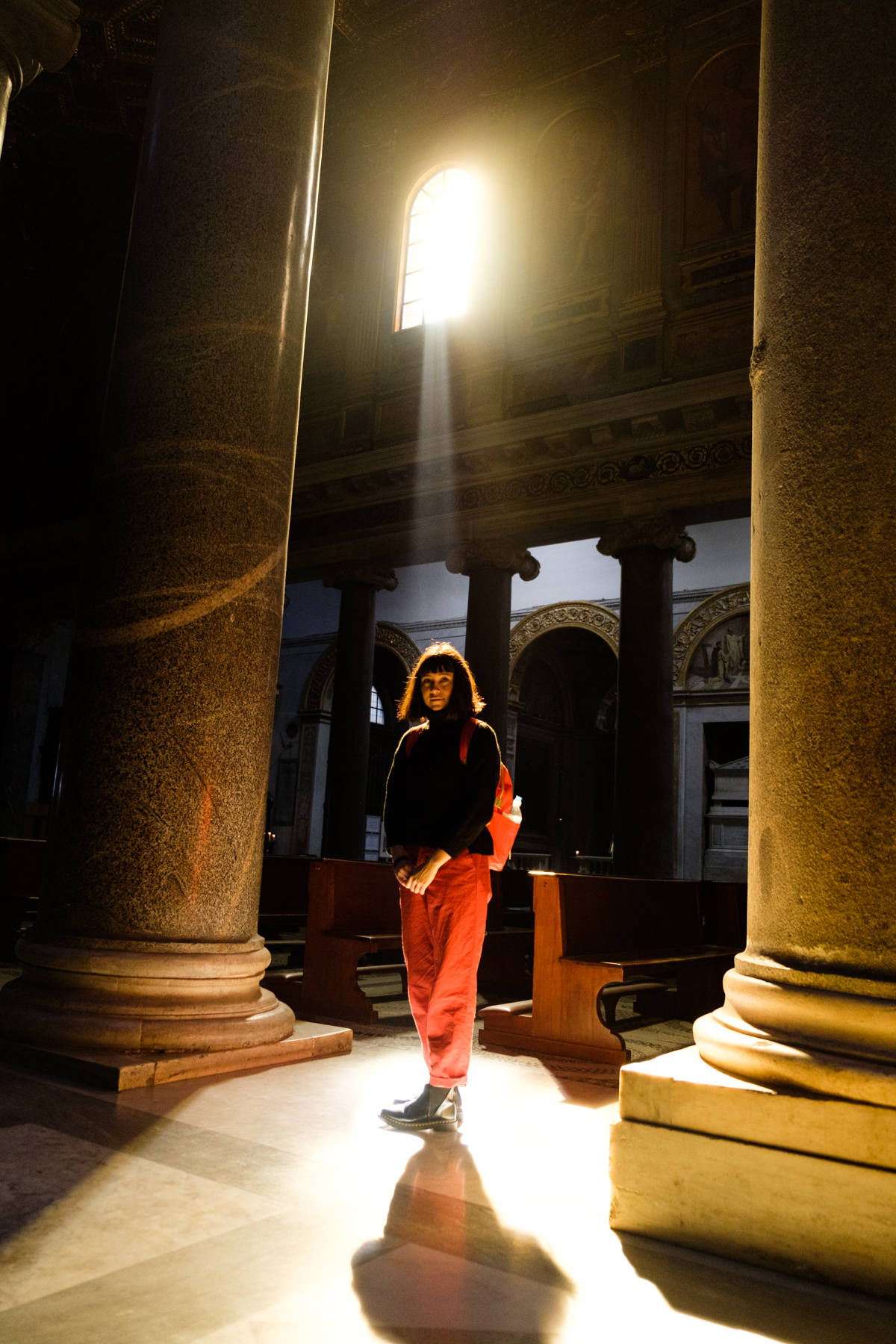
These columns came from the Baths of Caracalla (we visit later on in the week). Behind the altar there are huge beautiful golden mosaics.

One last look before we leave.
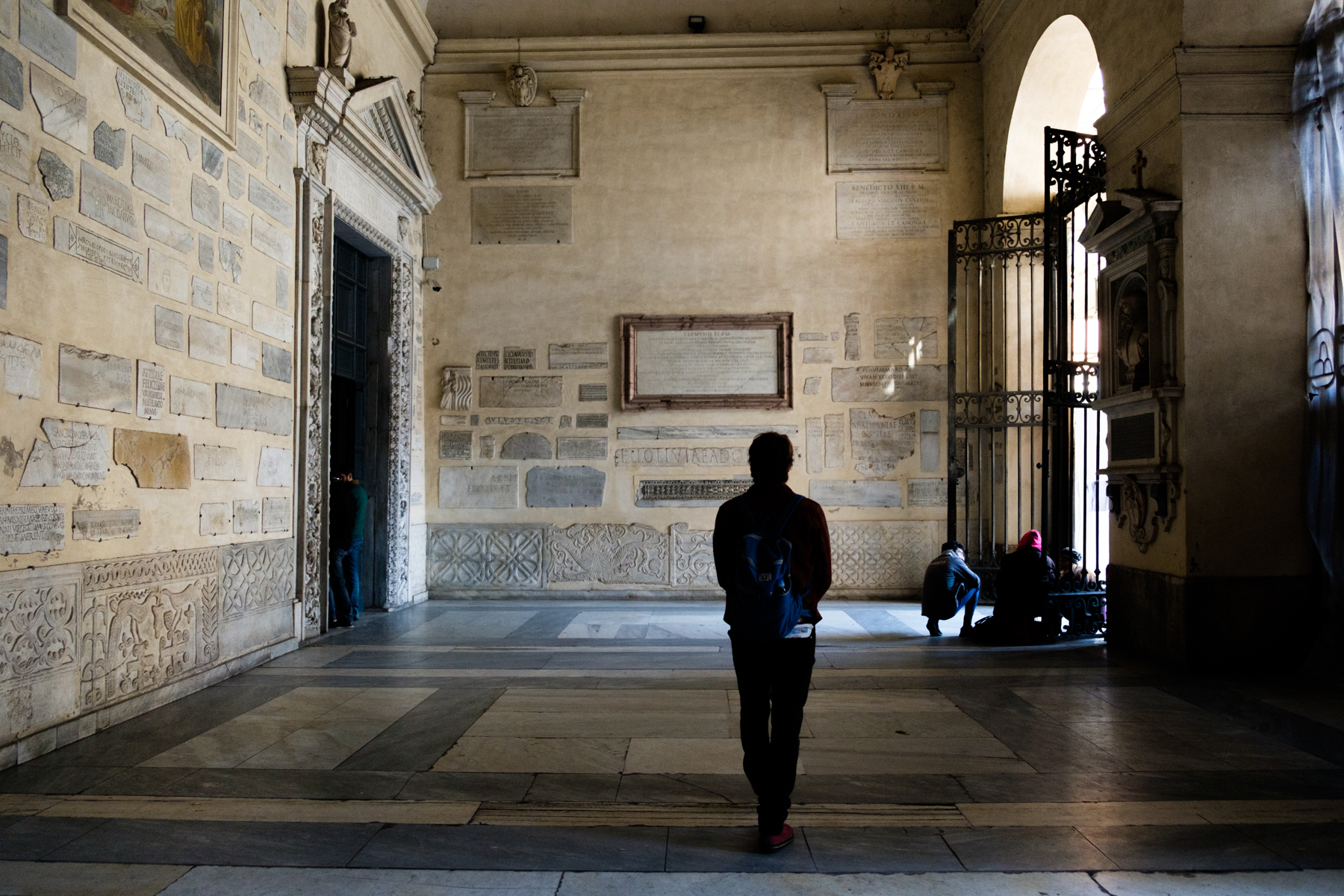
Goodbye! There was no admission fee, btw.
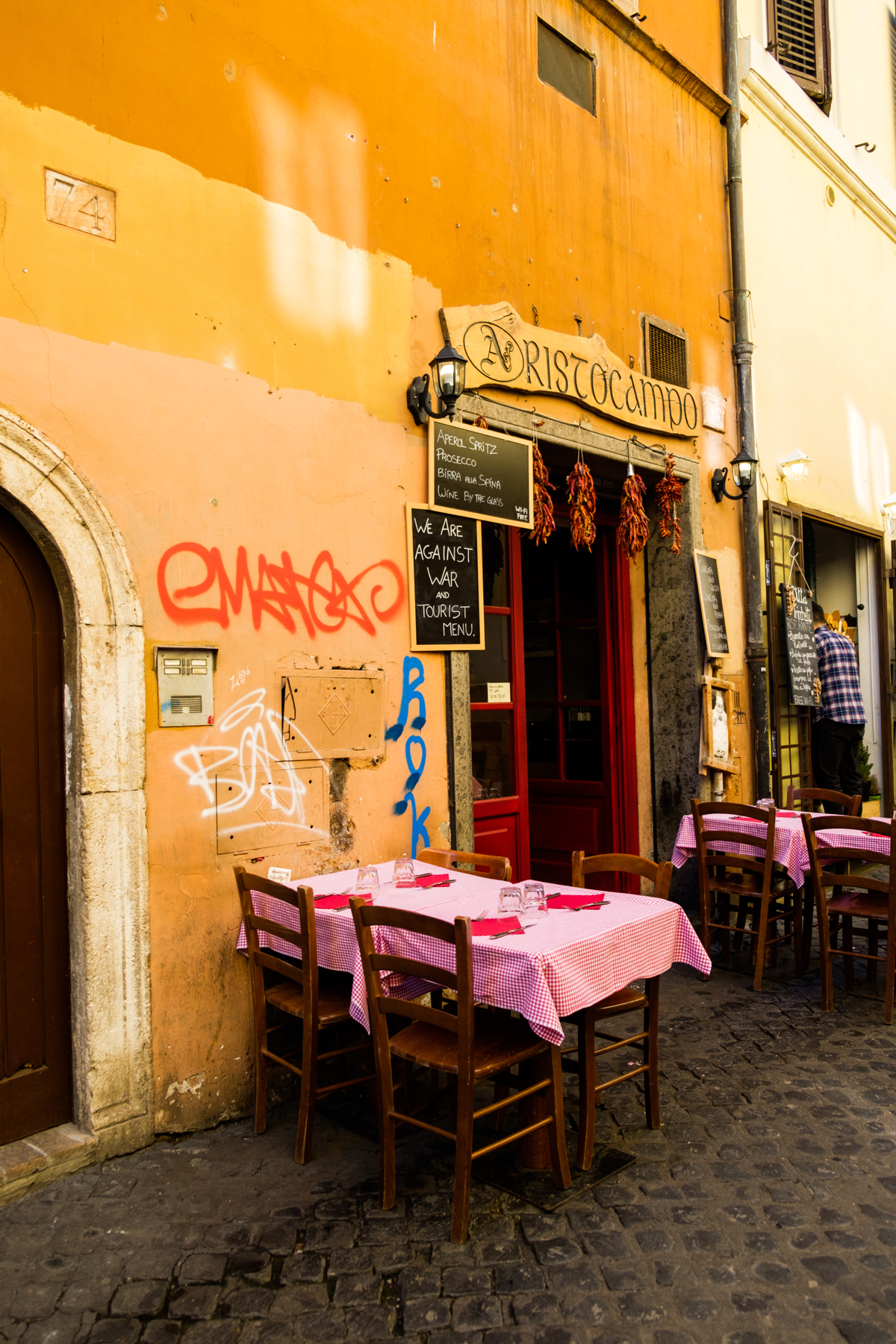
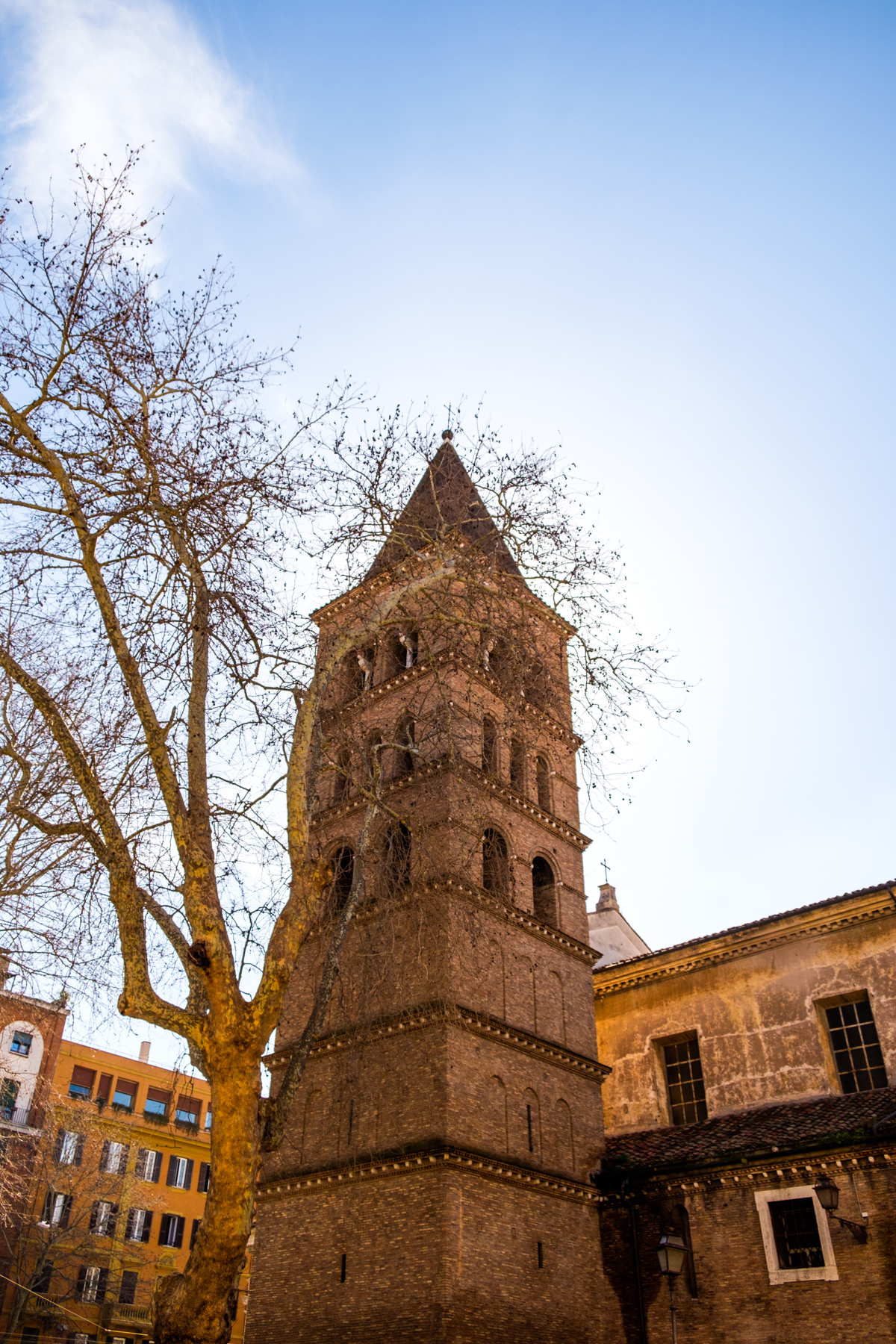
At this point we stopped to acquire our Roma pass. If you are planning to visit a lot of landmarks, arcaelogical sites, museums, etc. especially in a few days in a row, then Roma pass is worth considering. You get discounts and free transporation.


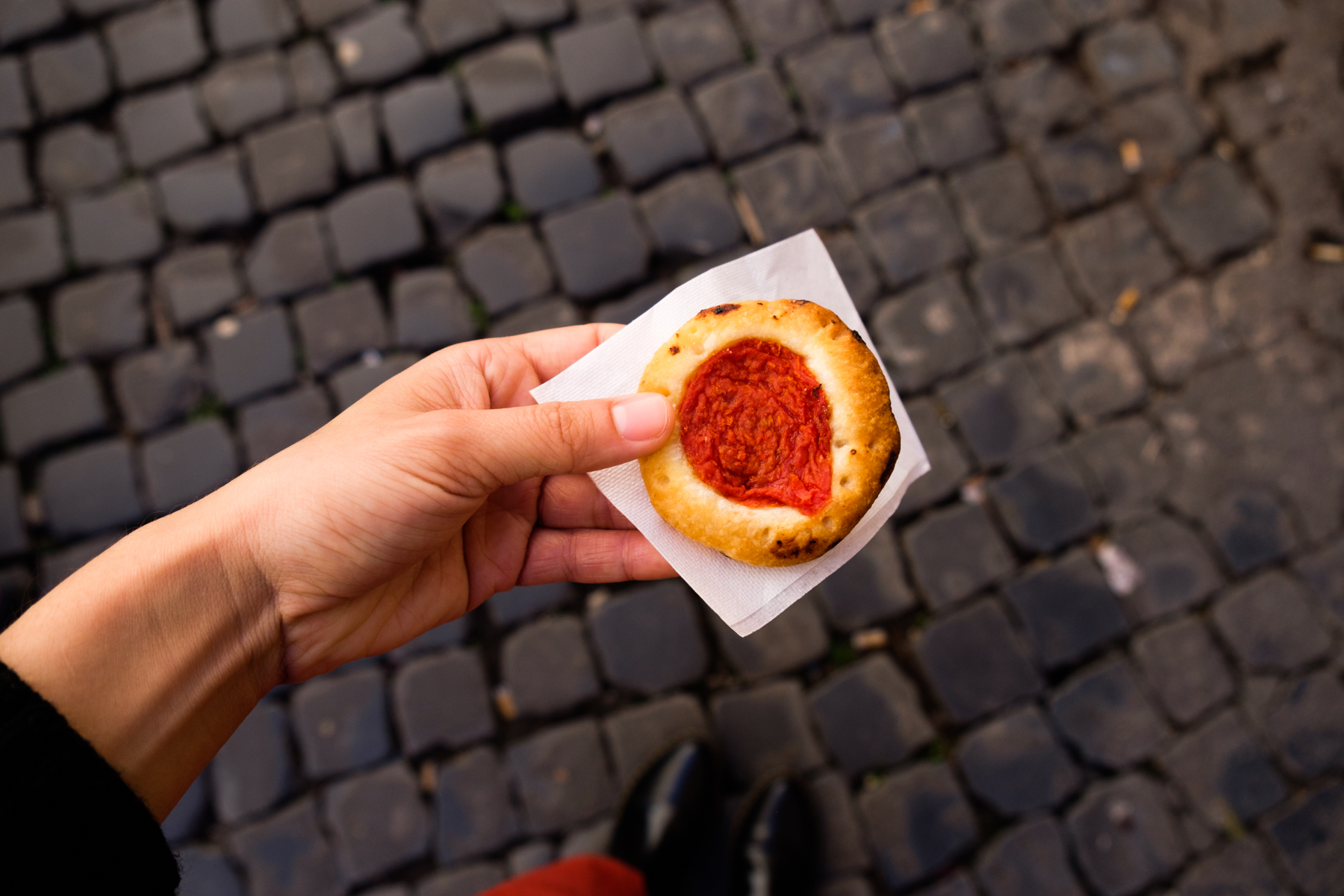
We decided to stop at a bakery to grab some breakfast on the go. Zach got a chocolate croissant, and I got one of these mini pizzas. What are they called! I can’t remember…but it tastes like tangy tomato sauce on a puff pastry.

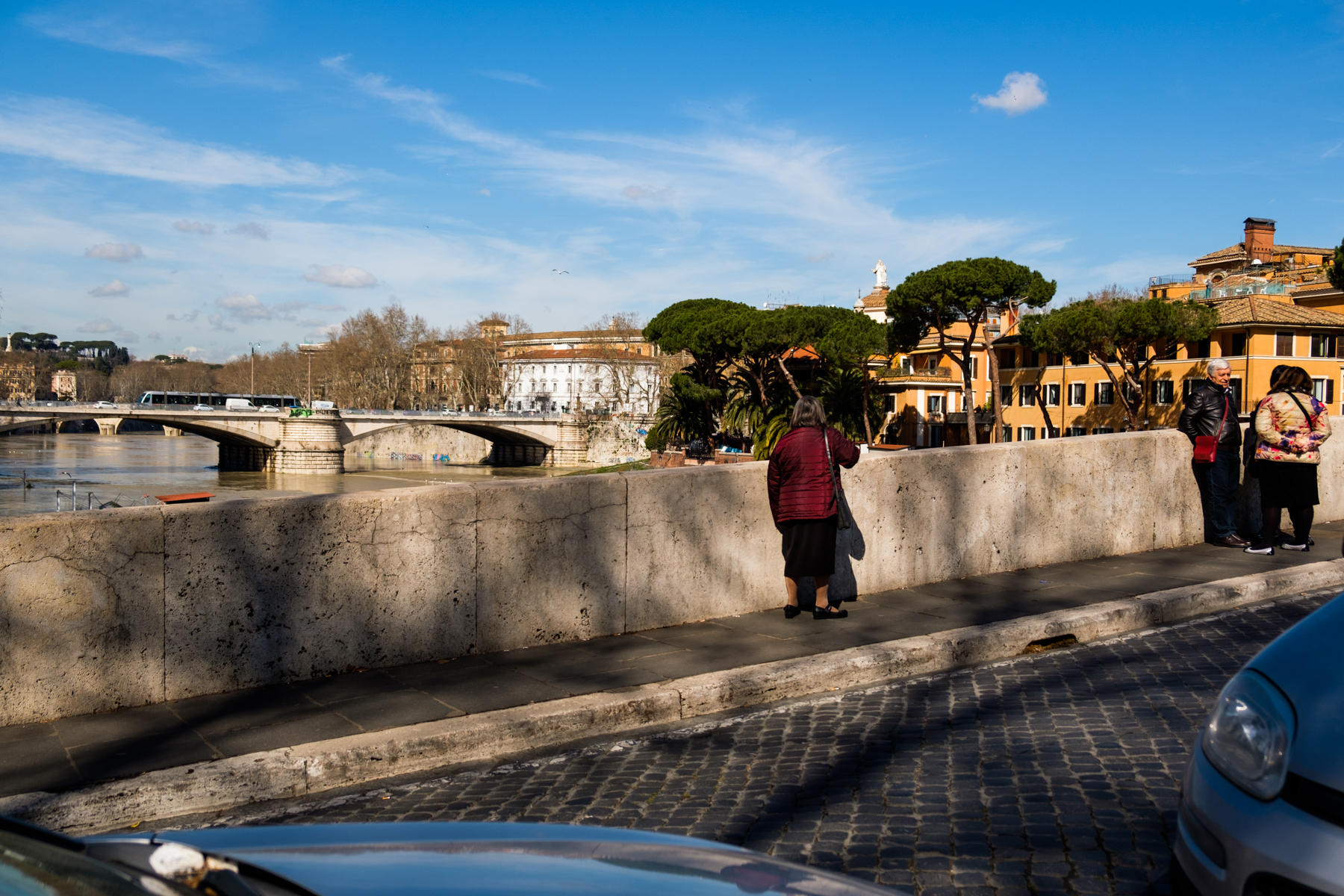
Crossing Ponte Cesito. There’s a few bridges that connect Trastevere to the other neighborhoods of Rome and this one connects via a small island in the Tiber.

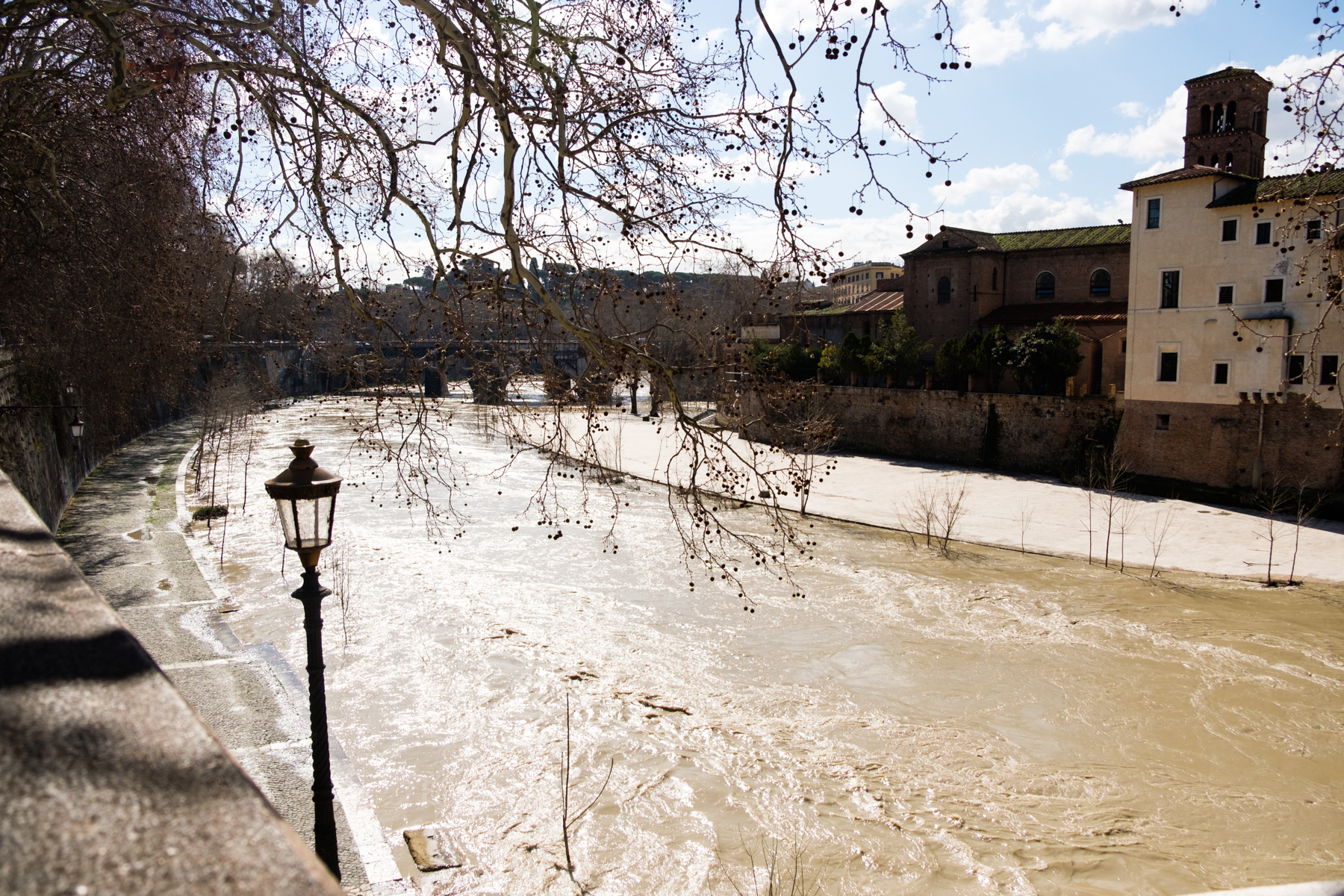
It really is a small island ha, a quick walk and we were across to the other side.

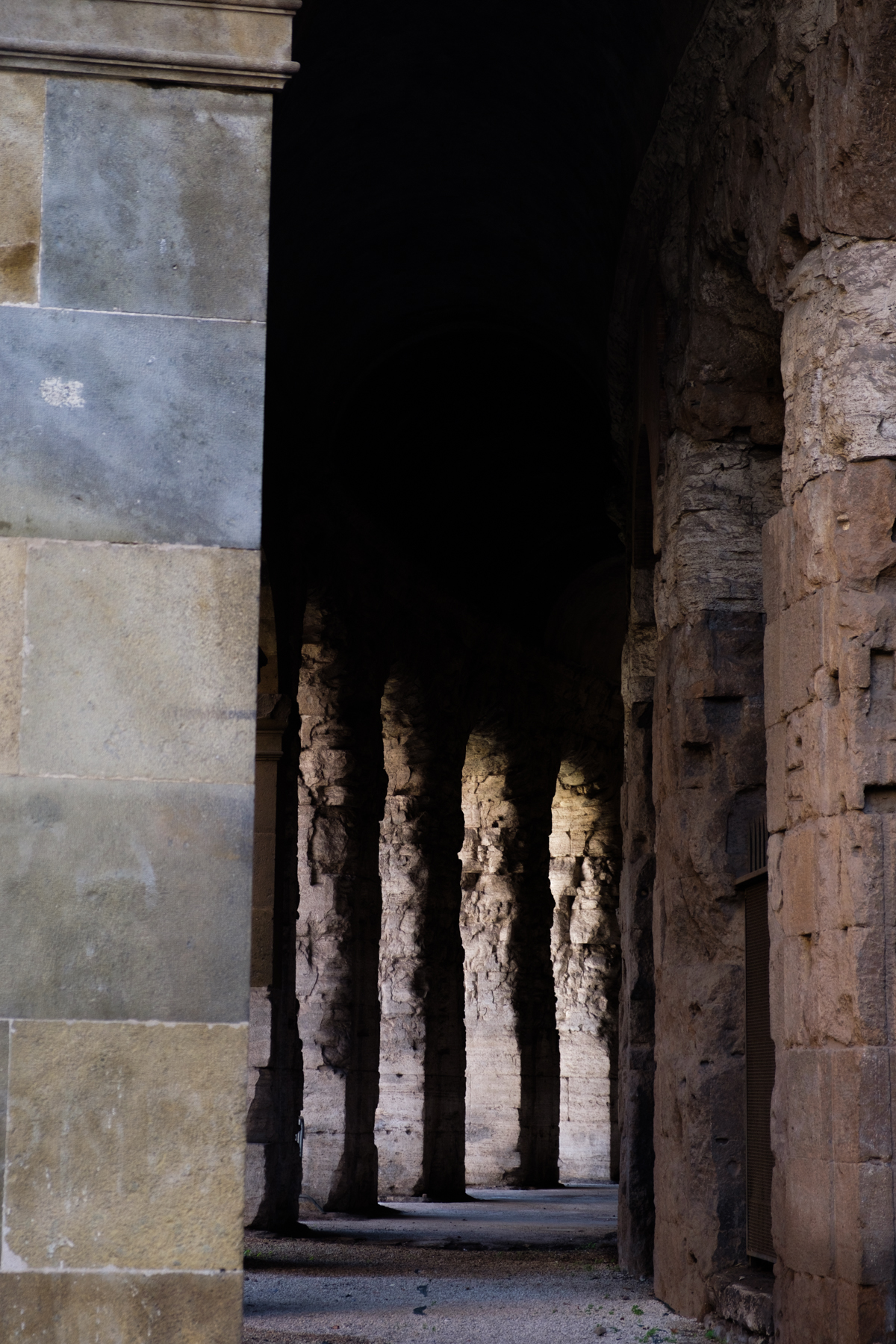
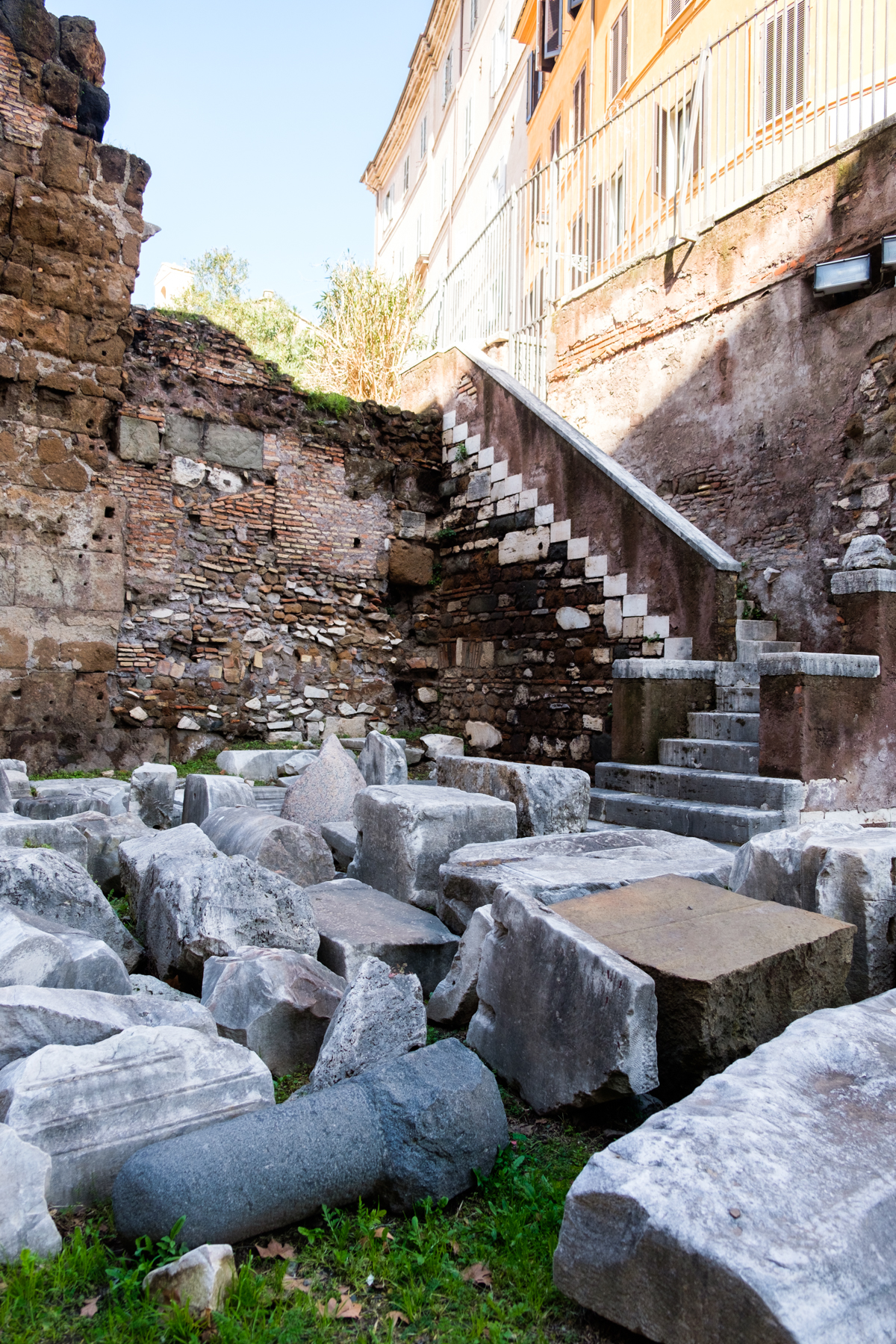
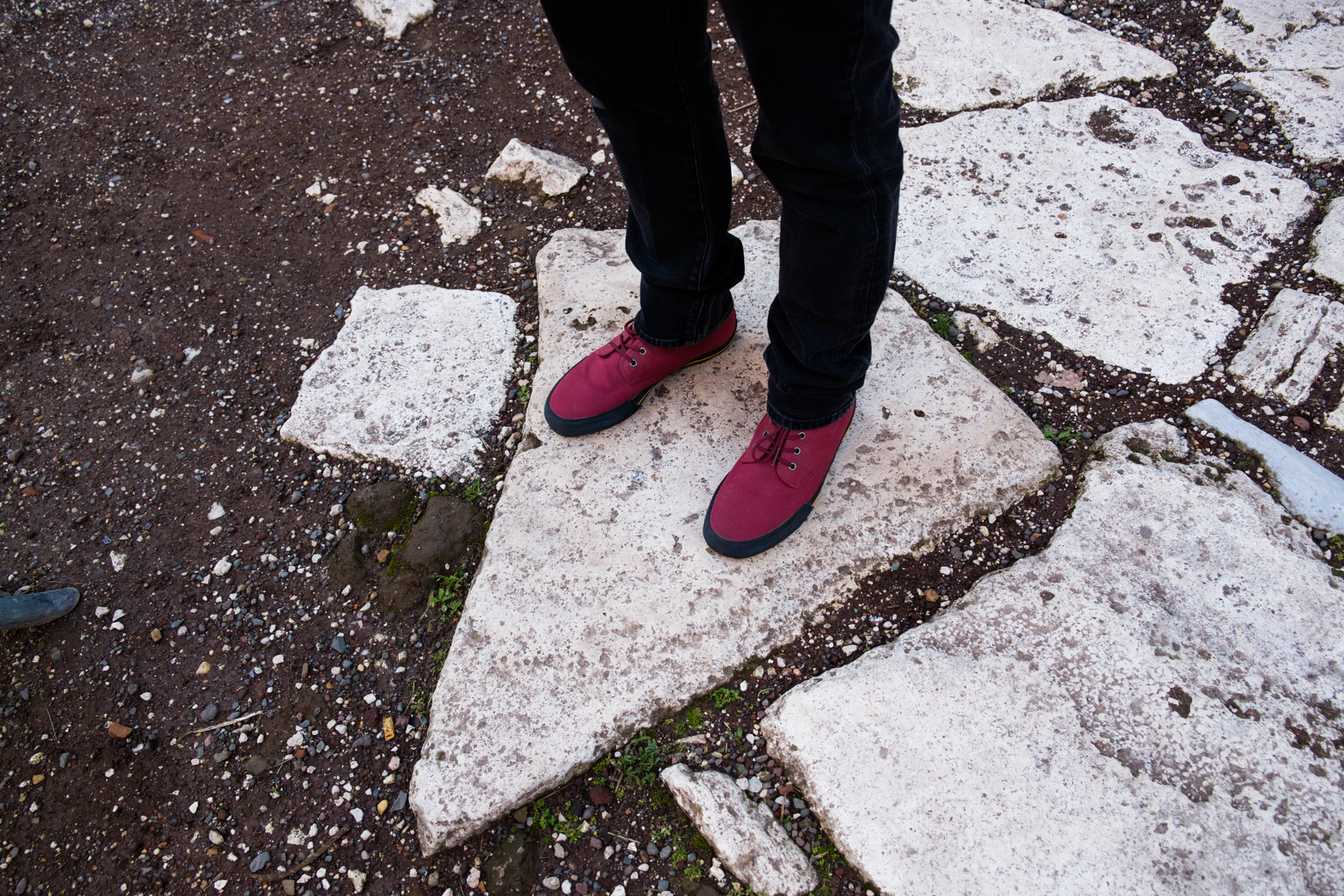
Immediately we found ourselves on the remains of an ancient walkway build in the 2nd century BC to connect two Roman temples.

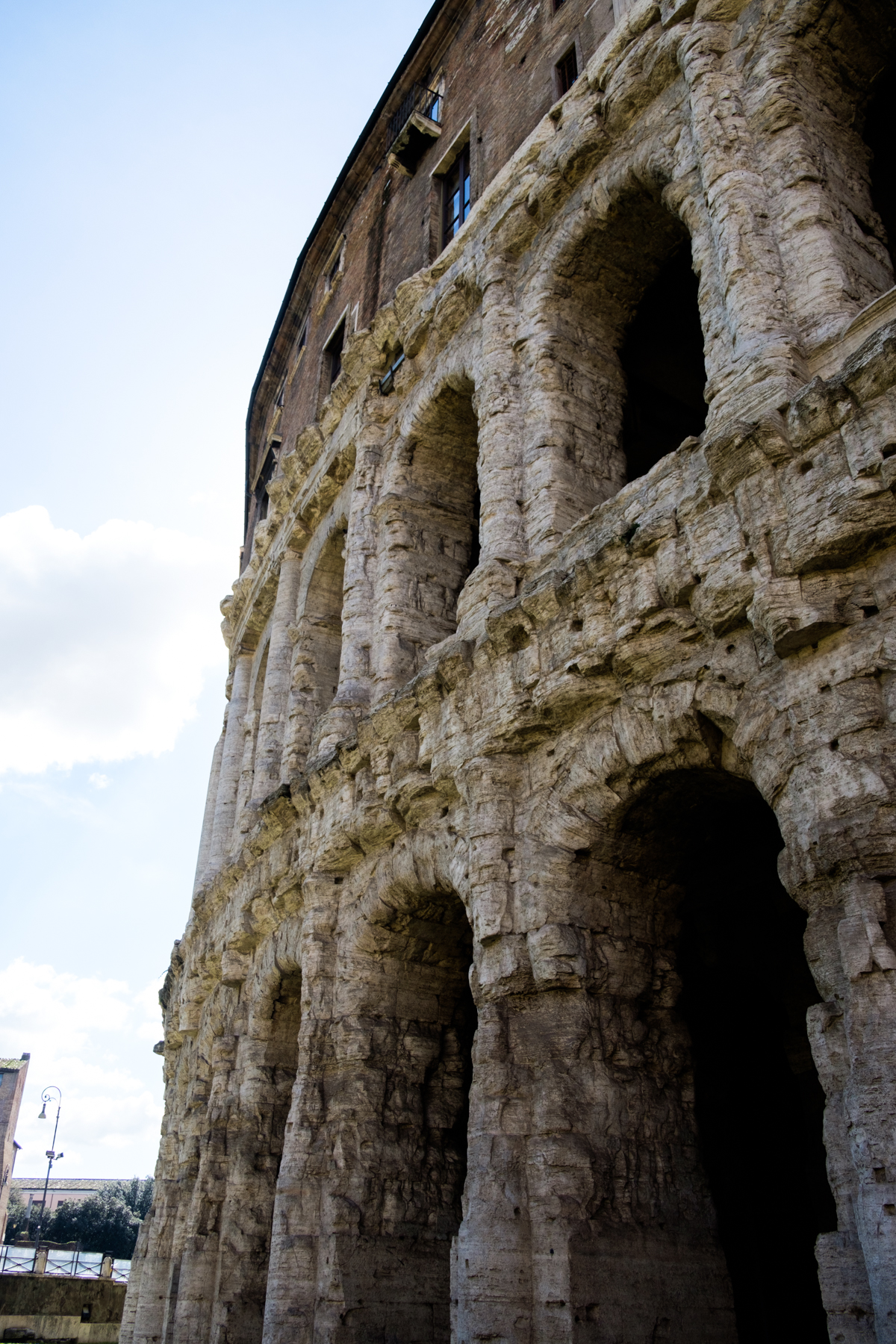
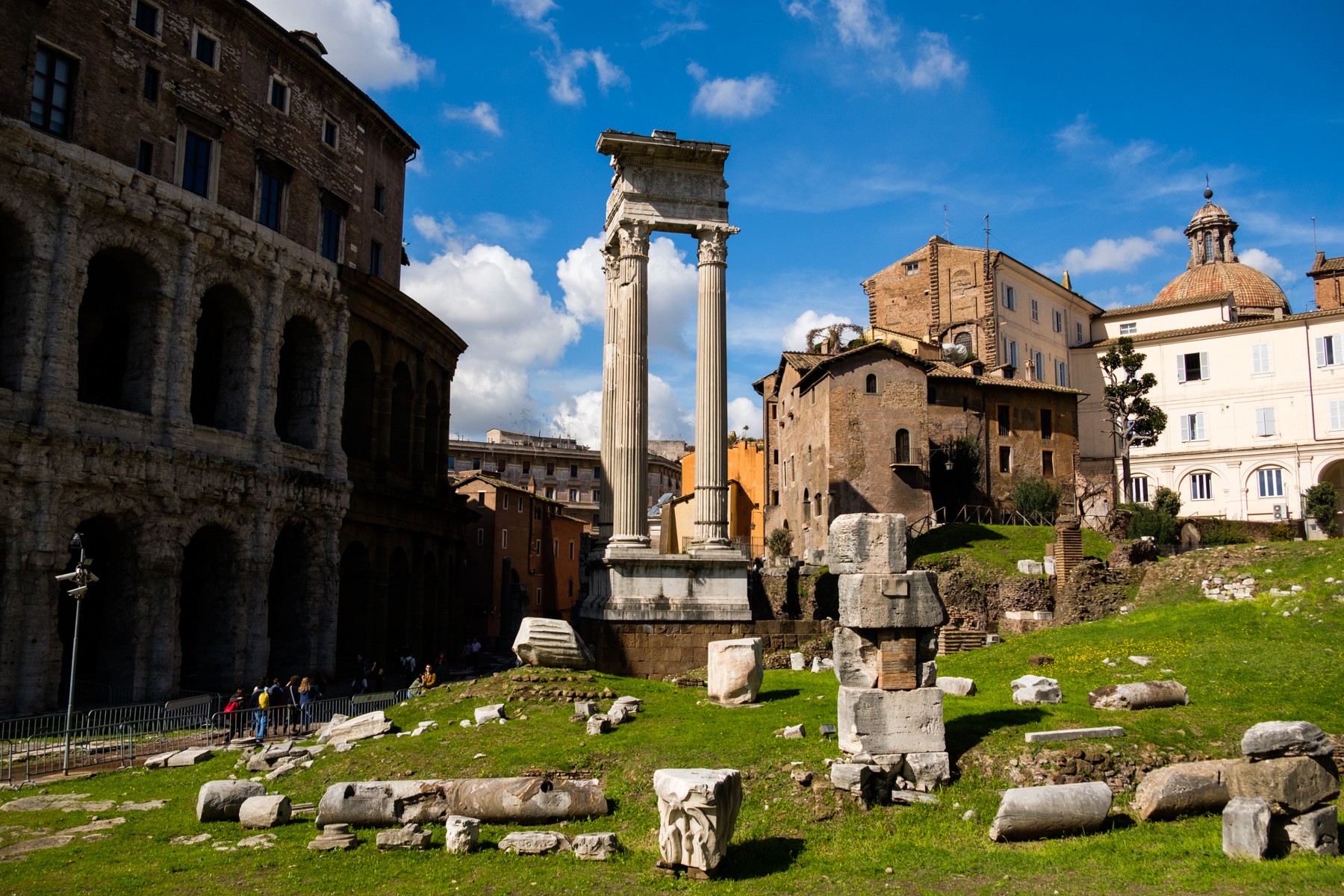
The remains of the Temple of Apollo Sosiano
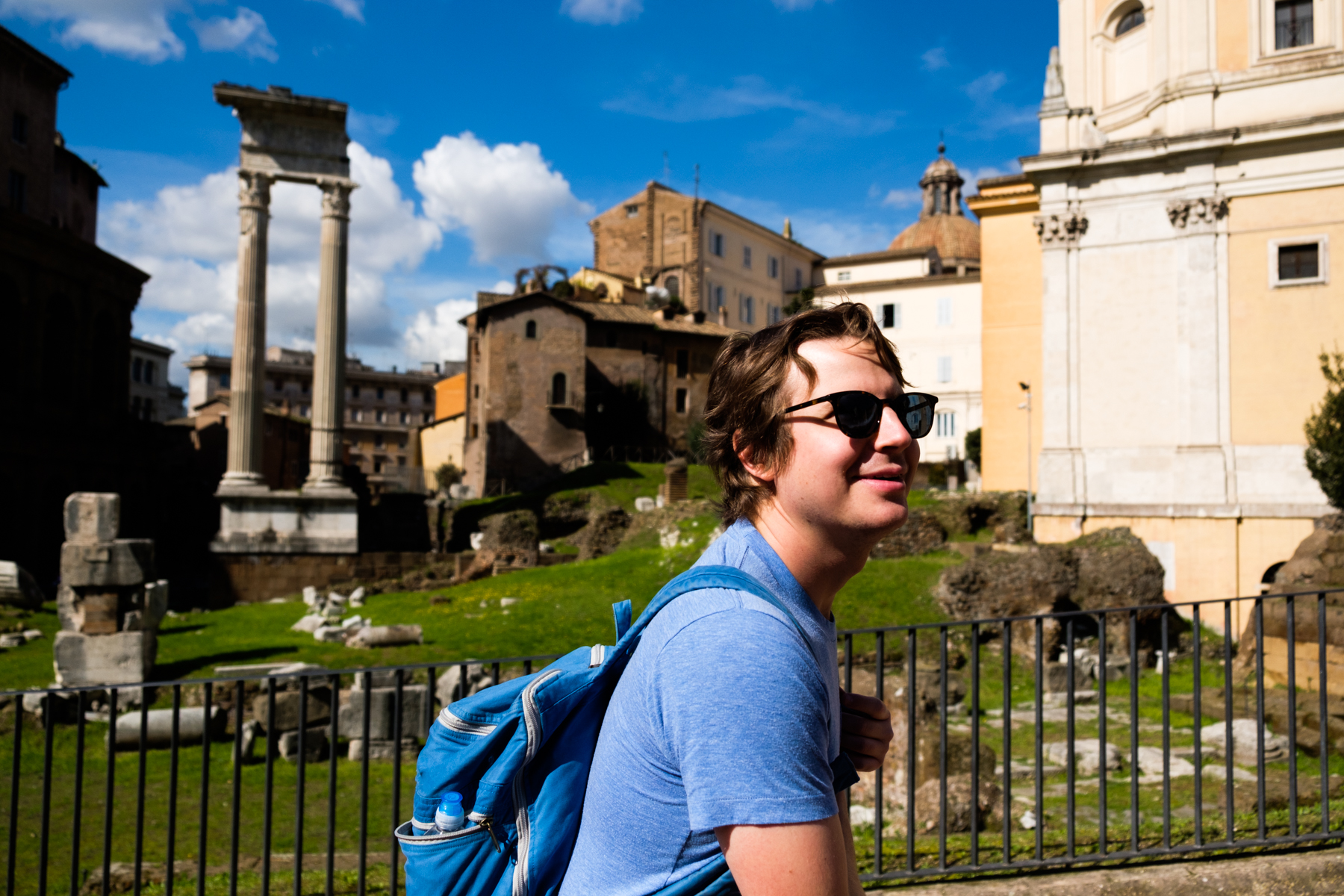

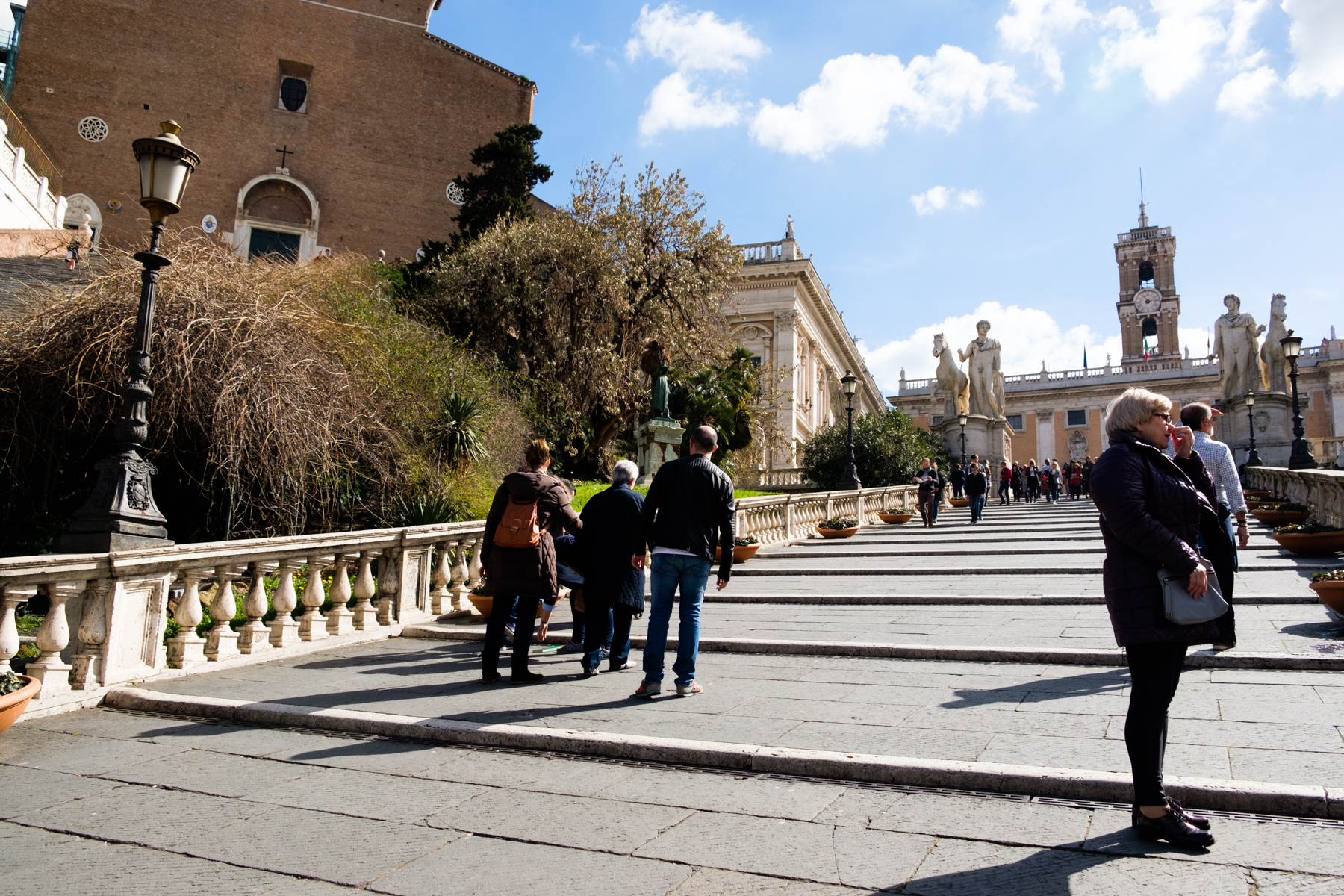
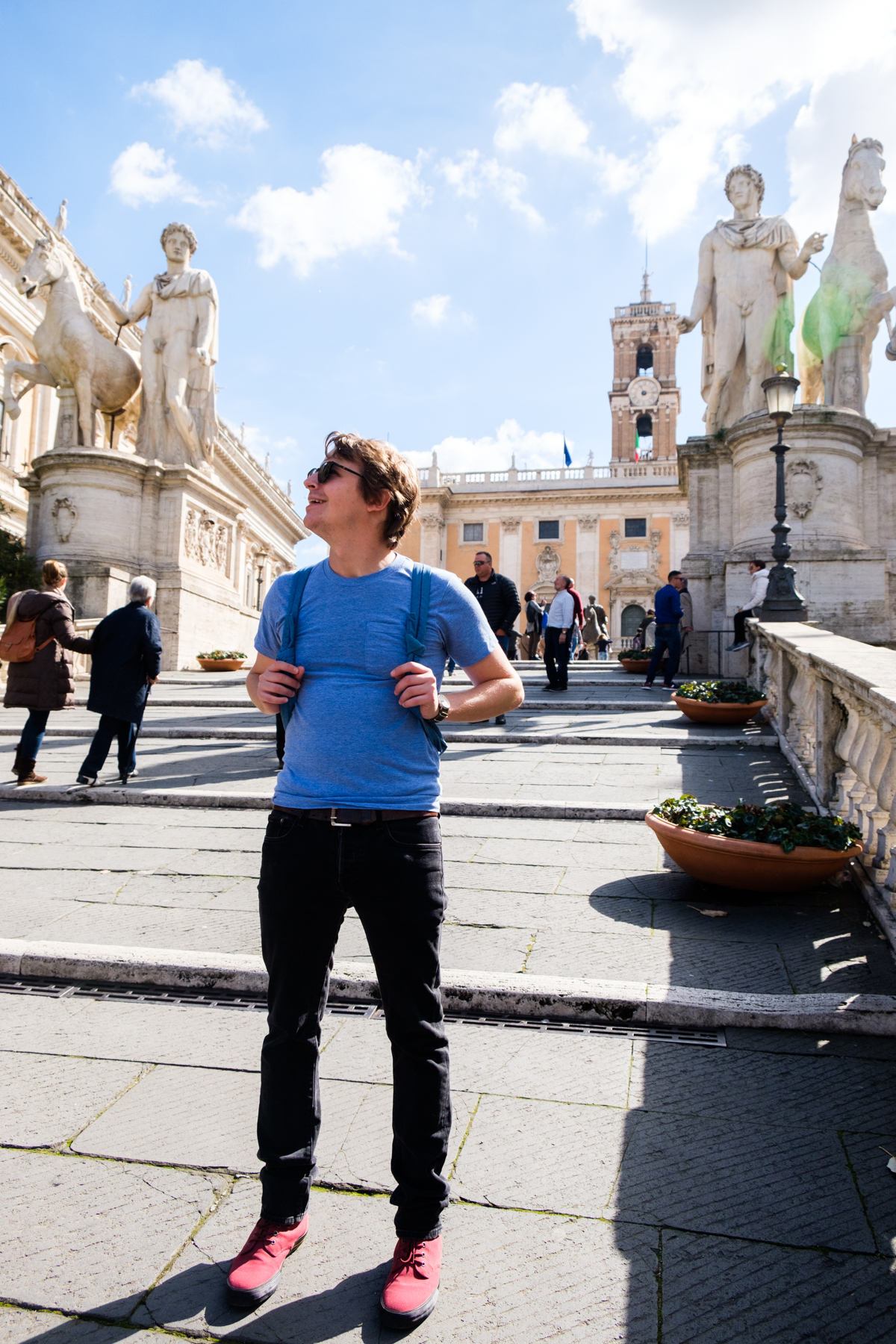
We continued making our way toward the ancient city. We made it to Michelangelo’s Capitoline Steps that led up to Piazza del Campidoglio.
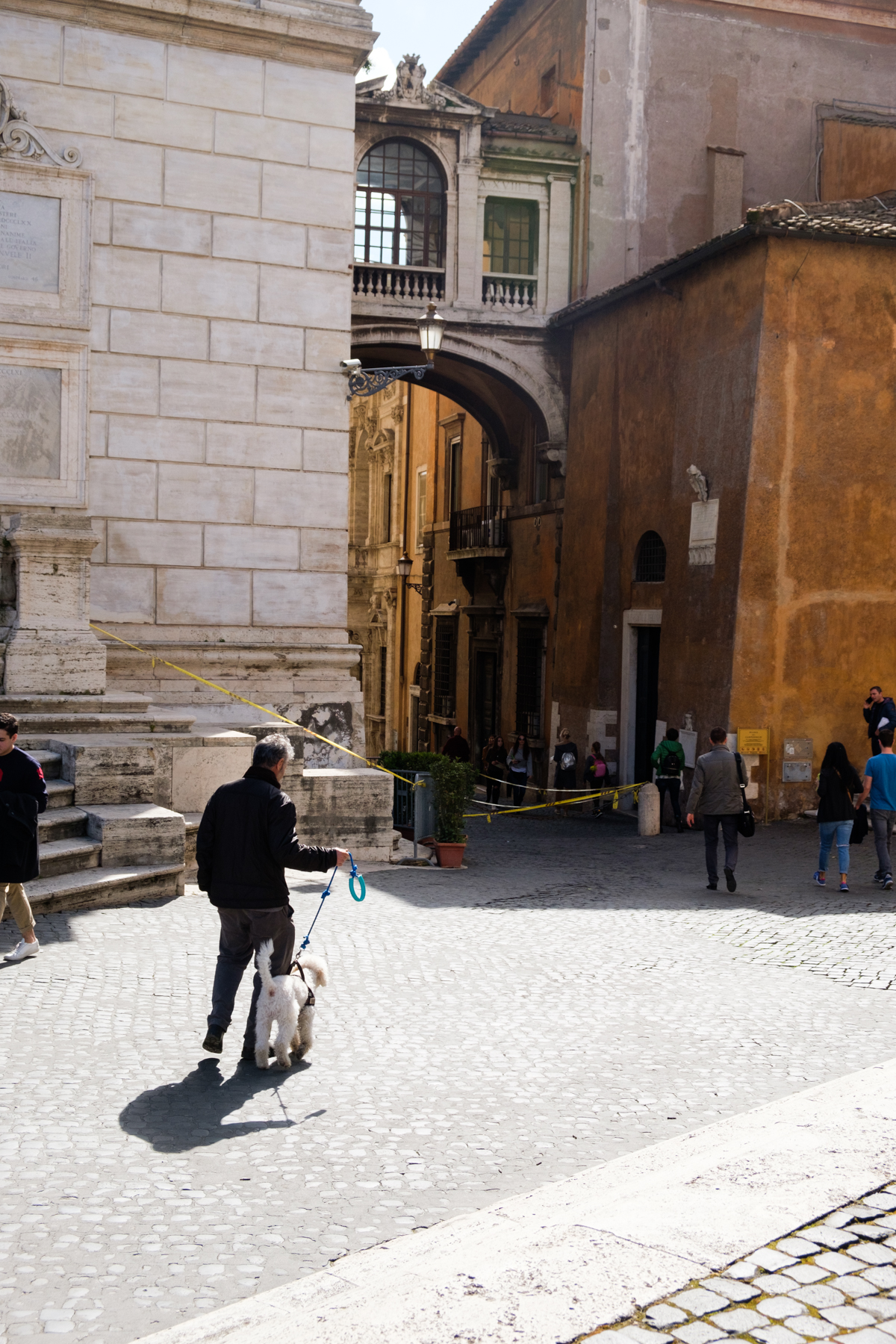

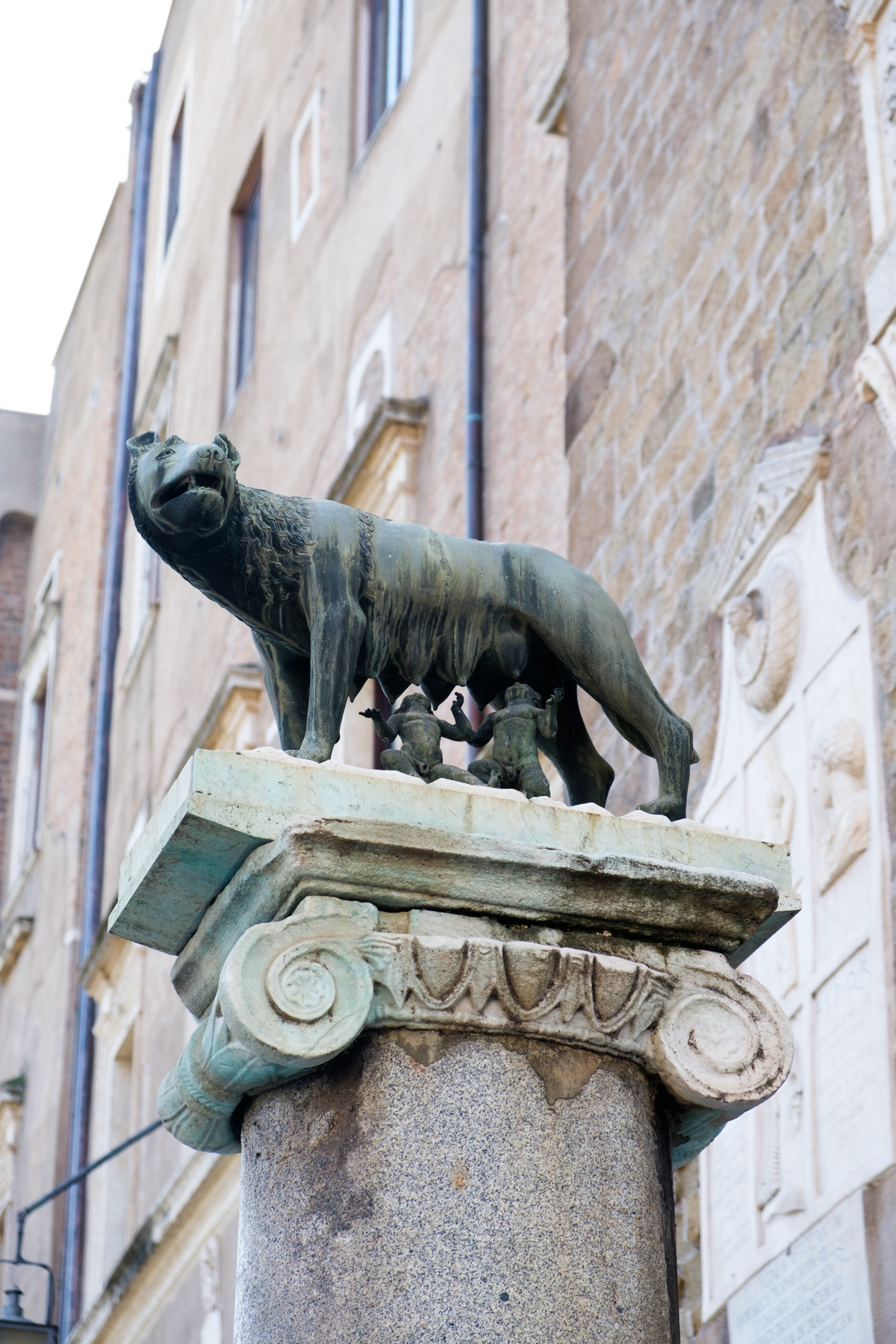
Up on Capitoline Hill, another place in the city with a rich history. Well, I guess every inch of Rome has a rich history haha. This is one of the Seven Hills of Rome. At first this hill was dedicated to the god Saturn and a temple was built to honor Jupiter. All these ancient ruins were covered by medieval and Renaissance palaces and architecture. These buildings are now the Capitoline Museums. The piazza itself was designed by Michelangelo who had an interesting challenge of designing the space to feel balanced when it was infact sloped and trapezoidal in shape.
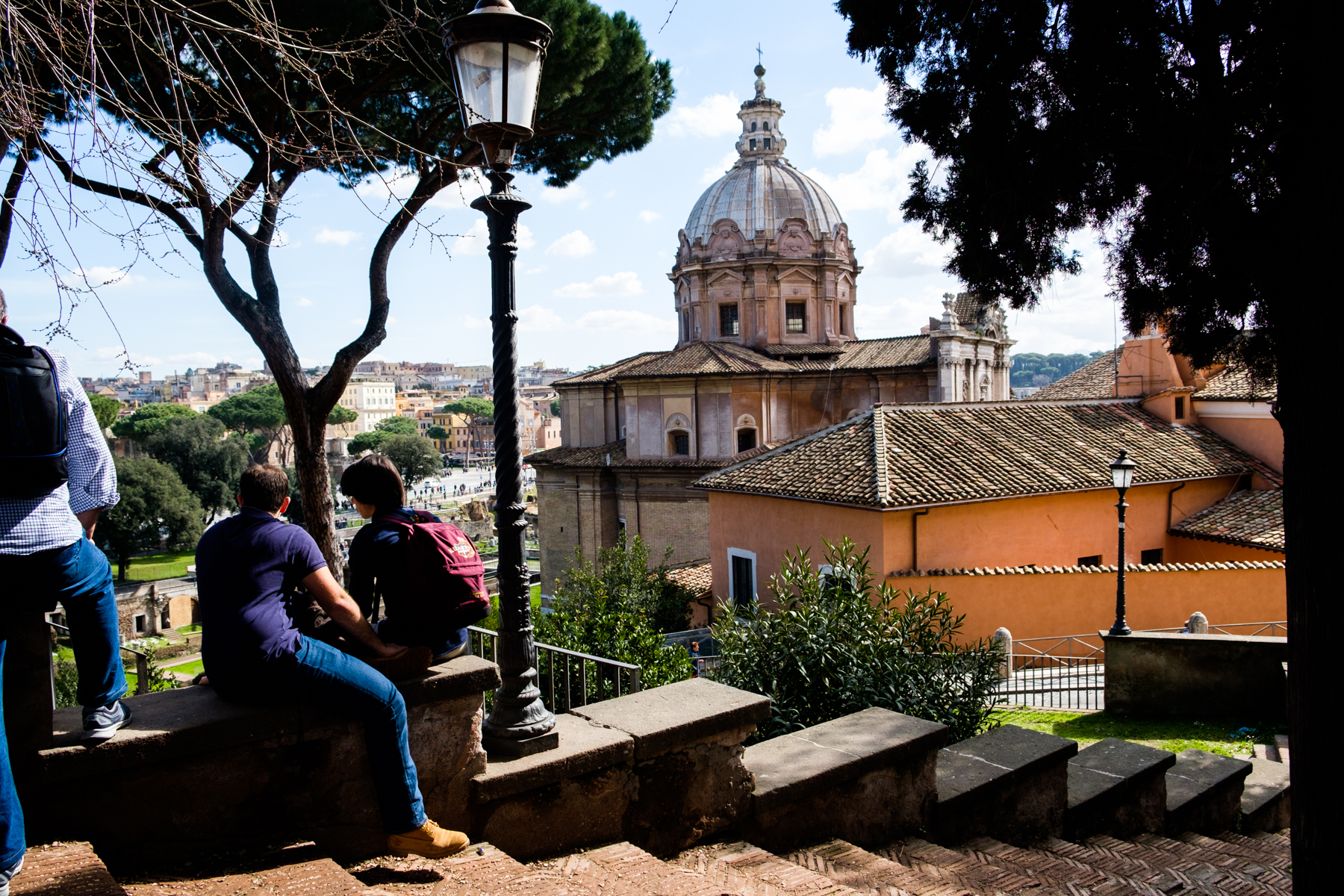
We’ll be back to this area later in the day, but first Zach really wanted to get over to the Colosseum and work our way down through the Forum and back up to Capitoline hill.

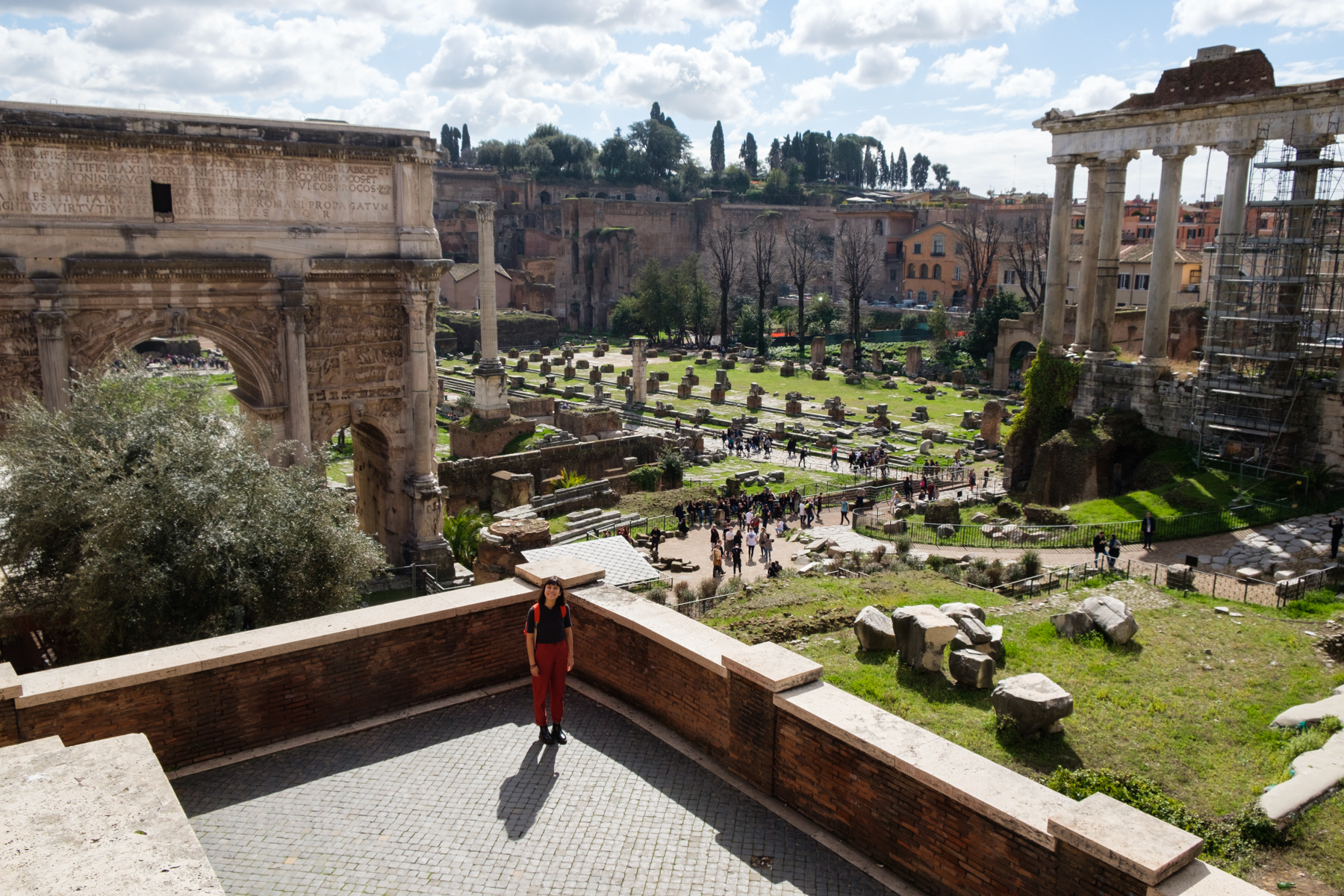
Sneak peek of the Forum on our way to the Colosseum.
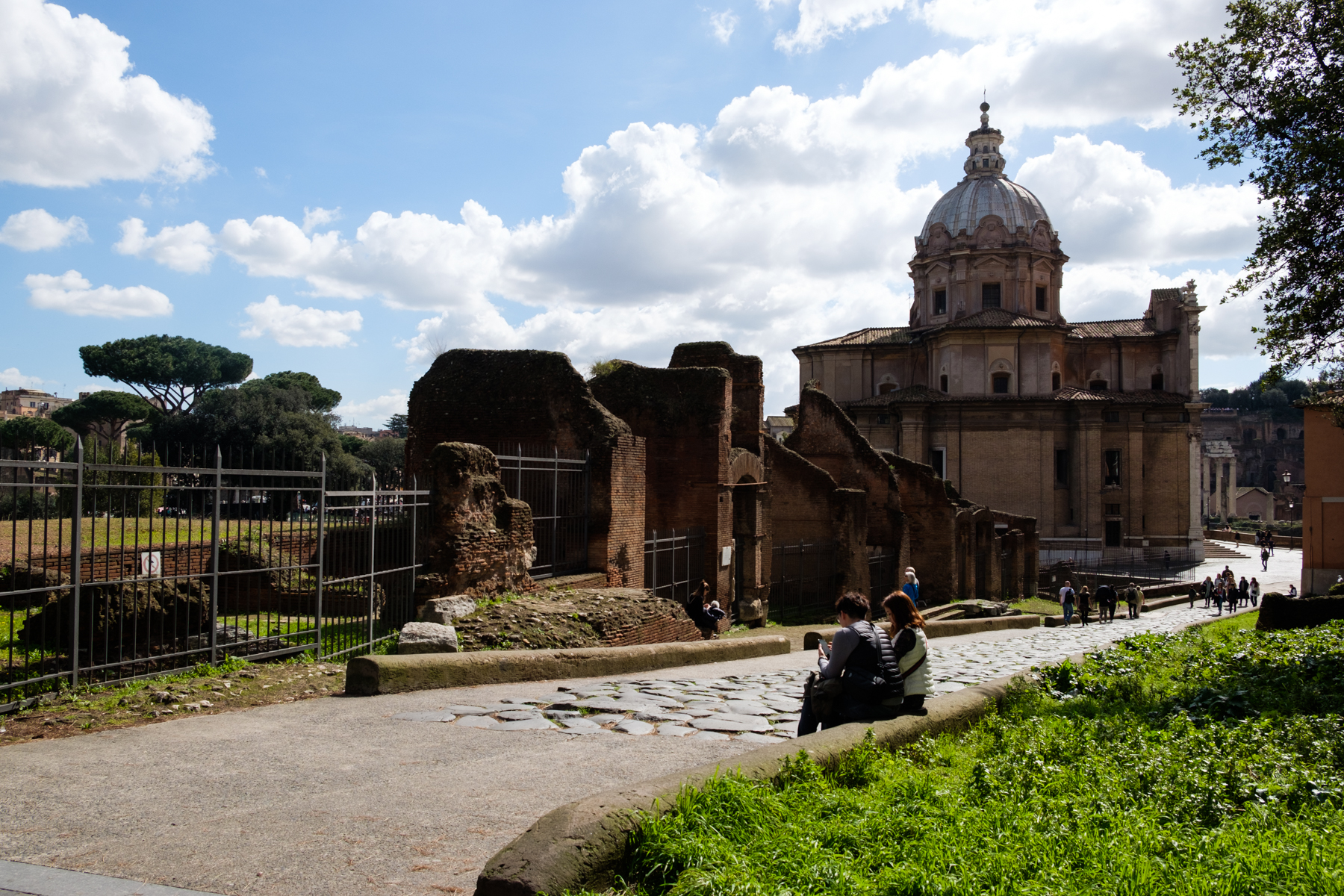
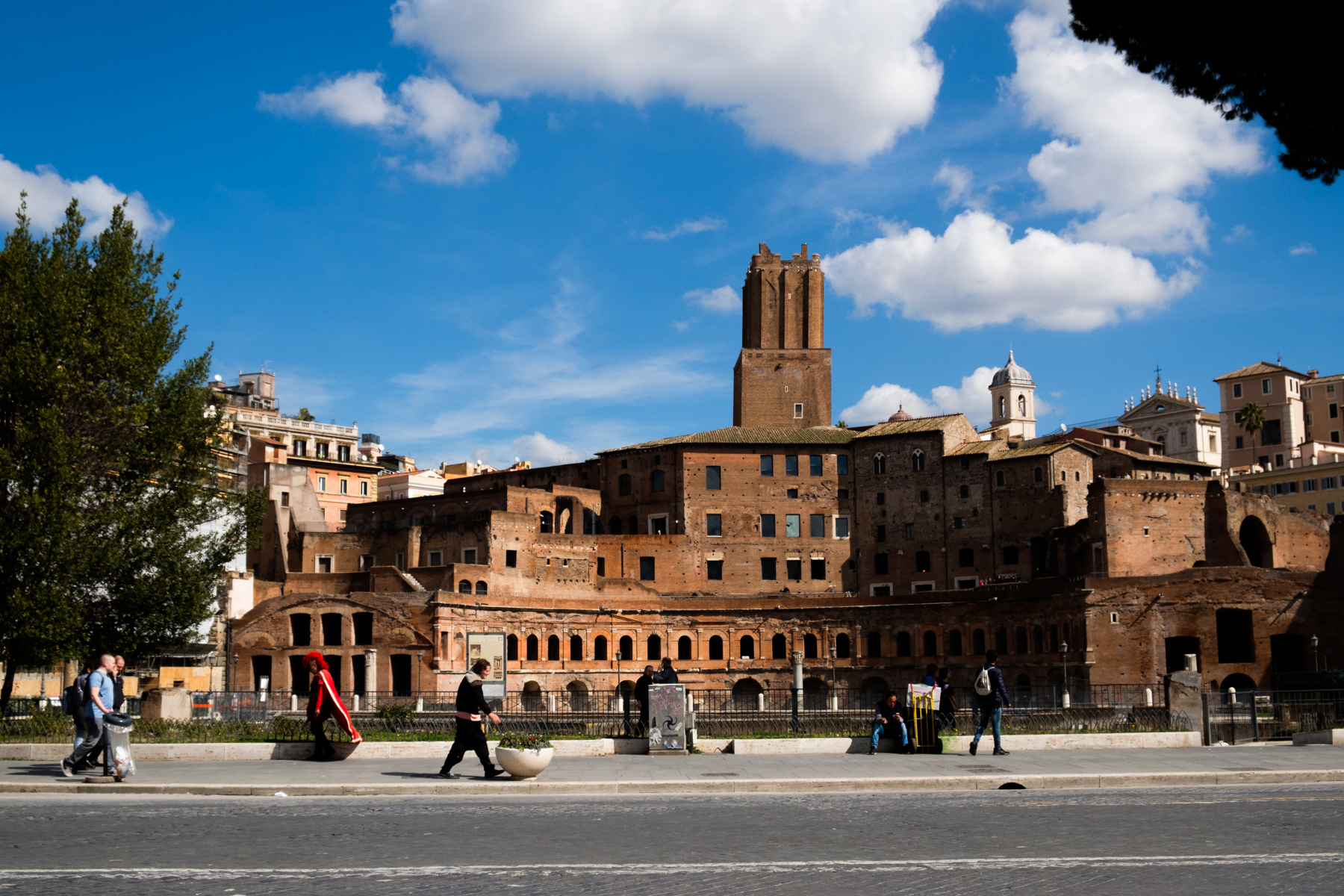
Making our way down Via dei Fori Imperiali. On one side the Roman Forum, on the other the Foro di Augusto, Hall of Colossus, Arco dei Pantani and more. There were also a lot of street performers and huge groups of tourists making their way to and from the ancient sites in the area.
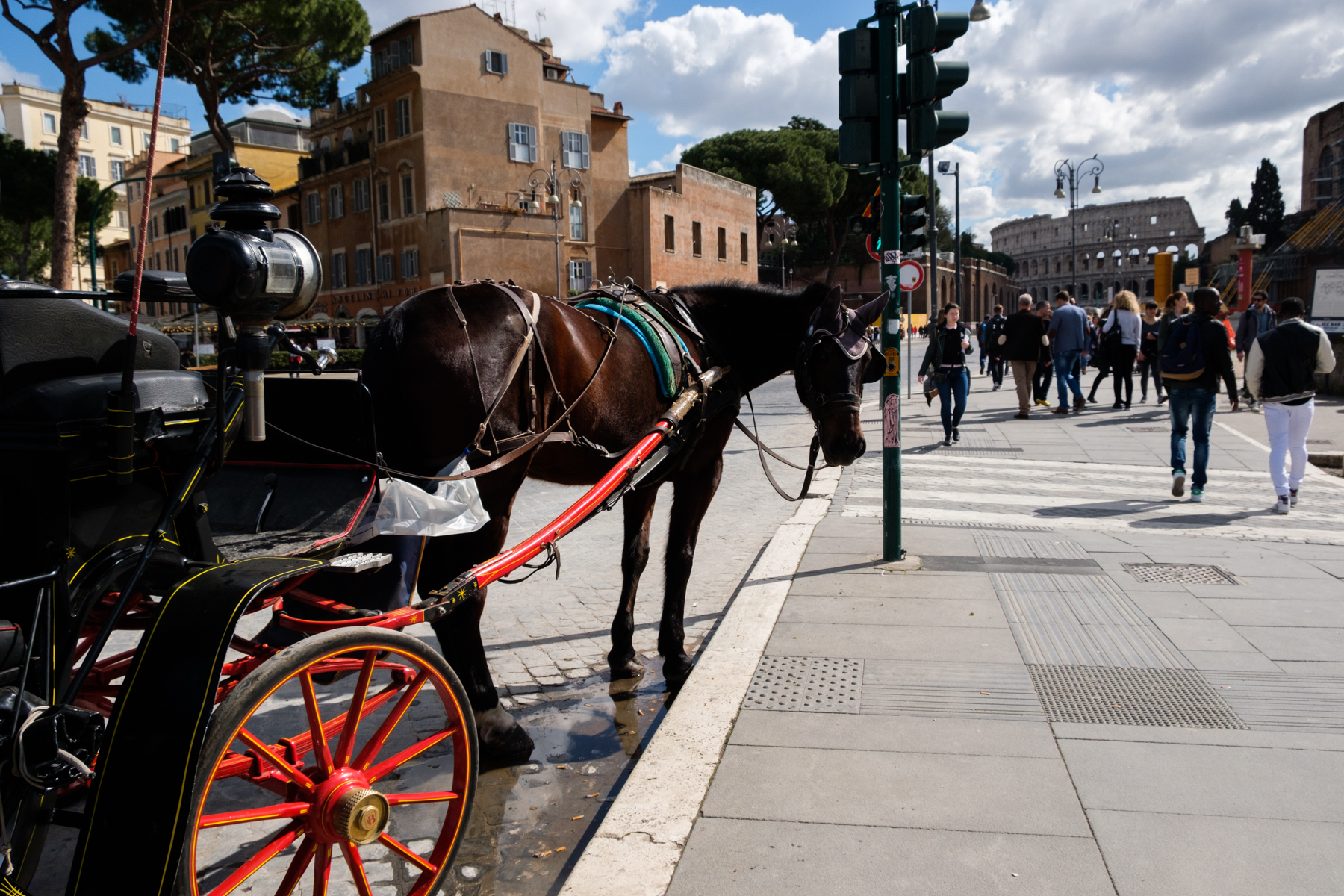
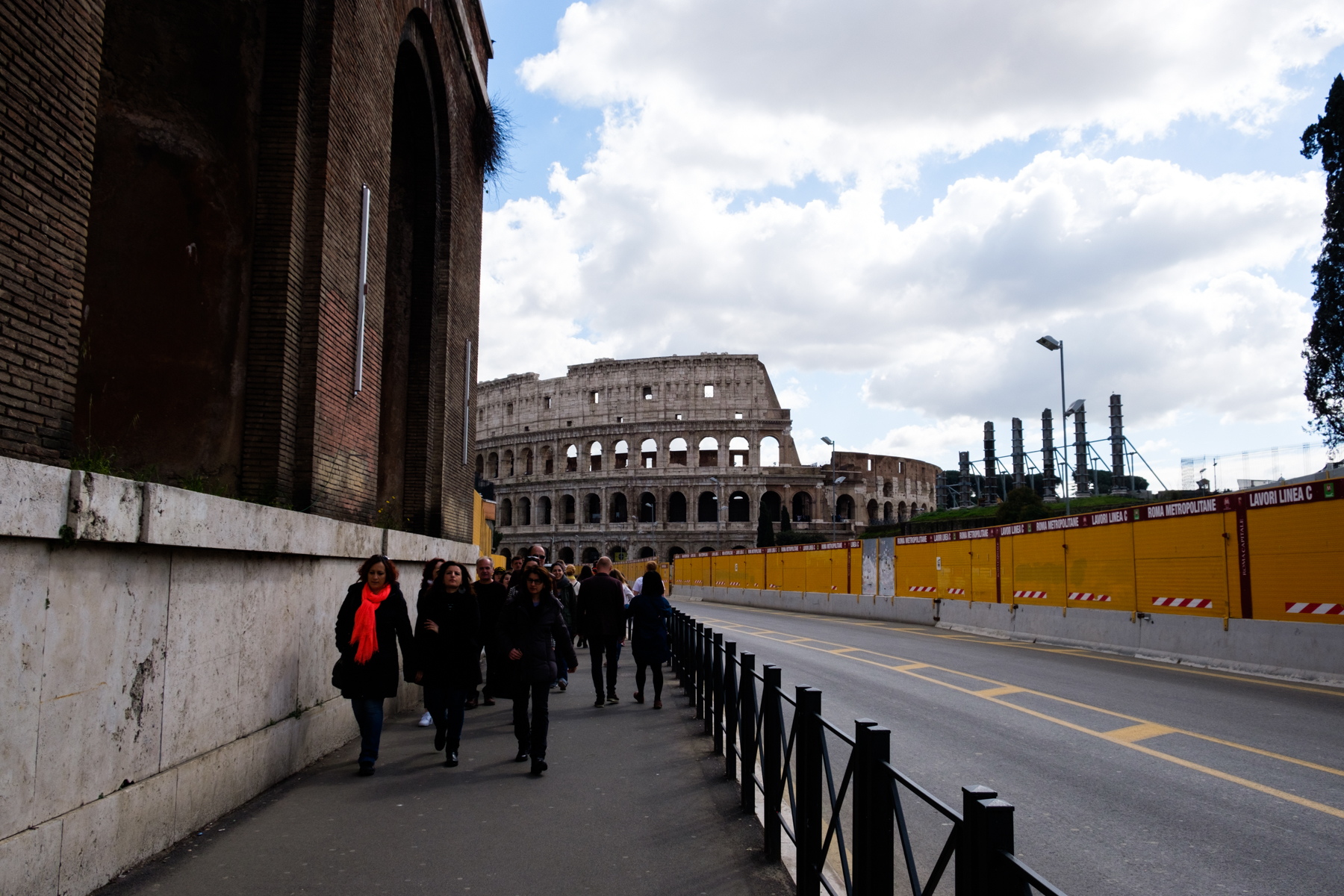
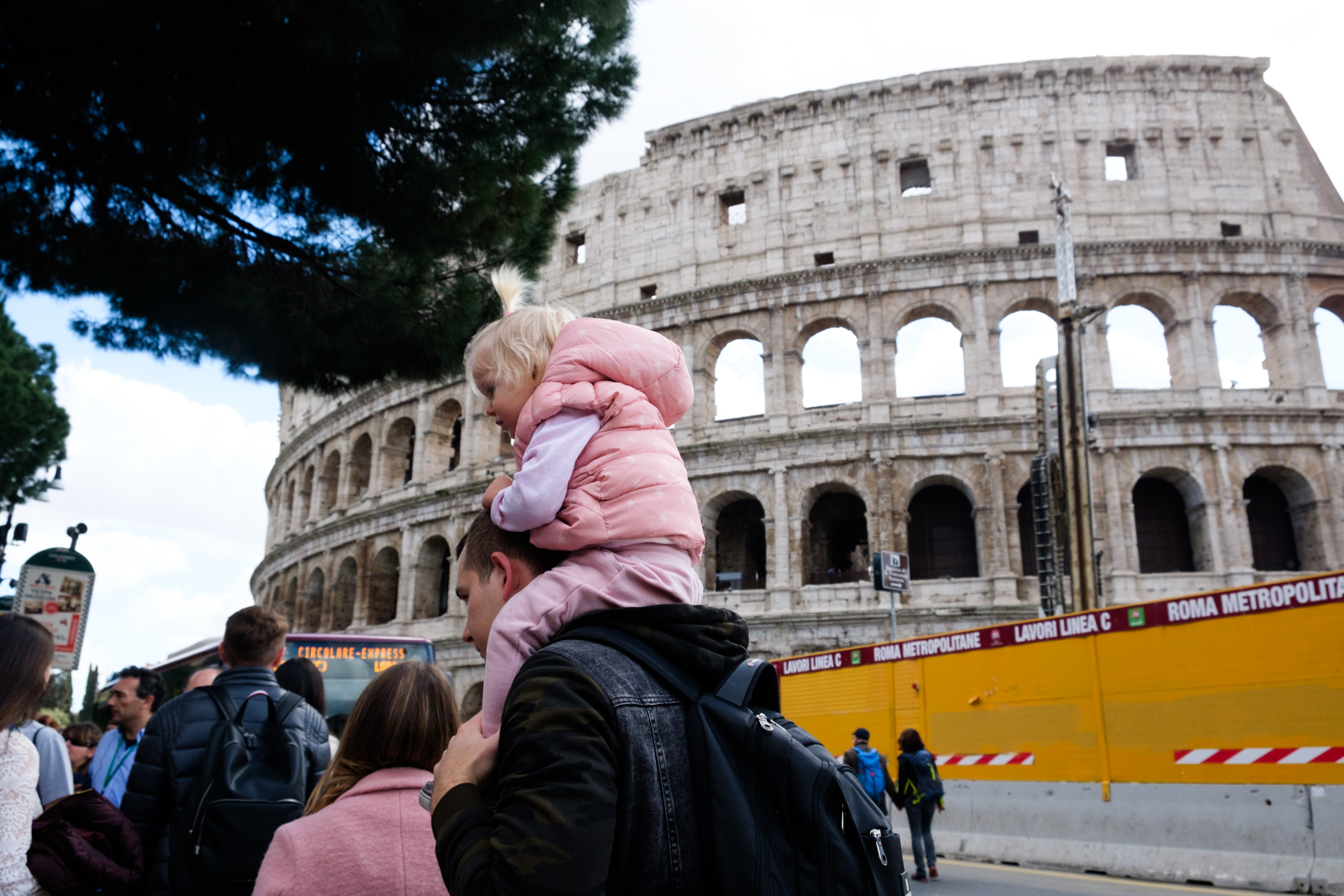
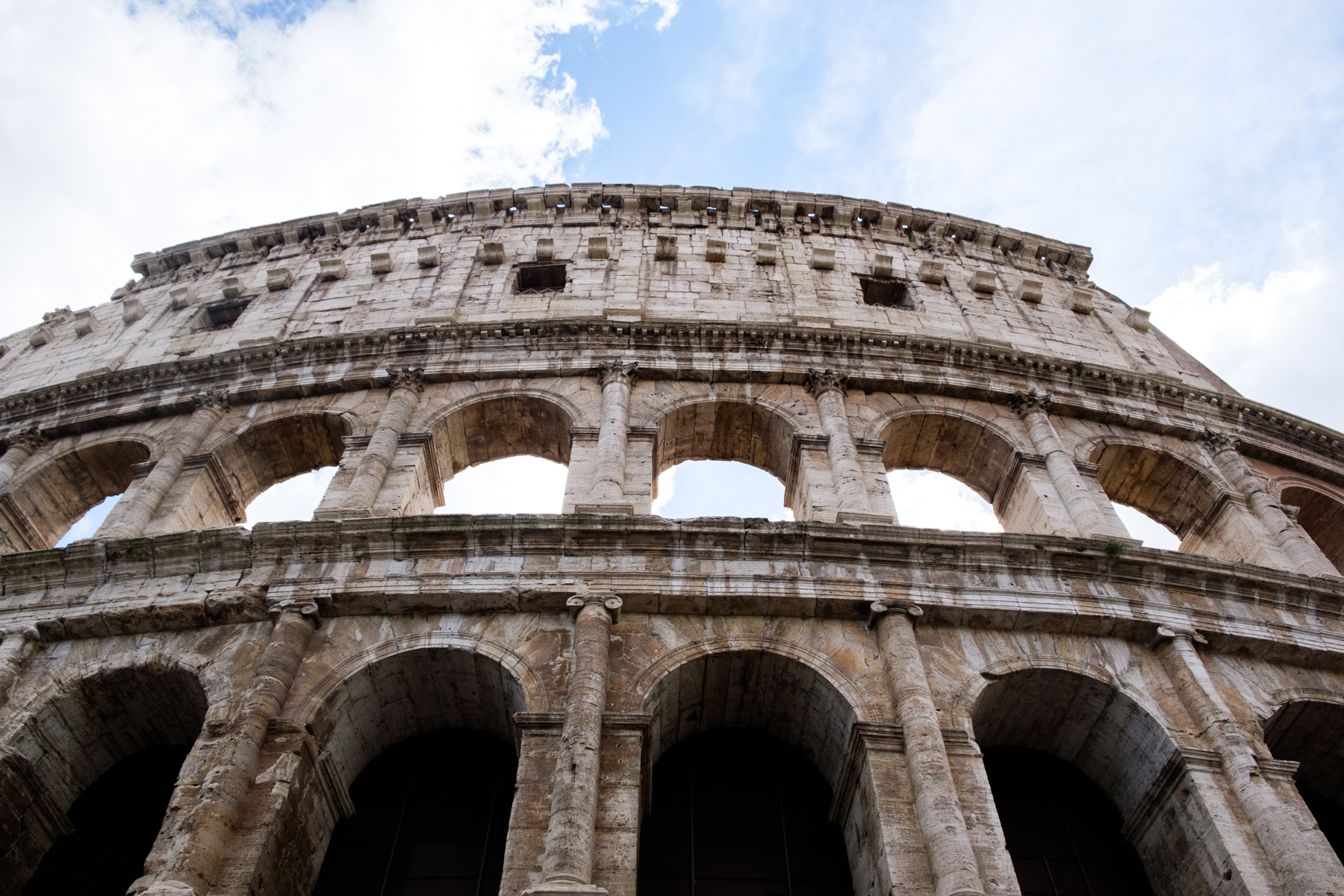
And we made it to the Colosseum! We skipped one of the lines because we had the Roma pass and entered another line…a slightly shorter one. You are funneled through security and bag checks and then through ticket checks. Then we found ourselves inside!
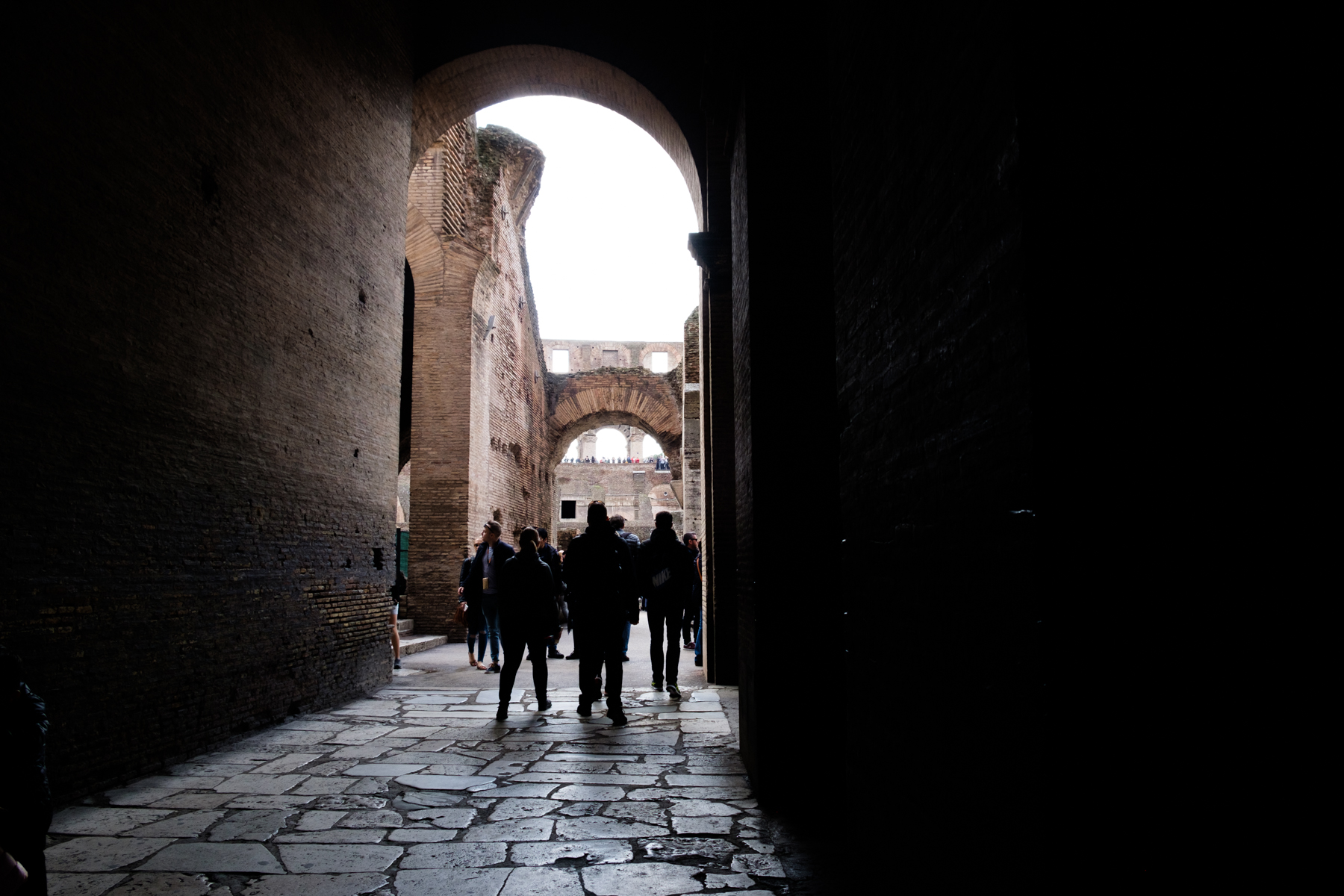
Before we arrived in Italy, we had downloaded the free Rick Steves’ Audio guide app and downloaded free audio guides of a few sites so we could save a little money on tours and audio guides.

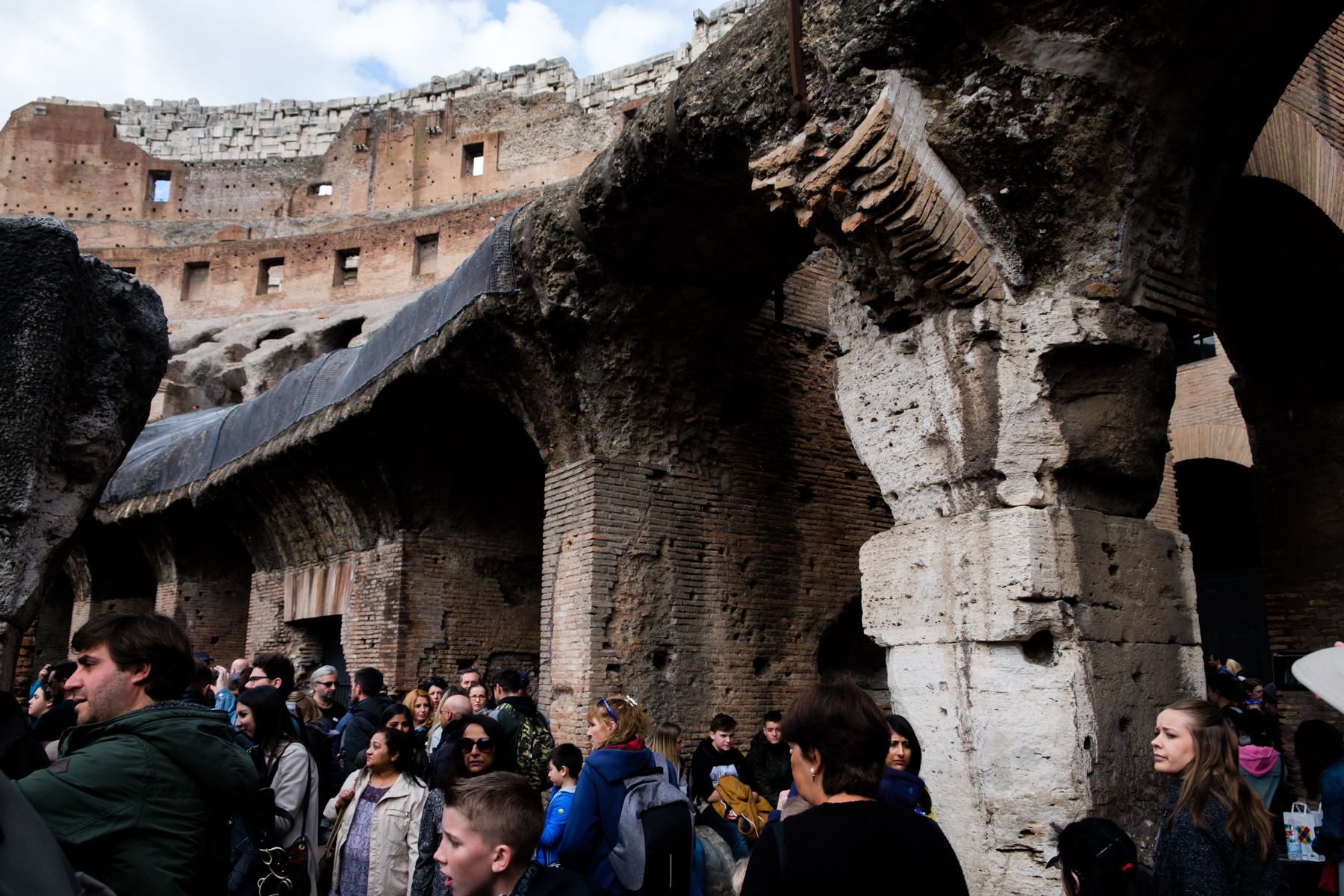
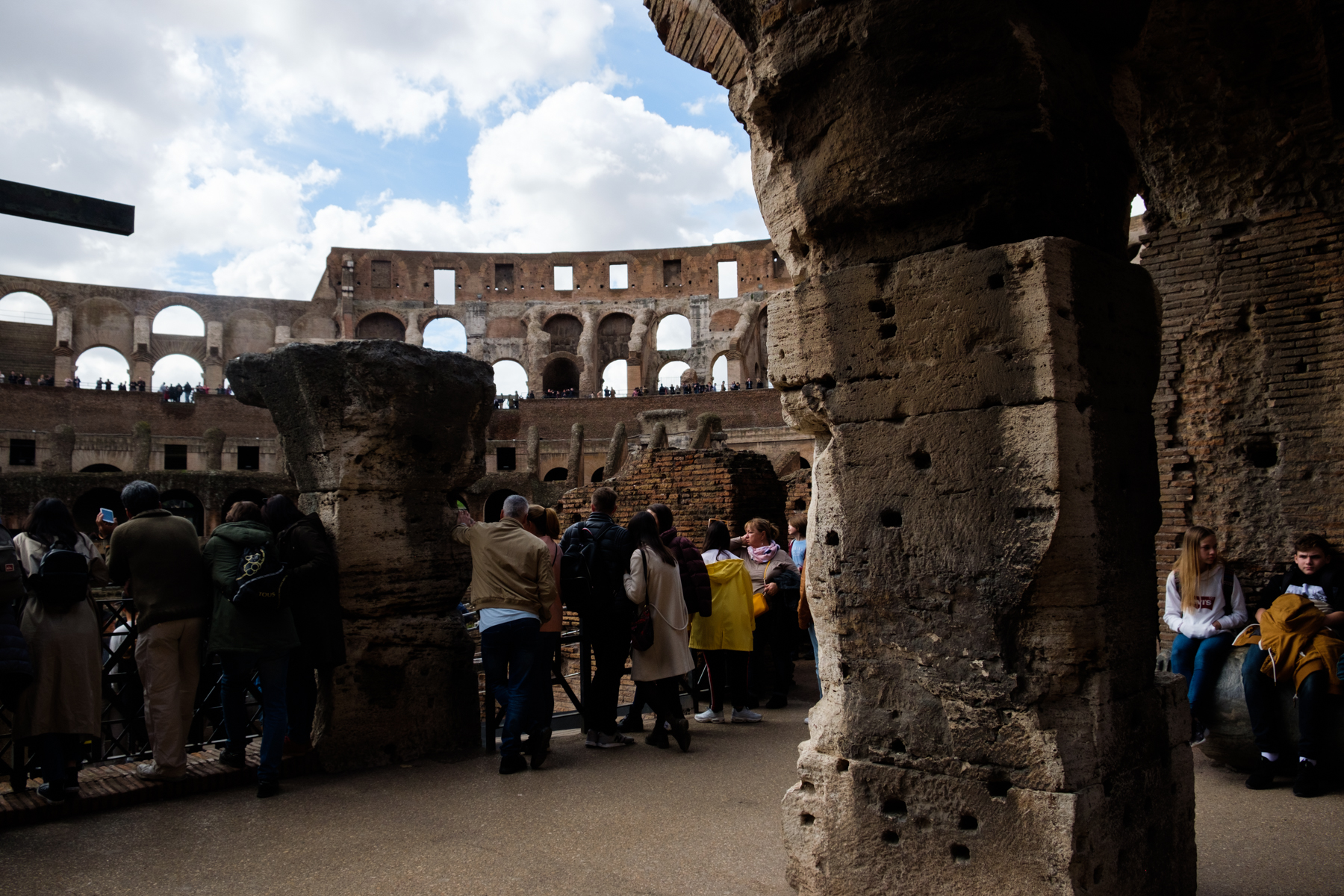

It was really crowded, we were happy to hang back and go at our own pacing with our *slightly nerdy* free pre-downloaded guides.
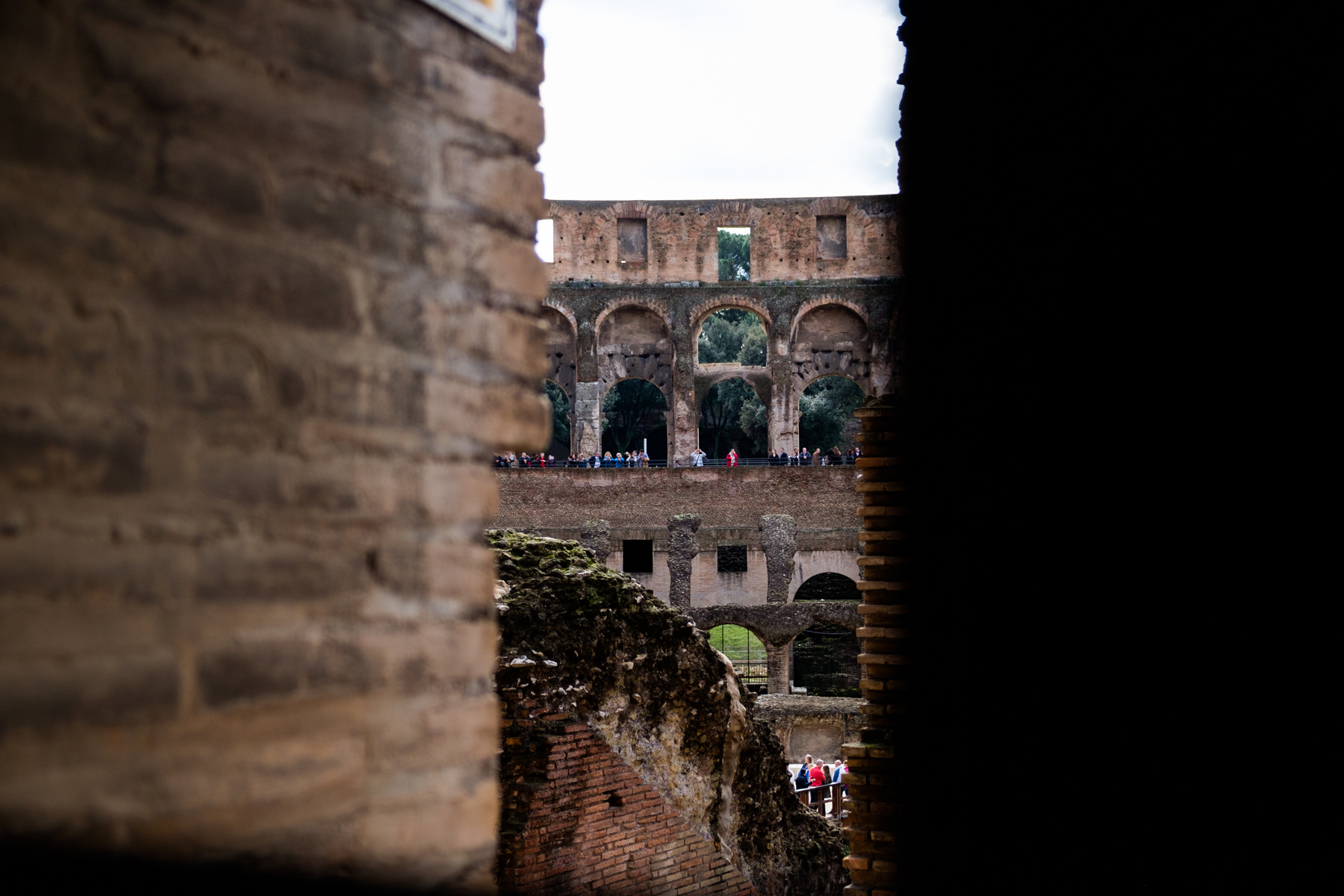

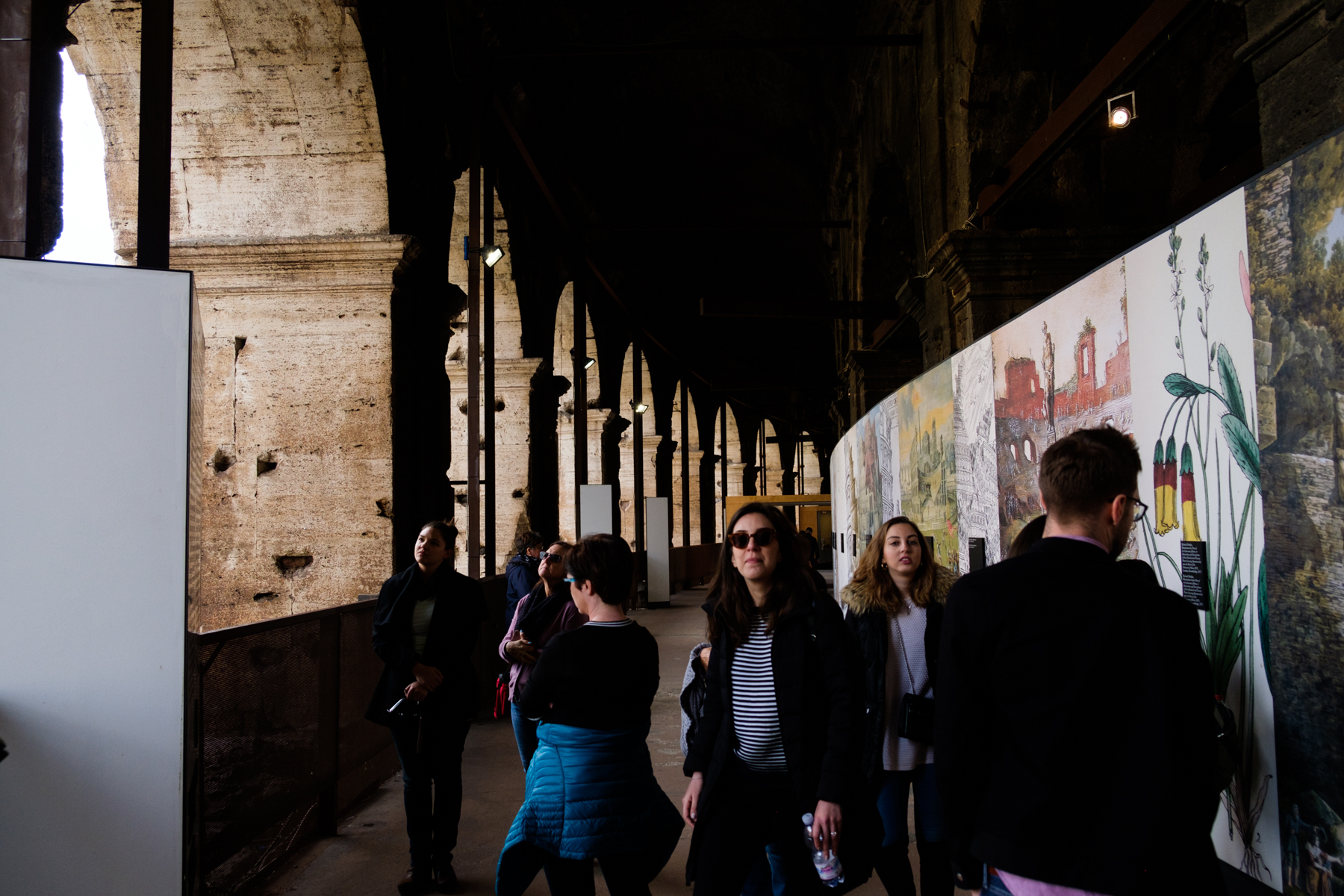
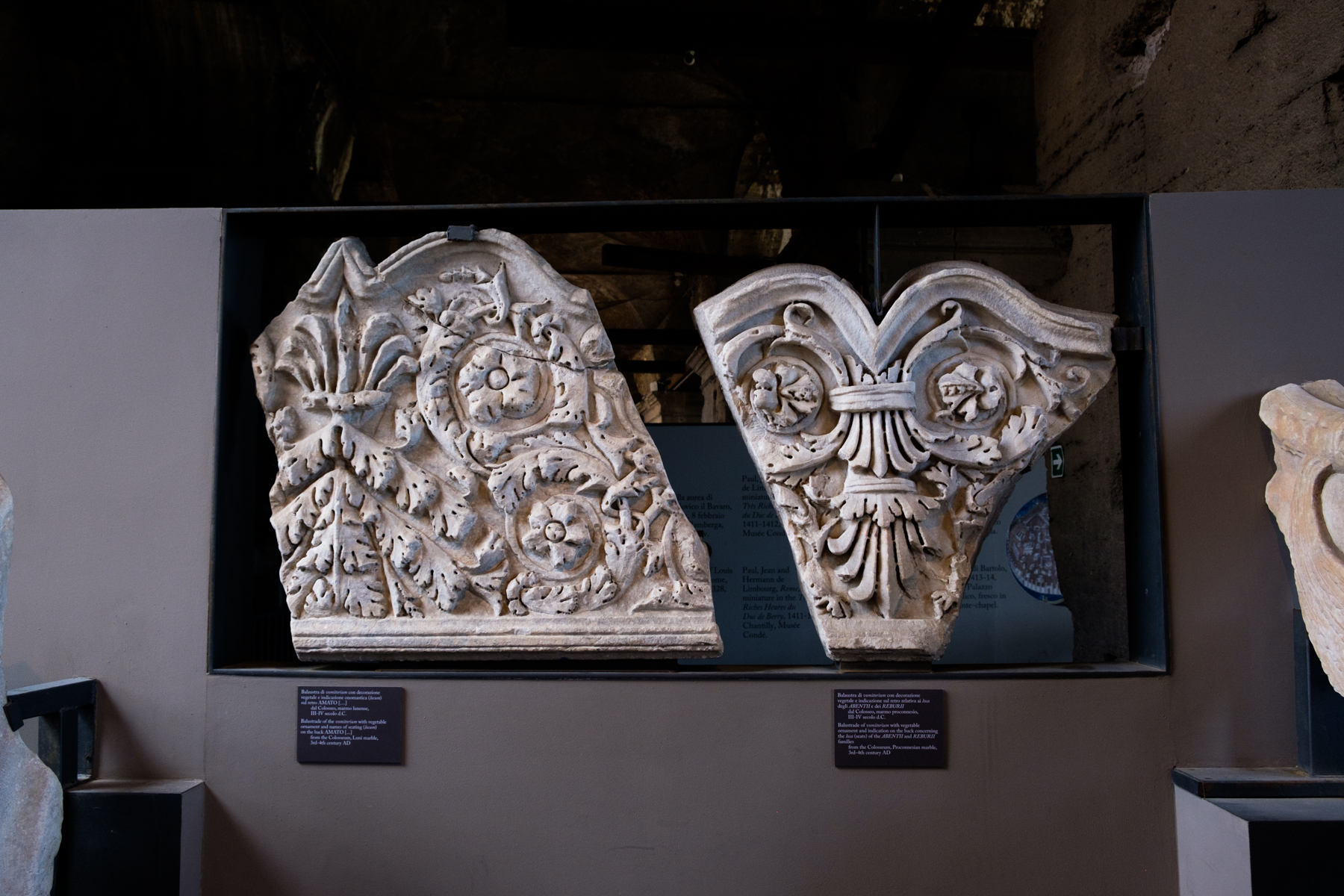
Without a special guided tour, you can visit two levels of the Coloseum. There’s also exhibits that showcase some of the detailed marble and travertine work that once decorated the entire building.
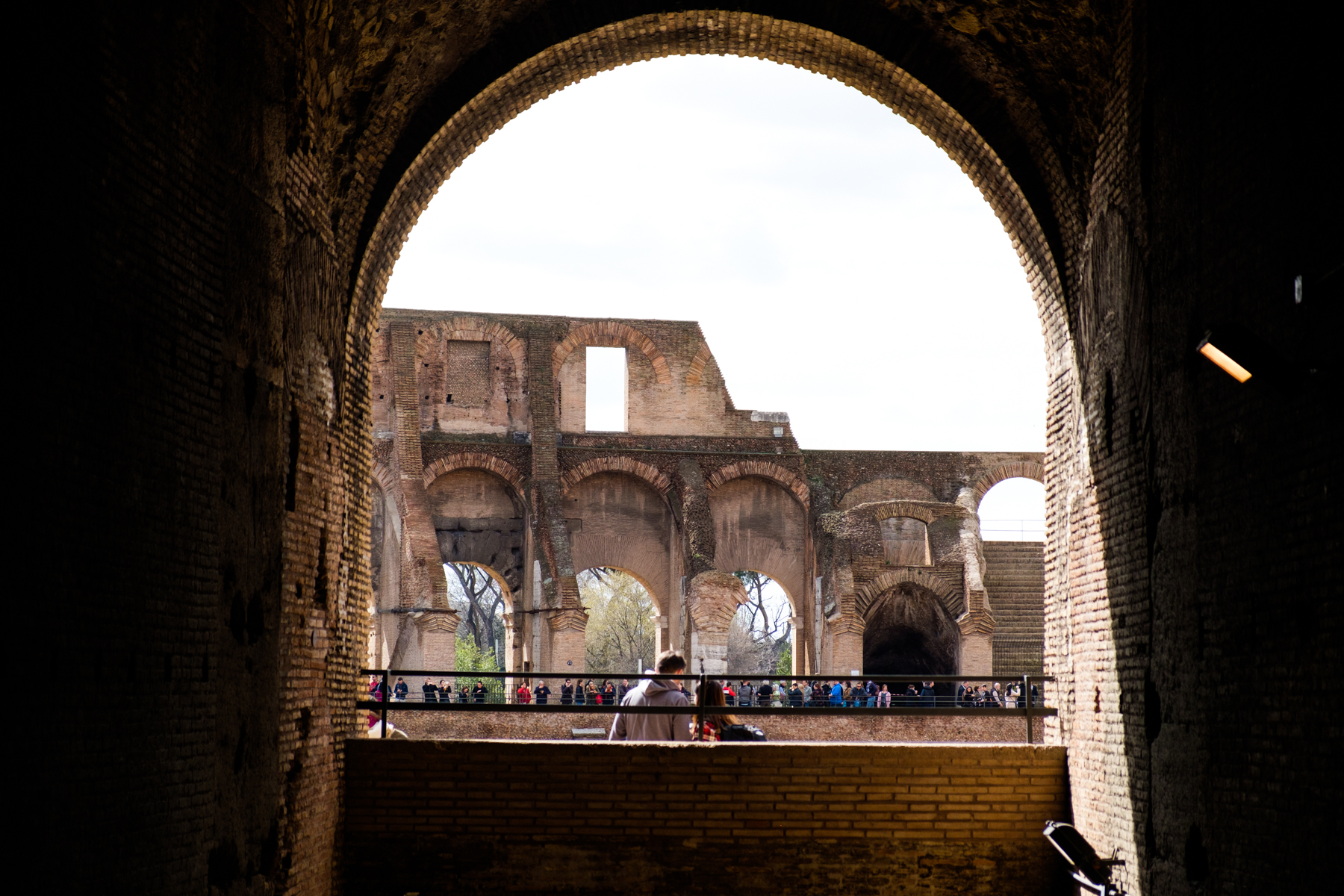


So what is the Colosseum? It’s such an iconic building, and I’m sure everybody has seen Gladiator, but what I really enjoy thinking about is how it changed over time.
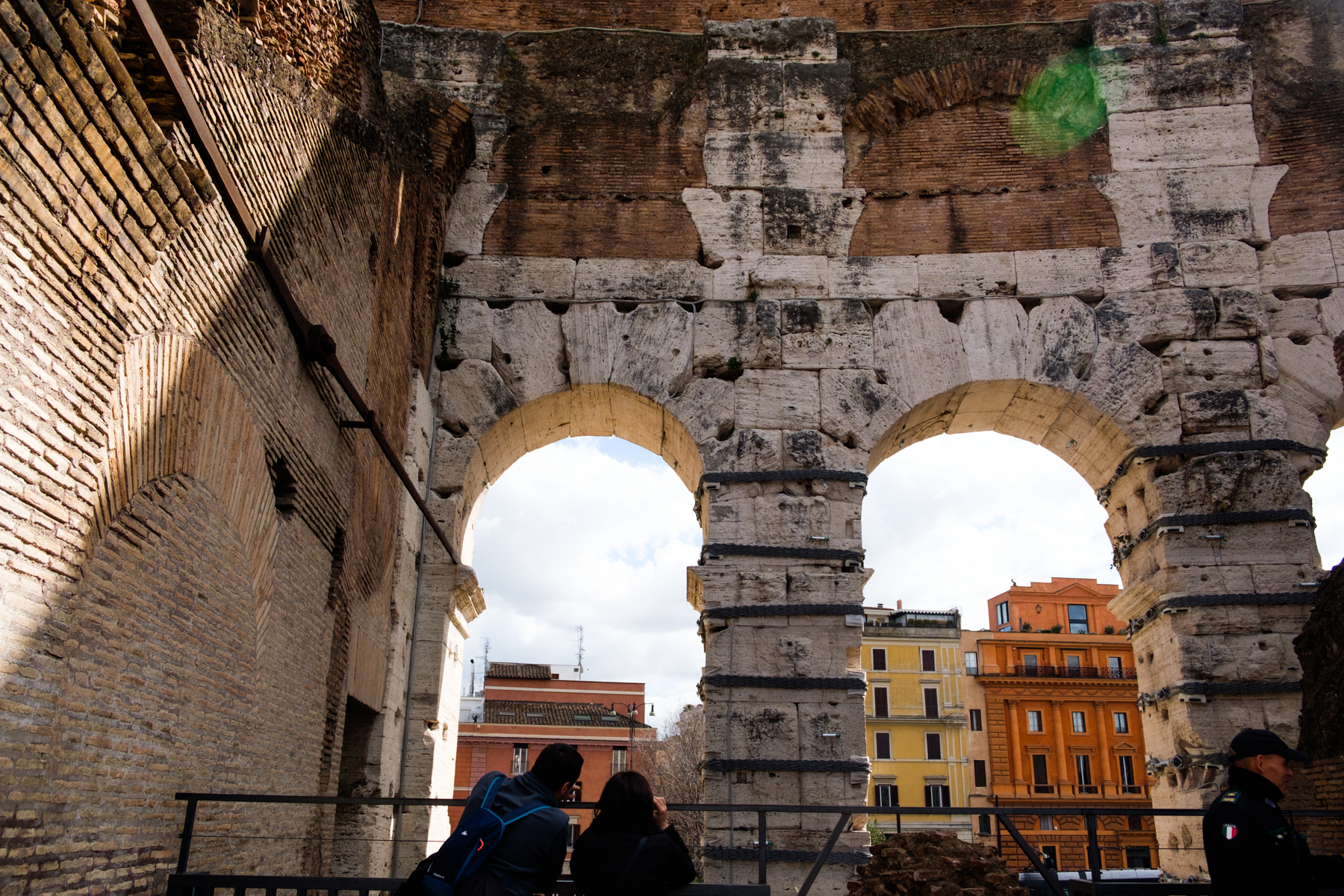

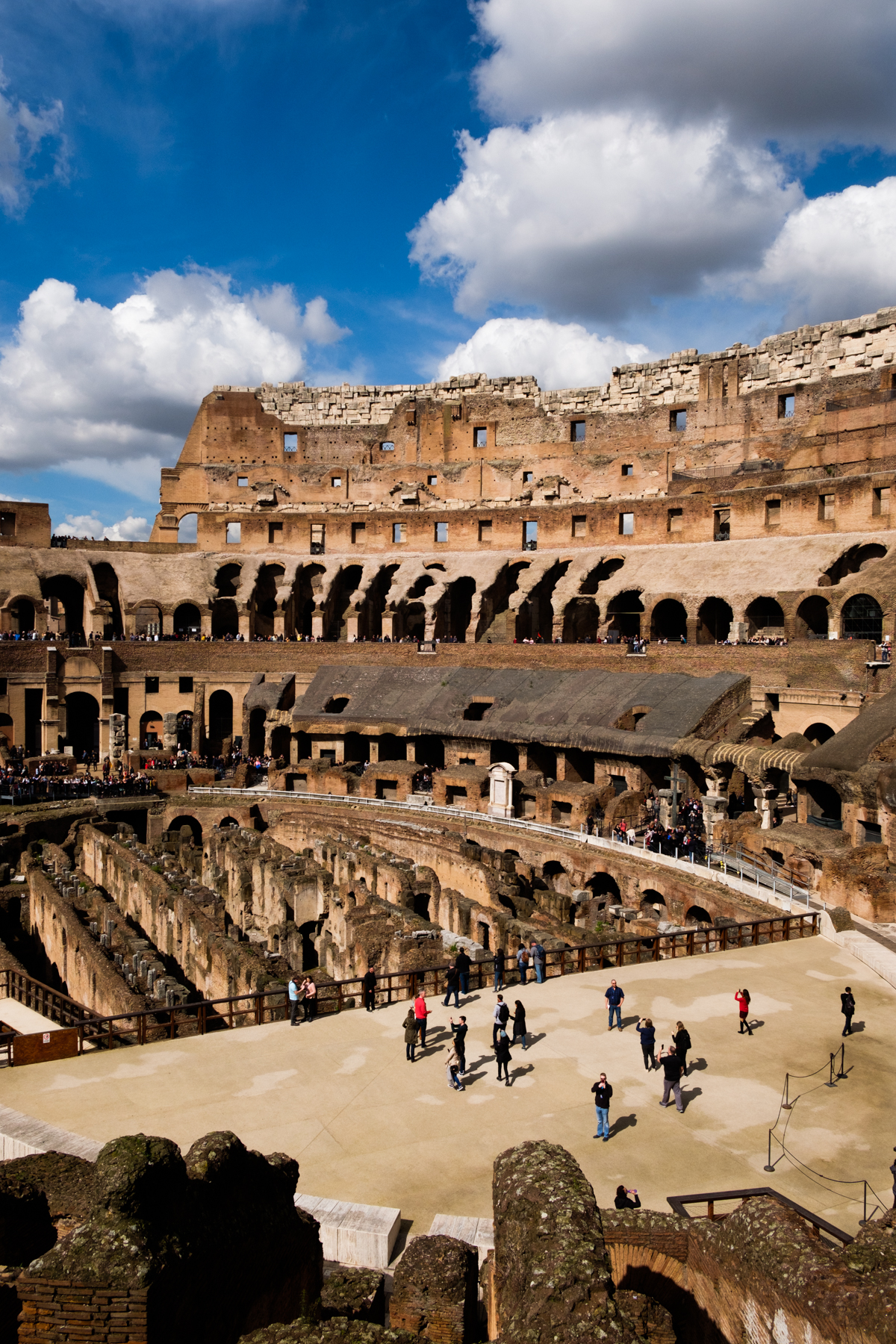
The Colosseum took 10 years to build. The Roman empire had just gone through a series of rulers after the death of Emperor Nero in AD 68. On the site of Nero’s Golden Palace, the new emperor Vespasian decreed a new ampitheater would be built where the public could enjoy combat and other forms of entertainment.
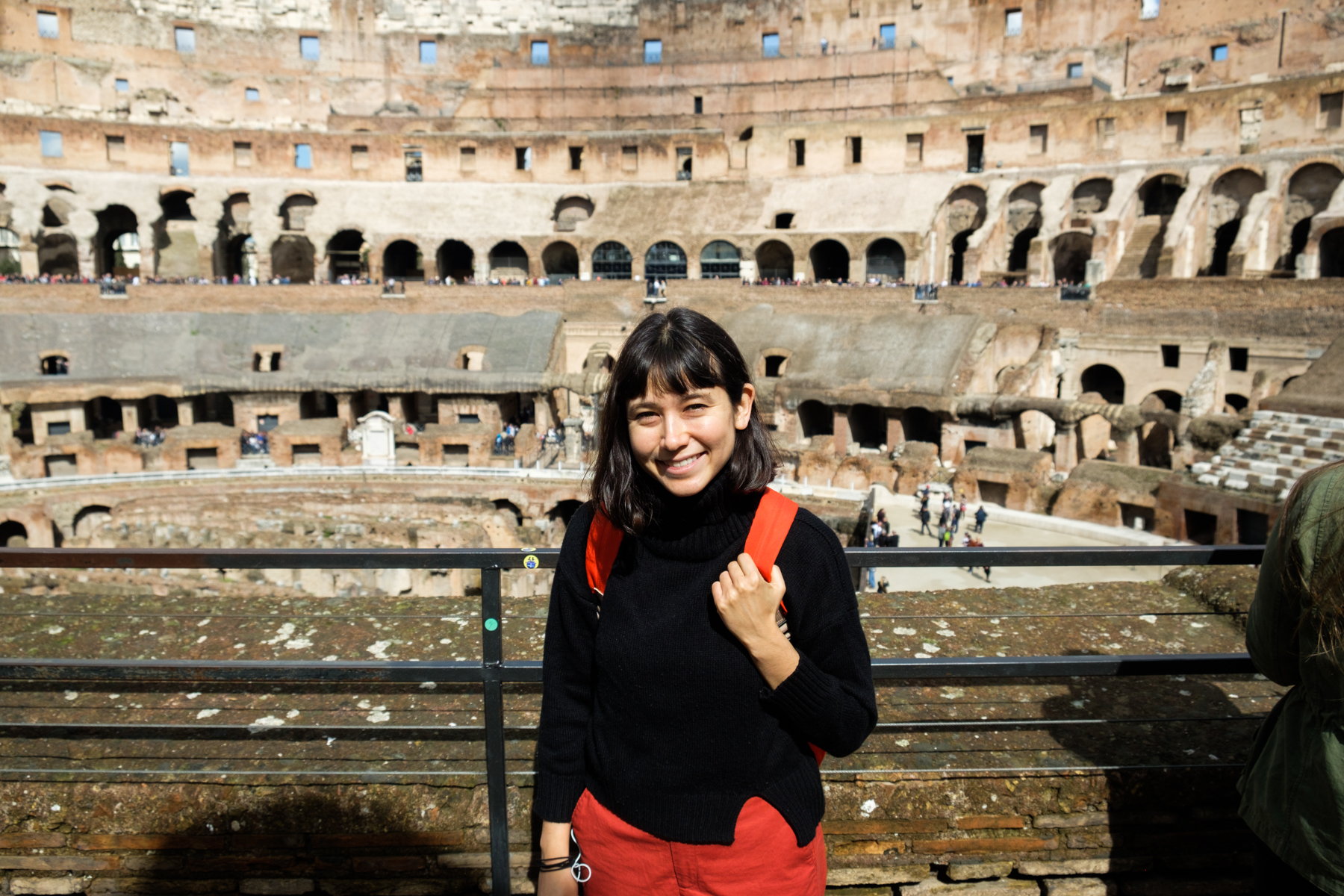
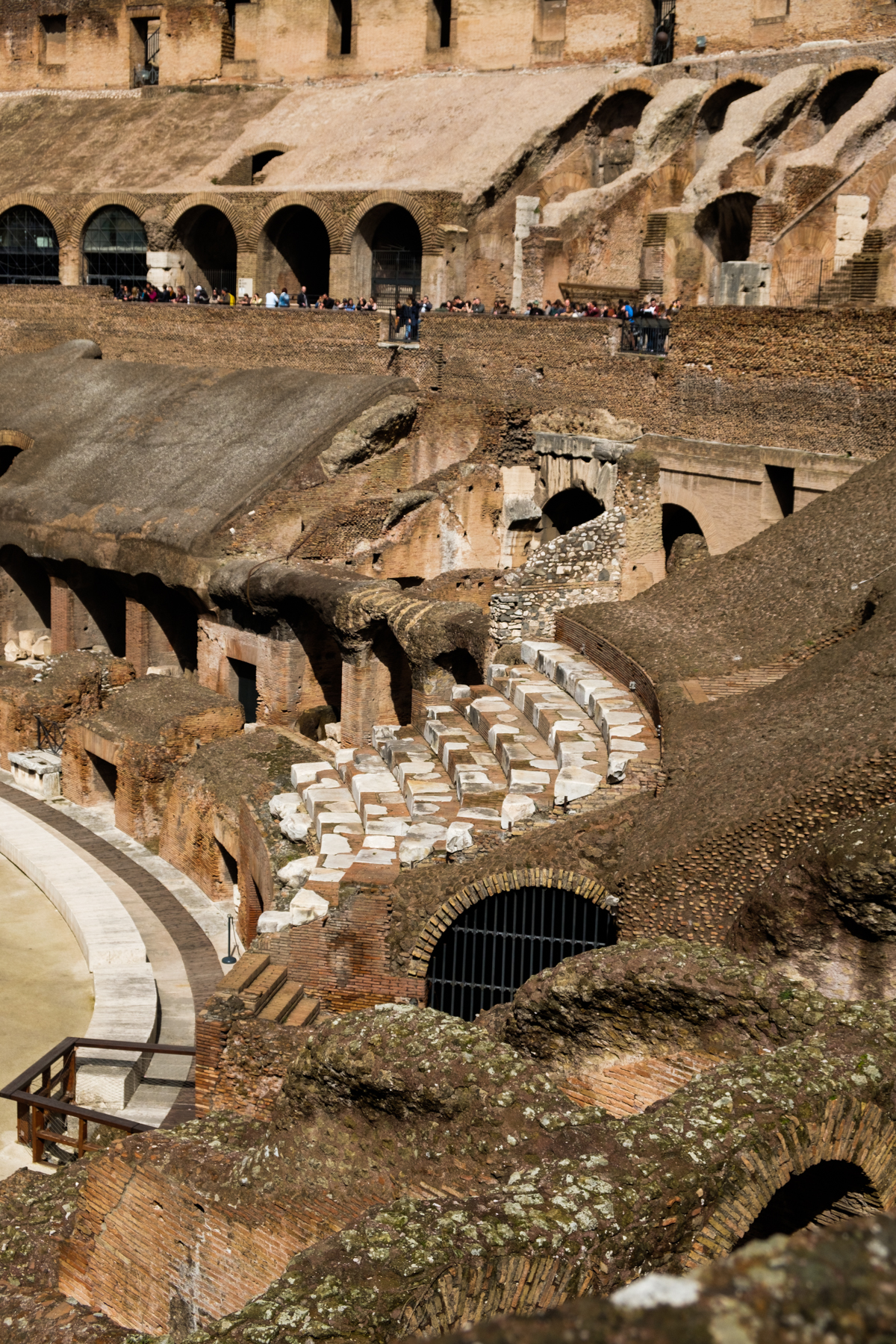
You can see some original seats put back in place to get a sense of what it must have looked like with the brick covered in travertine. The entire area could fit 50,000 spectators, arranged by social ranking. There would have been awnings that could provide shade for the crowds as they watched gladiators, hunting, wild animal fights, and more. Gladiators were usually enslaved people, condemned criminals or prisoners of war.
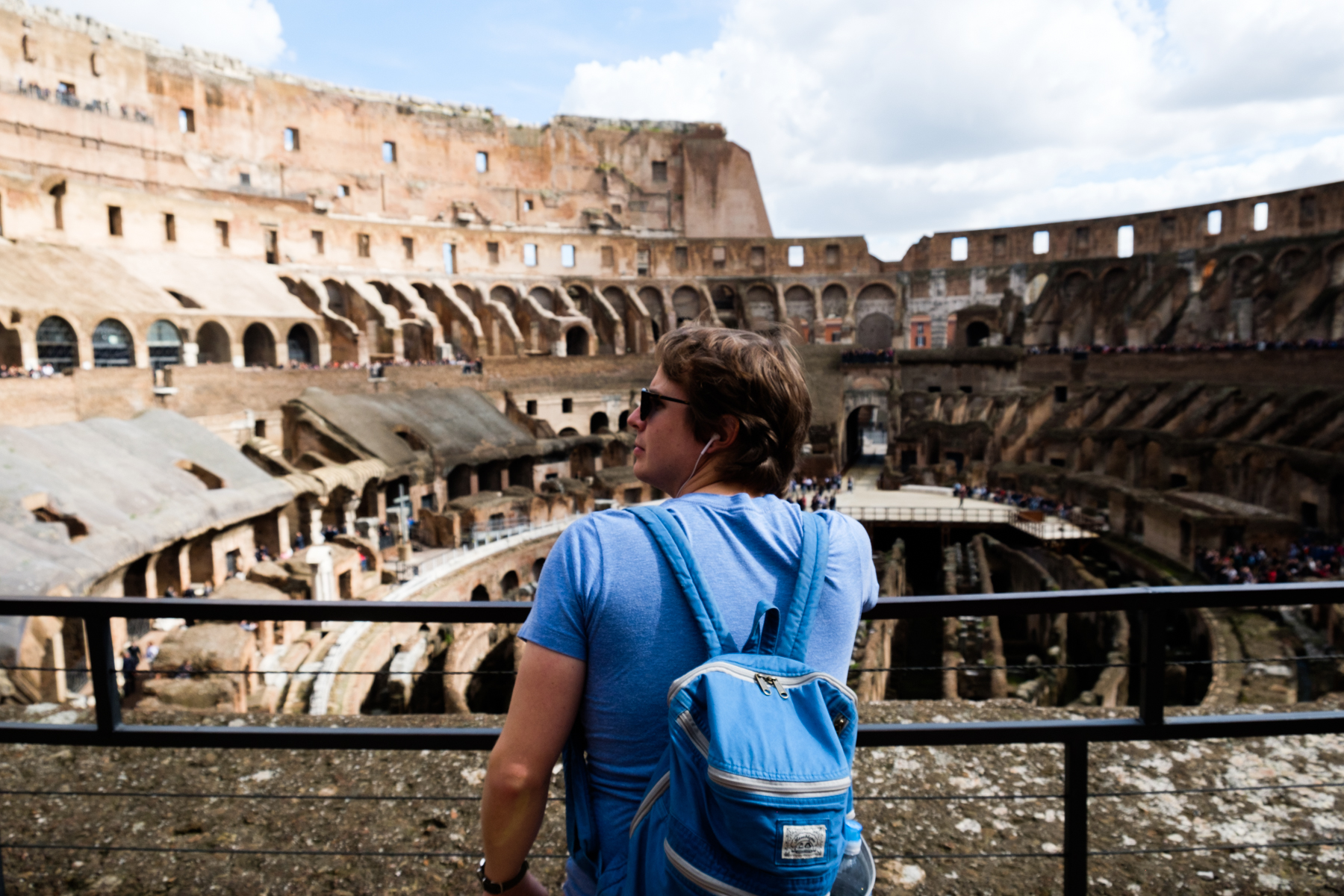
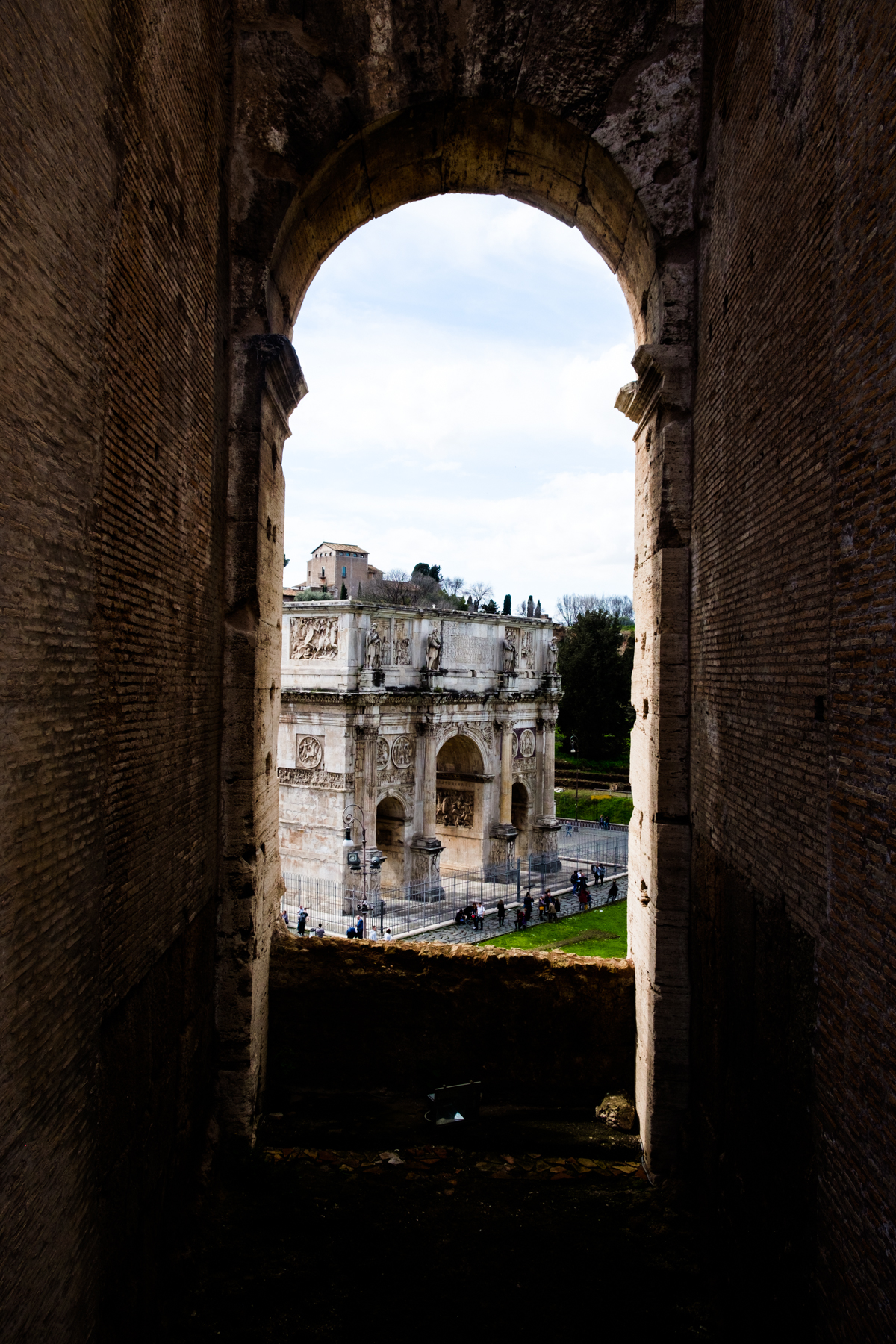
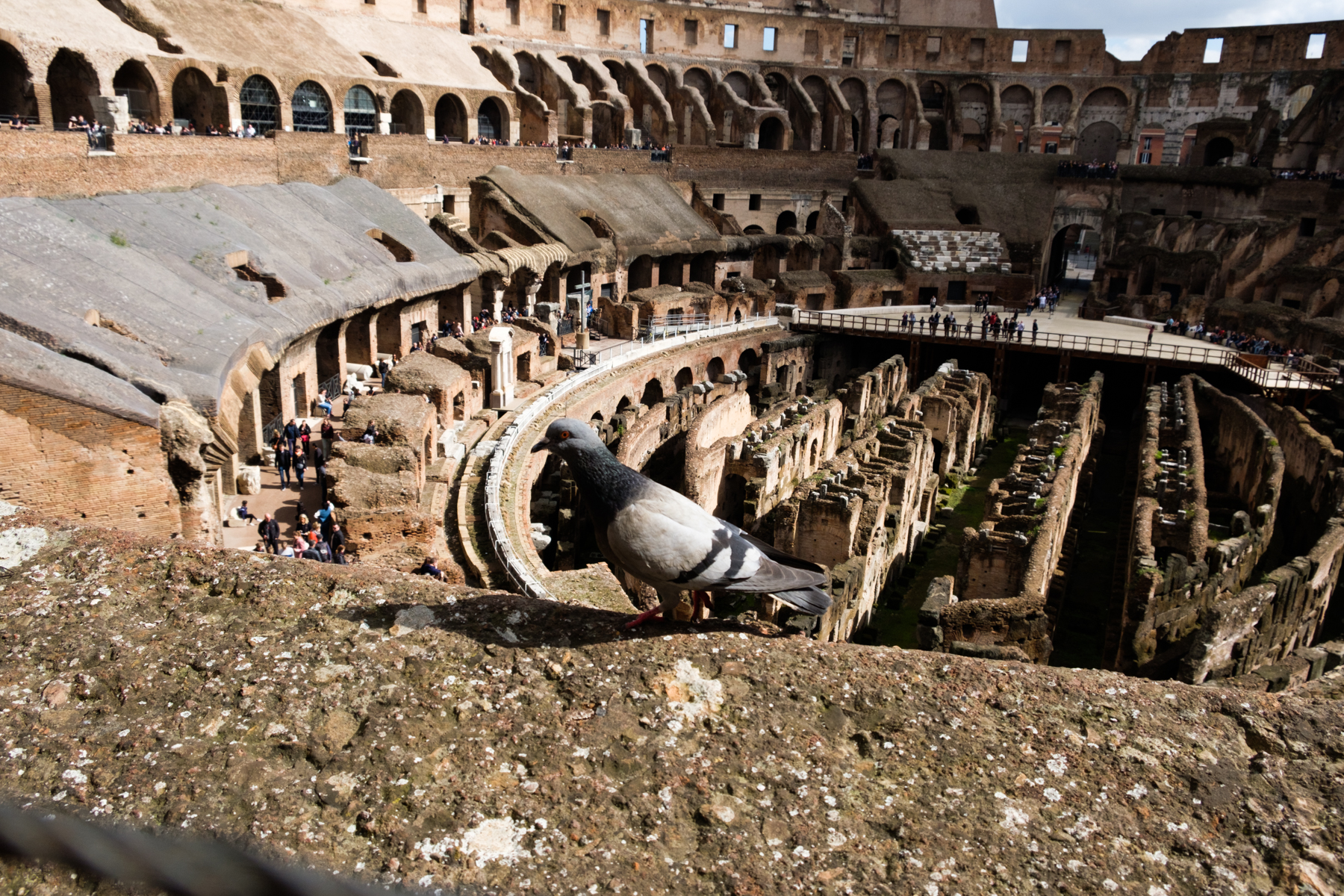
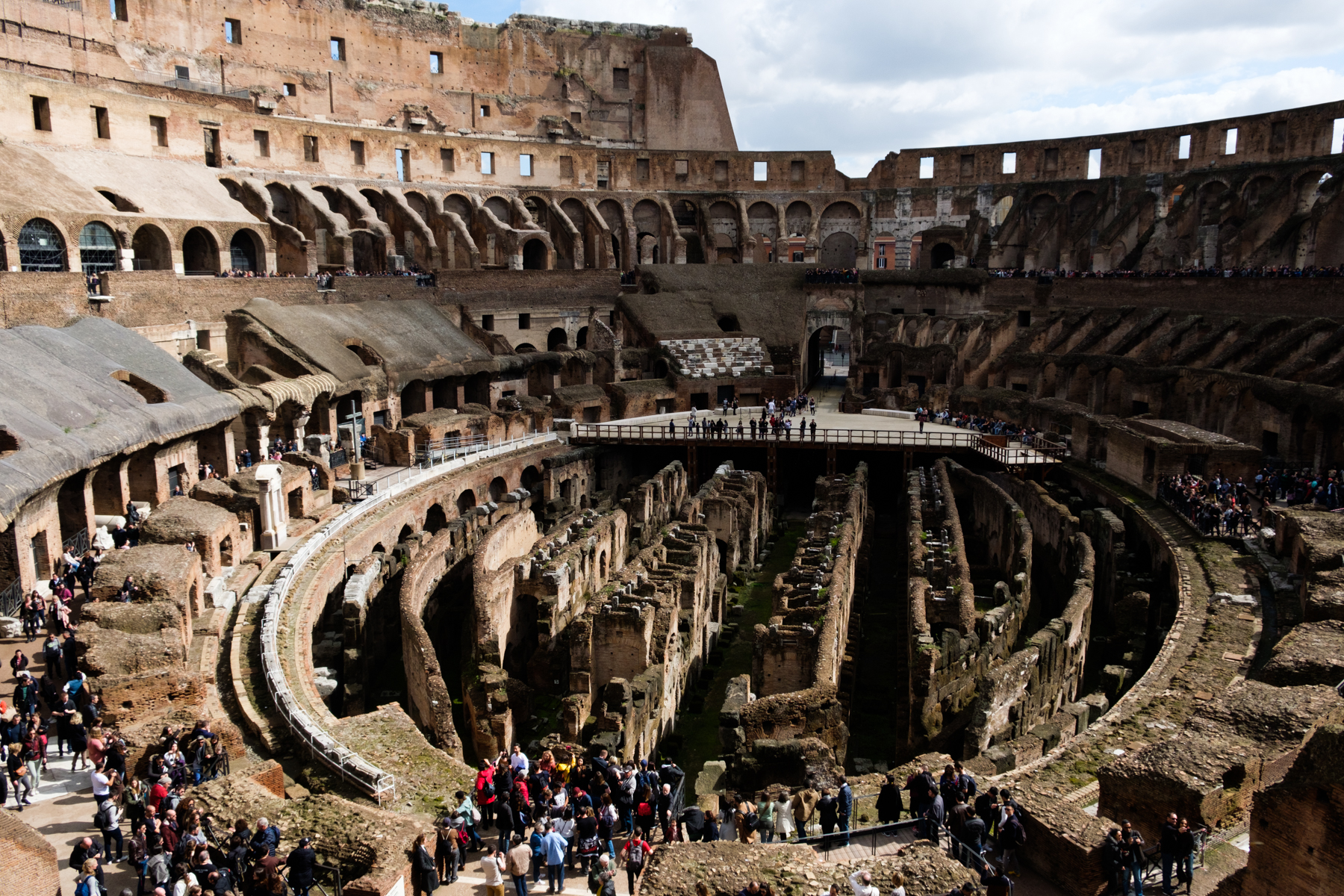
The Colosseum was used for four centuries. The arena was damaged by earthquakes and lightning before being abandoned completely. It was used as a quarry for many other building projects, including the construction of St. Peter’s Basilica in Vatican City, and the Palazzo Venezia and more. Over time, it was picked of all its fine decorations. The floor wore away and it fell to ruin. You can see the secret walkways and rooms below now where people and animals would have been kept before battle. They would have been raised up into the arena through pulley systems.
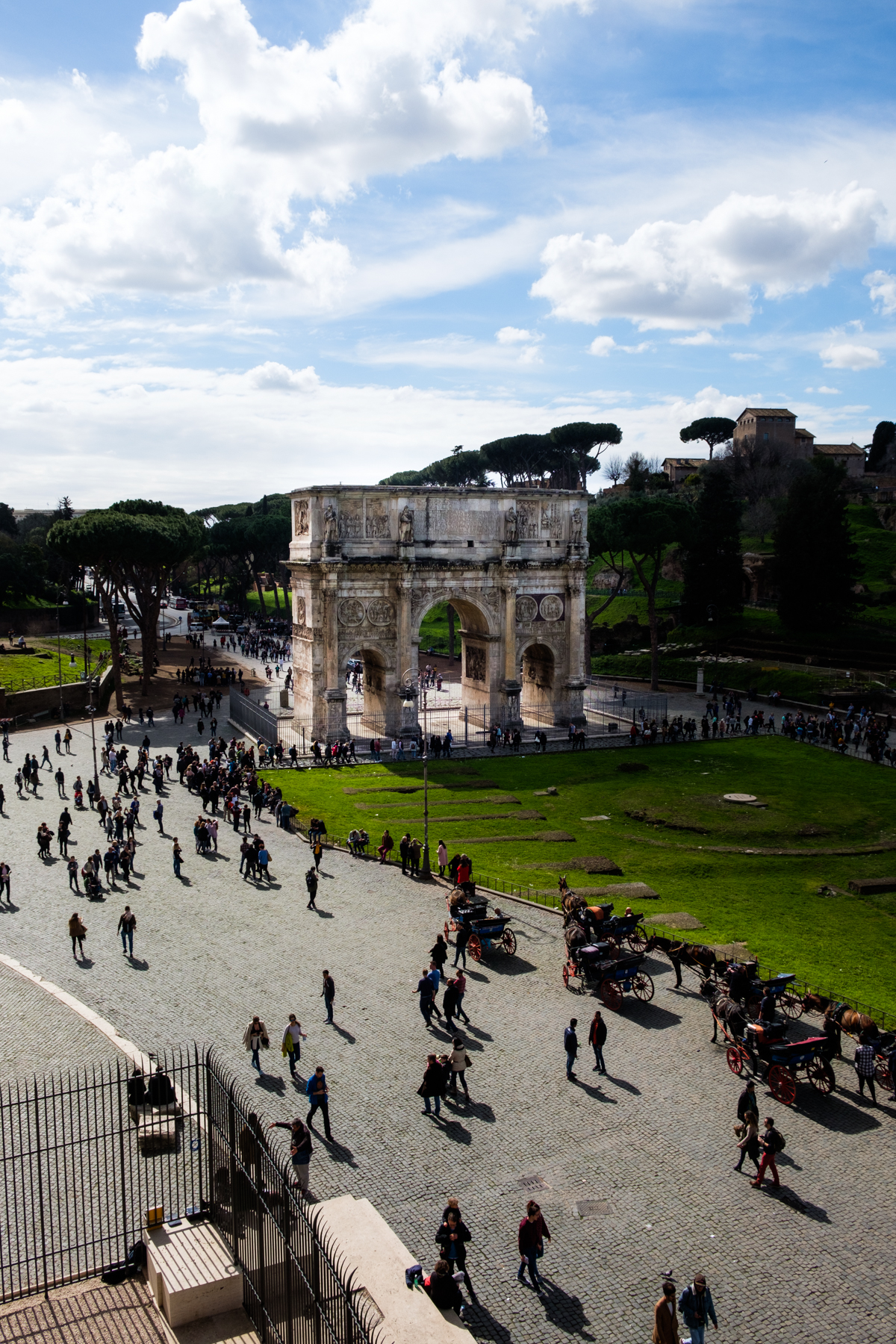
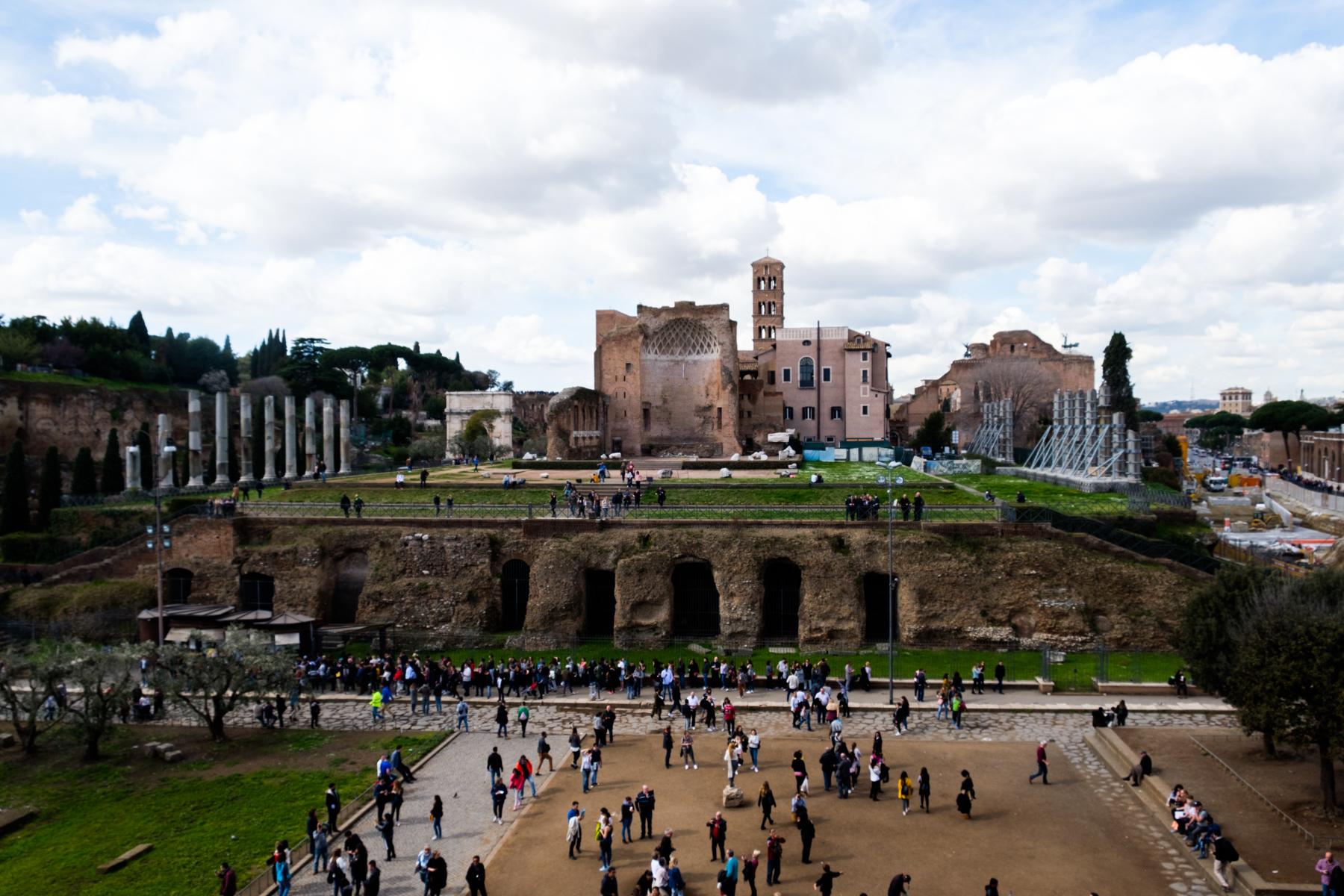

From the second level you can look out at other ancient Roman sites, including the Arch of Constantine and the Temple of Venus and Rome.
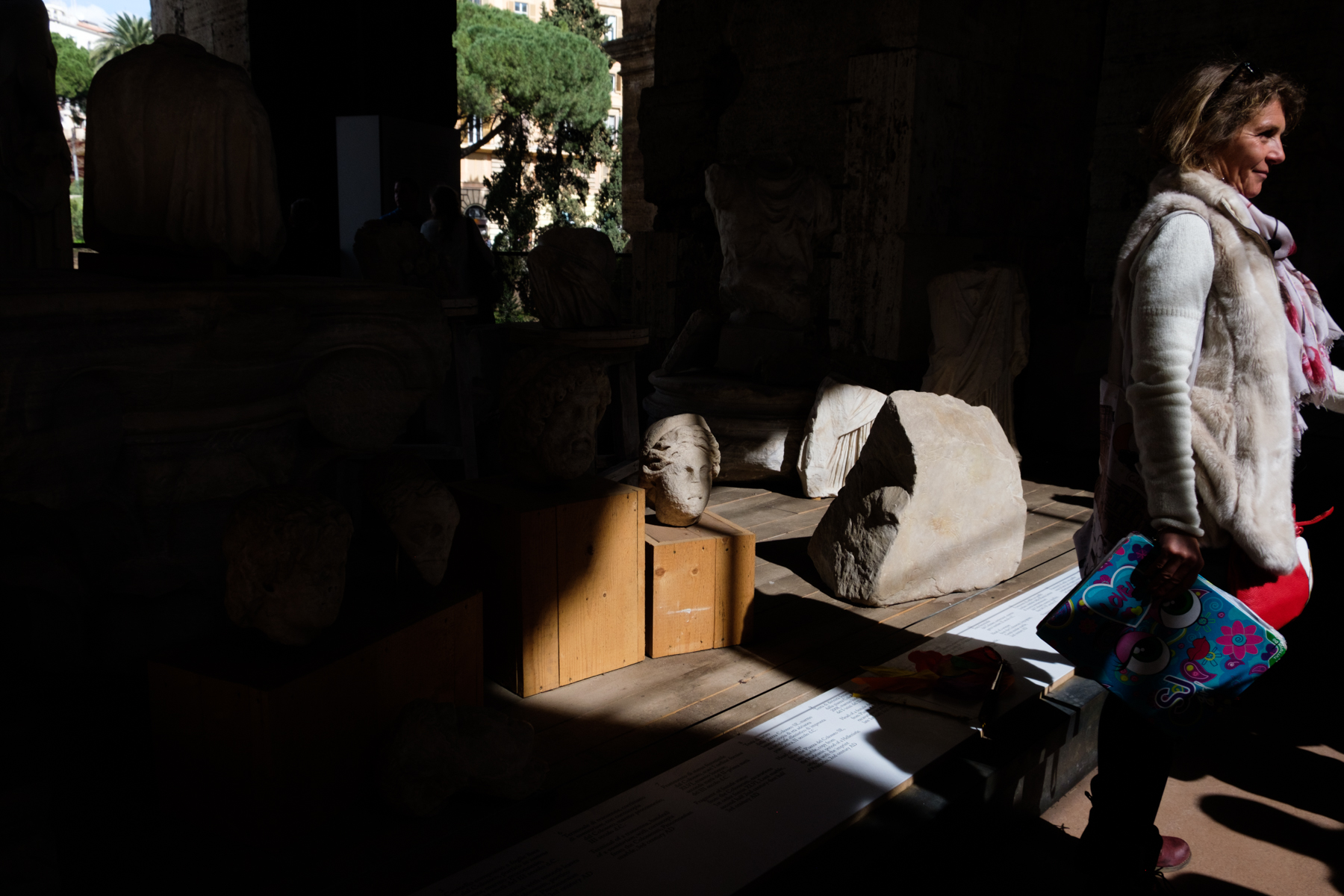
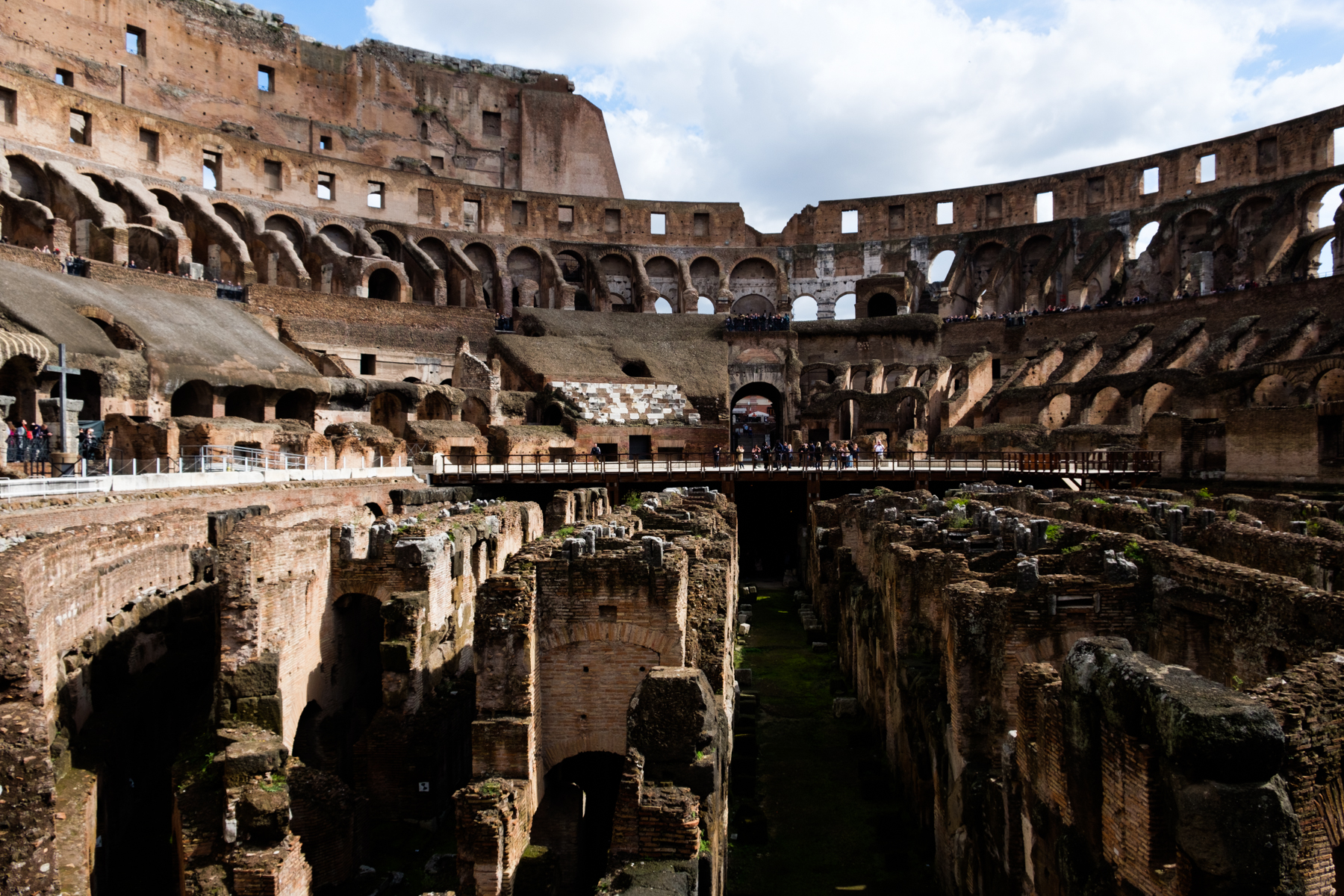
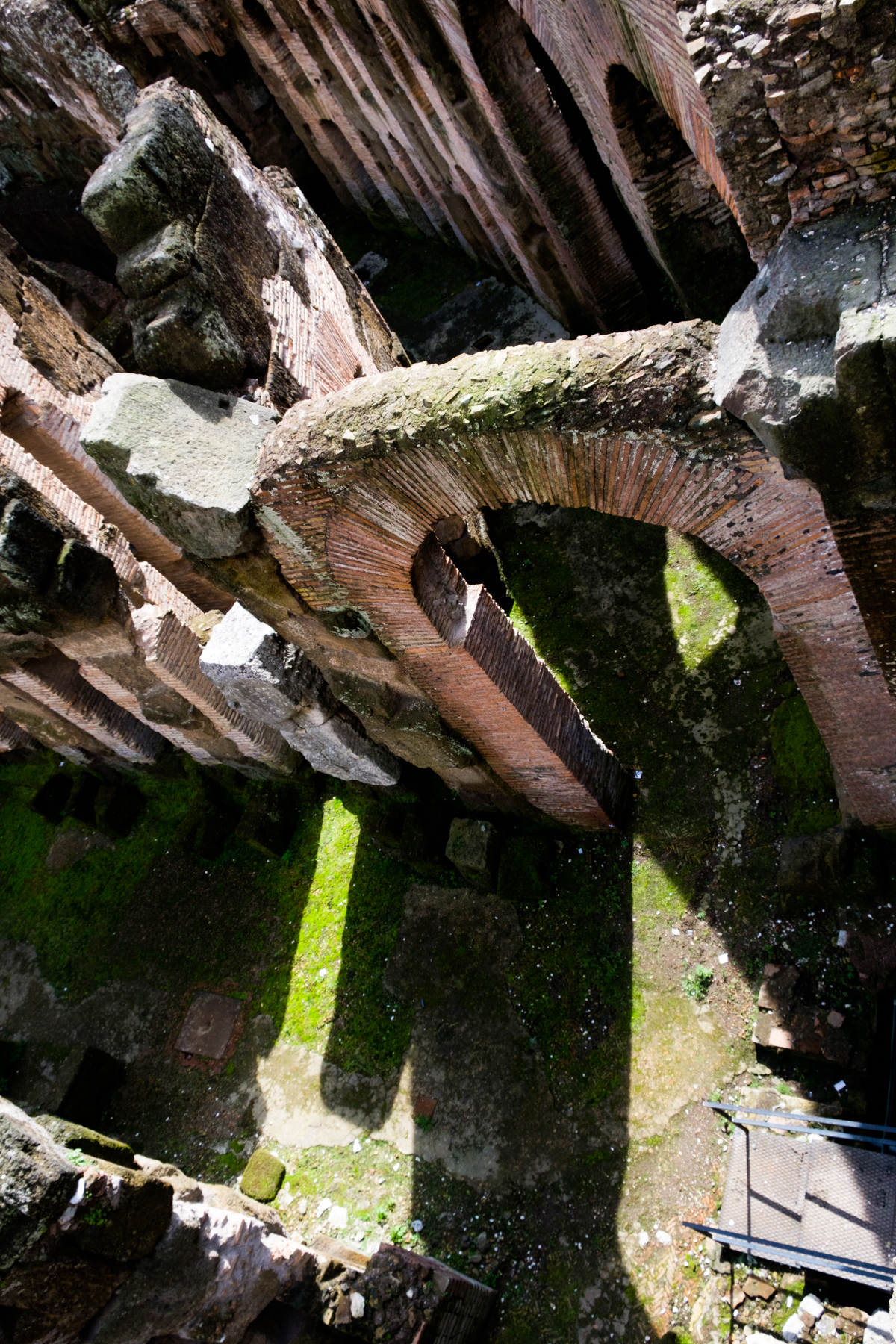
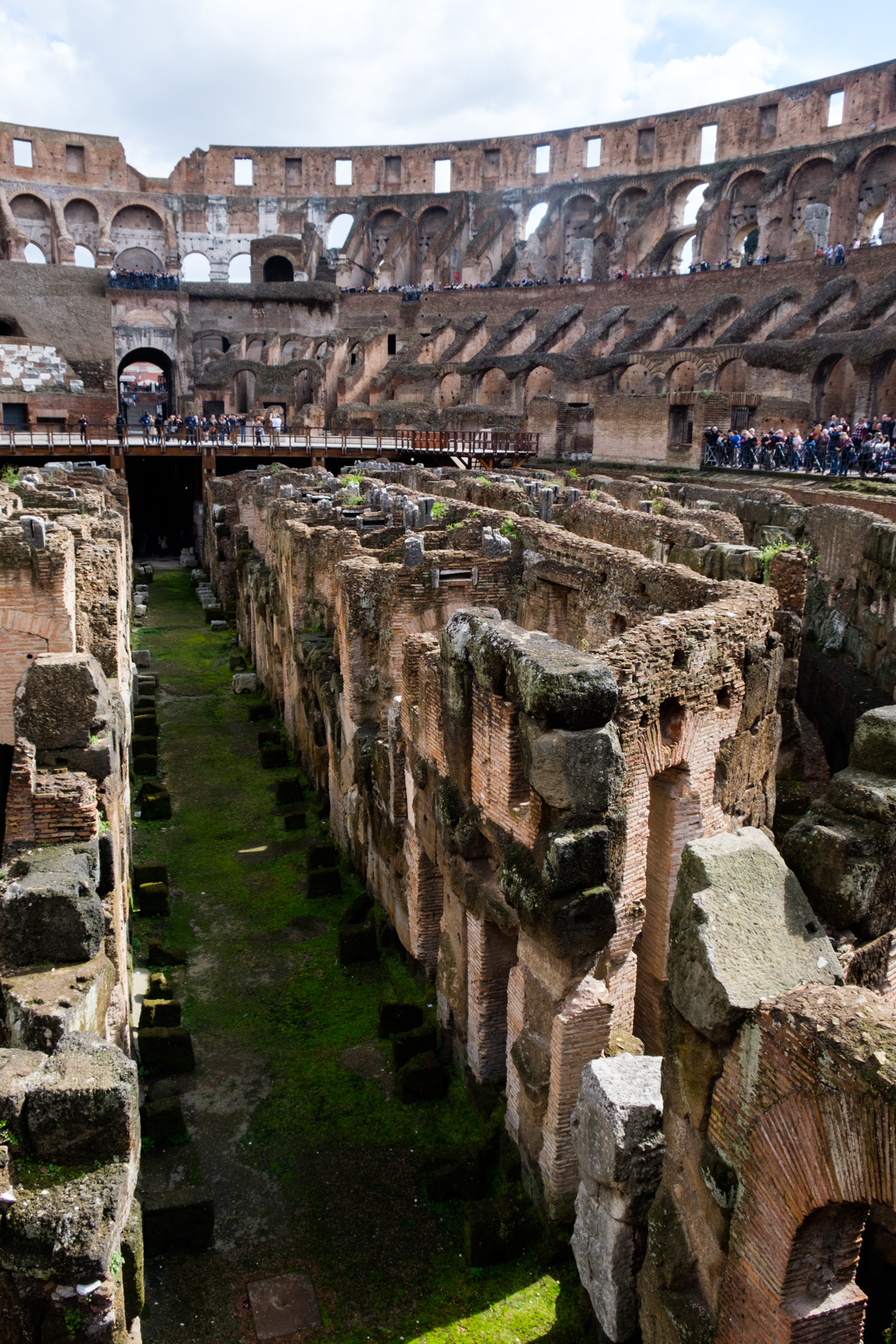
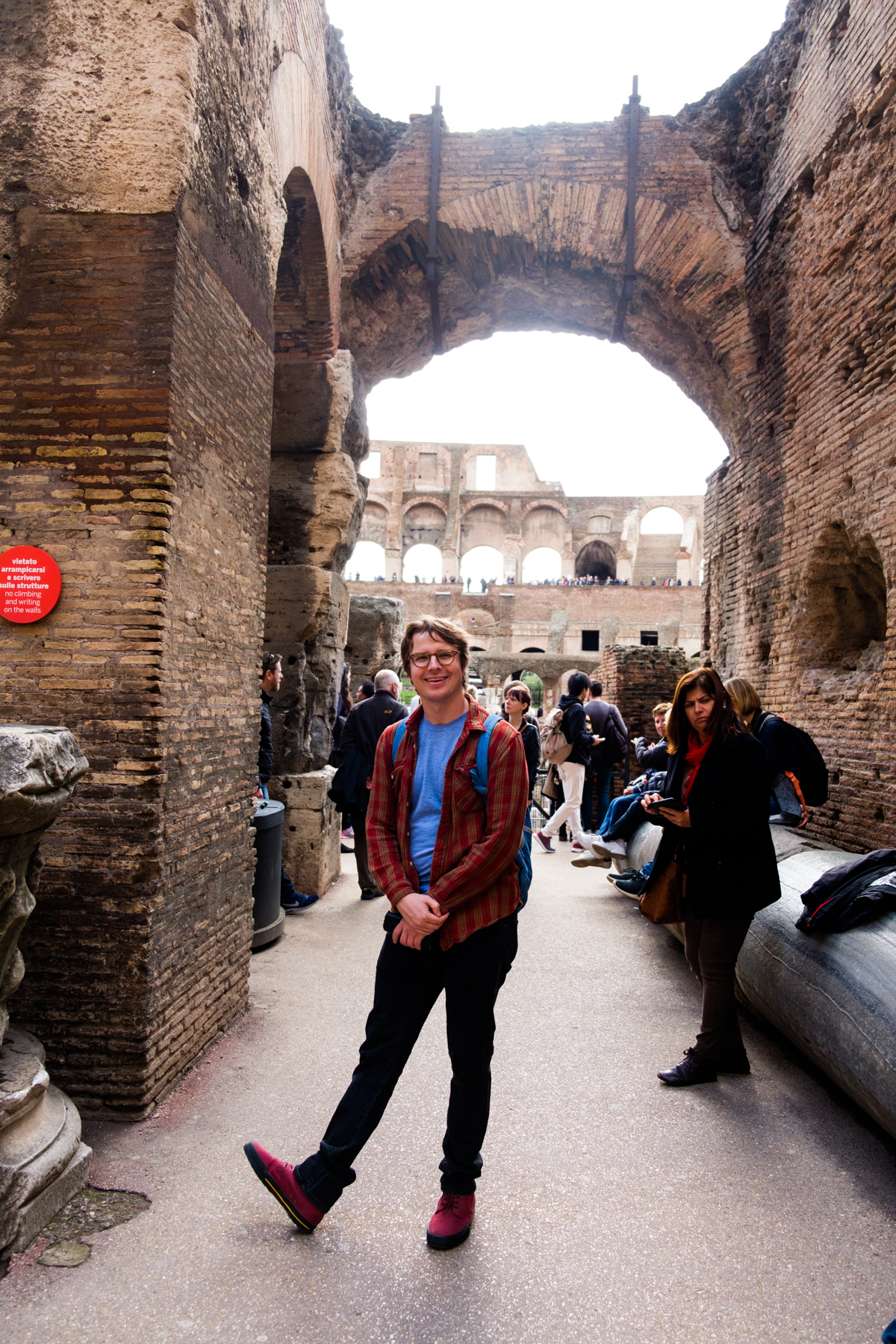
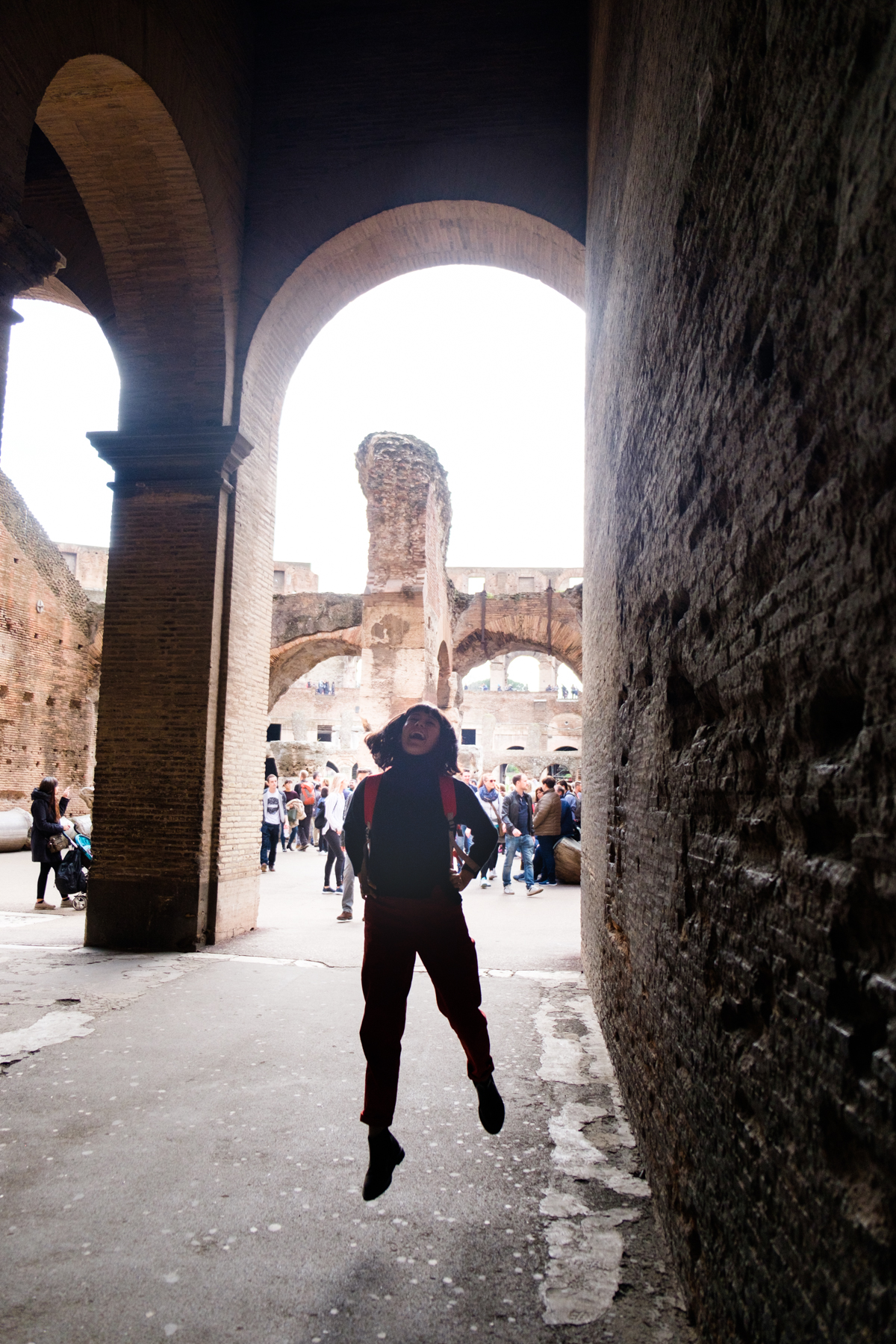
A few last looks on our way out. Imagine what the bathrooms would have been like.
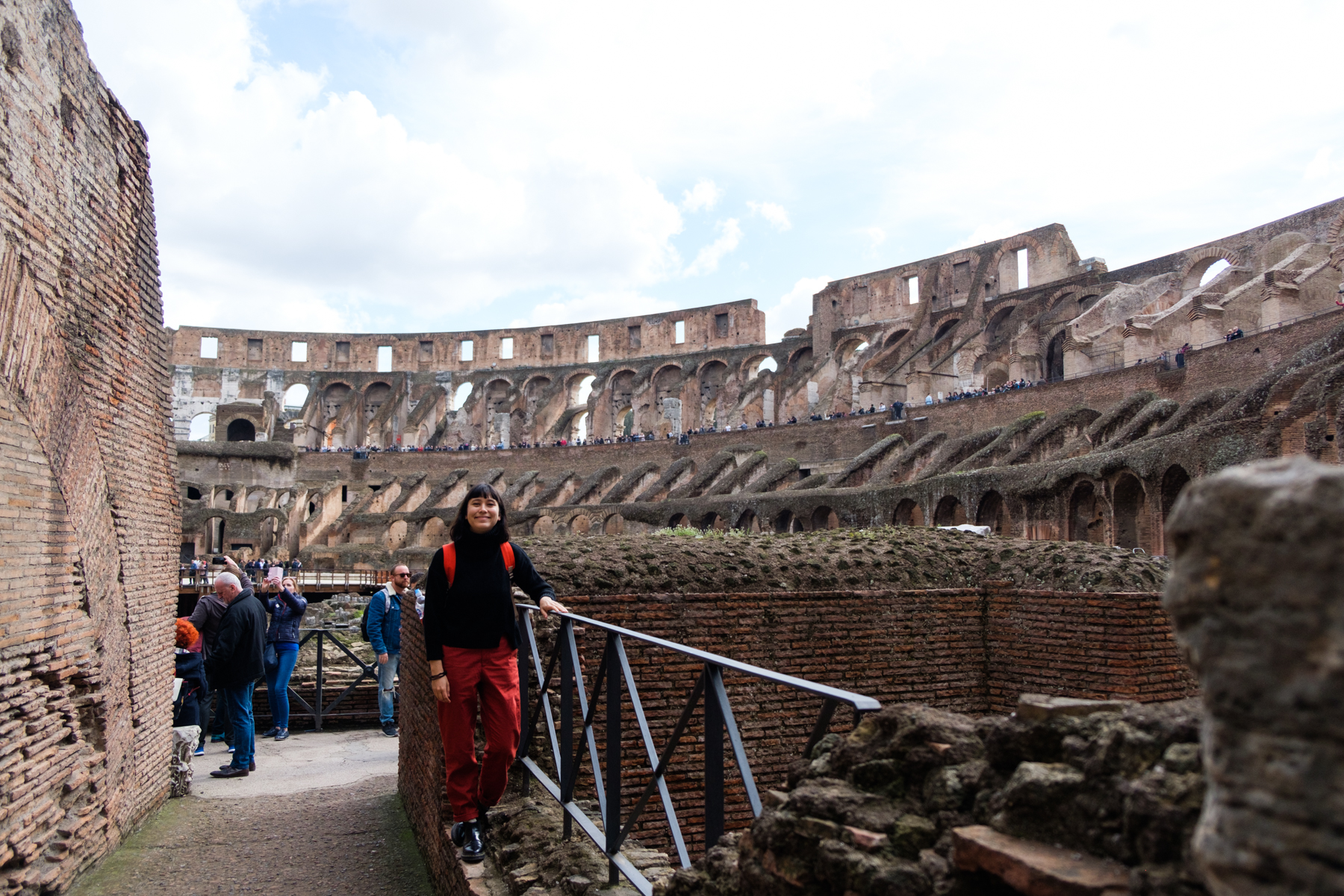
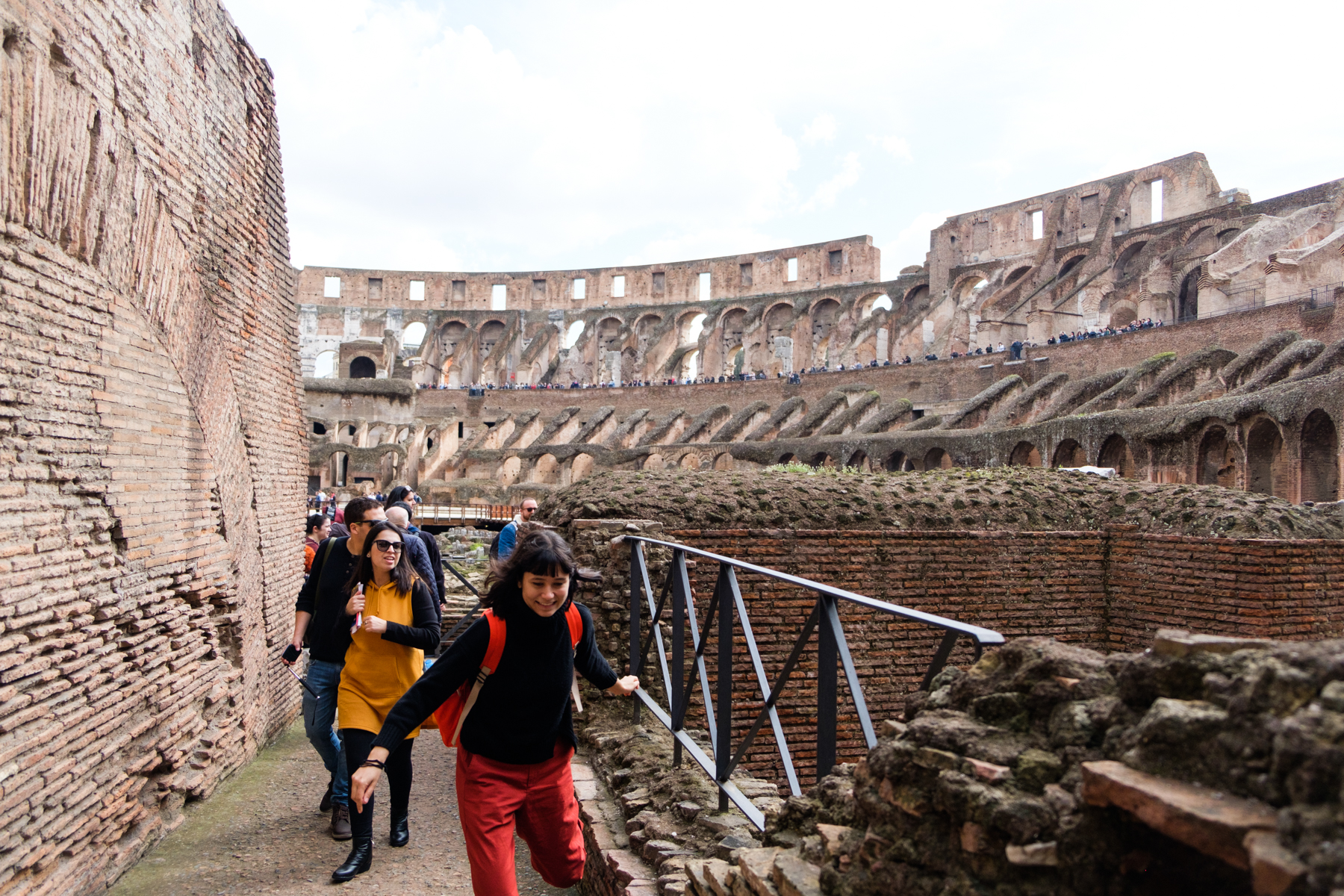

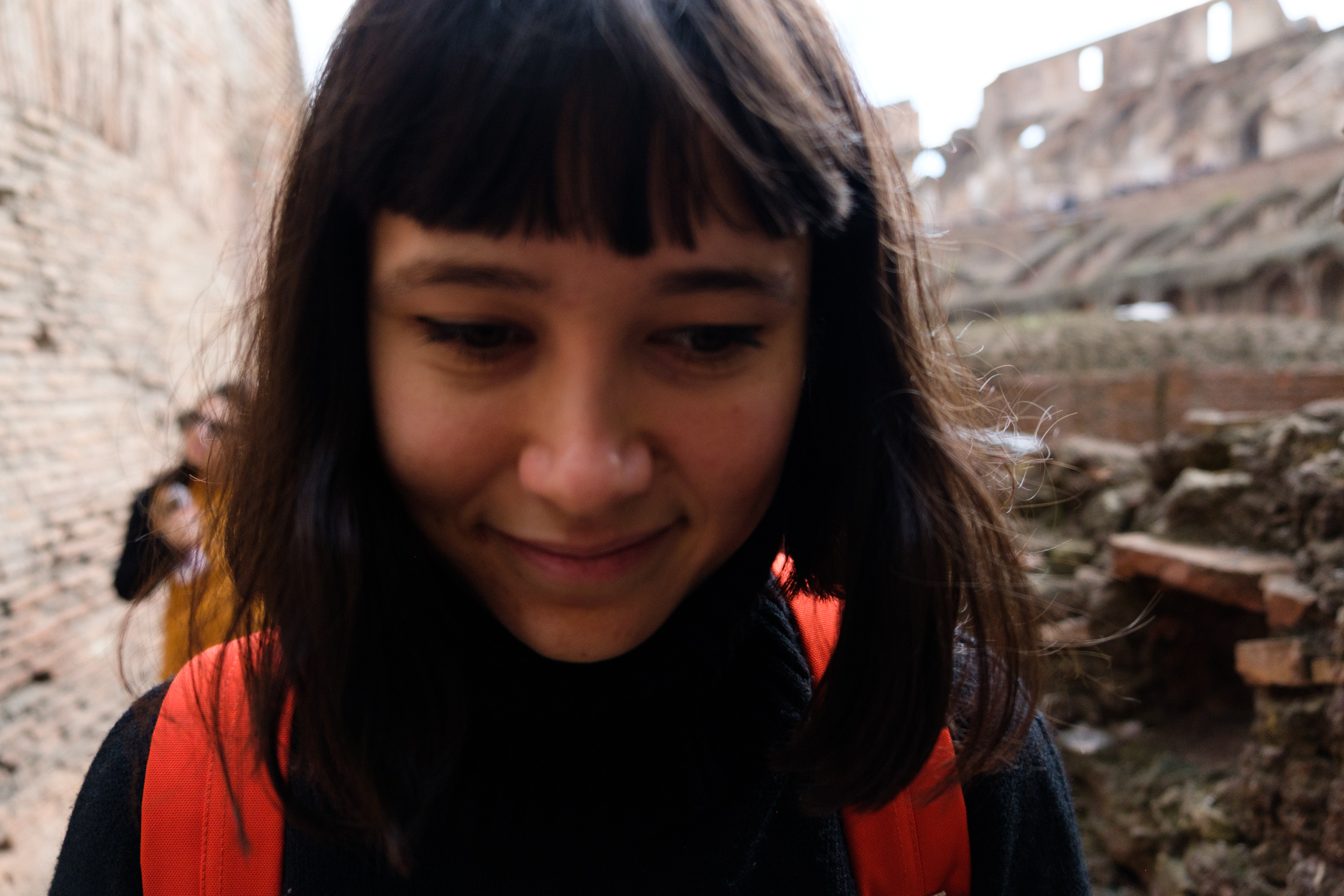
The Colosseum has been used as a symbol for many things over time. In the medieval period, a small chapel was built into the structure of the Colosseum and the many underground vaulted areas were used as housing and workshops and were rented out through the 12th century. By the 16th and 17th century, the Catholic church considered using it as a wool factory. And in the 18th century, Pone Benedict XIV spread the idea that the Colosseum was a sacred site where early Christians had been martyred. (This hasn’t been proved by historians or archaeologists!) A cross was installed (and is there today) and it became illegal to continue using the Colosseum as a quarry. Today millions of visitors come through the site and it has been slowly repaired starting in the 1800s and has continued into the 2000s. Hope this isn’t all long and boring, I just find it so interesting to think about which buildings from ancient Rome survived and the story of how many centuries of people and leaders allowed it to remain. What was lost and why and what decisions kept buildings into the future.
Zach and I were talking about applying this logic to Los Angeles—what would we say are cultural wonders that seem so *normal* now but might be fascinating in the future. Movie theaters? Airports? Underground trains? High schools? Costcos? Fun to think about.

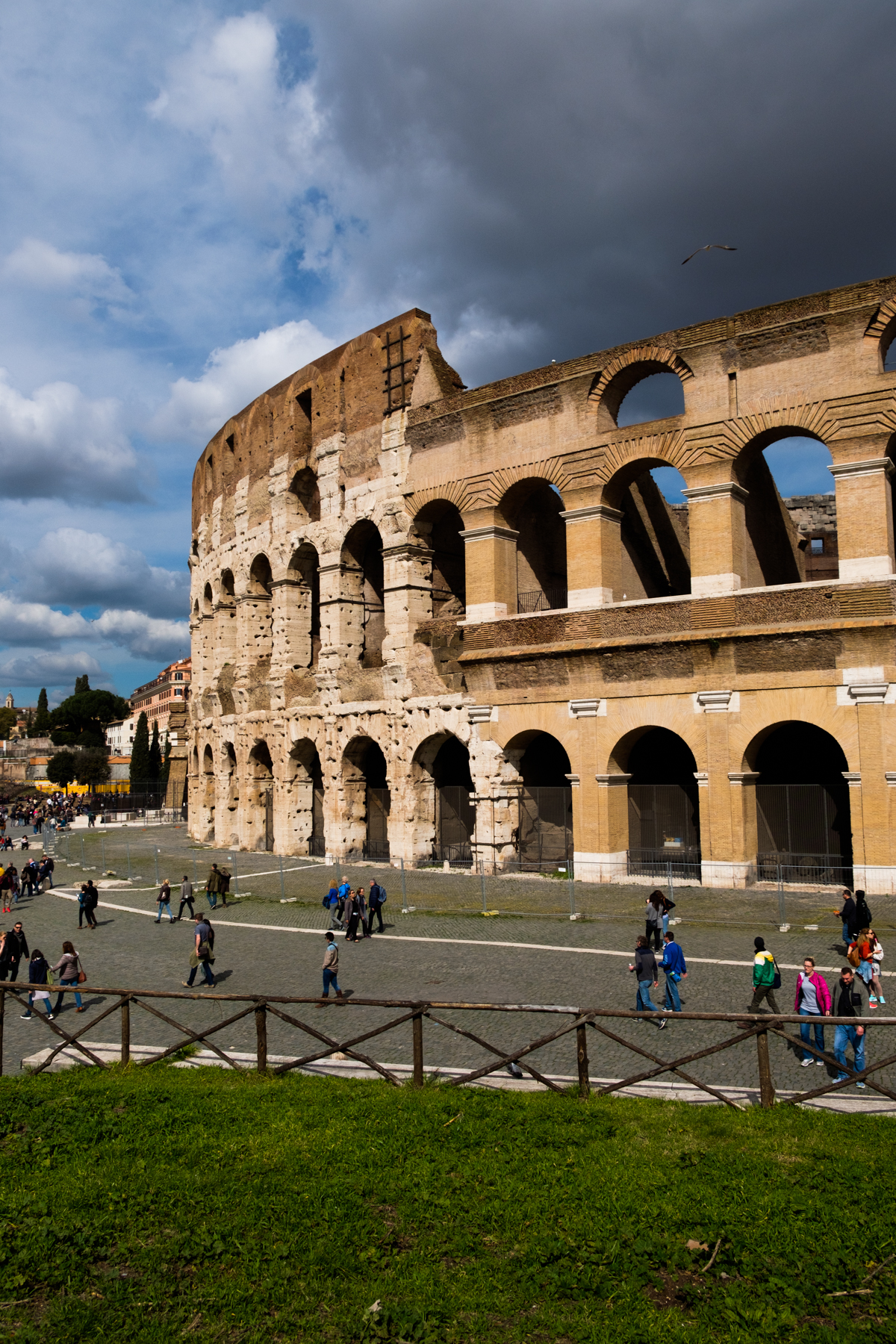
We could see storm clouds in the distance. We had been blessed by beautiful weather all morning, so we were closely watching those clouds.
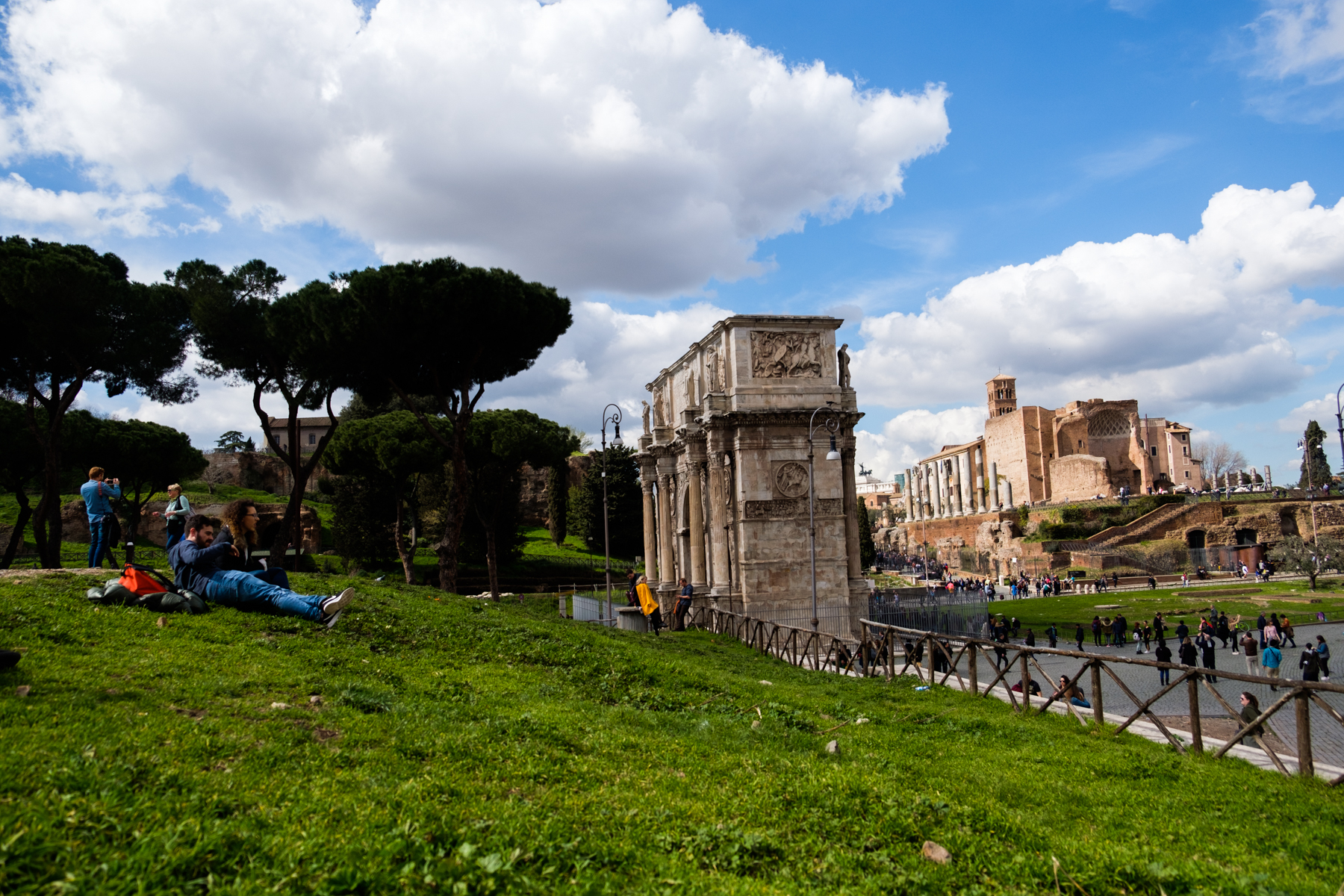
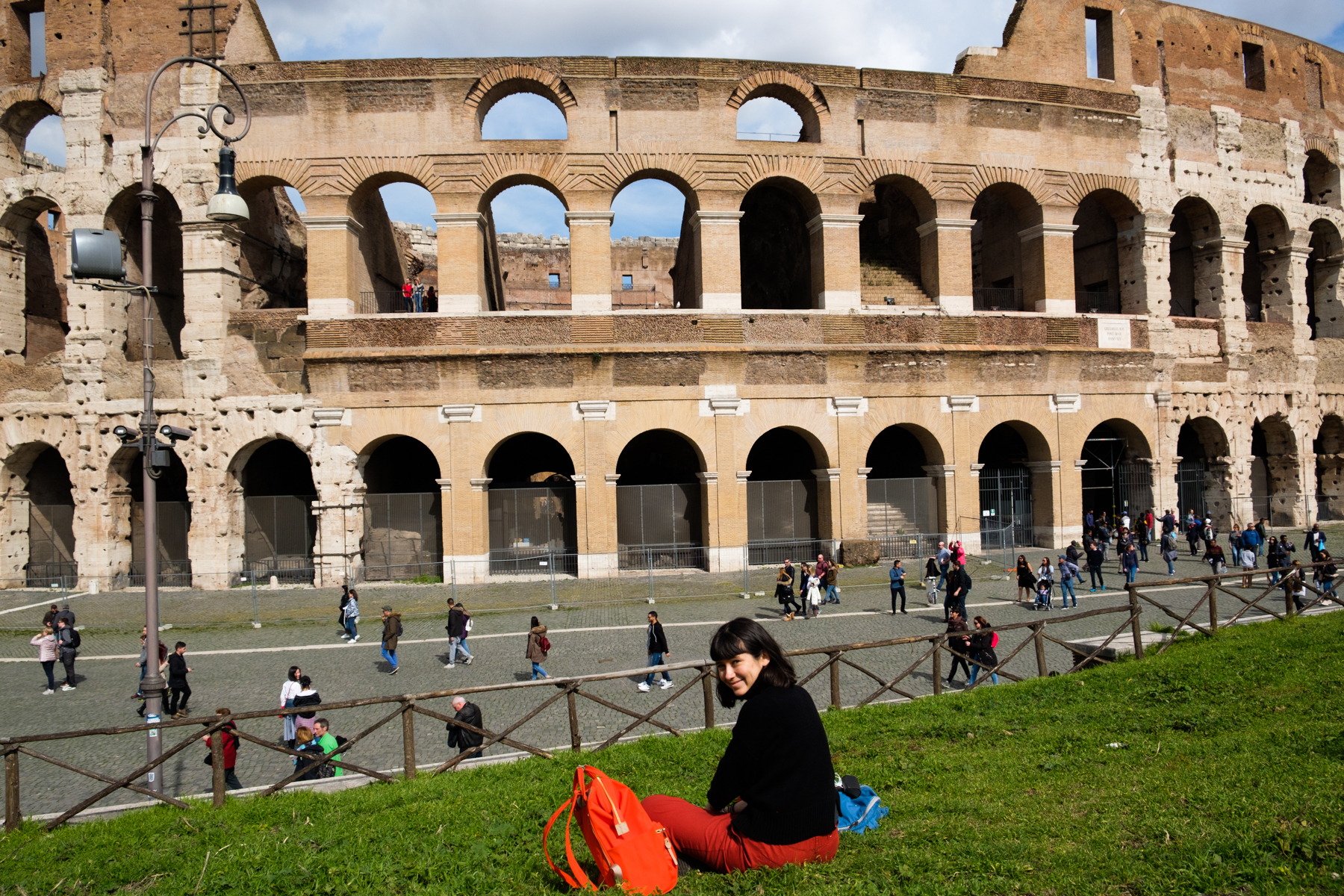
We relaxed in this little park across from the Colosseum for a bit. We ate a snack I brought with me, and we called to make dinner reservations in our neighborhood. We had already done a bit of walking and had much more to see.
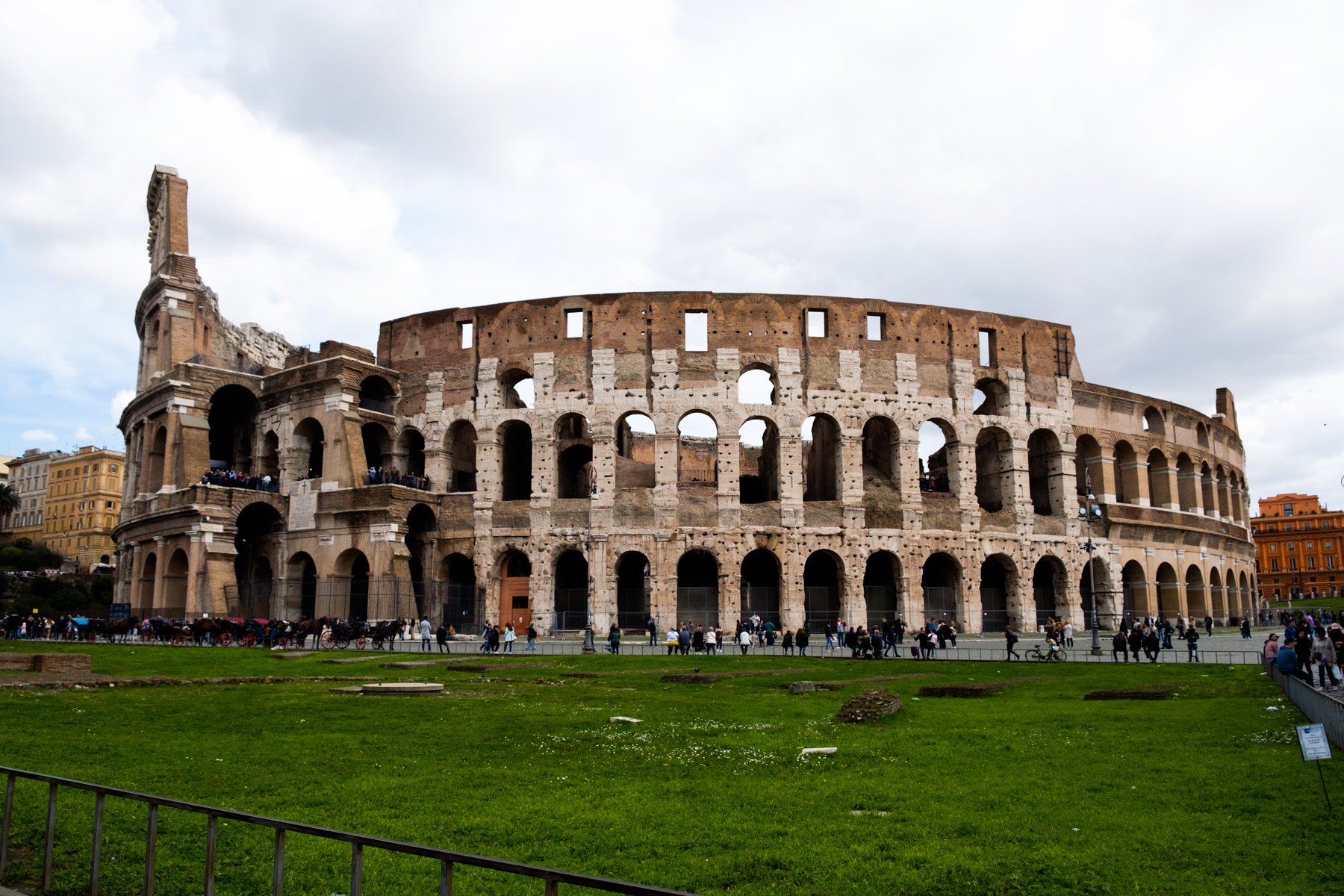
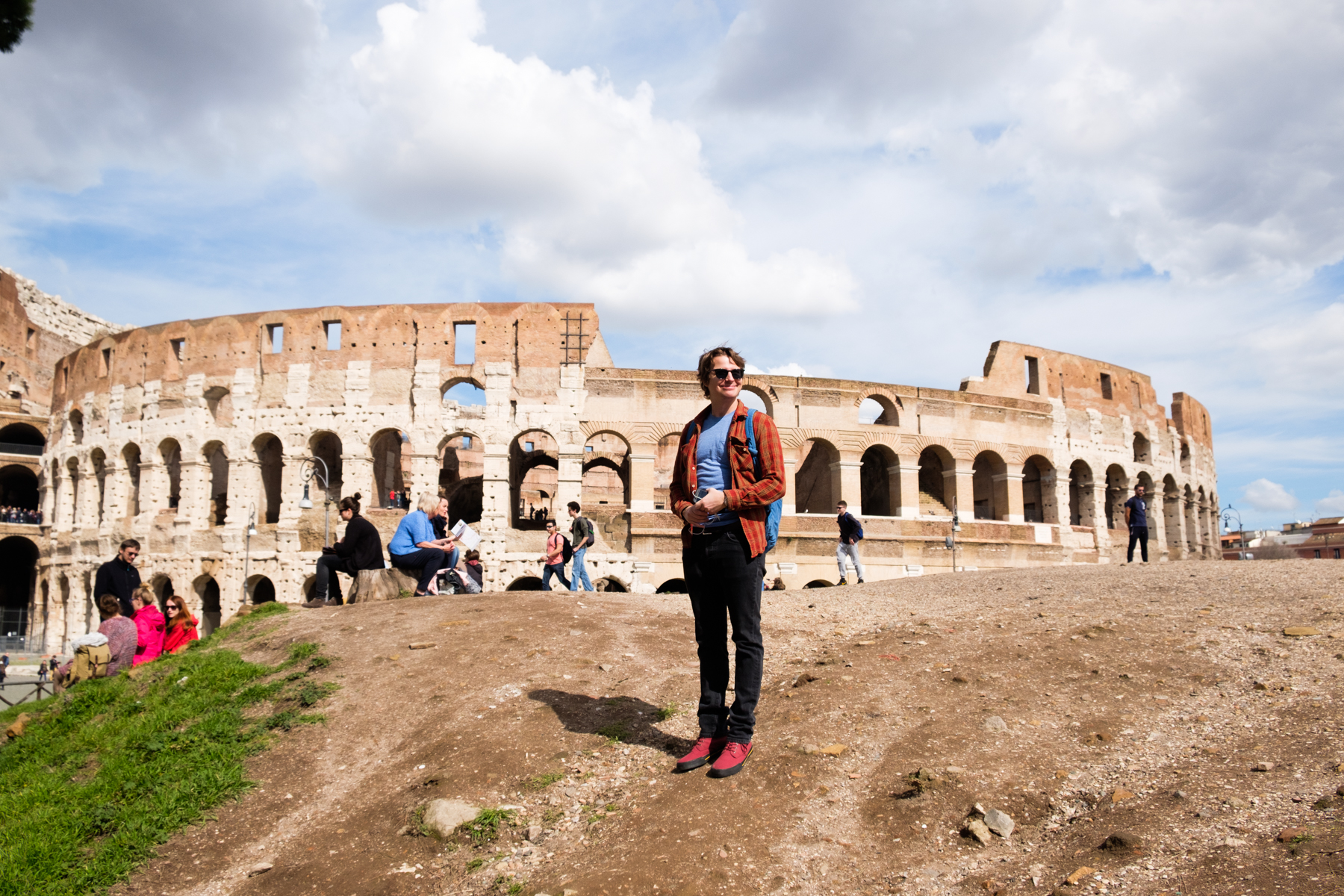
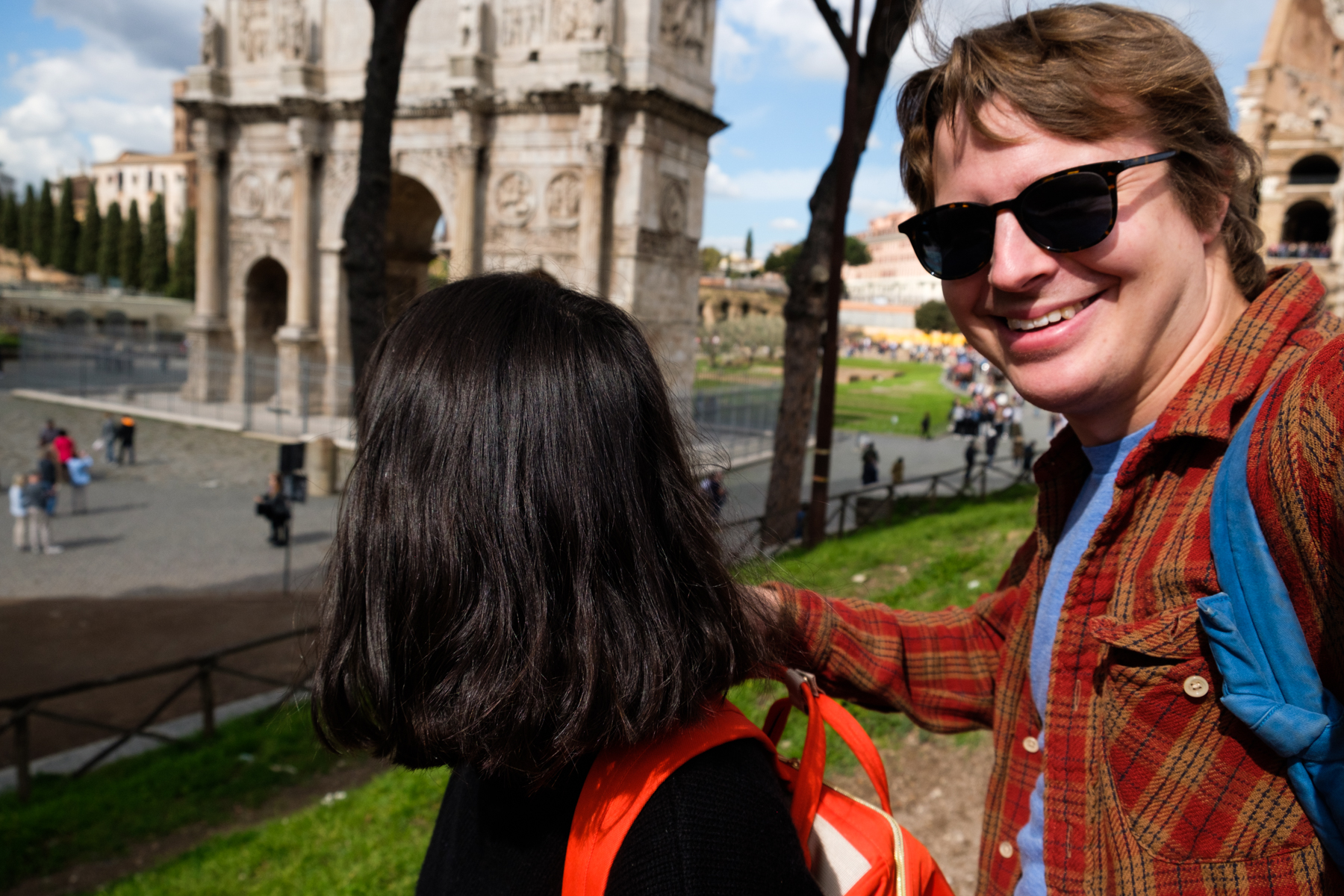


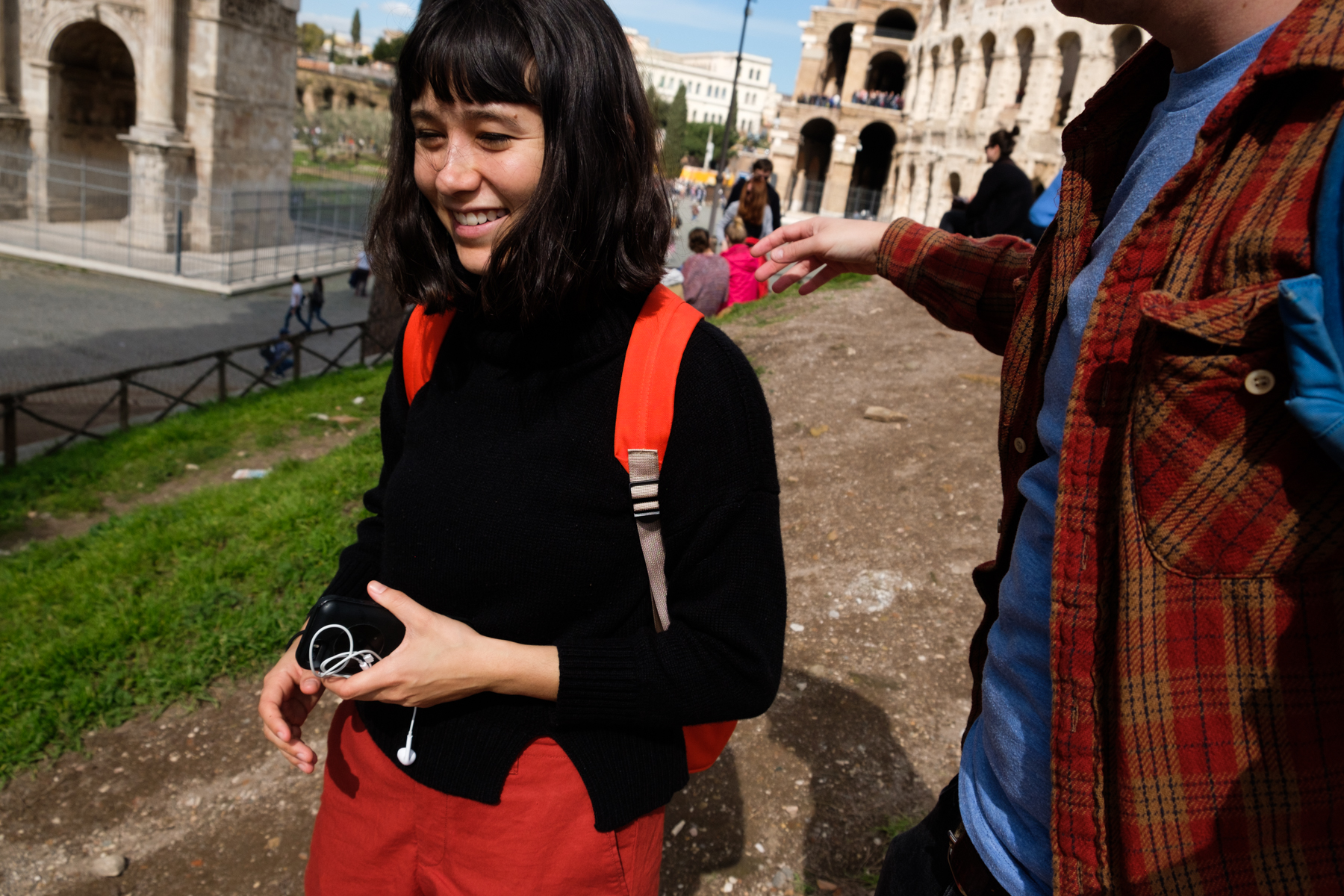
Zach’s terrible selfies, a series.
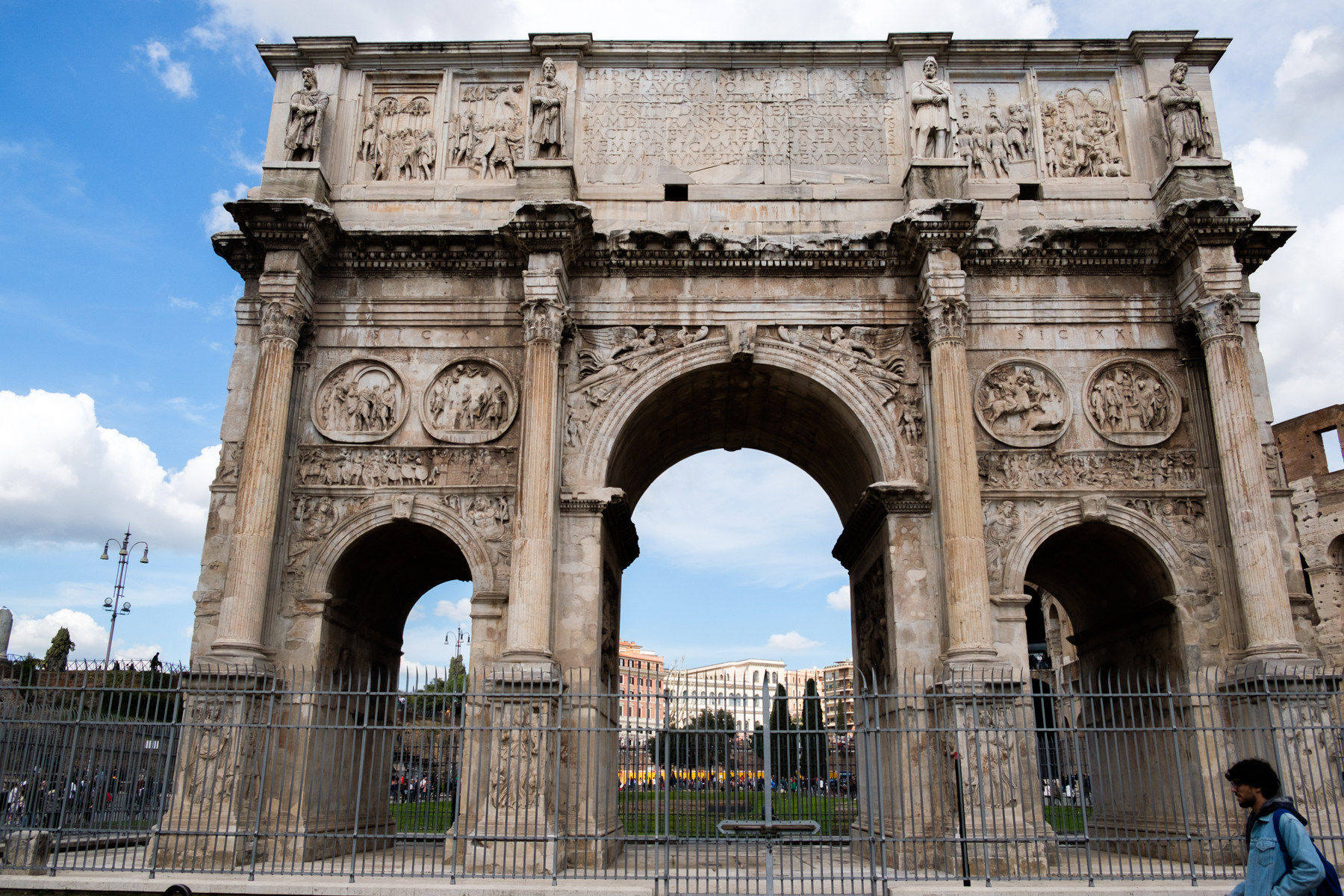
The Arch of Constantine—erected by the Roman senate in 312. It is the largest Roman triumphal arch, meant to be passed when the emperor’s came back into the city in triumph.
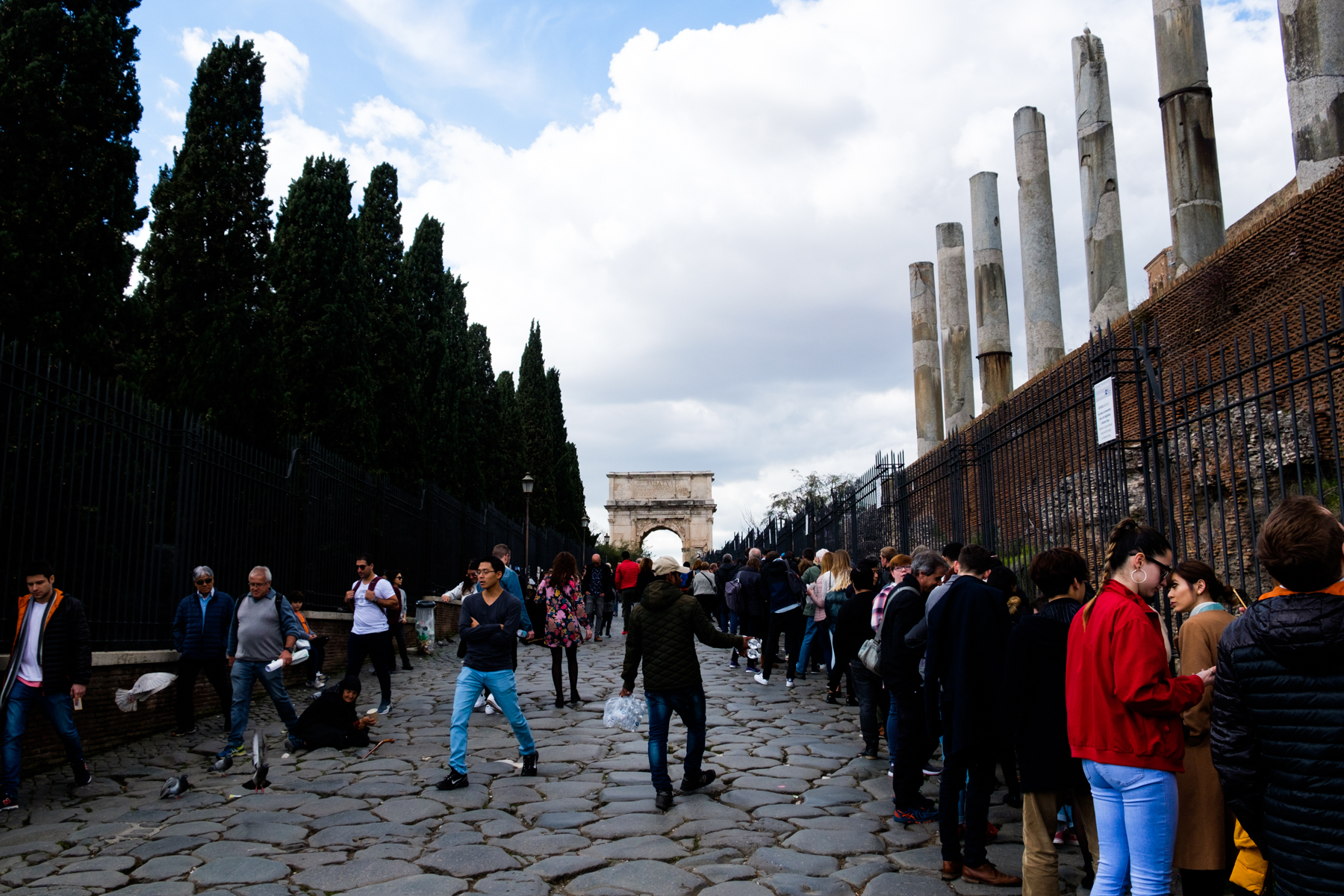
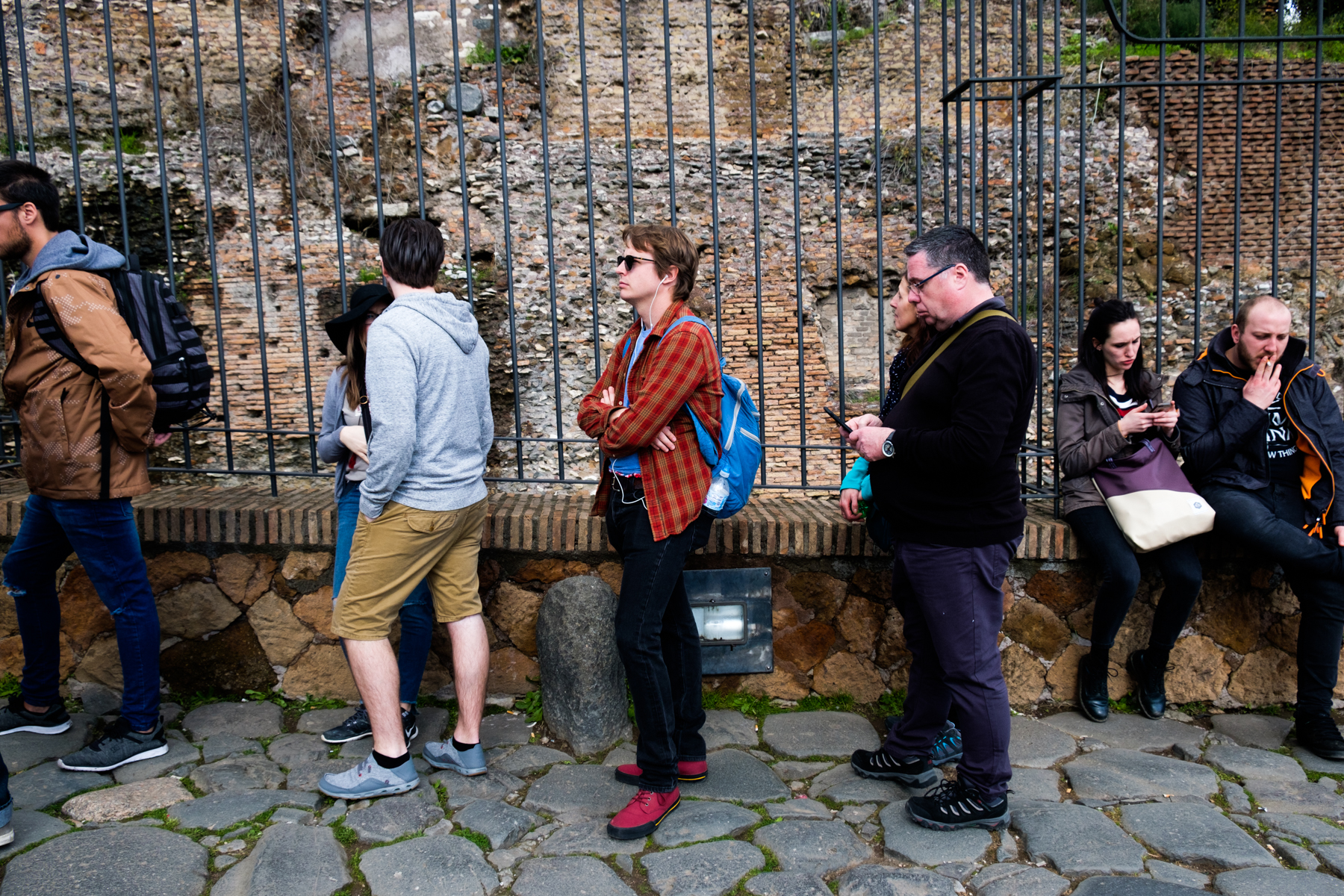
At this point we walked over to enter the Roman Forum. There was a pretty long line for everybody. So we hopped in and waited.
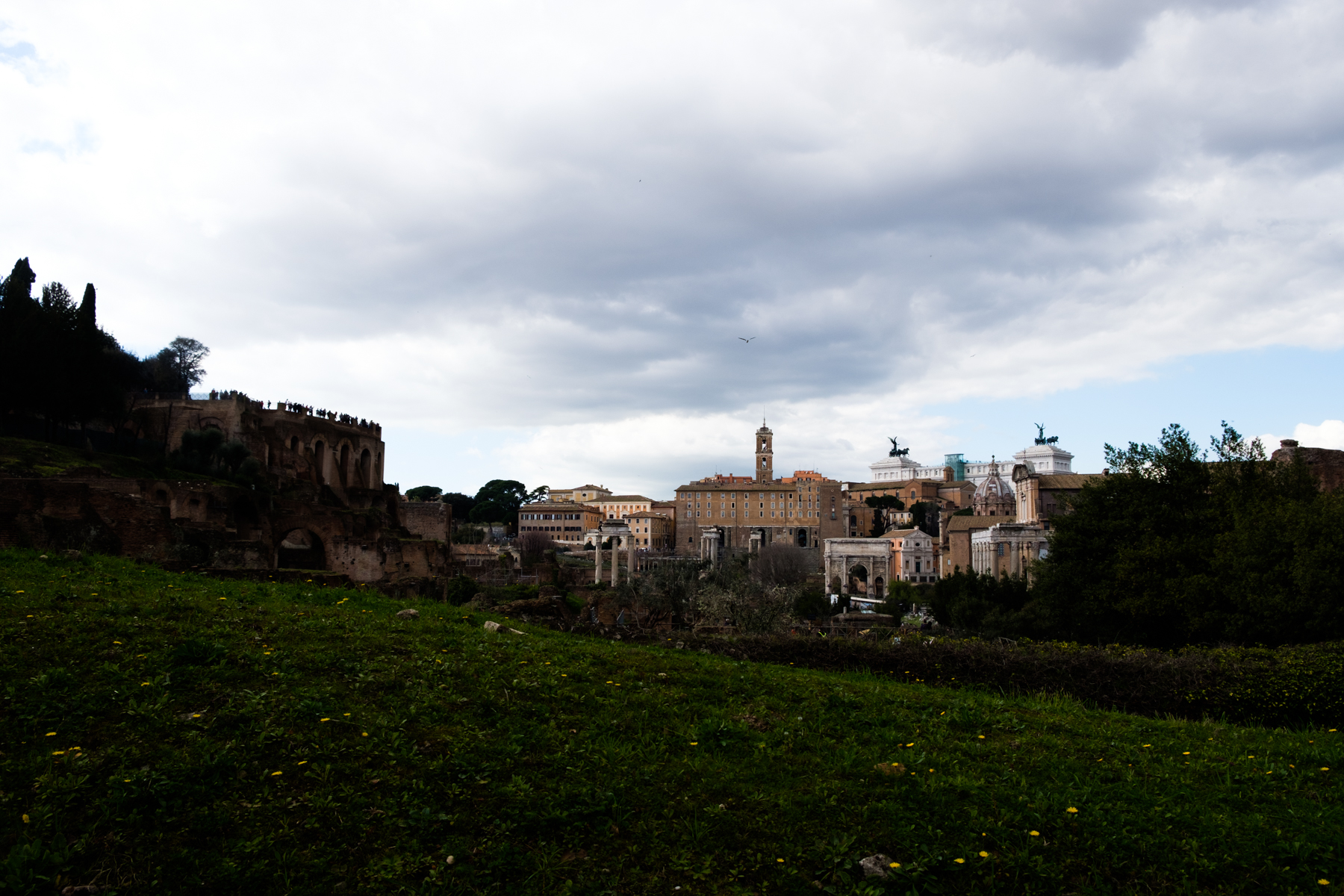
We used the Rick Steves free audio thinggy again, which was SO helpful in the Forum because most archaeological sites aren’t labeled and the guide helped you walk through the Forum in an interesting way with all the info included along the way.
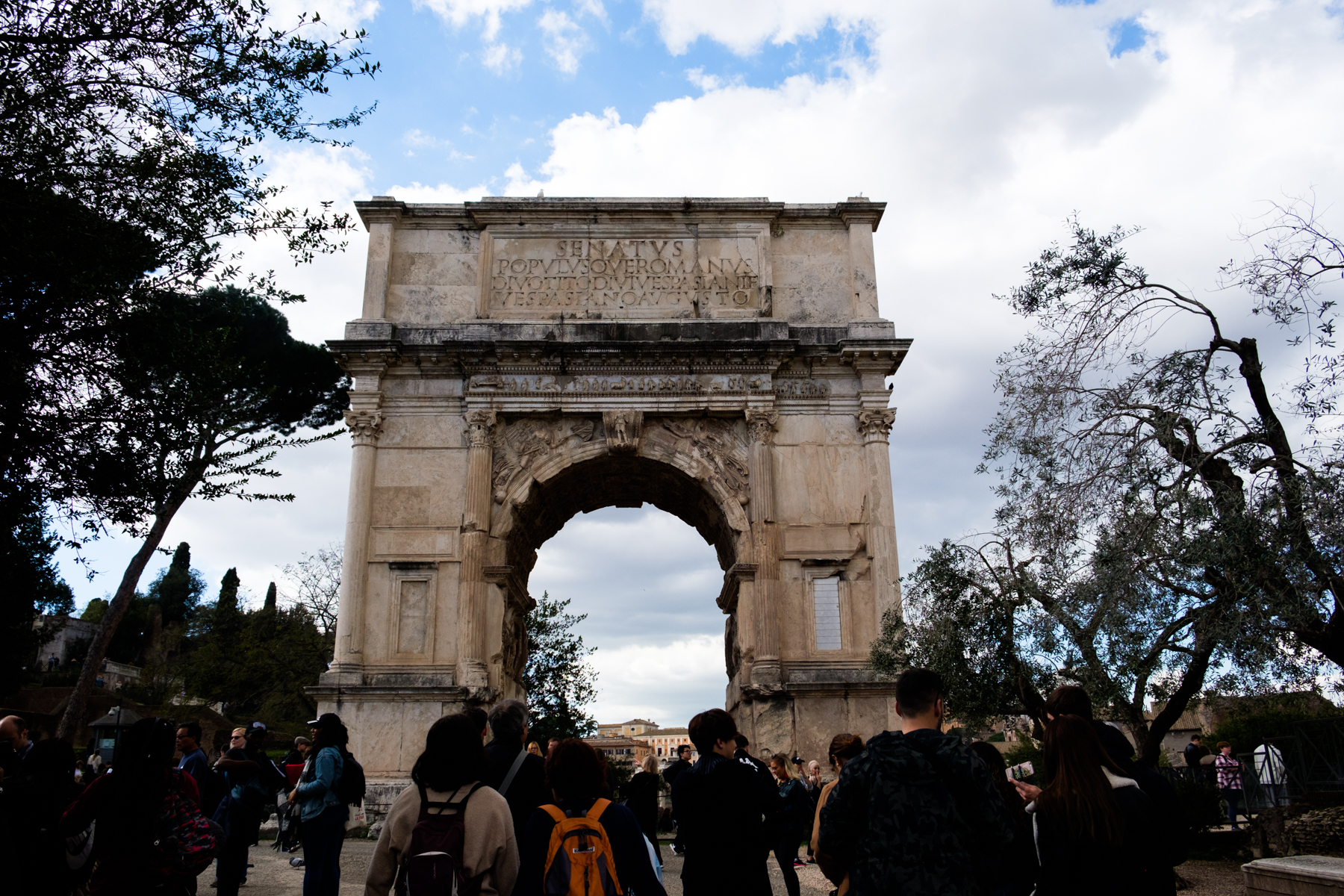
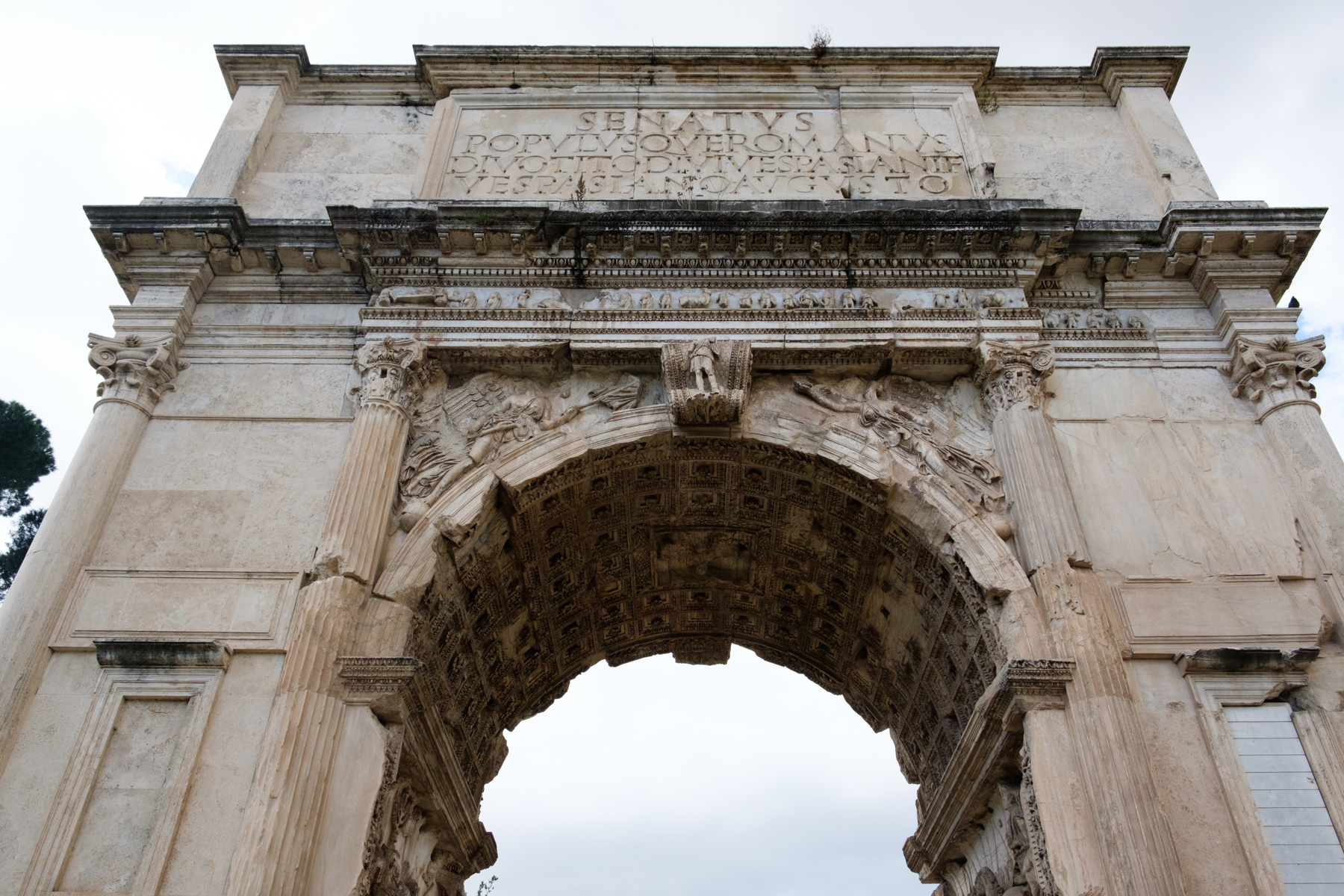

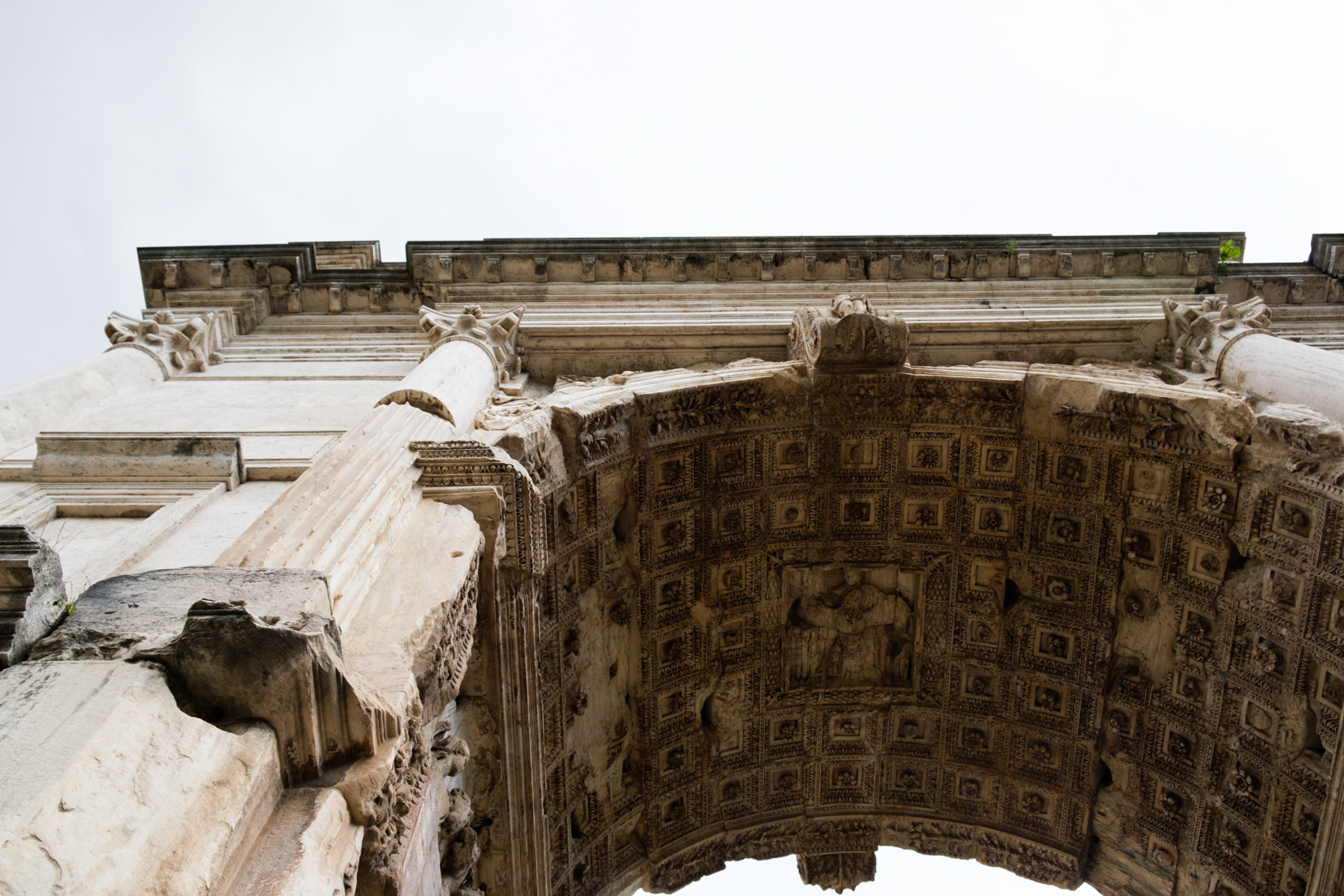
The first thing you see is the Arch of Titus, another triumphal arch constructed in AD 82 by Emperor Domitian to commerorate his older brother Titus’s victories—including the Siege of Jerusalem (AD 70). You can see scenes from the Temple of Jerusalem on one side, a big menorah is carried in procession.
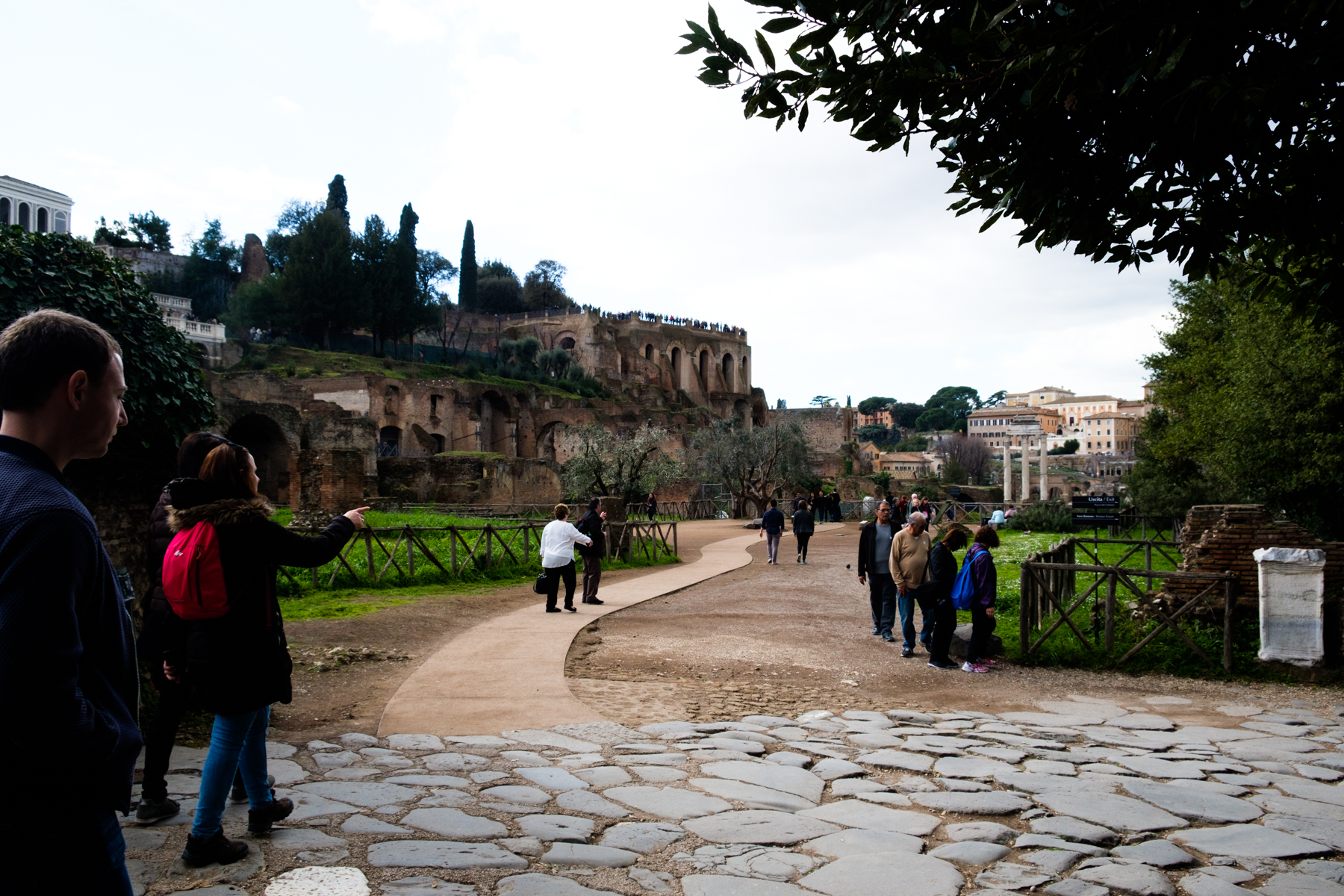
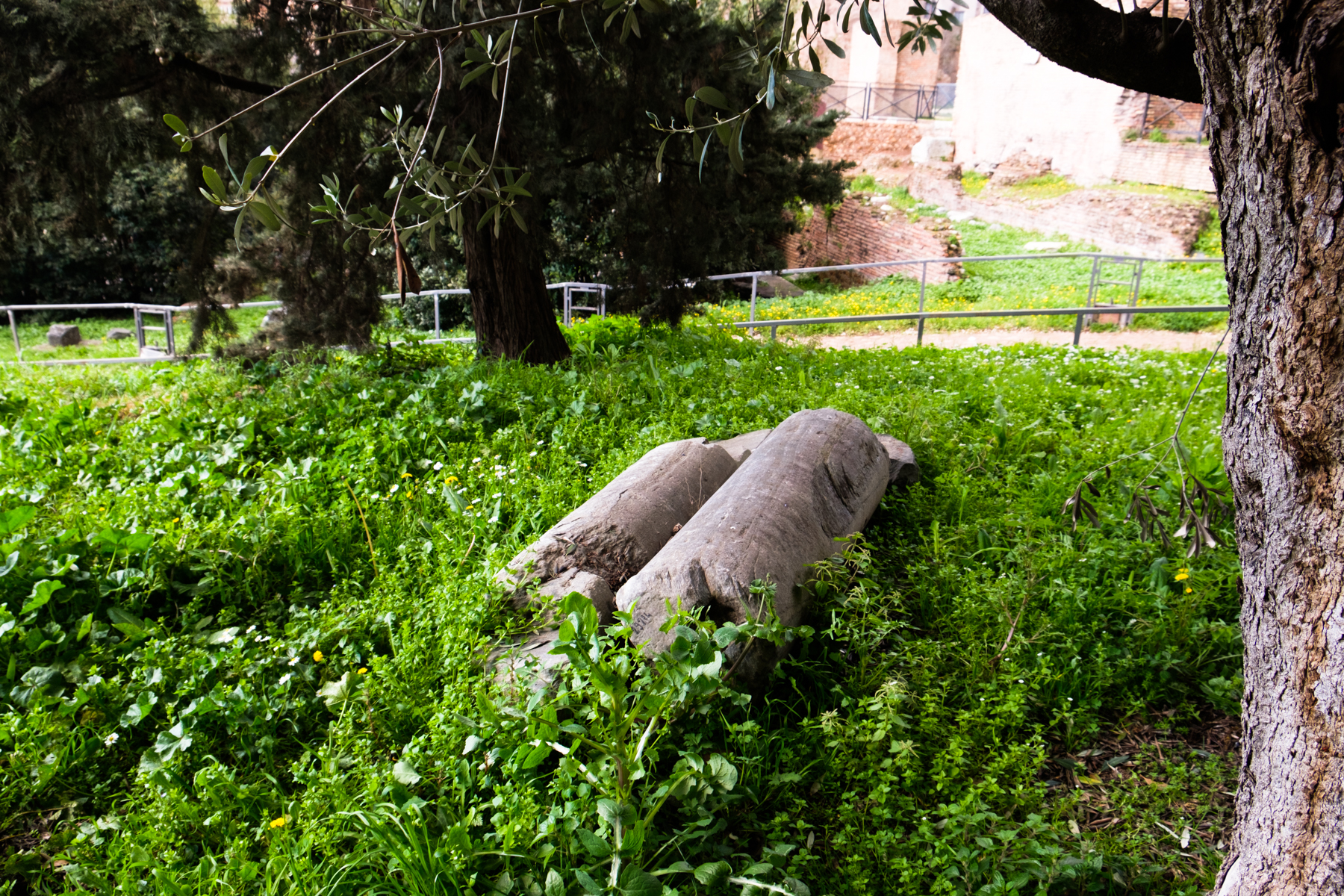
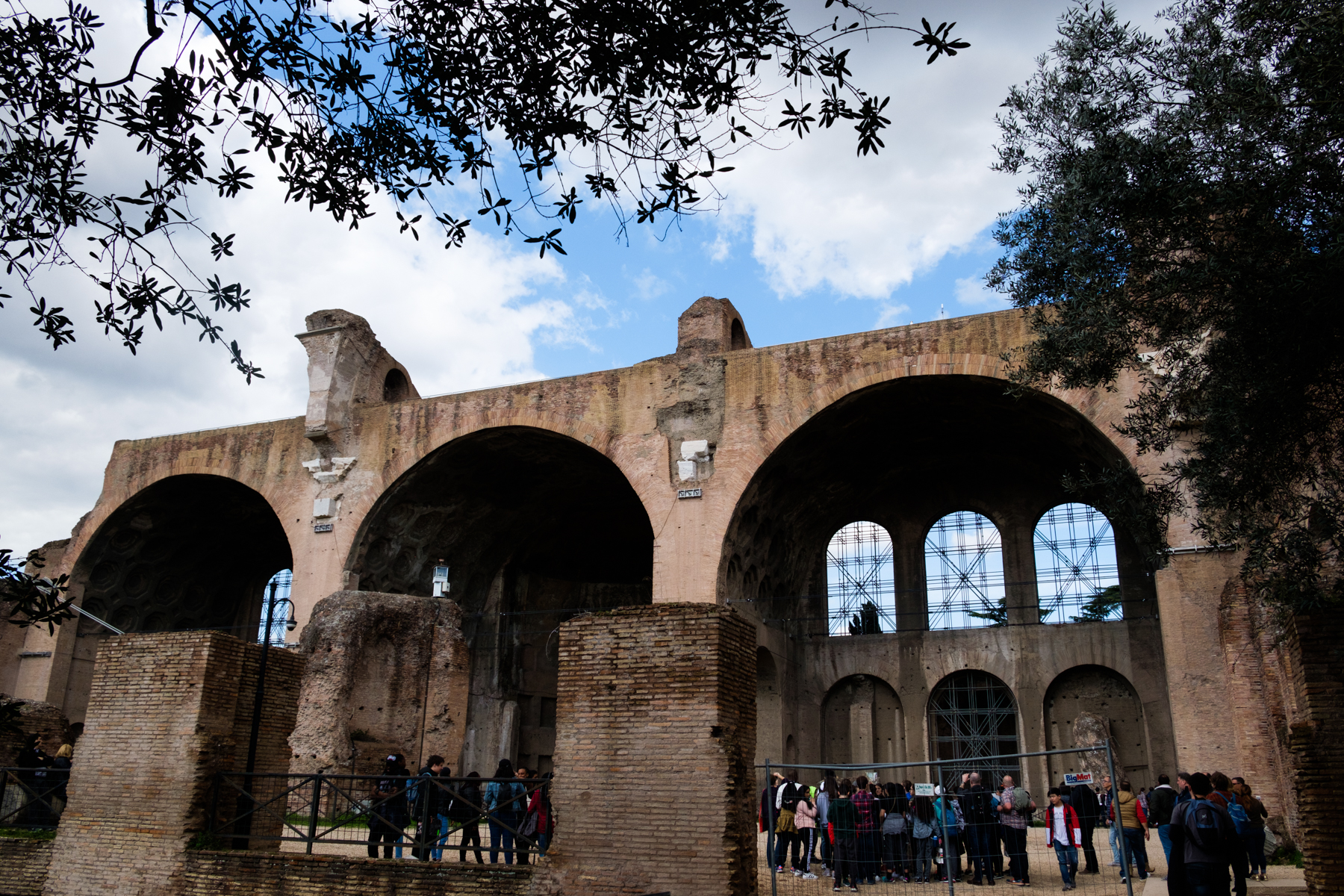
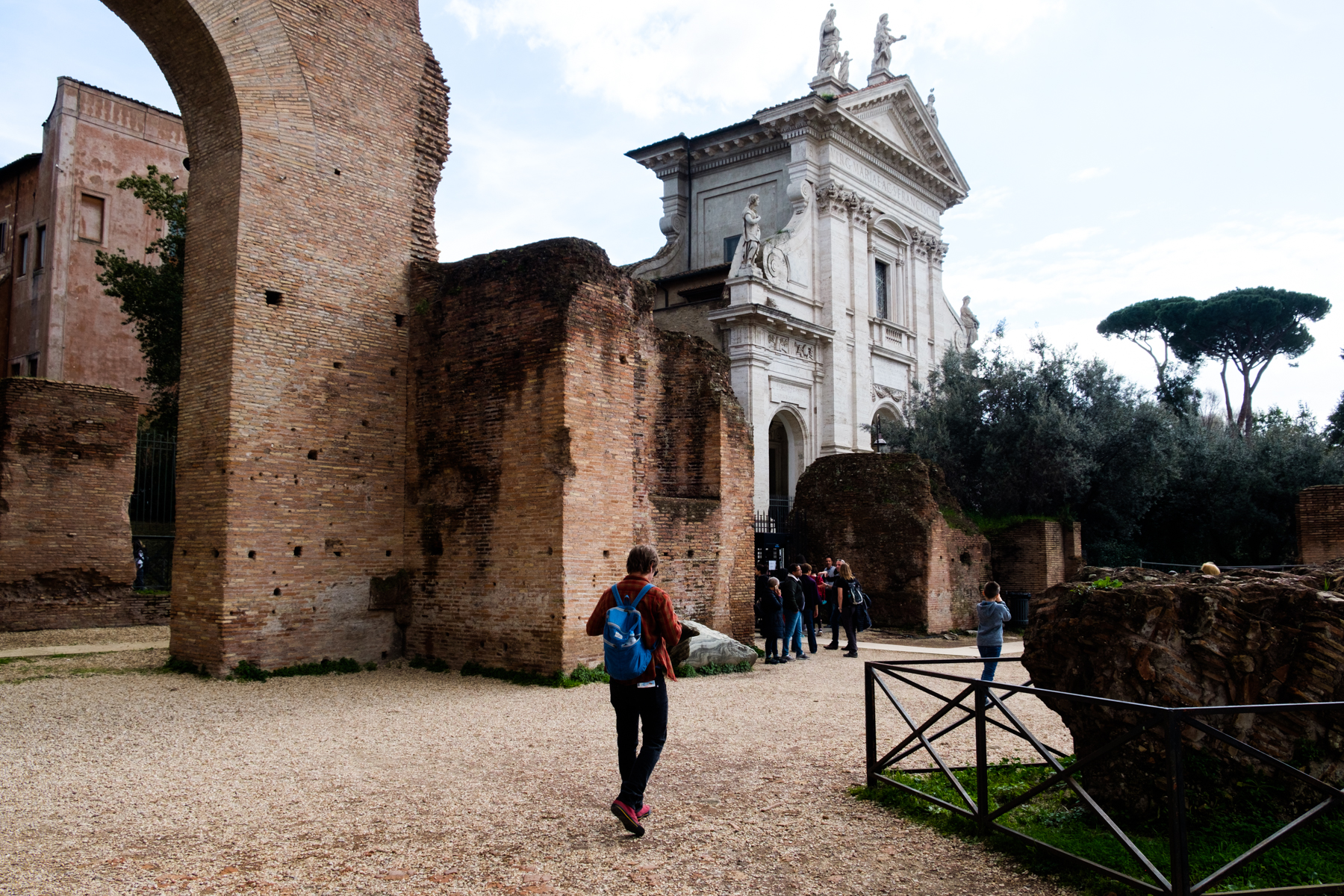
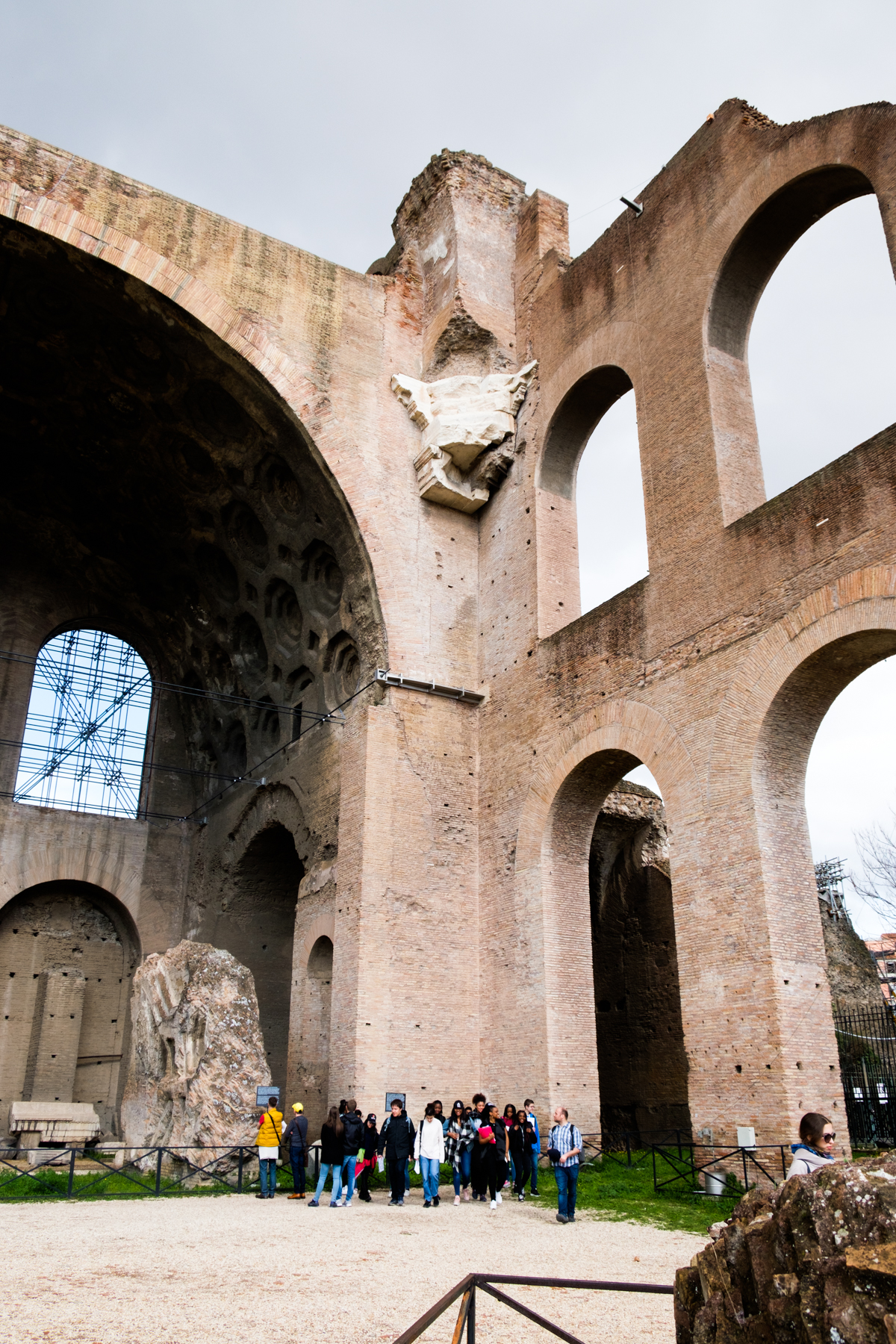

This is the Basilica of Maxentius and Constantine or the “Basilica Nova.” This building would have been 7,000 square yards and had a central nave that is 265 feet long and 83 feet wide. It’s…big. Inside was a huge sculpture of Constantine (pieces now on display at the Capitoline Museums). At the time of its construction, it was the largest structure ever built, and has architectural features of both Roman baths and basilicas. This building would have been used as a civic center for the people of ancient Rome. You can really feel how epic and amazing it must have been when first constructed. The ruins are truly enormous.

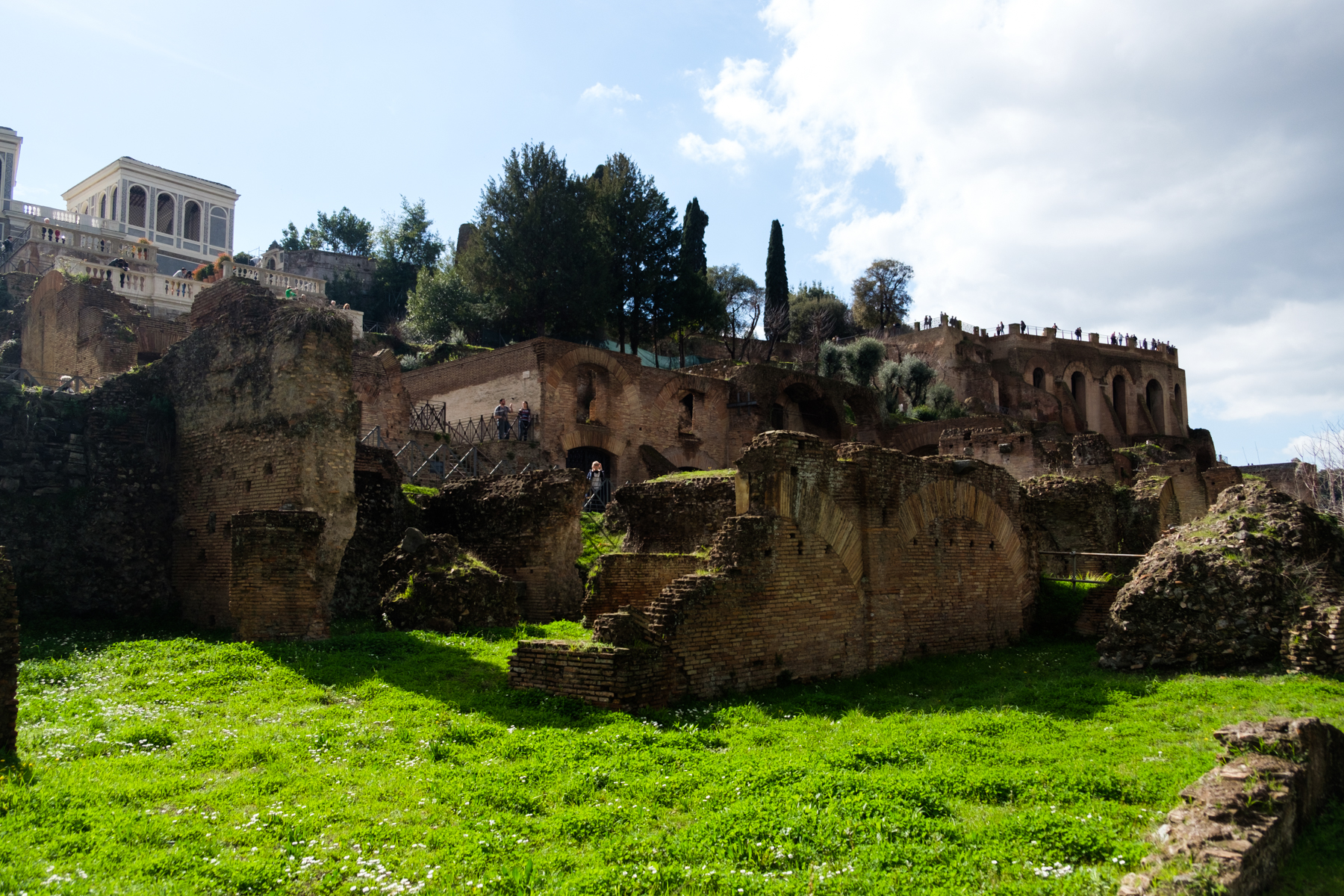
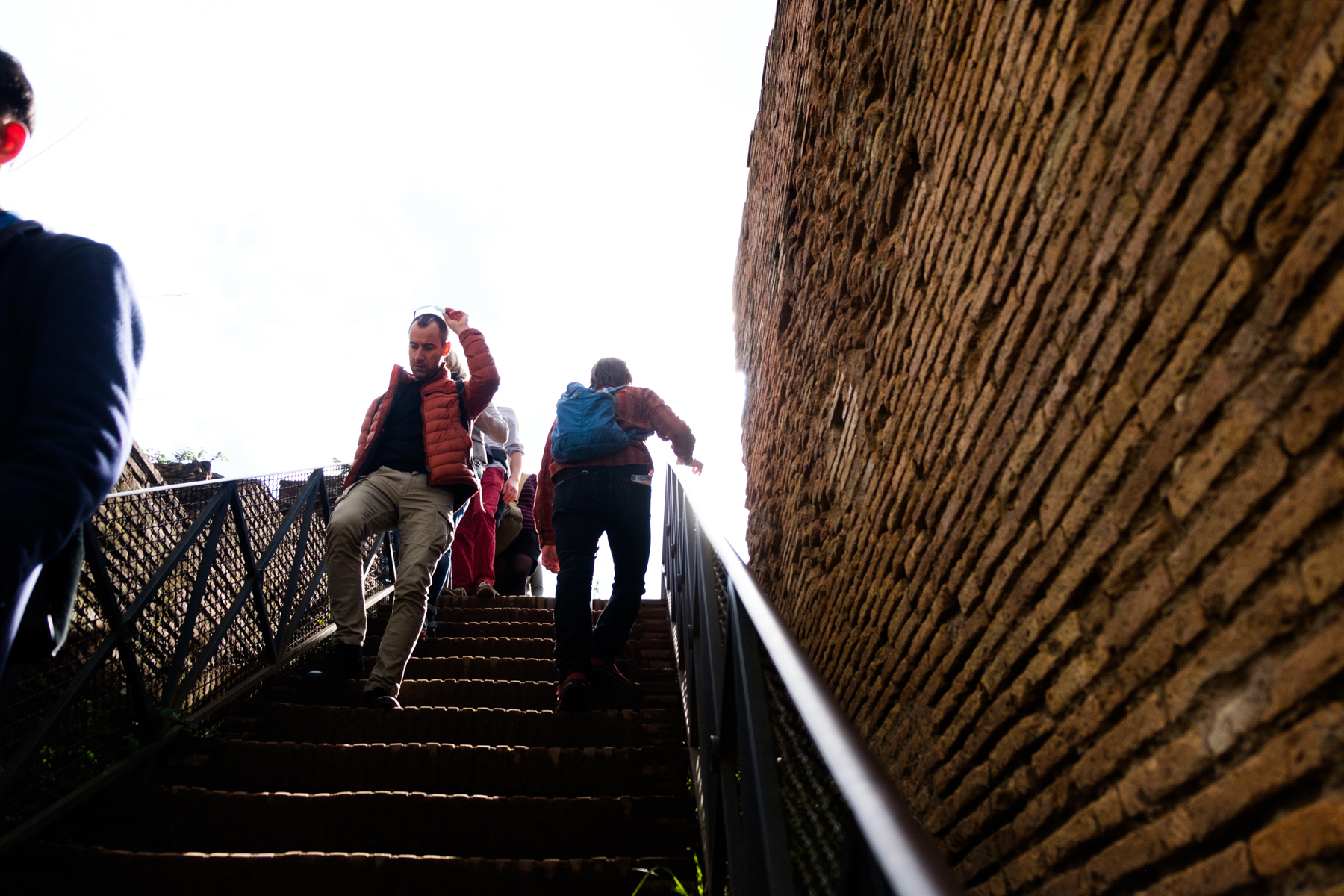
We took a detour and headed over to Palatine Hill and the Palatino (yes, Palatino is also a font!) Palatine hill is where Romulus supposedly founded the city of Rome in 753 BC and many of Rome’s emperors lived up here in luxury. There are ruins of the Domus Flavia, the imperial palace, and views of both the Roman Forum and the chariot track.
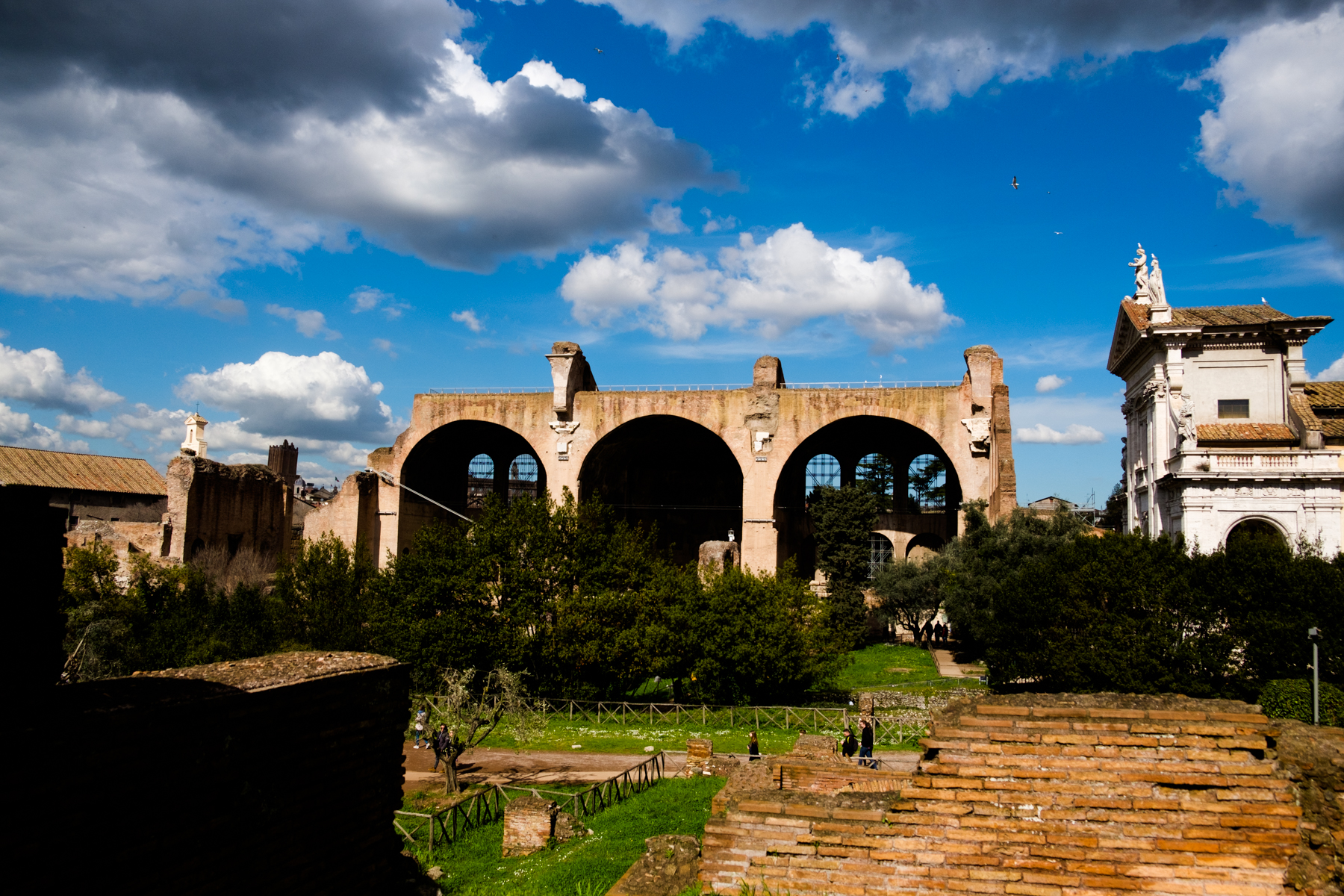
You can truly see how huge the basilica is from up here.

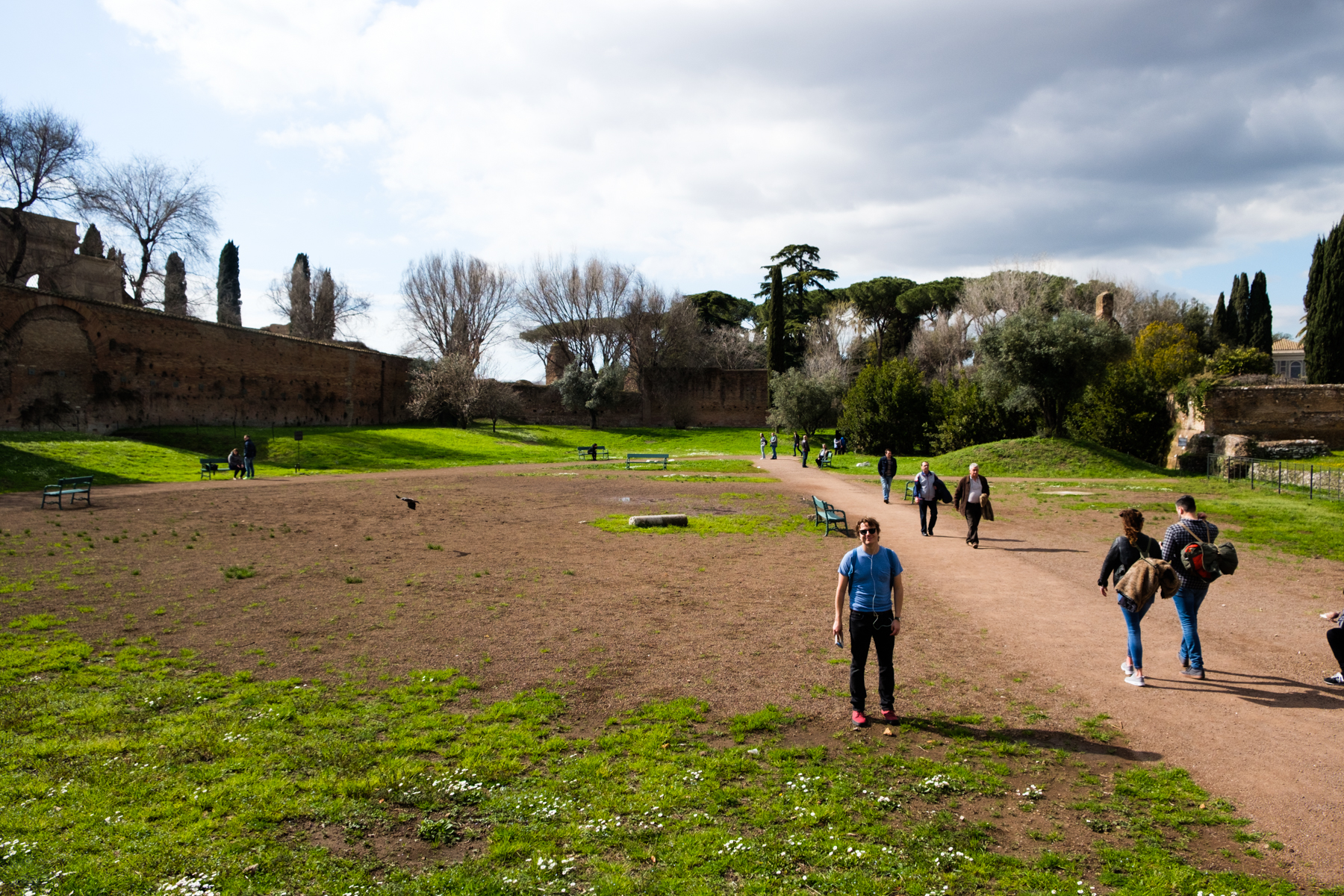
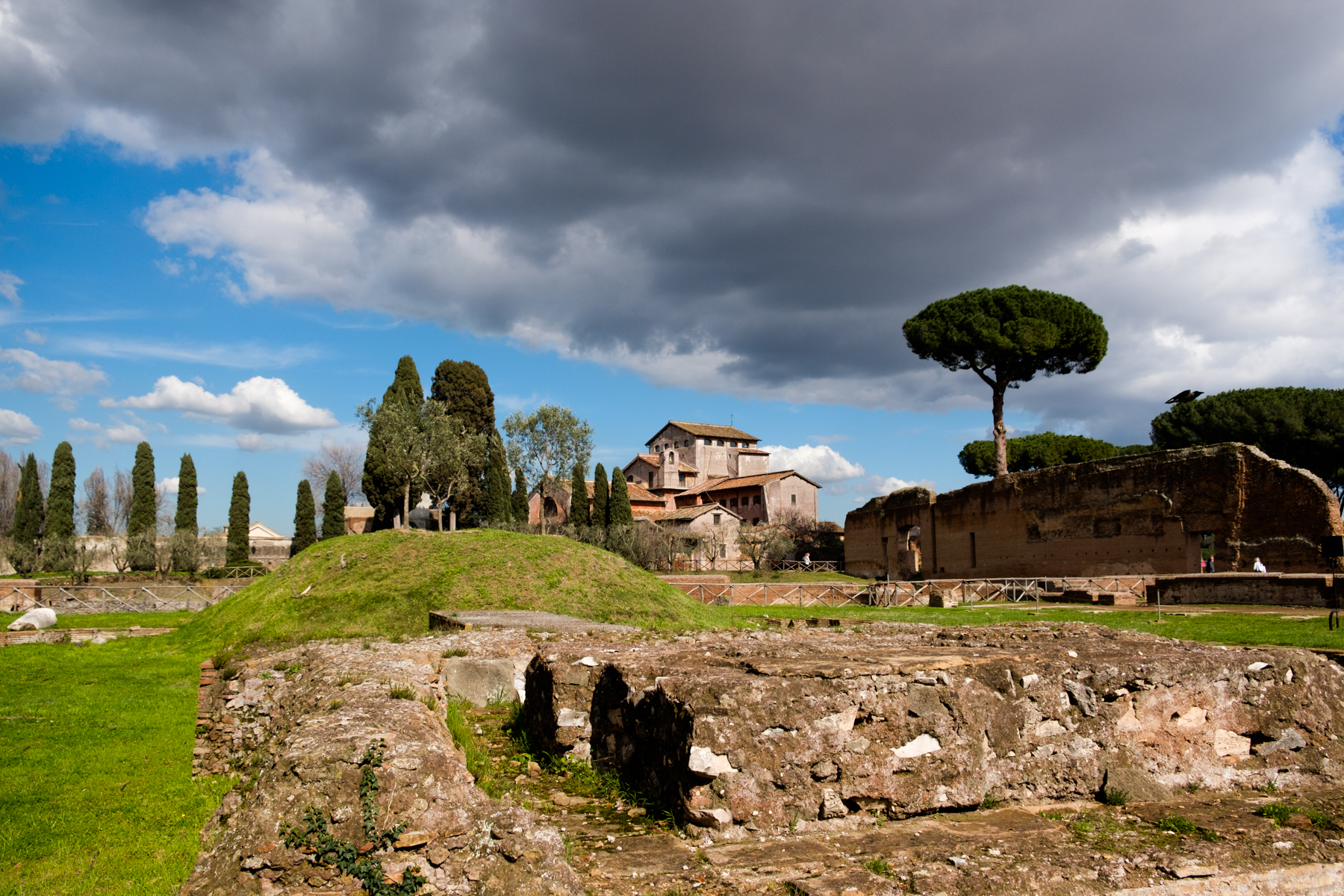
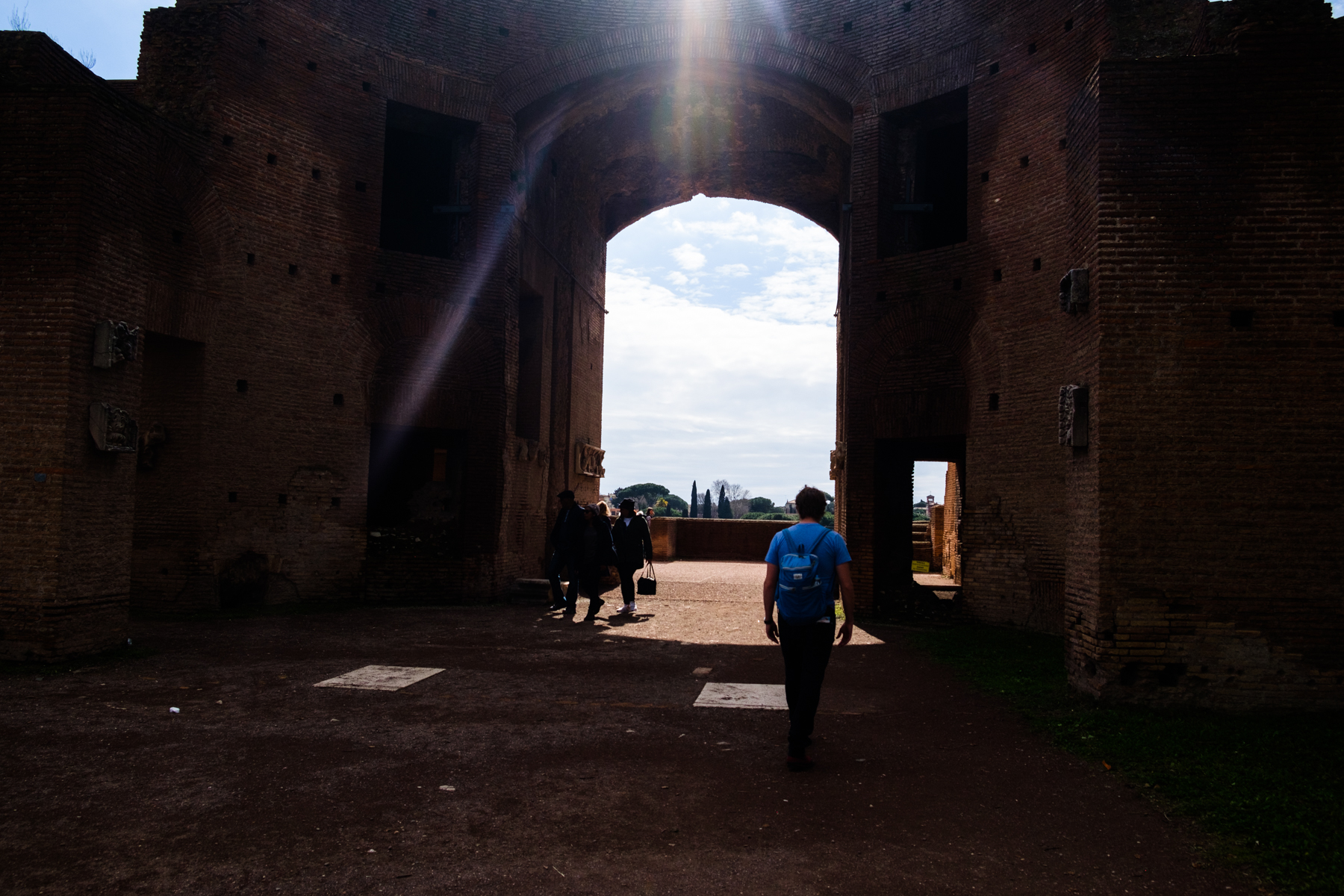
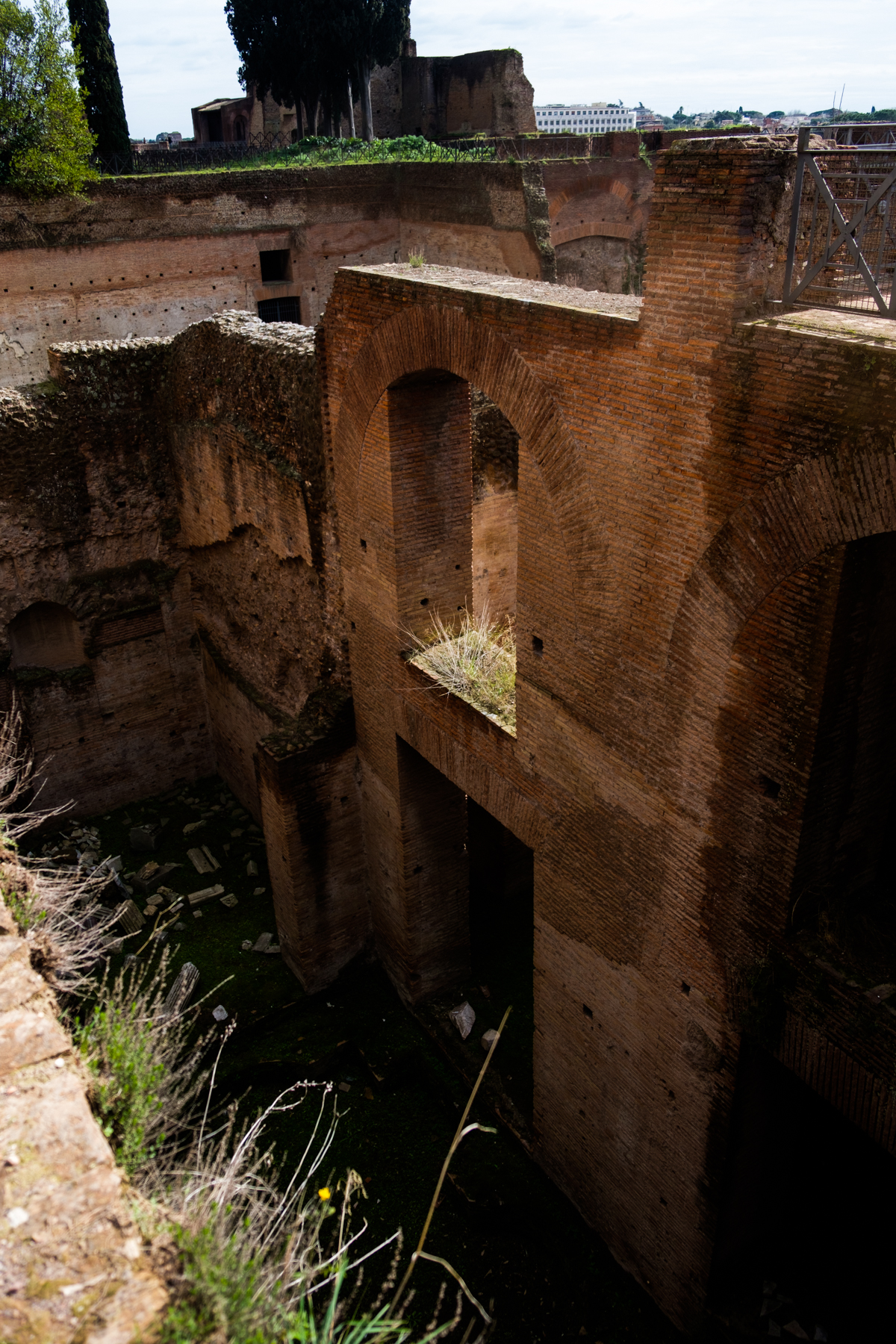
The ruins of Emperor Domitian’s Palatino palace, the main imperial palace for over 300 years. The grassy area where Zach is standing was probably used for private games and events for the emperor. There are also baths up here and the private quarters for the emperor. You can look down at the multi-story structure.
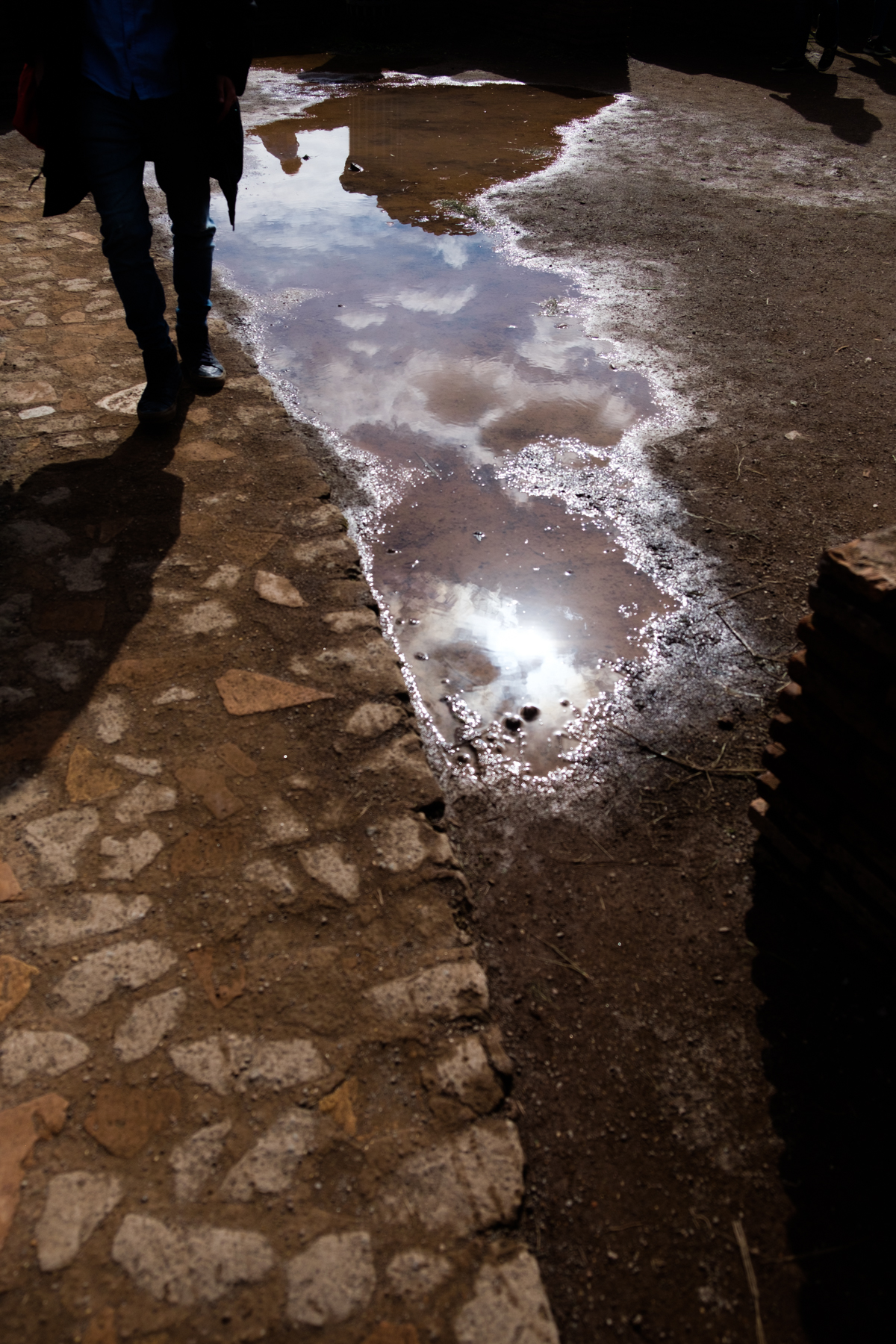

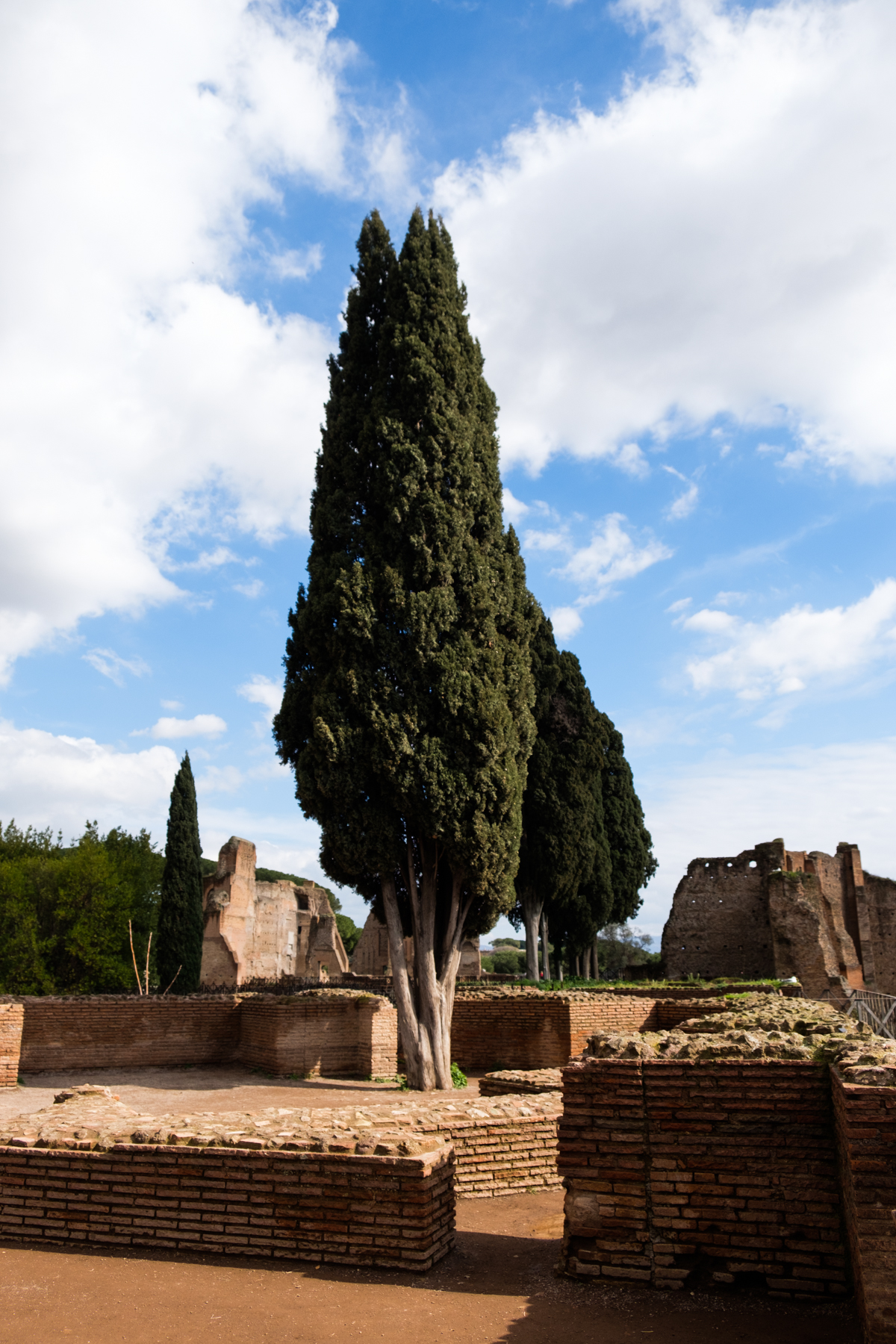
It isn’t as crowded over here as down in the Forum, so it’s a nice escape from the crowds.
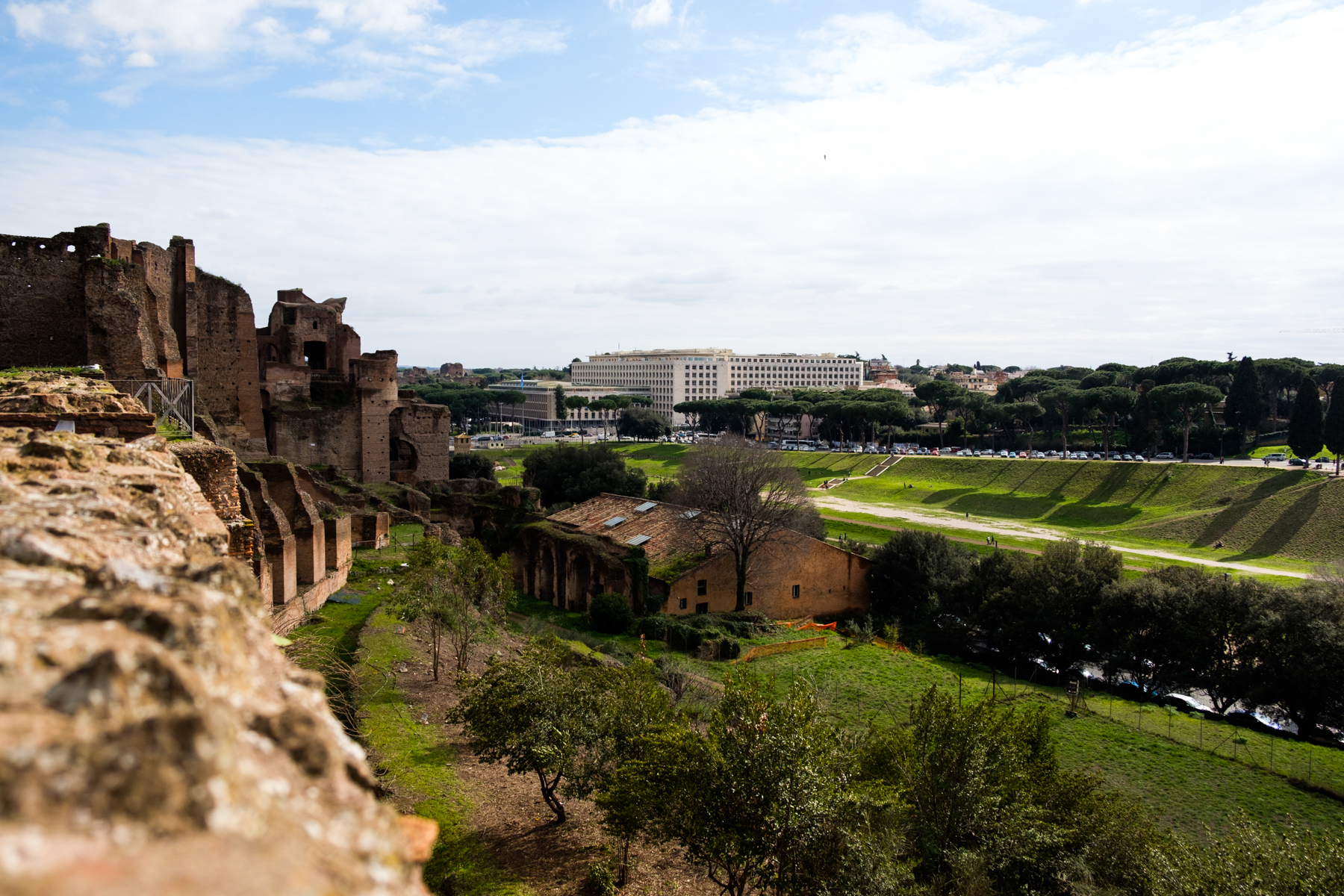
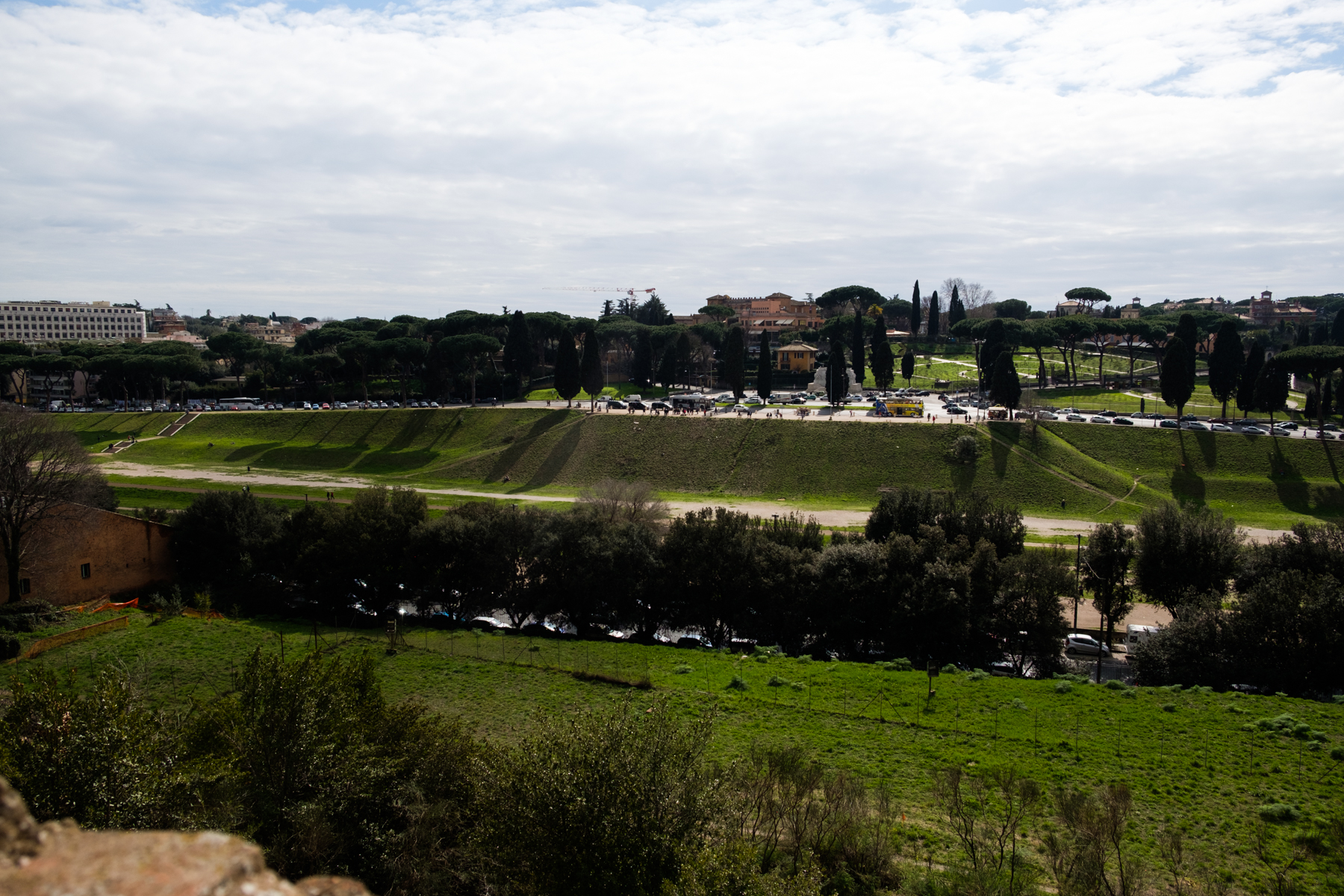
You can see the Circus Maximus from the palace edge. You can imagine the emperor and his crew looking down over the race track. The Circus Maximum (that grassy track area) was used in ancient Roman times as a chariot-racing stadium. It’s now a public park! You can see runners down there doing laps.
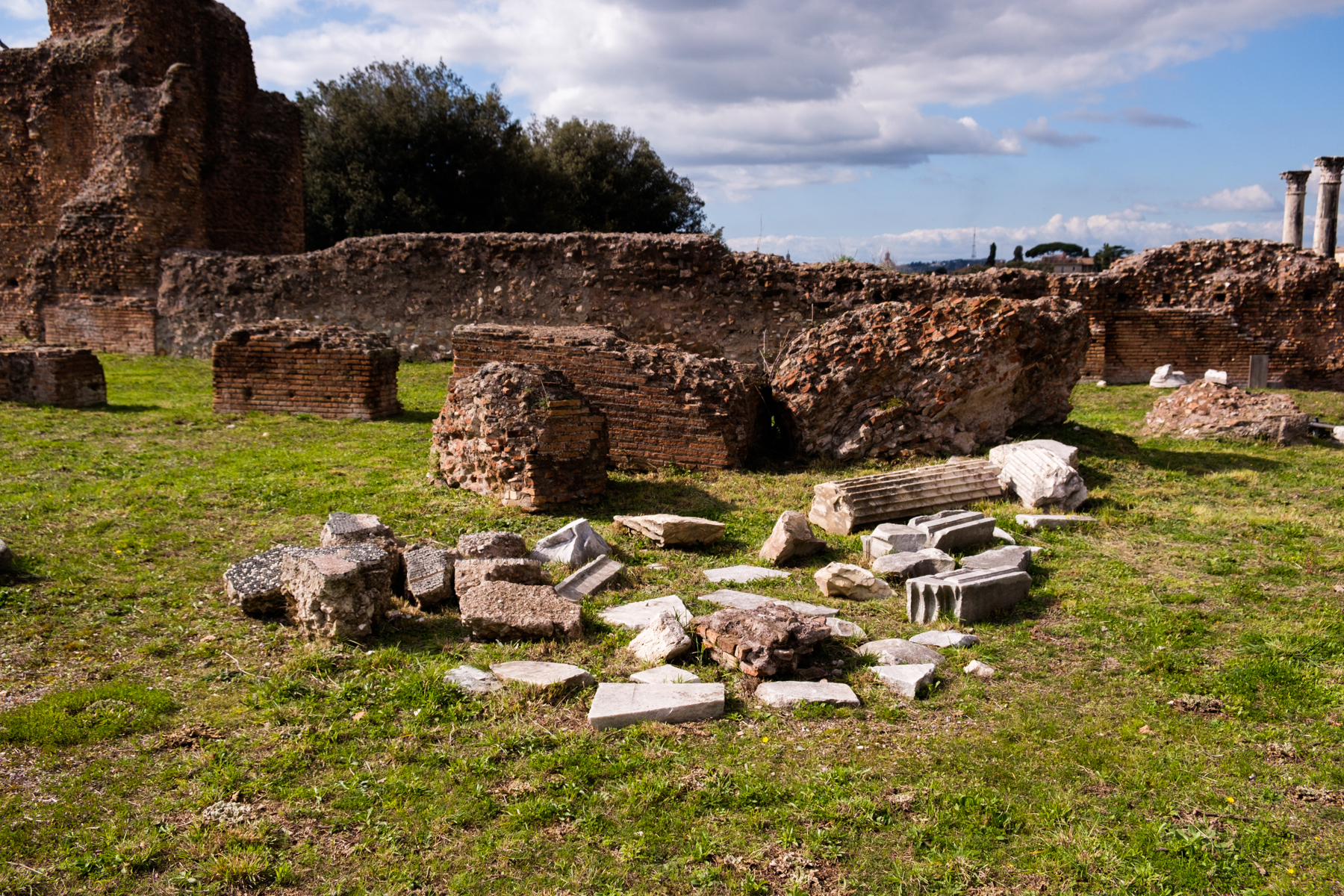

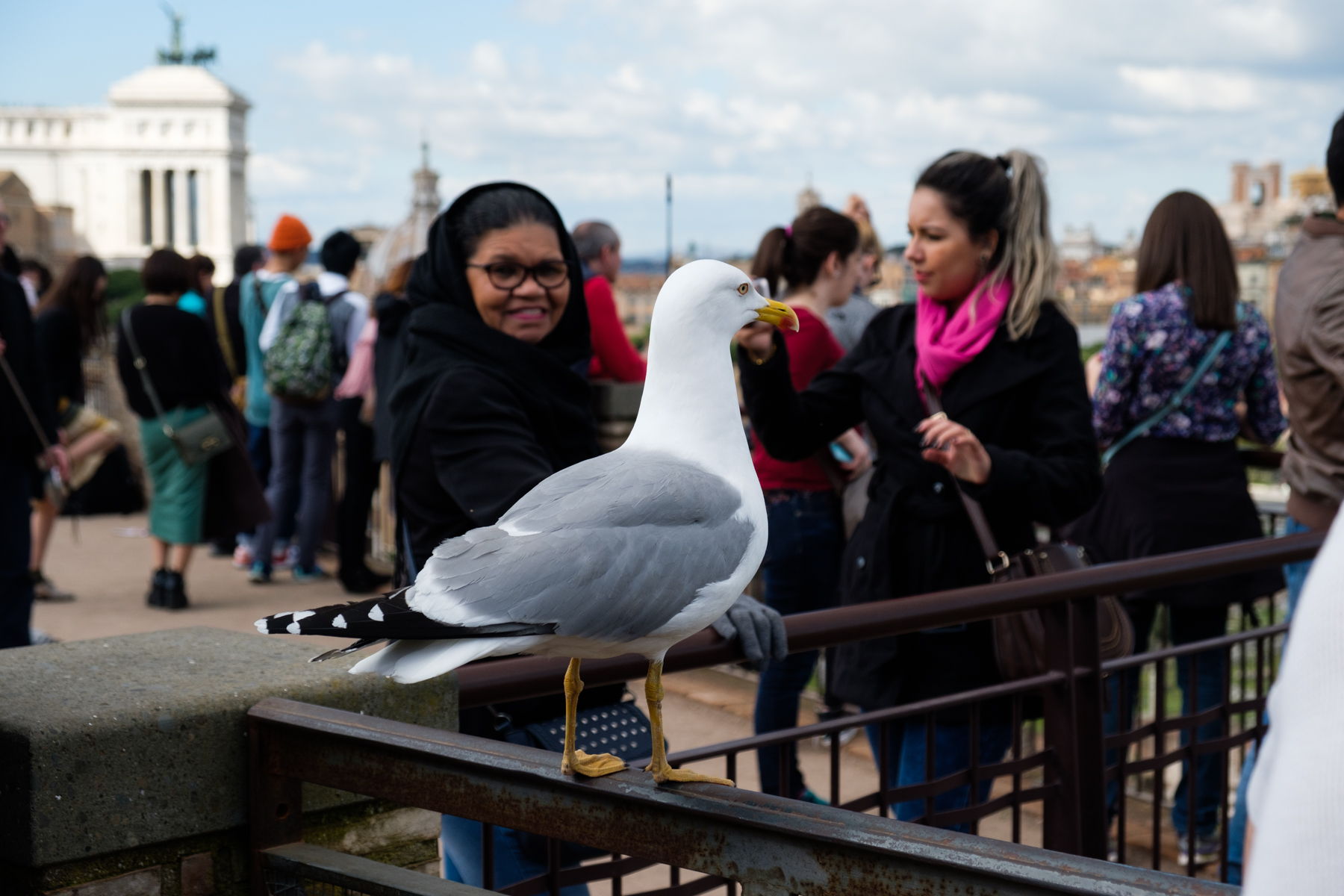
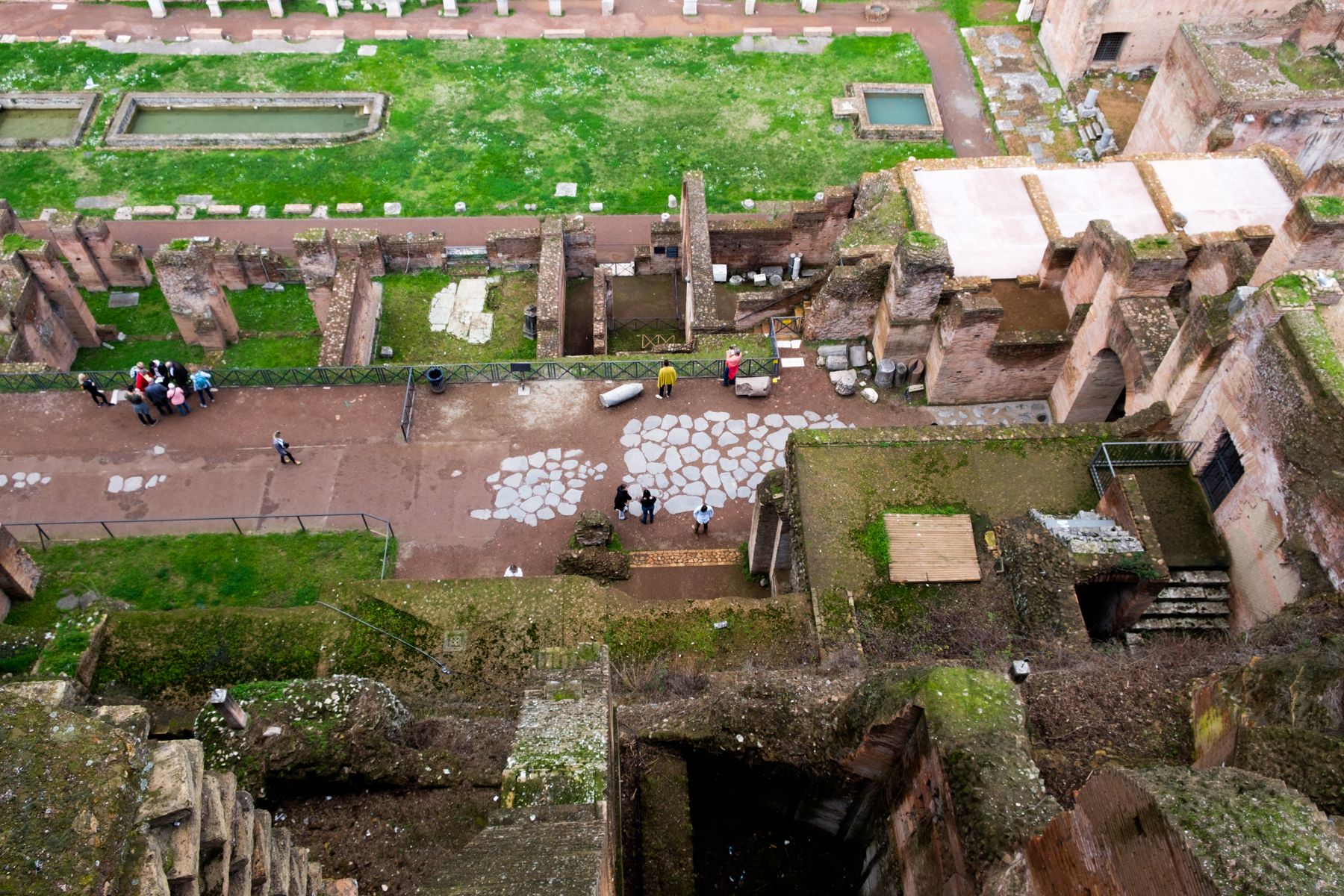
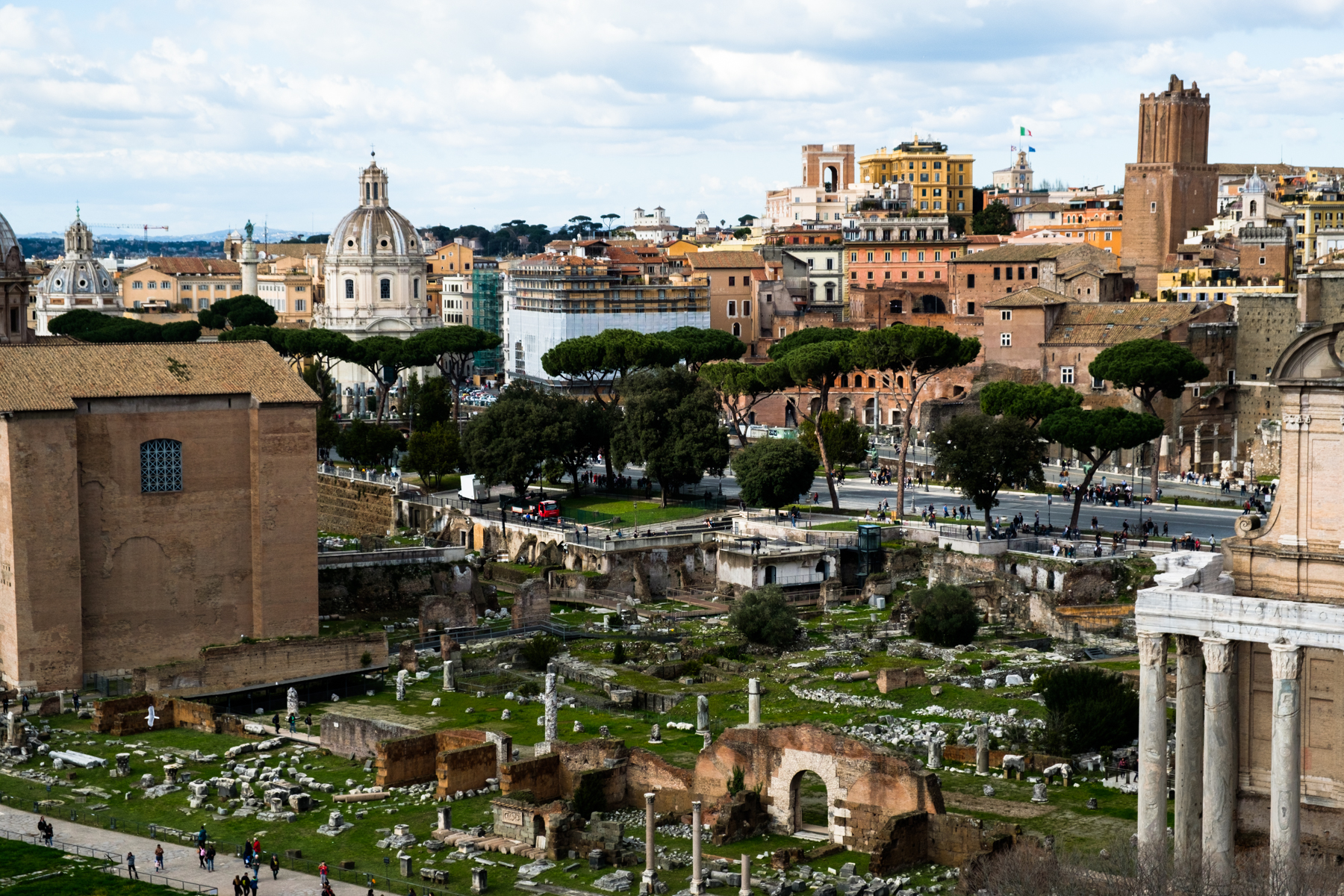
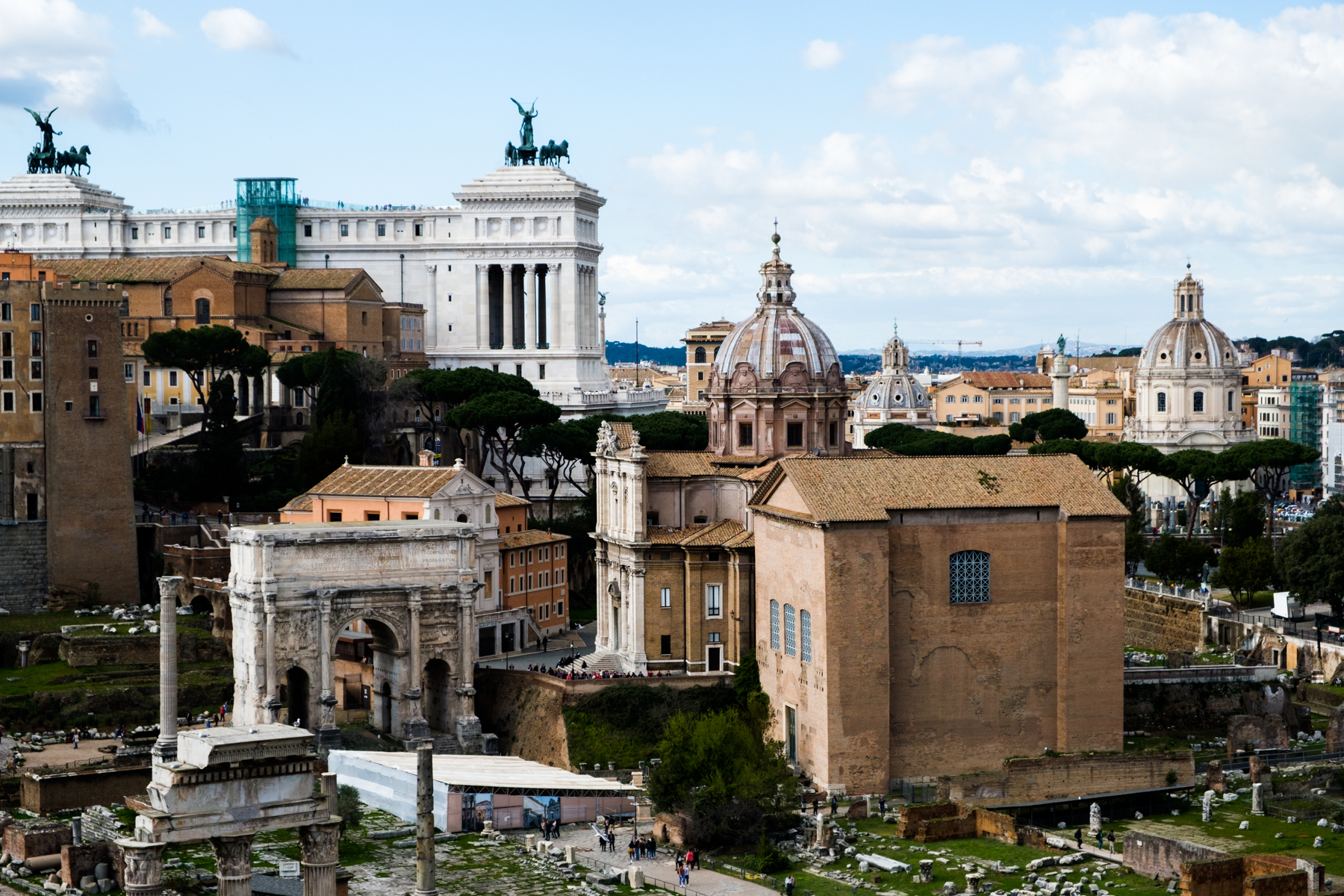
Pretending to be emperor, looking out over my city.

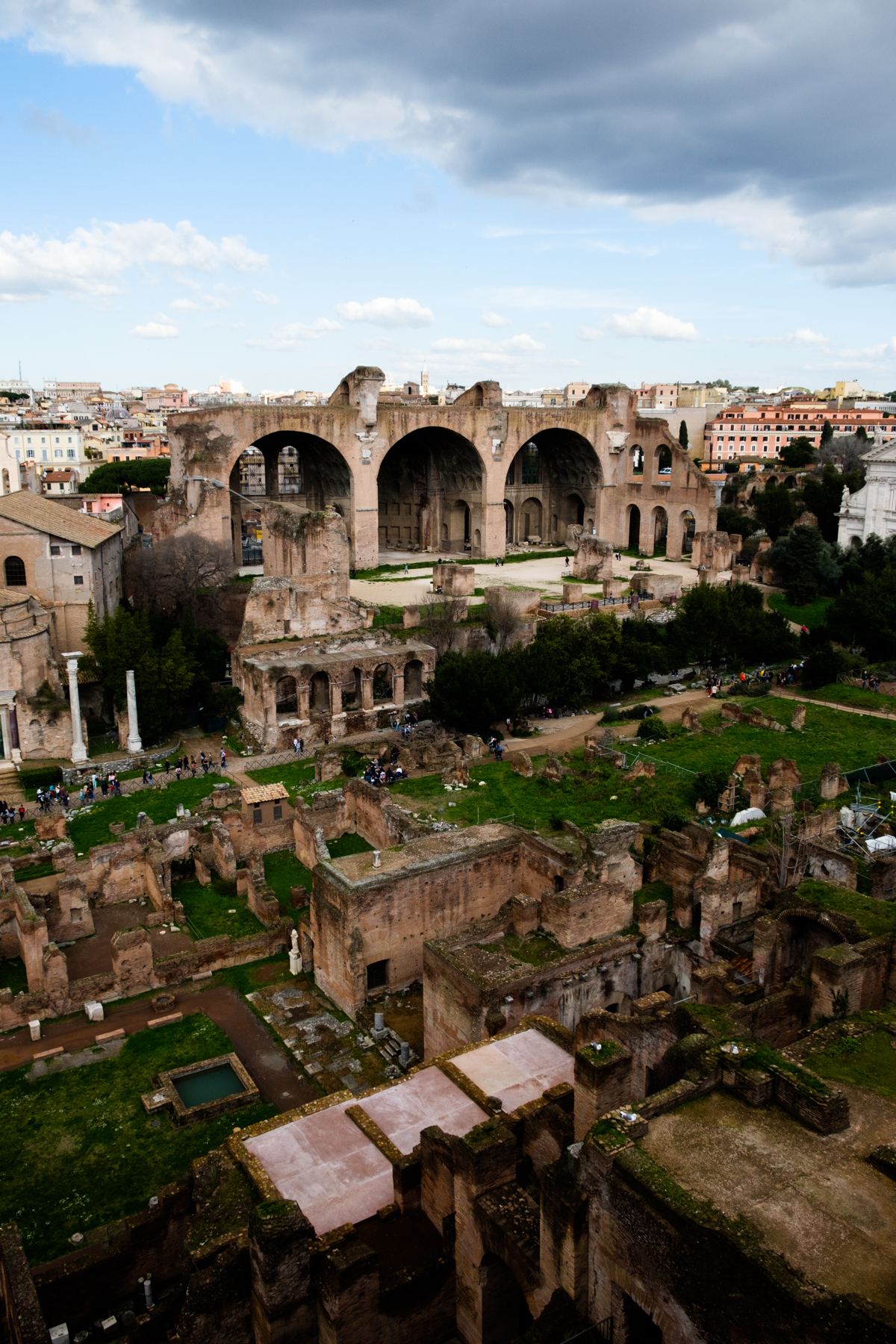

The Roman Forum was basically the government center of ancient Rome. It was a place to go to the market, to temples, to do government business, to hear speeches, etc.
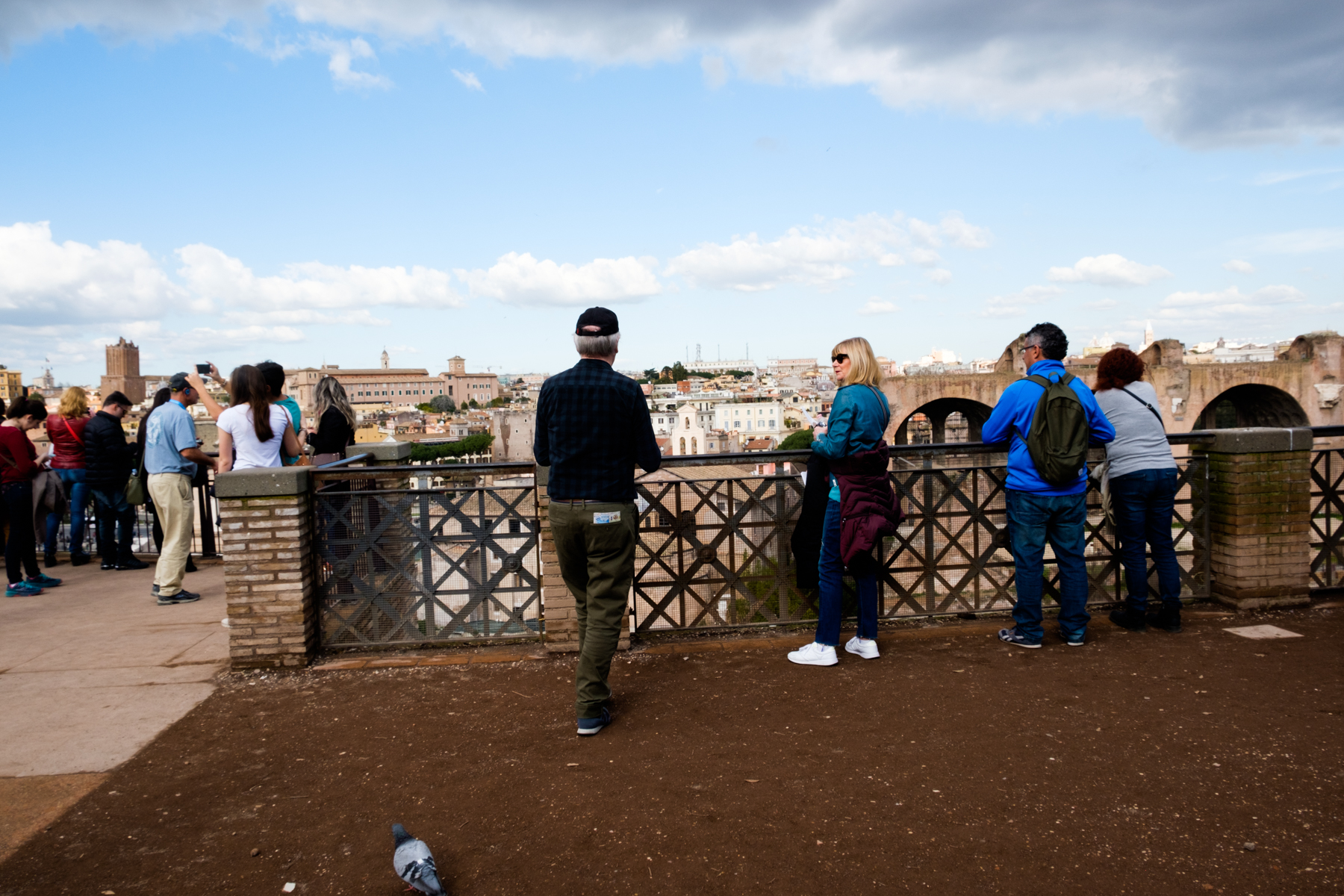
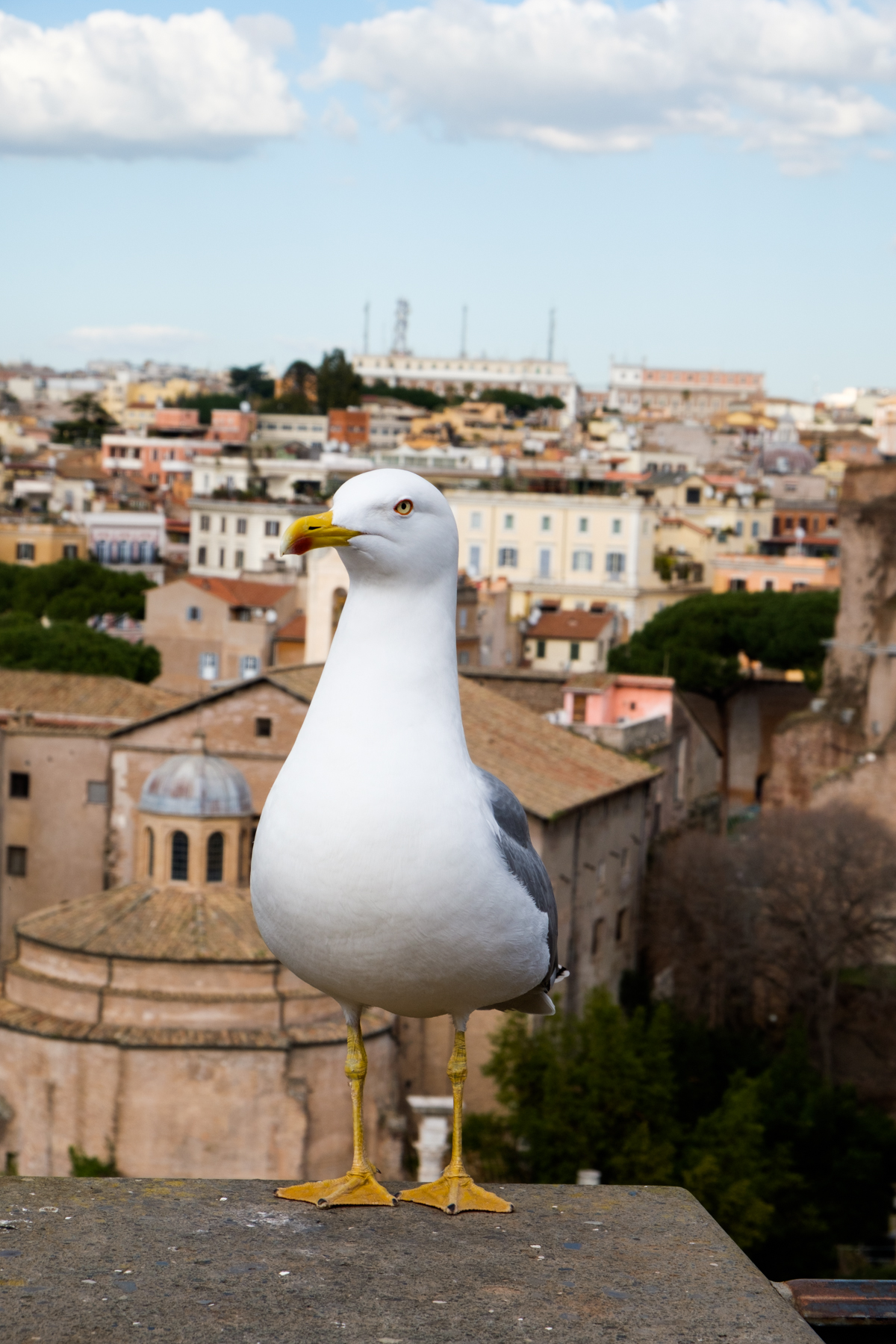
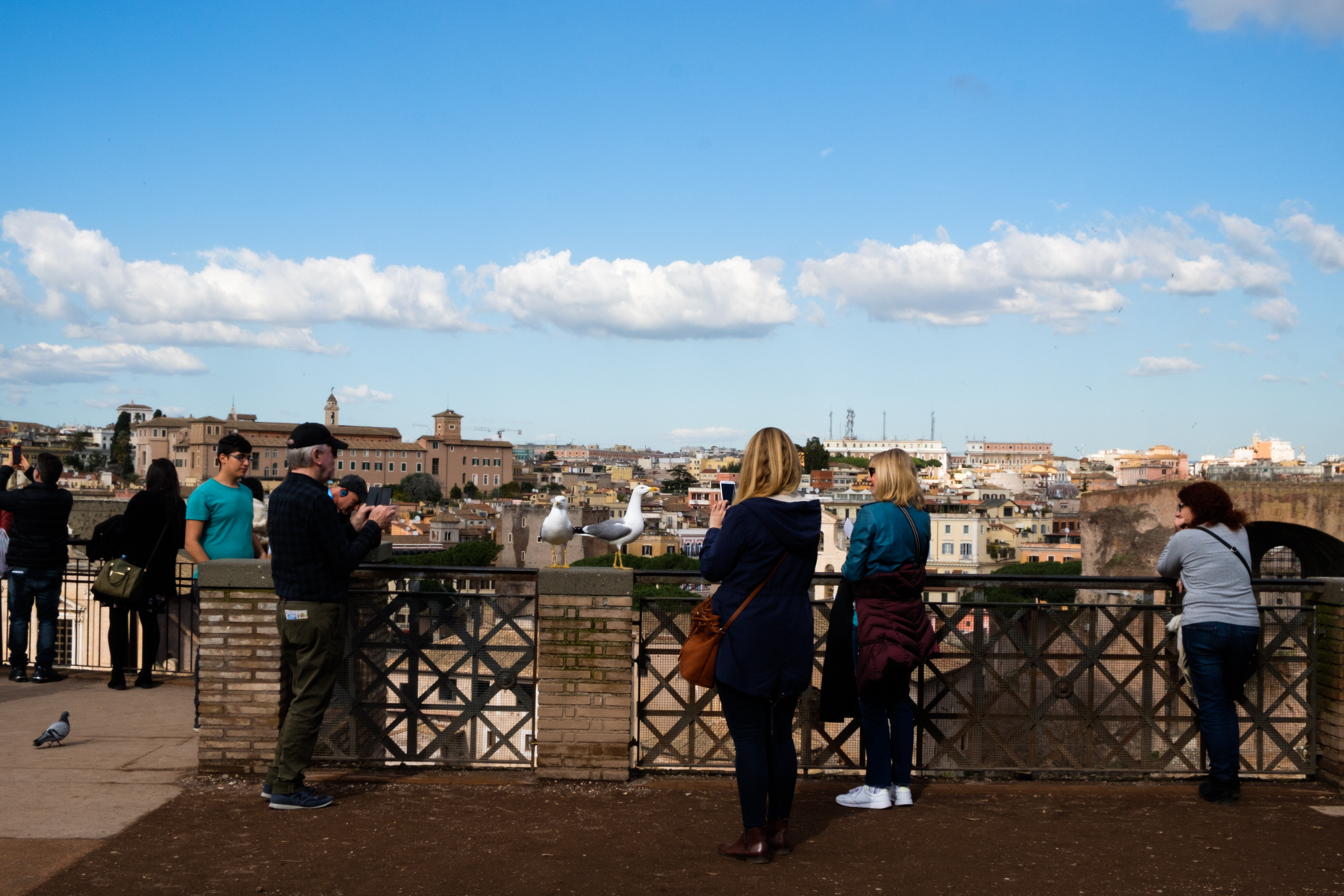
People taking more photos of the seagull than the Forum behind.

Okay, back to business. Let’s head back down to the Roman Forum.

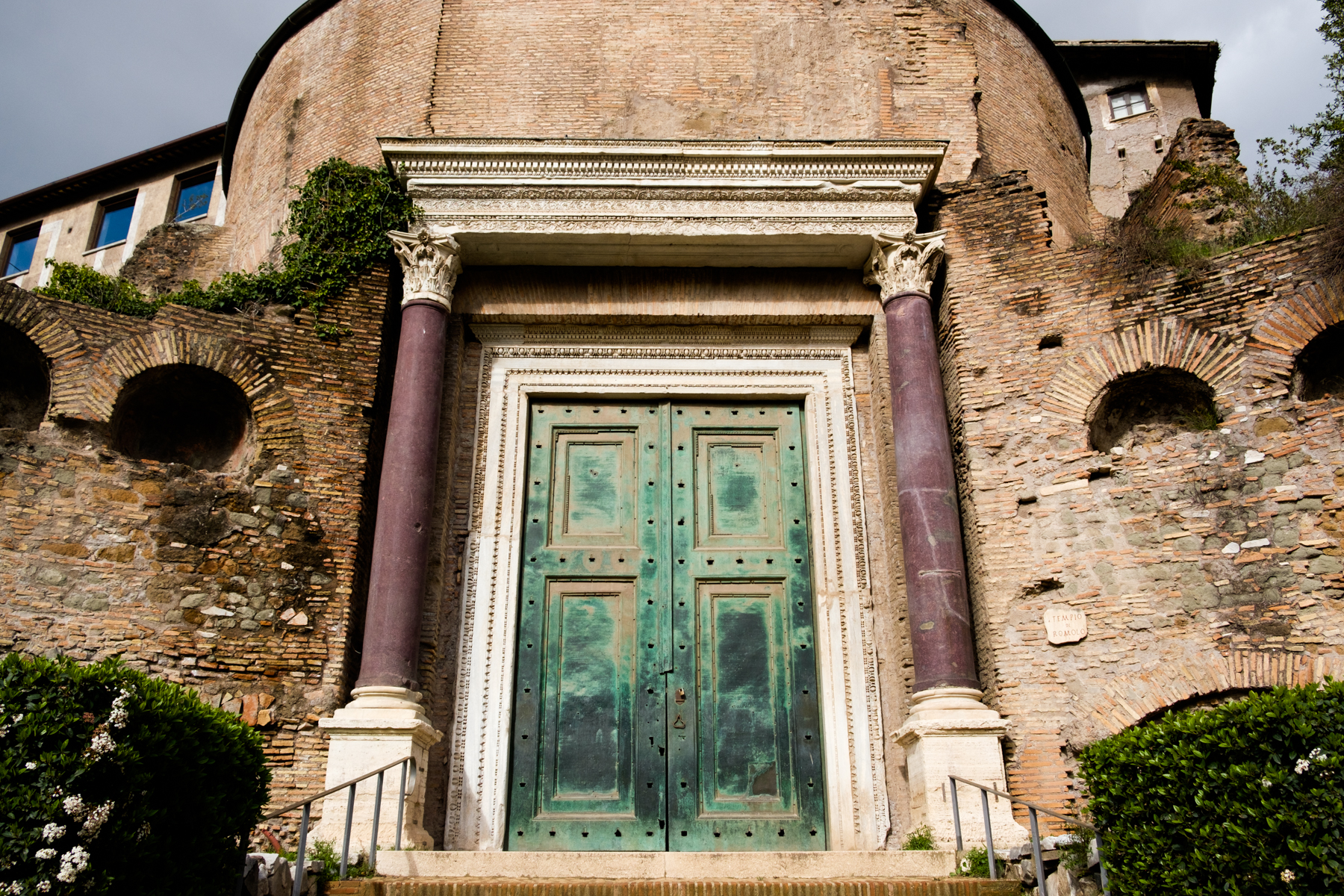
Original bronze doors on the Temple of Romulus.
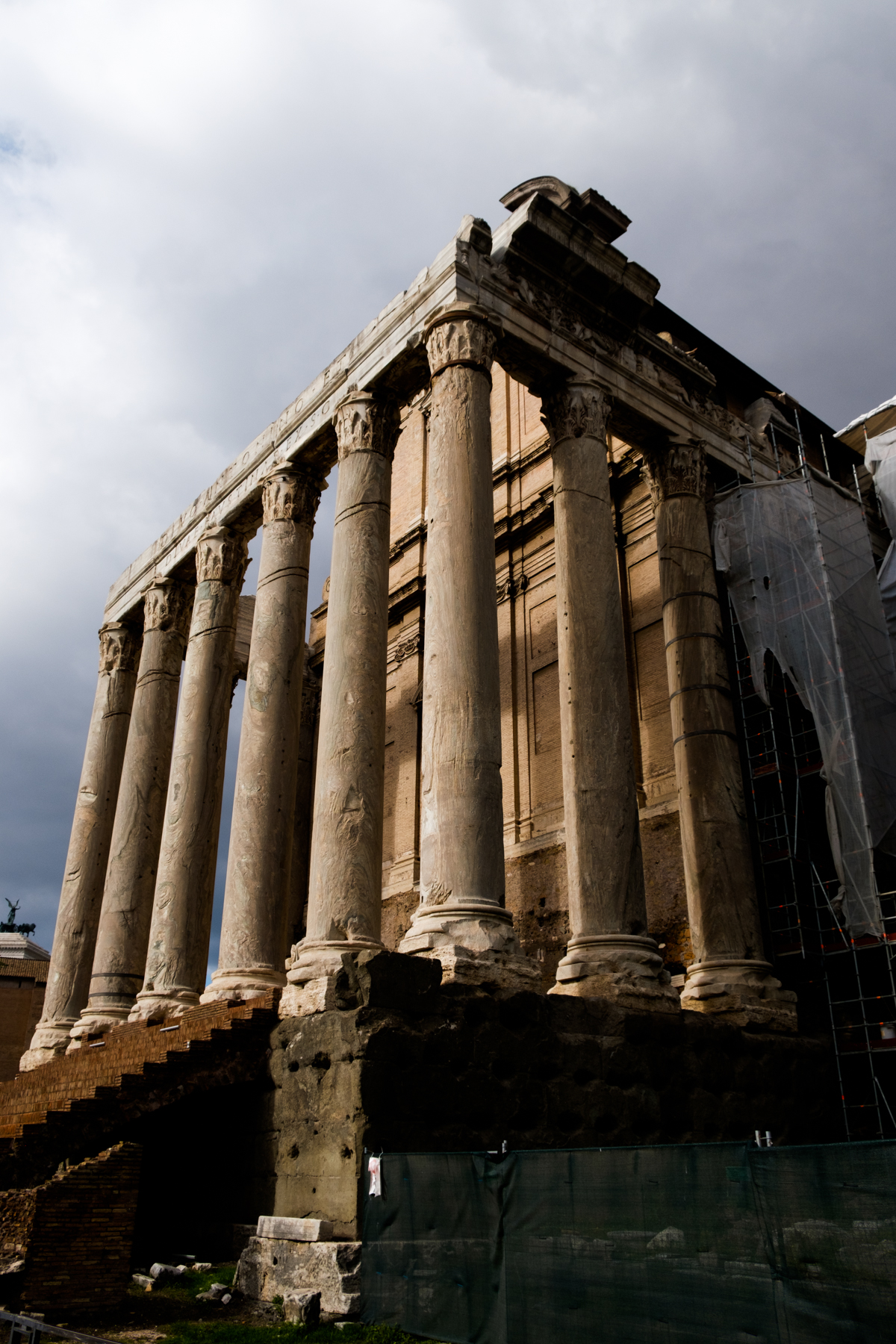
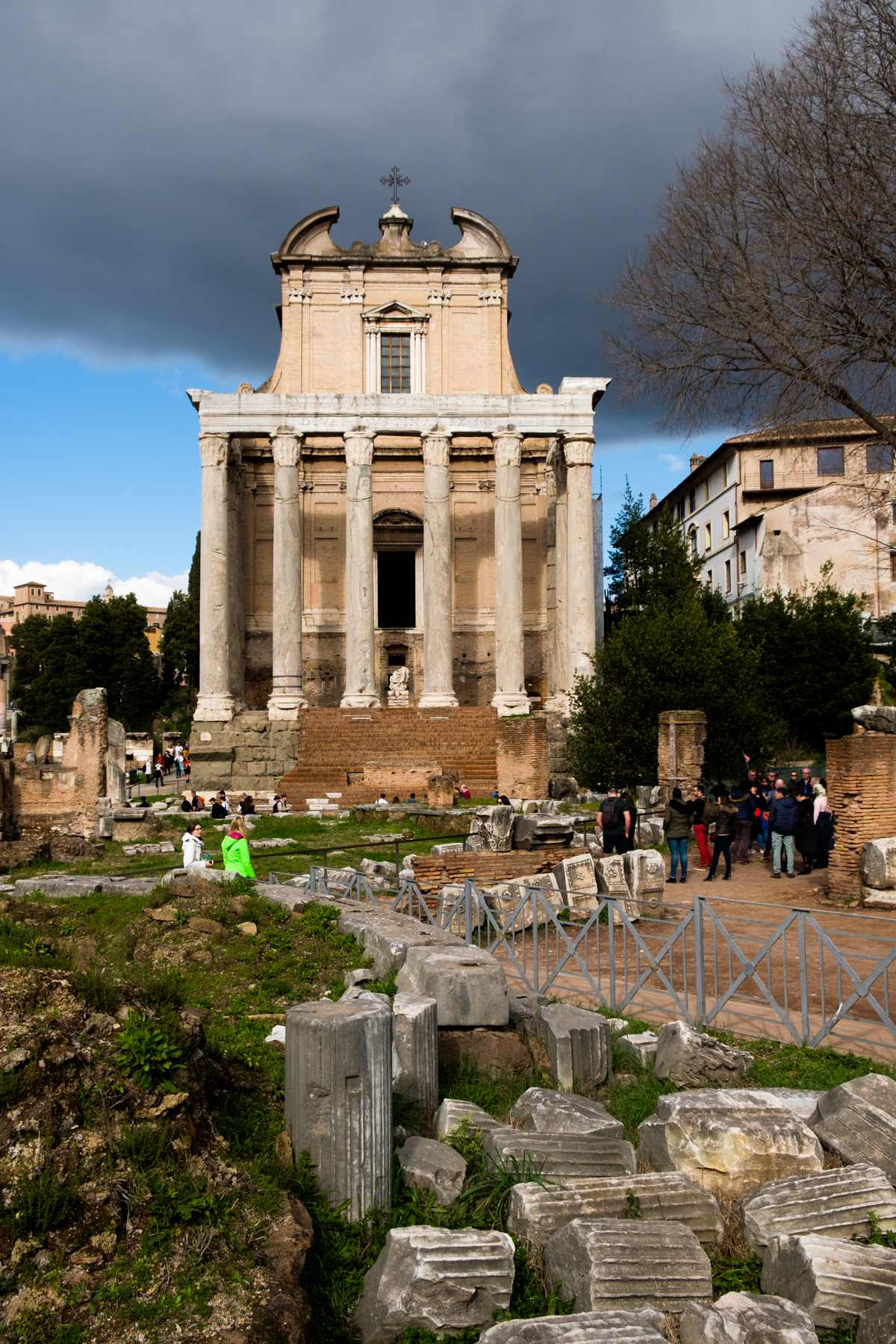
Temple of Antoninus and Faustina, built by Emperor Antoninus Pius dedicated to his deceased wife, Faustina the Elder. She was worshipped as a demigod.

The ruins of the Temple of Vesta. Vesta is the virgin goddess of hearth, home, and family in ancient Roman religion. She was represented as fire. This circular temple was round to symbolize the connection between Vesta’s fire and the sun as sources of life. This is where a sacred fire always burned, and the fire was tended to by the Vestal Virgins. These were priestesses of Vesta, women who were freed of social obligations to marry and bear children and instead took a vow of chastity to devote themselves to the study and observance of ritual in the Temple of Vesta.
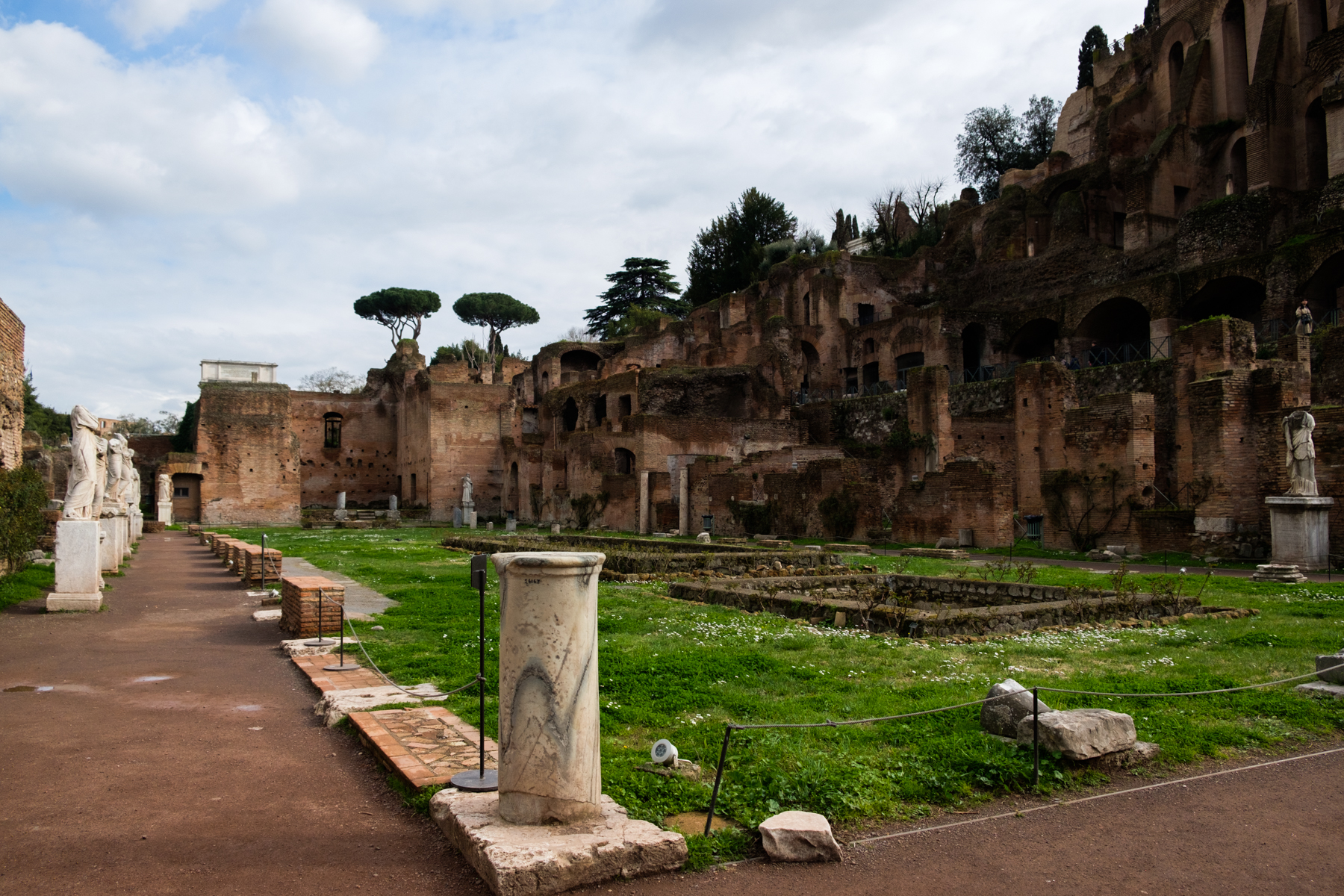
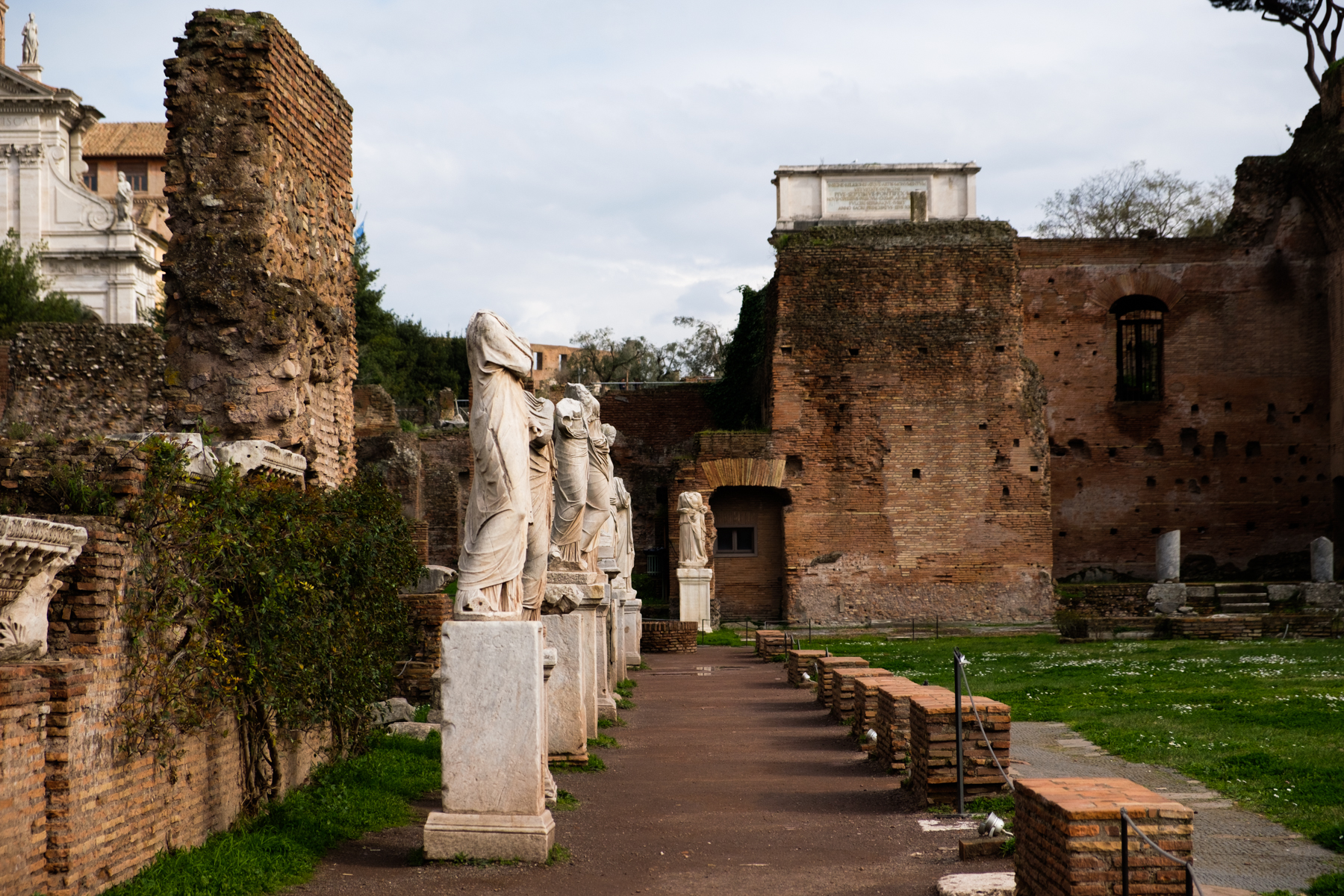
This site is where the House of the Vestals stood. This was home for the Vestal Virgins and adjacent to the Temple of Vesta and Palatine Hill on a sacred grove. This was a three story, 50-room palace built around an atrium with a double pool.
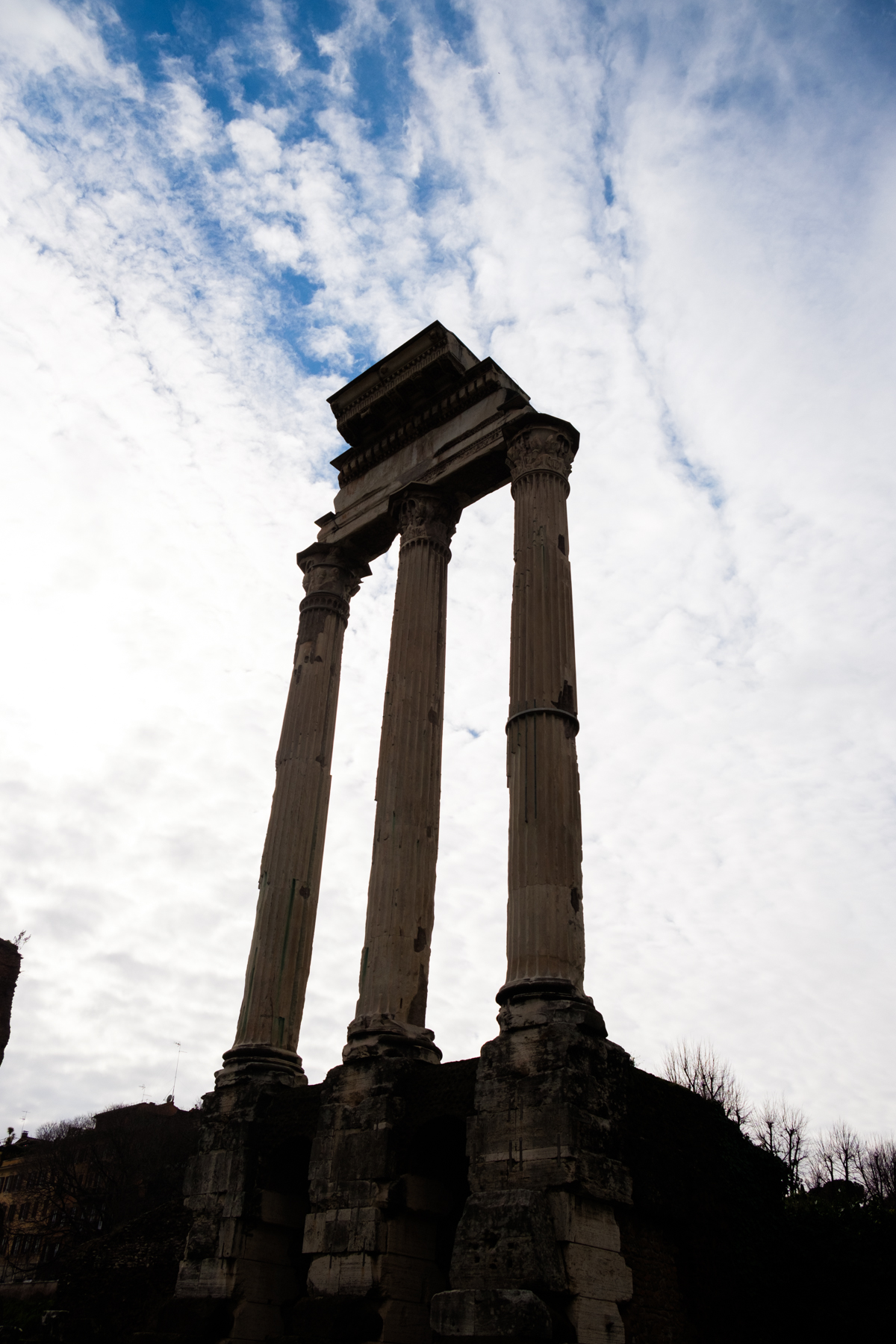
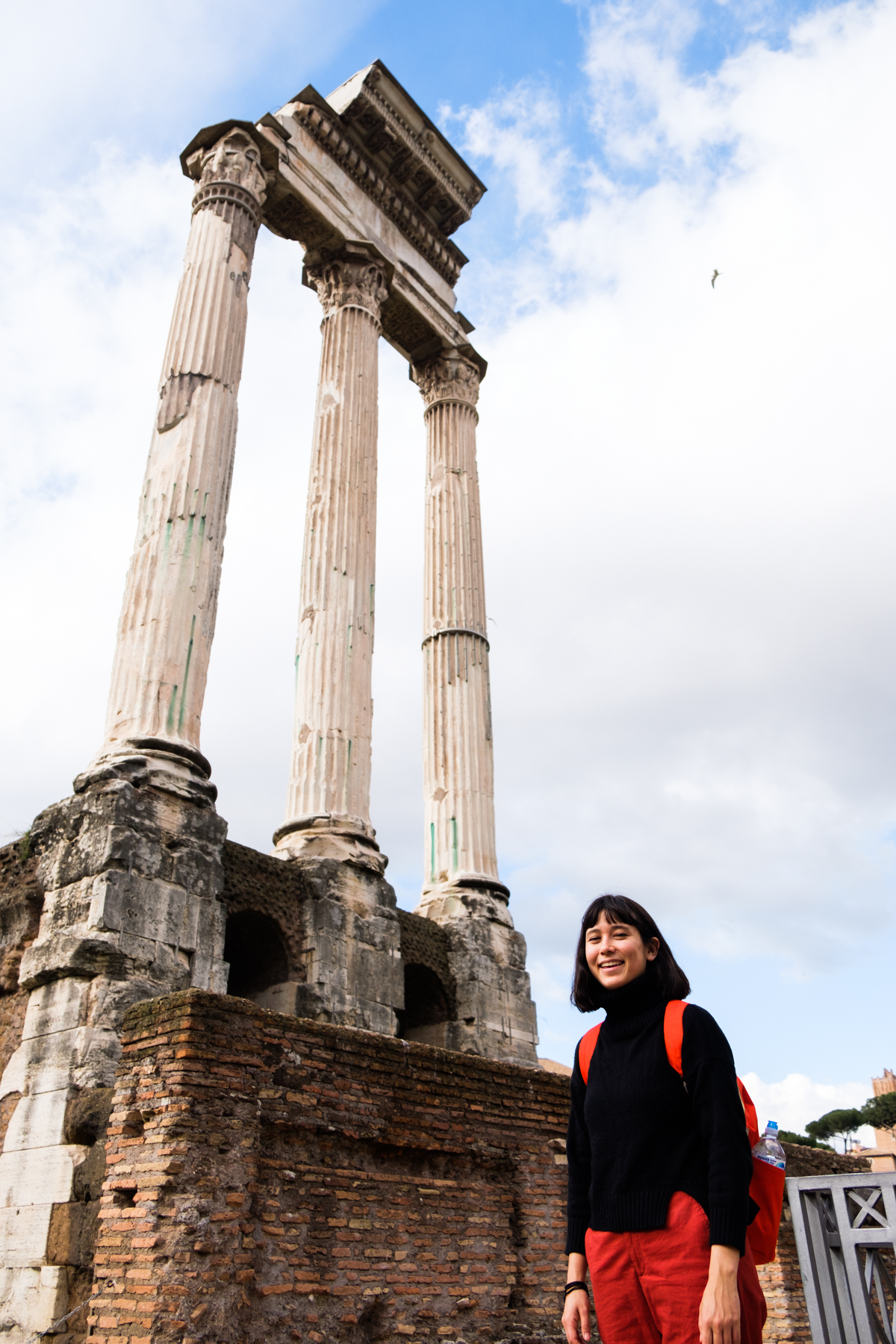
You’ll see this three column ruin in so many paintings, drawings, and photographs.

The main market area of the Forum. There would have been vendors and places to gather here.

The place where Julius Caesar’s body was cremated. Today people leave flowers and throw coins.
This post is really long already and I have half the day to go. So I’ll pause here!
I have another half of the day that includes the Capitoline Museums, eating dinner, and wandering around the city at night.
Thank you for reading! Or for at least scrolling down the page. 🙂
Much love friends.



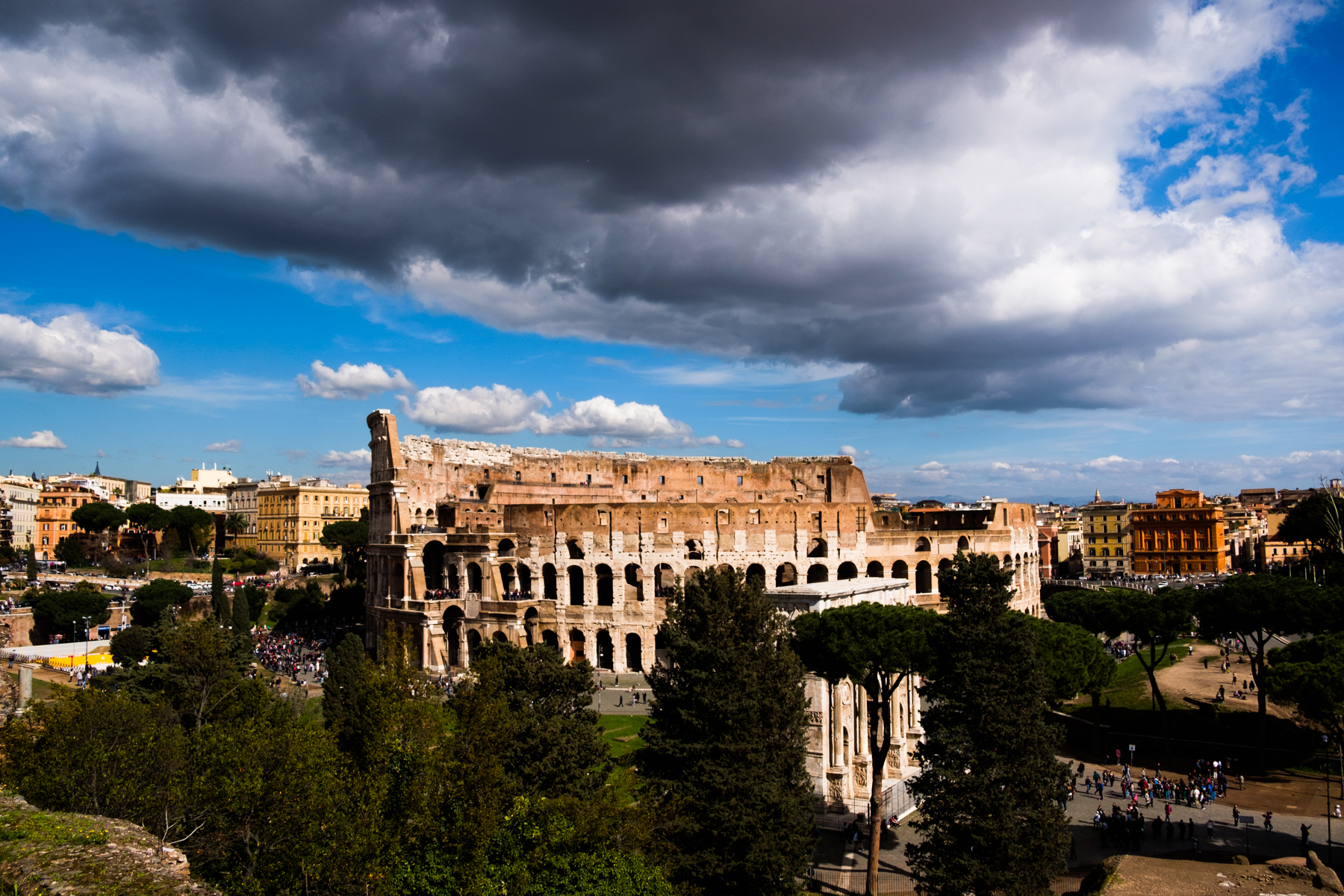

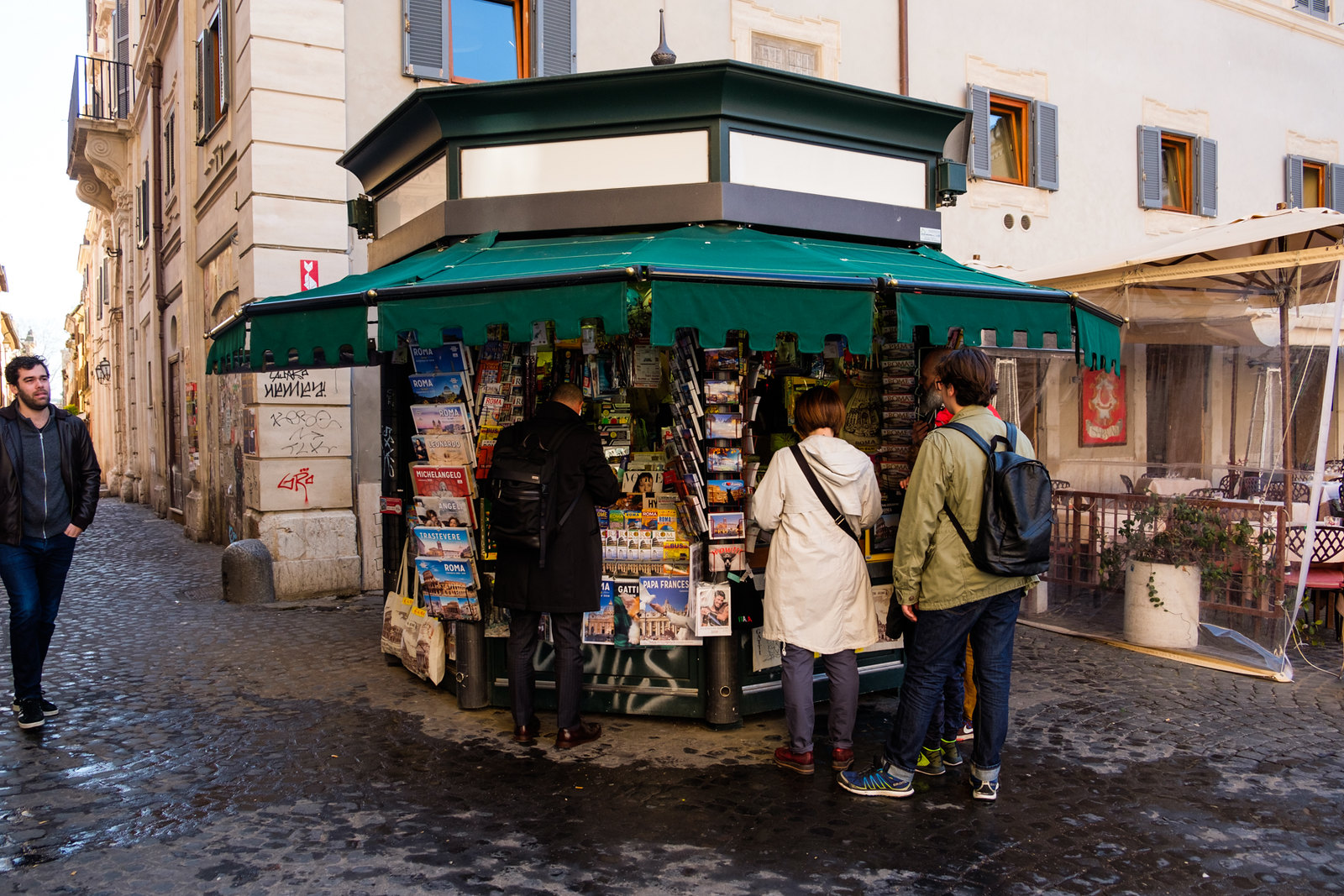
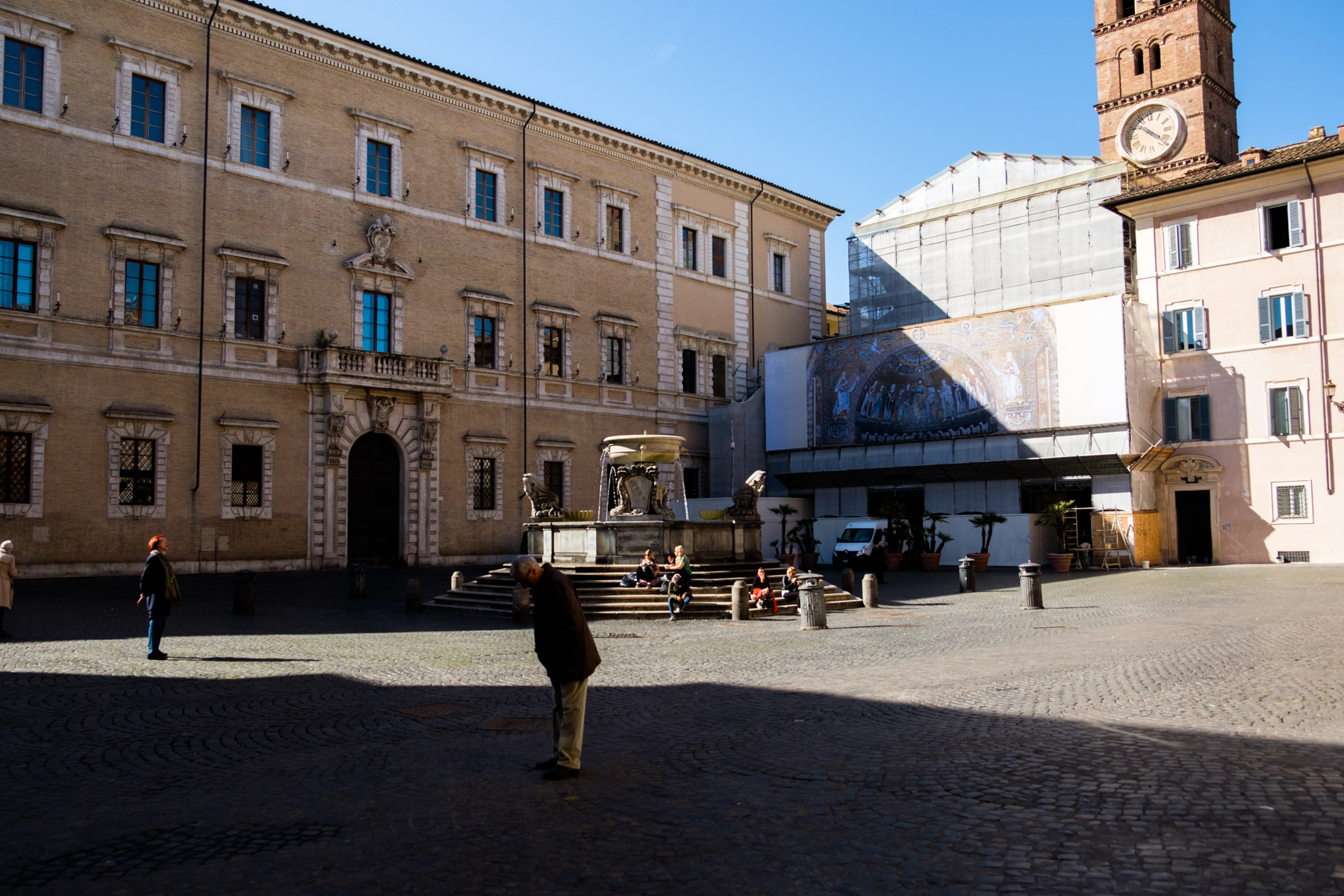
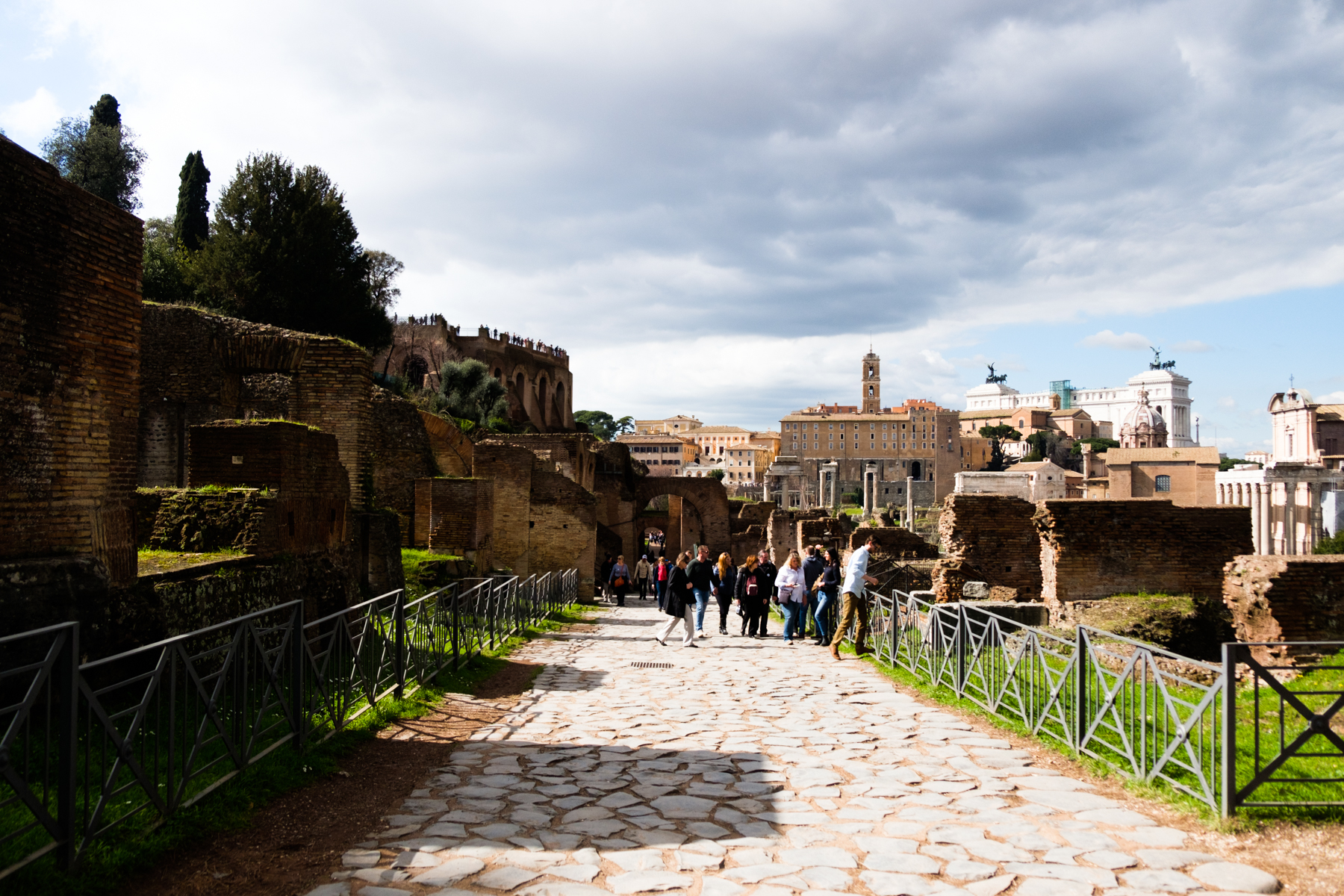

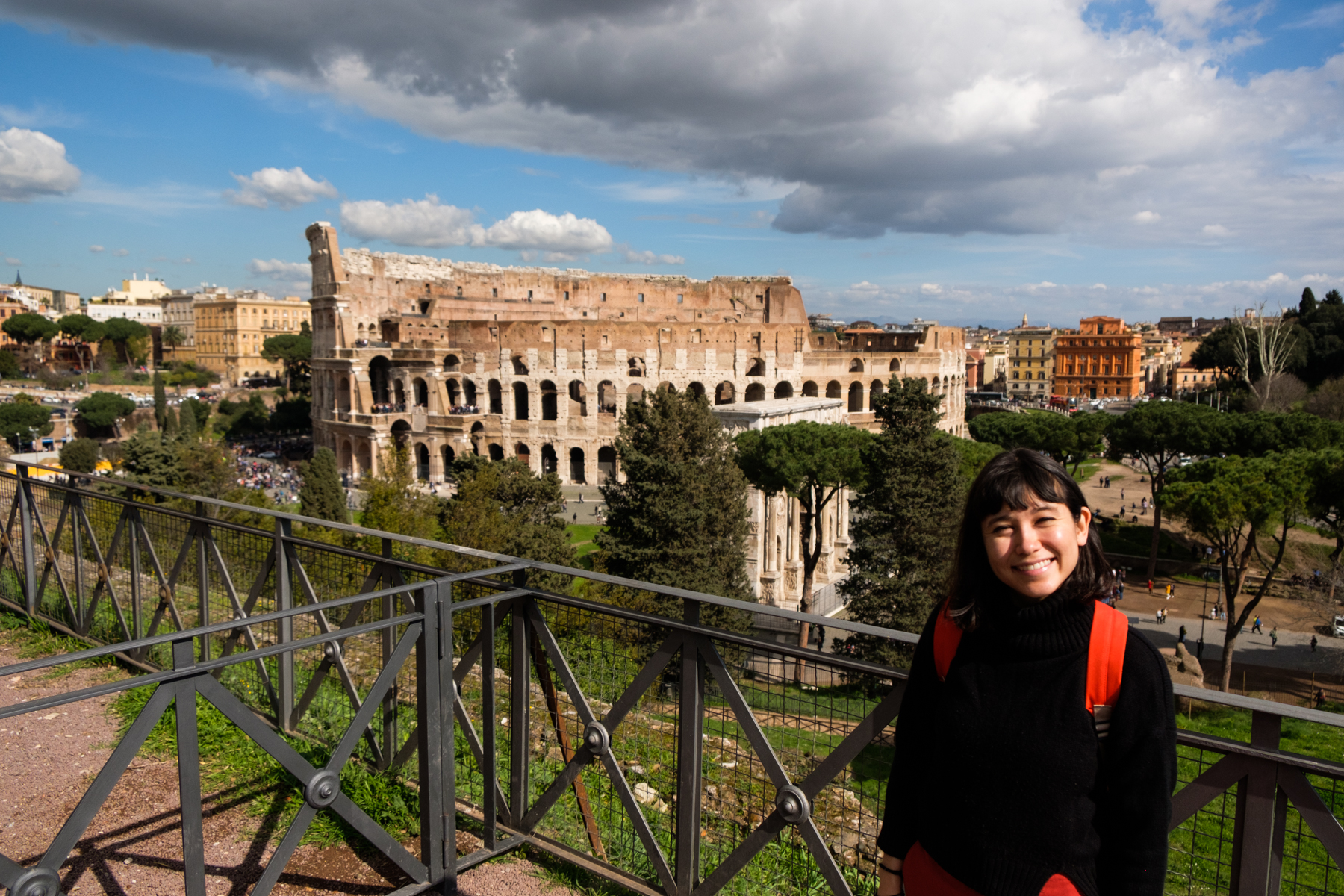
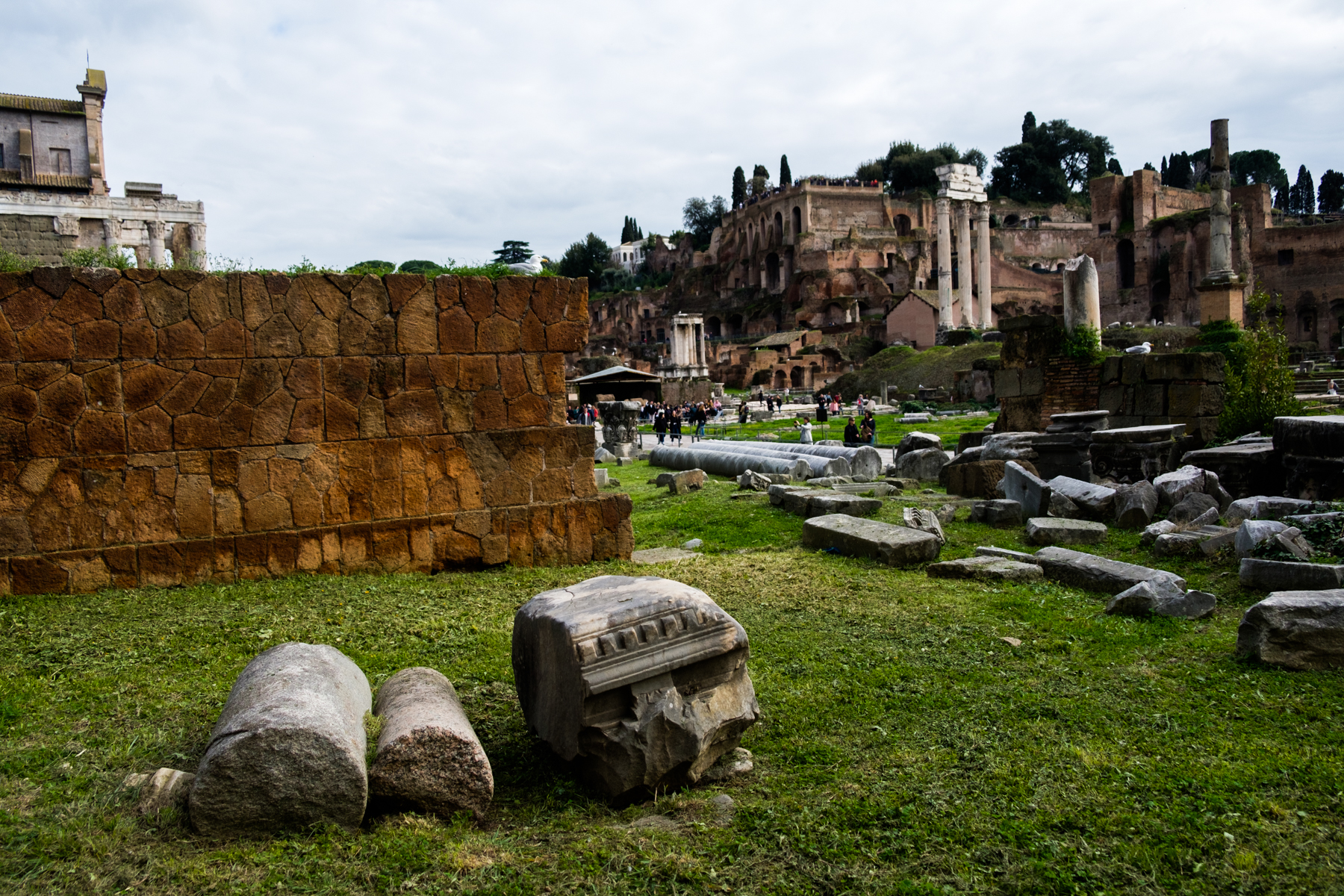
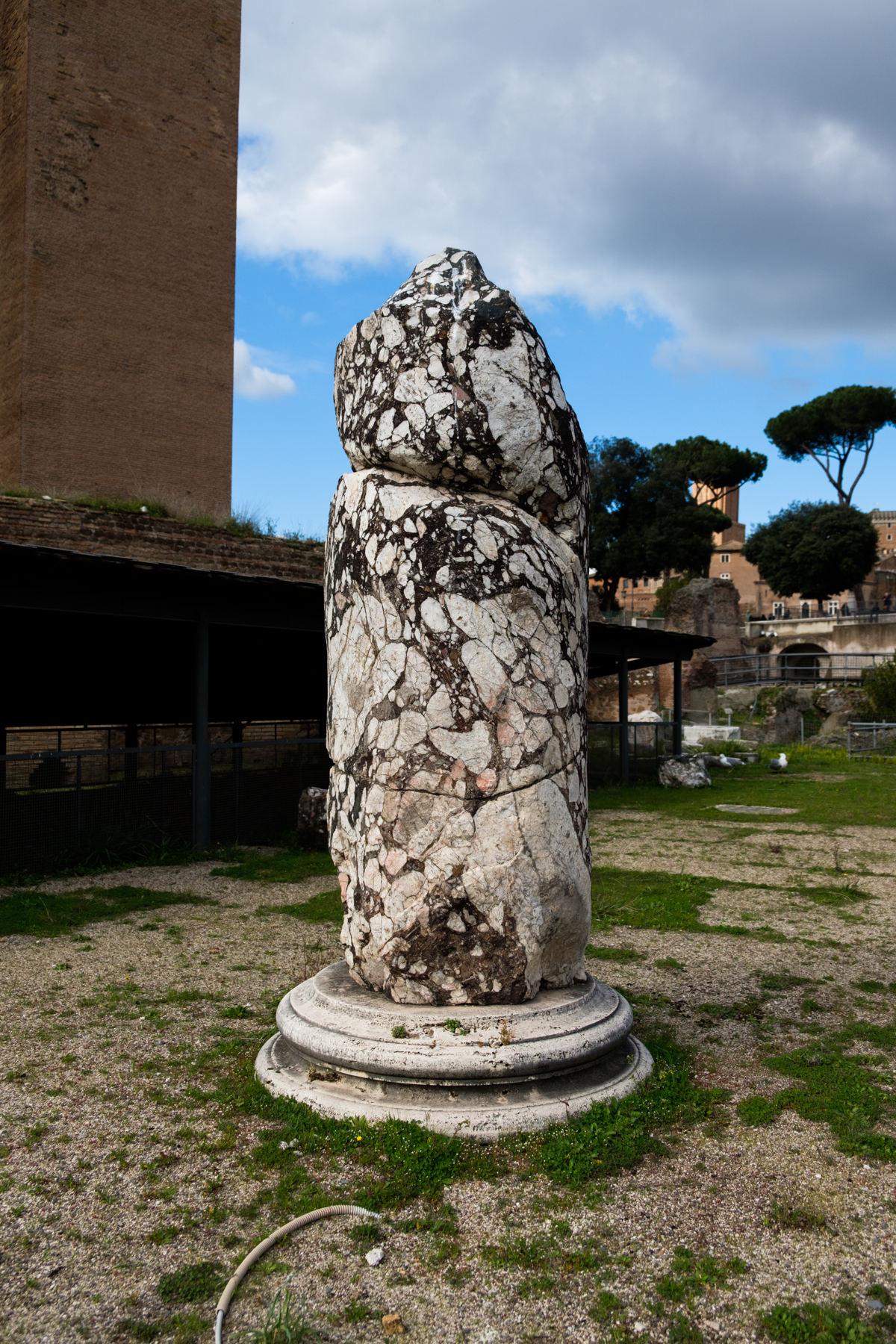
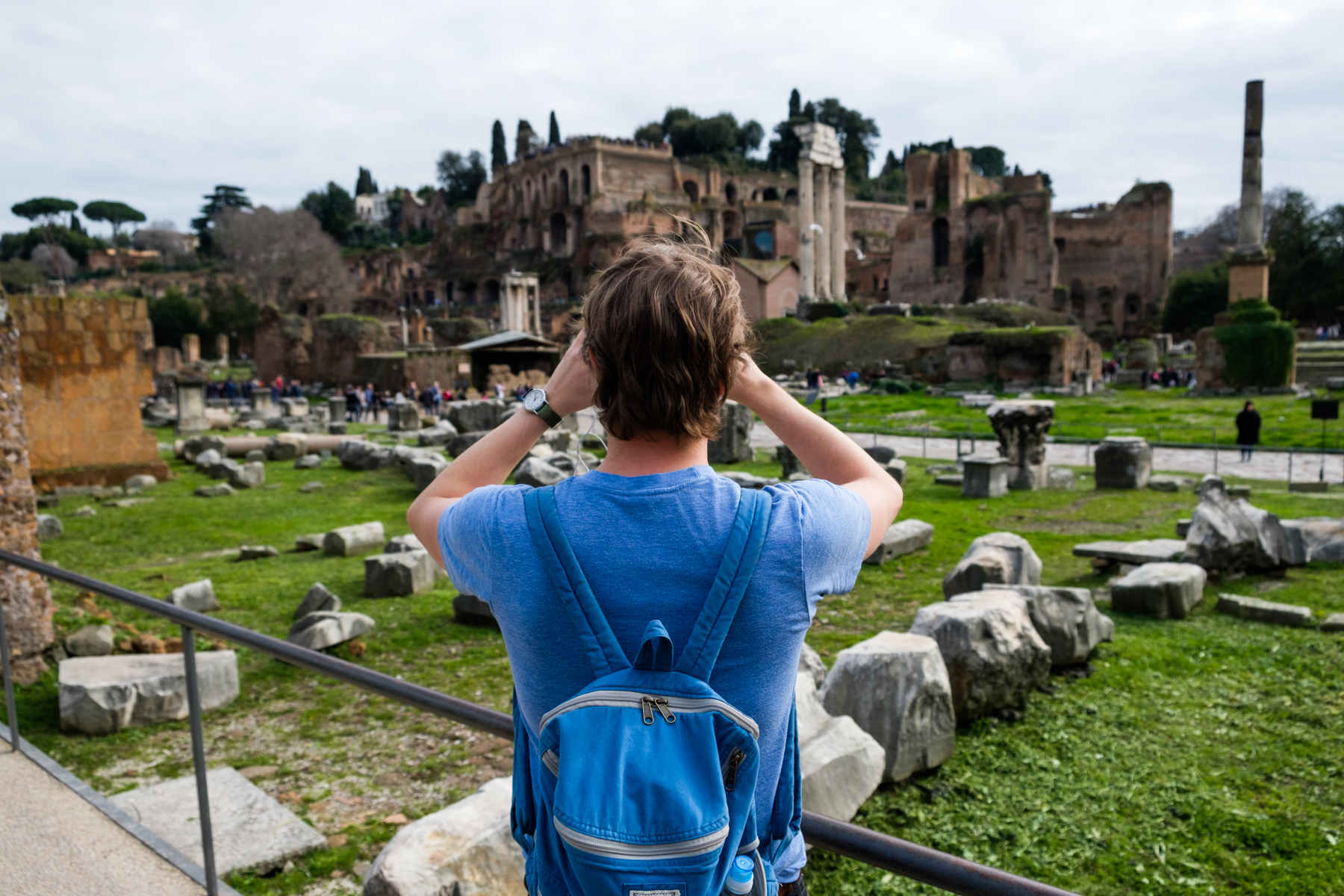
Your photos are even more gorgeous than usual. Thank you for sharing all of them. Can’t wait to see the second half.
LikeLiked by 1 person
AW so kind. Thank you! Rome is very photogenic, so I think that helped in my favor…
LikeLike
Thank you for sharing your beautiful pictures. I’m actually a member of the UNESCO World Heritage Foundation; it’s free, so don’t think I’m super special or anything. And to answer your question about what ‘future’ people will find fascinating: I think it depends on the historical significance of the place. Will the White House always be the home of the president of the United States, or will childhood homes of these people always be preserved? MLK Jr’s childhood home in Atlanta is preserved, but would his school be? I don’t think Costco will have any historical significance, but perhaps some airports might. America does not take care of its heritage sites very well.
LikeLike
So interesting! I’m sure there is a more official definition to what is a ‘heritage site’ but I threw Costco in there because there are some things that are like…cultural landmarks that are so mundane and average to us now but people far in the future might be interested in how the food supply existed in 2018, for example. Like looking at Roman baths or excavated bathroom facilities, things that seem so normal we almost don’t consider them important even though they are so engrained into our society…just had fun imagining what those things would be.
LikeLike
Oh I’m sure that will be it; in that case, it’ll probably be McDonald’s huh? 🙂
LikeLiked by 1 person
I love this!
There’s a great 99% Invisible minisode about the plants that used to grow in the Colosseum, and how they were their own tiny ecosystem of plants that grow nowhere else in Italy, the theory being that the seeds were brought there in the shoes or paws of the gladiators and animals forced to fight in the arena. But then the archaeologists wanted to restore the ruin to some of its former glory, and despite the outcry of the botanists, the plants were destroyed. Interesting to think also about what area of study should take precedent in that sort of situation – either way we were in danger of losing something.
Hoping to go to Rome again in the autumn, having not been since I was 19. The Roman Forum is my absolute favourite – I remember going as a child and my dad trying to keep me entertained by telling me stories about a Roman cat called Tens (my cat was called Mittens) who walked through the white paint being used to paint frescoes in the rich Roman villas, and ended up with white paws, just like my cat. Tens stories then became a feature of every holiday.
Sorry for the little autobiography! I’m excited to catch up on the rest of your posts.
LikeLike
That’s so so interesting, I’ll have to look up that episode. Being in Rome, a city with so much history, really made me keep thinking about the choices across history that people had to make to allow Rome to develop, but also preserve the past—and how political those decisions can be (duh). But yeah. So interesting!
Your dad sounds amazing hahah, mine wasn’t great with entertaining my imagination, but did get me into history so thank you, dad! Shoutout to Tens! (And Mittens too).
LikeLike
Rome is so beautiful, thank you for this post! Makes me wanna go on a plane and go there ASAP and get some culture!
Definitely downloading Rick Steve’s audio guide for future purposes!
LikeLike